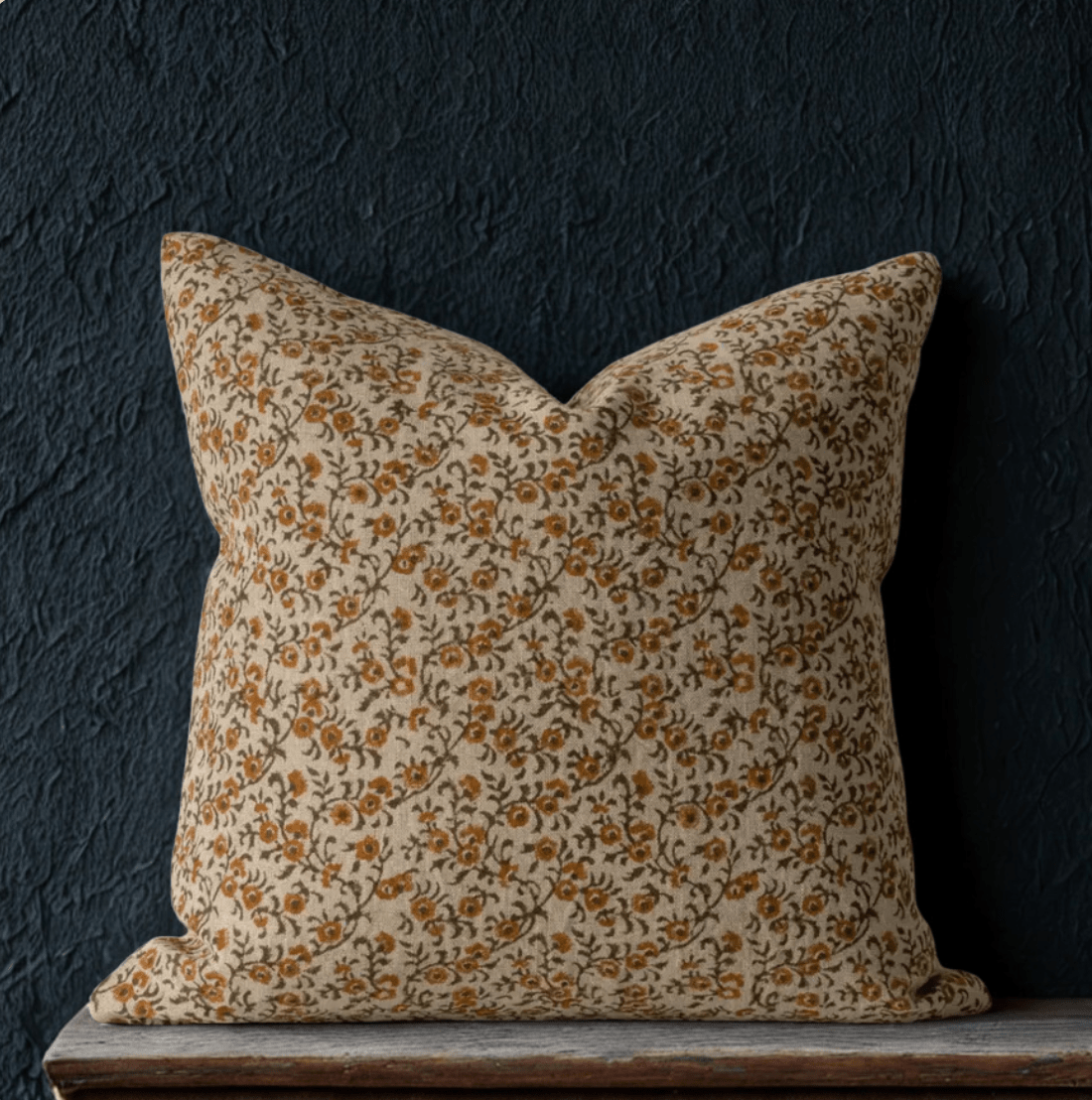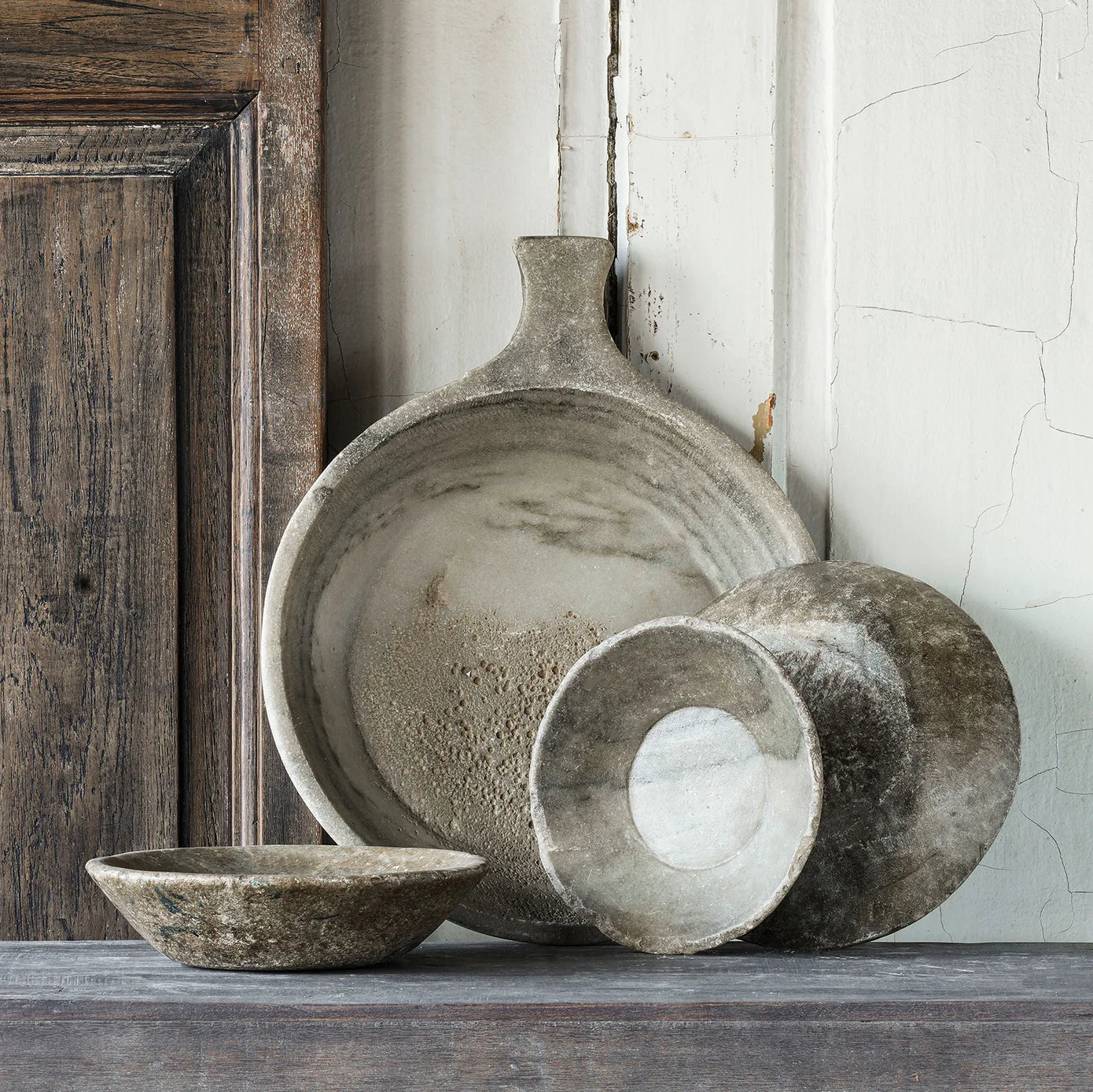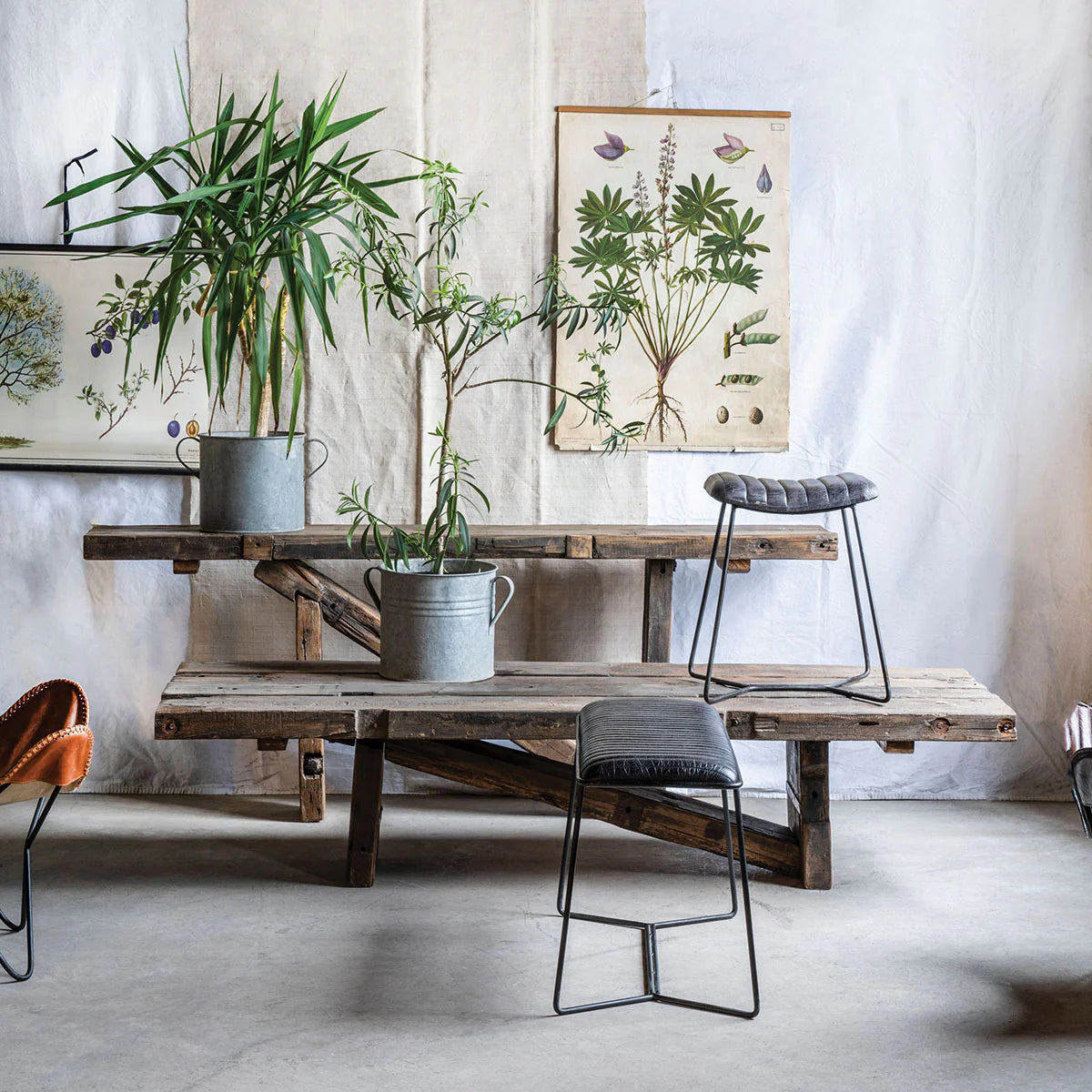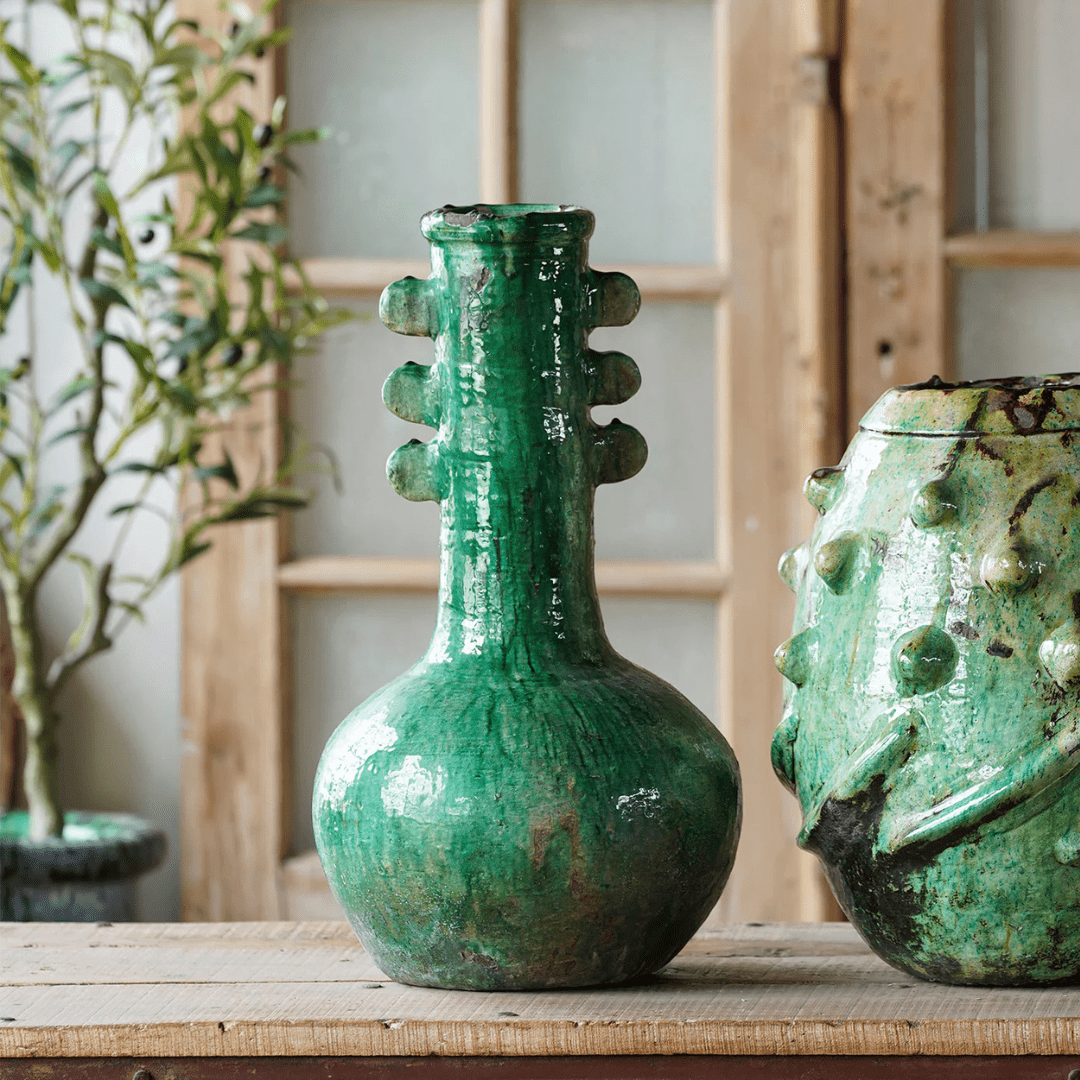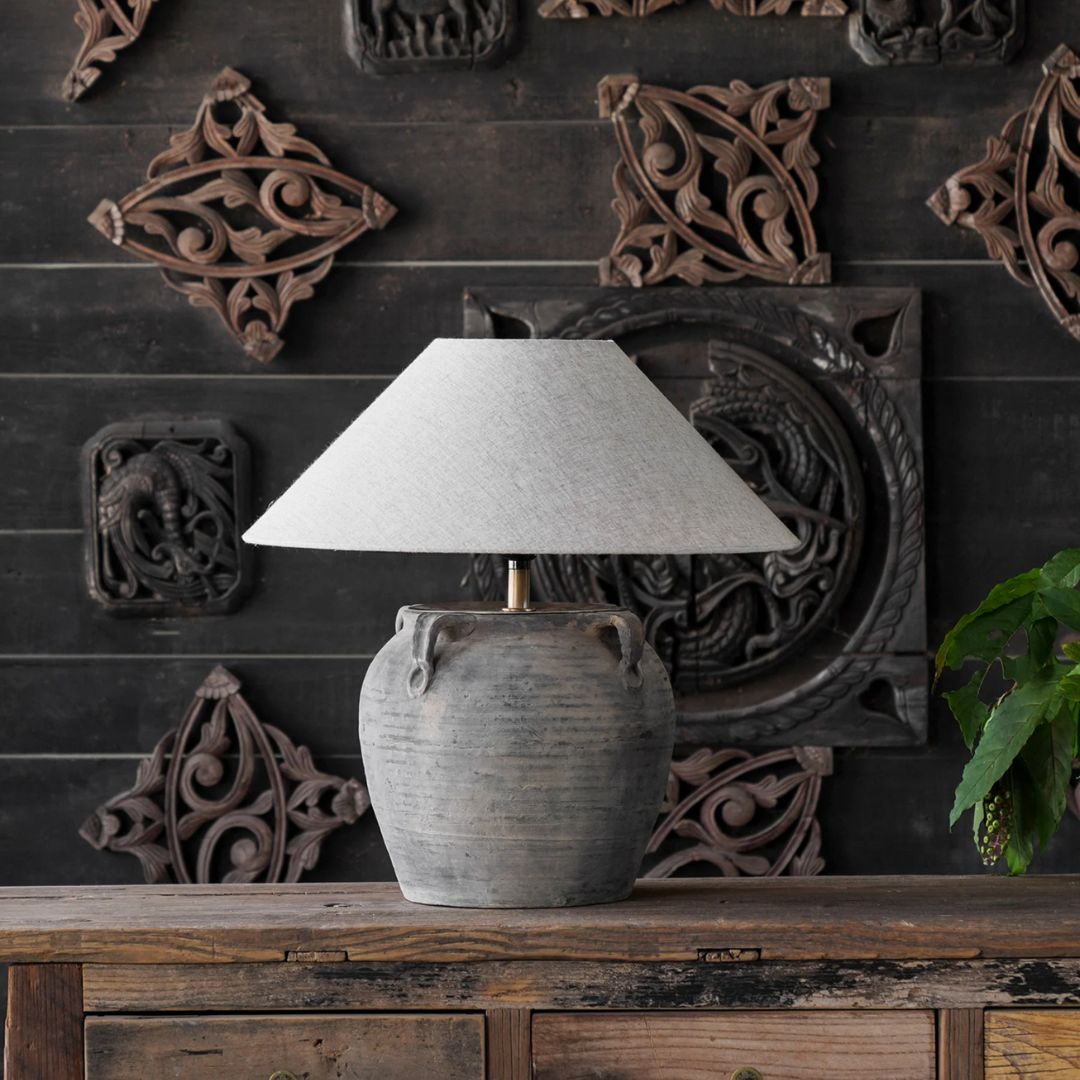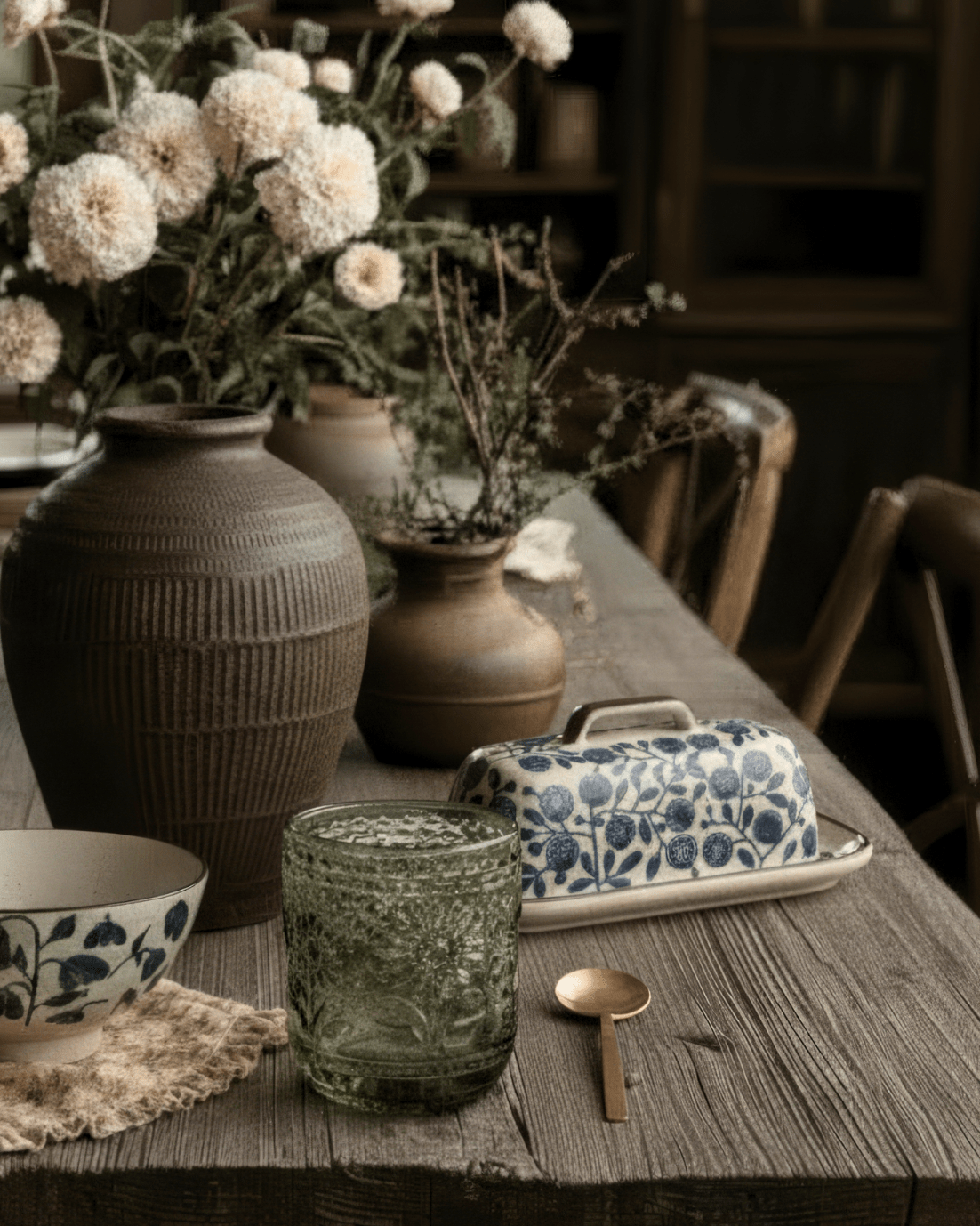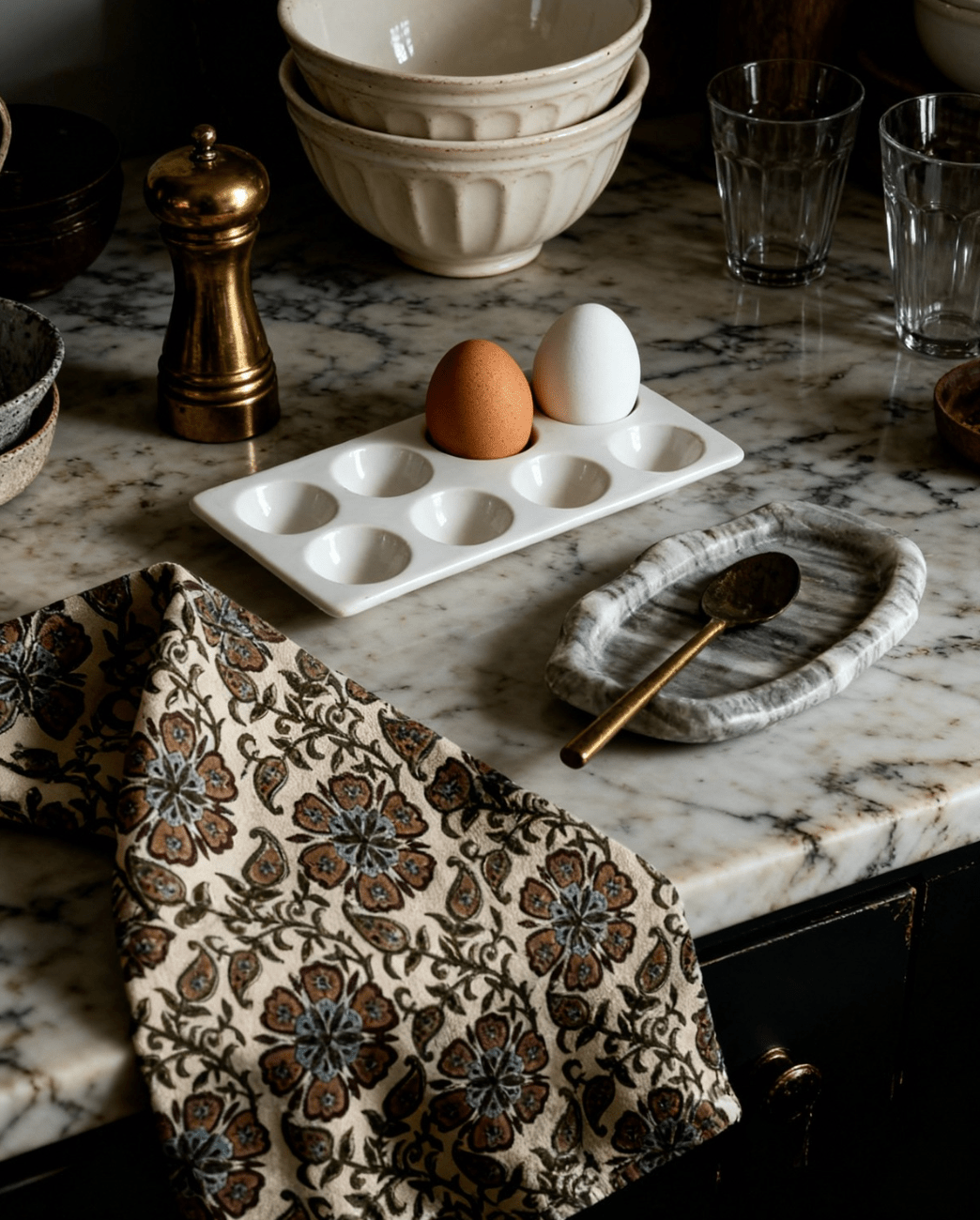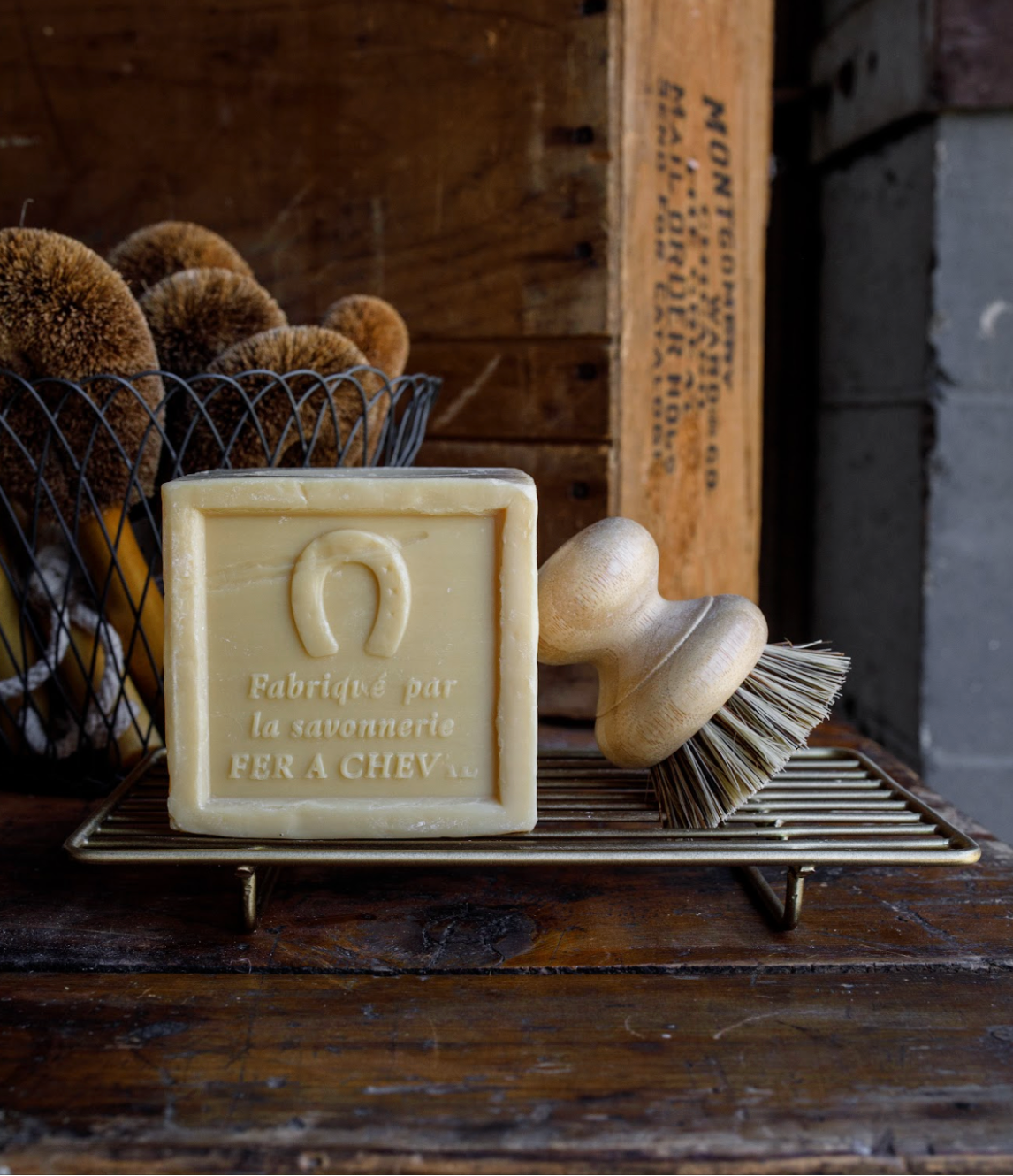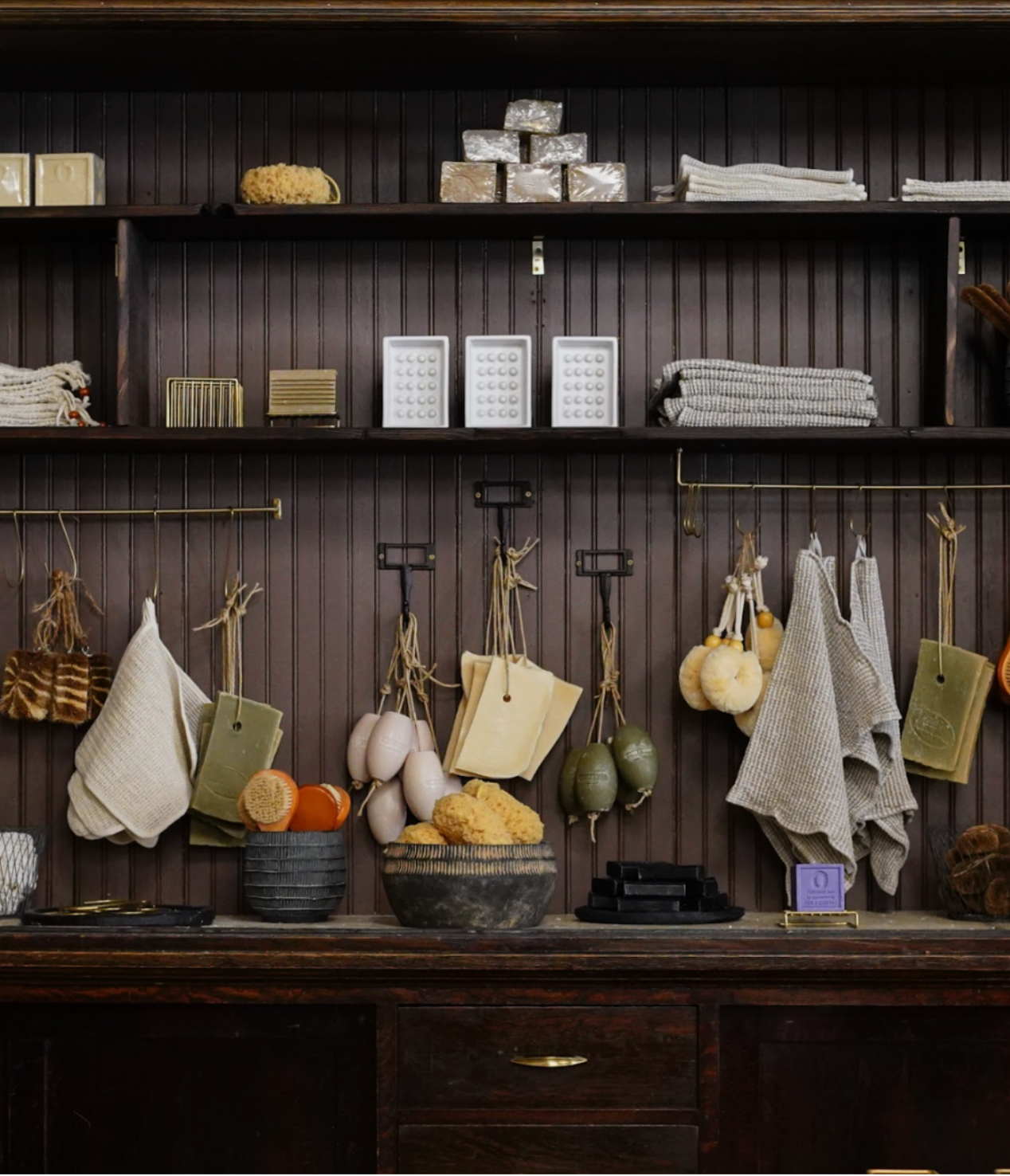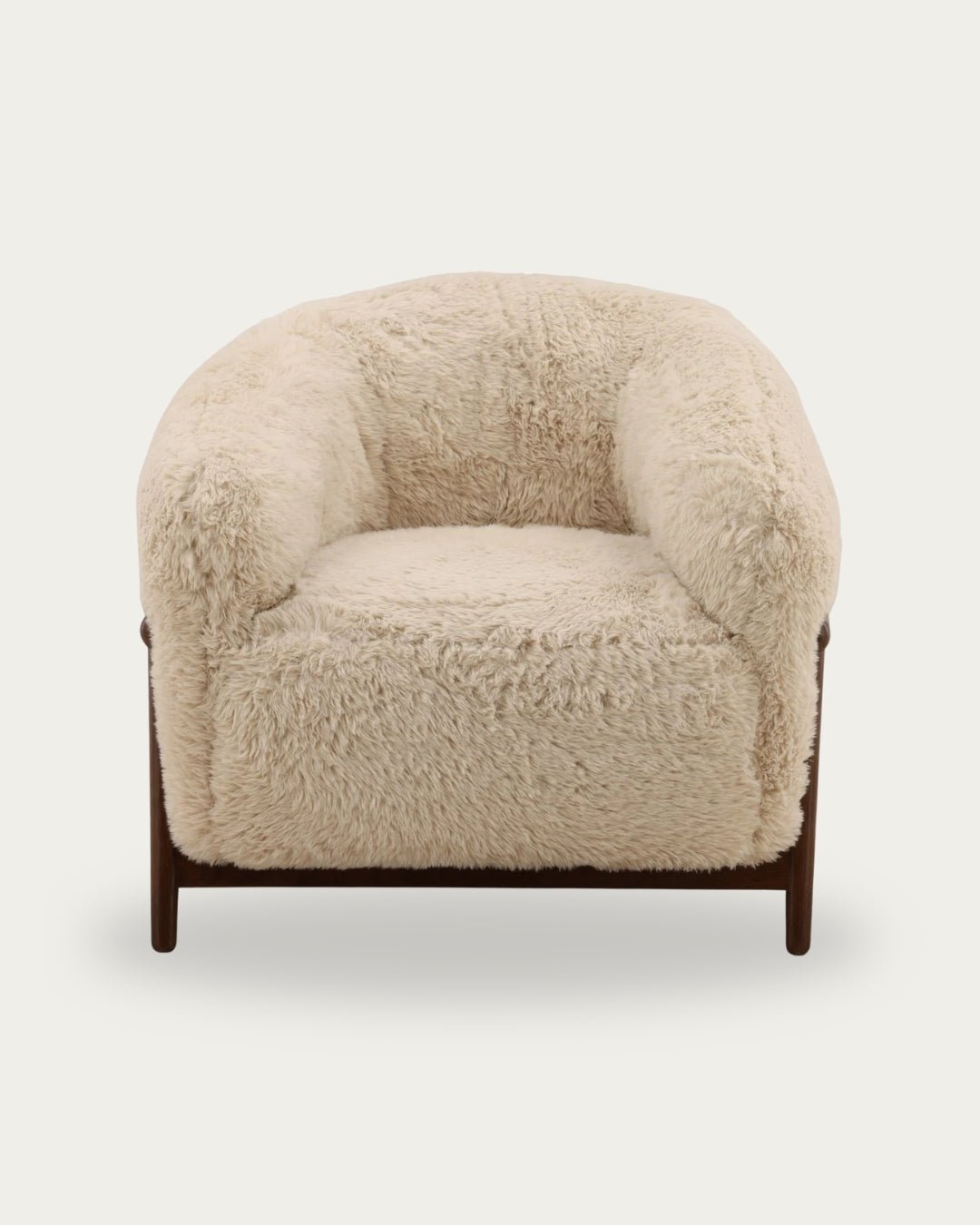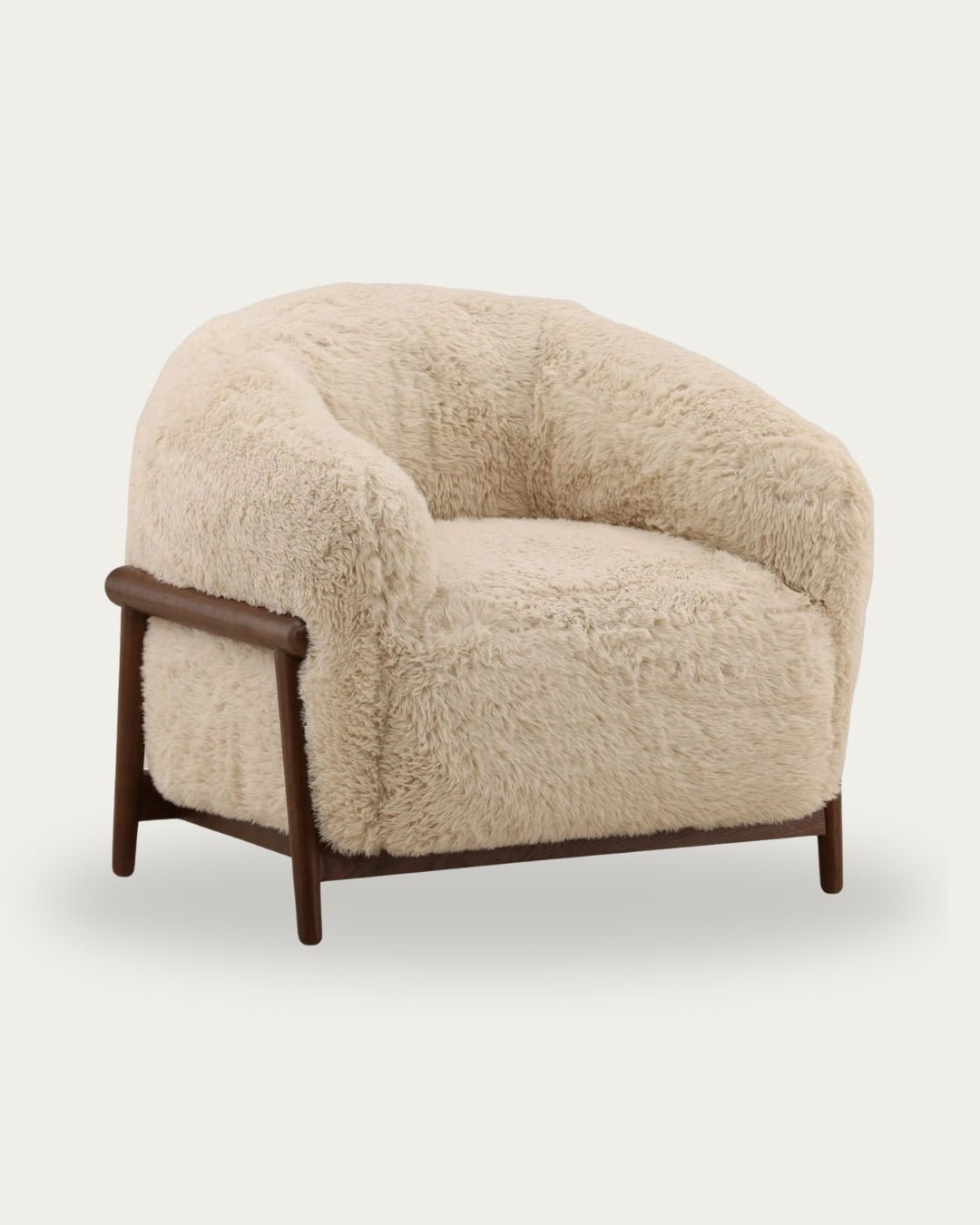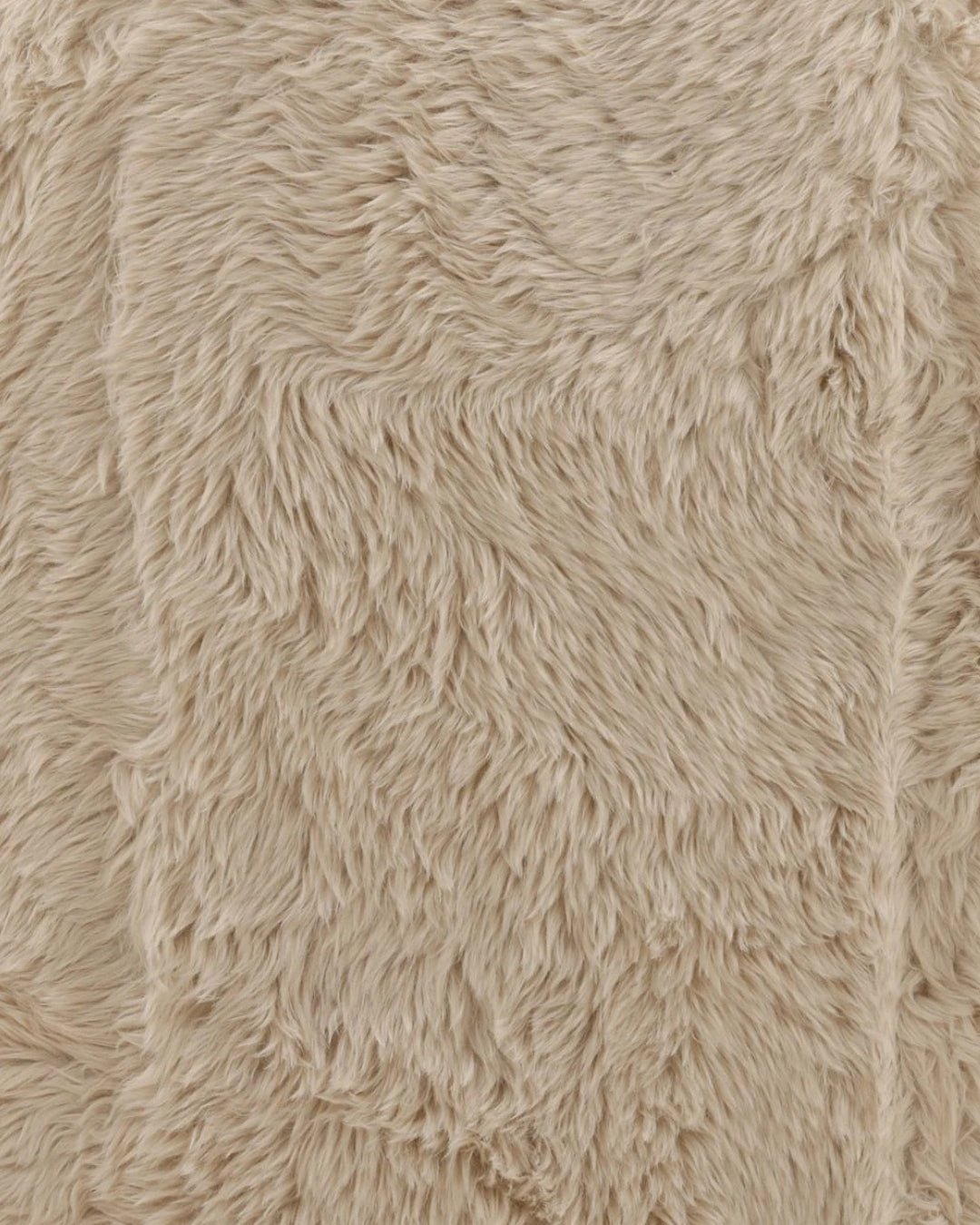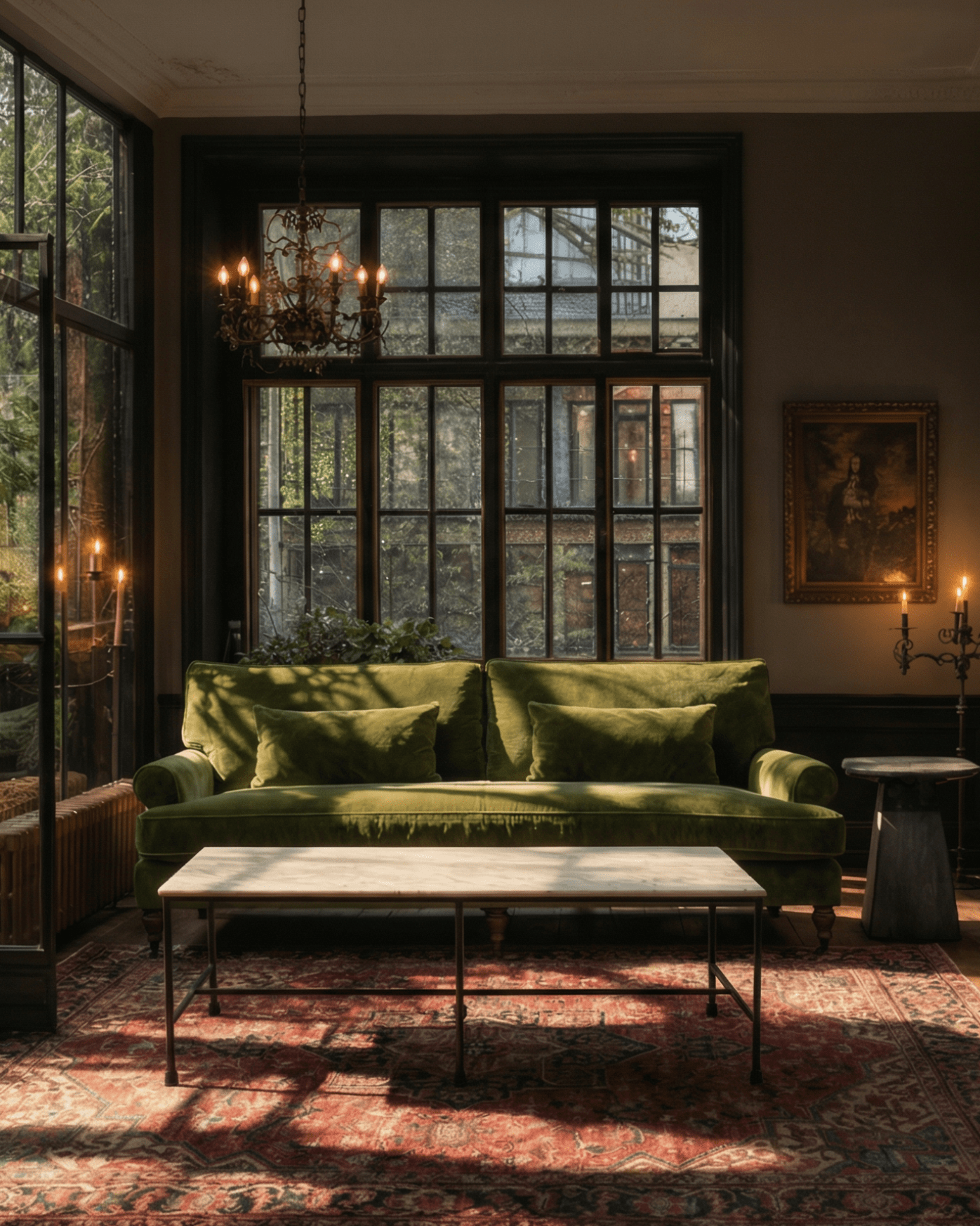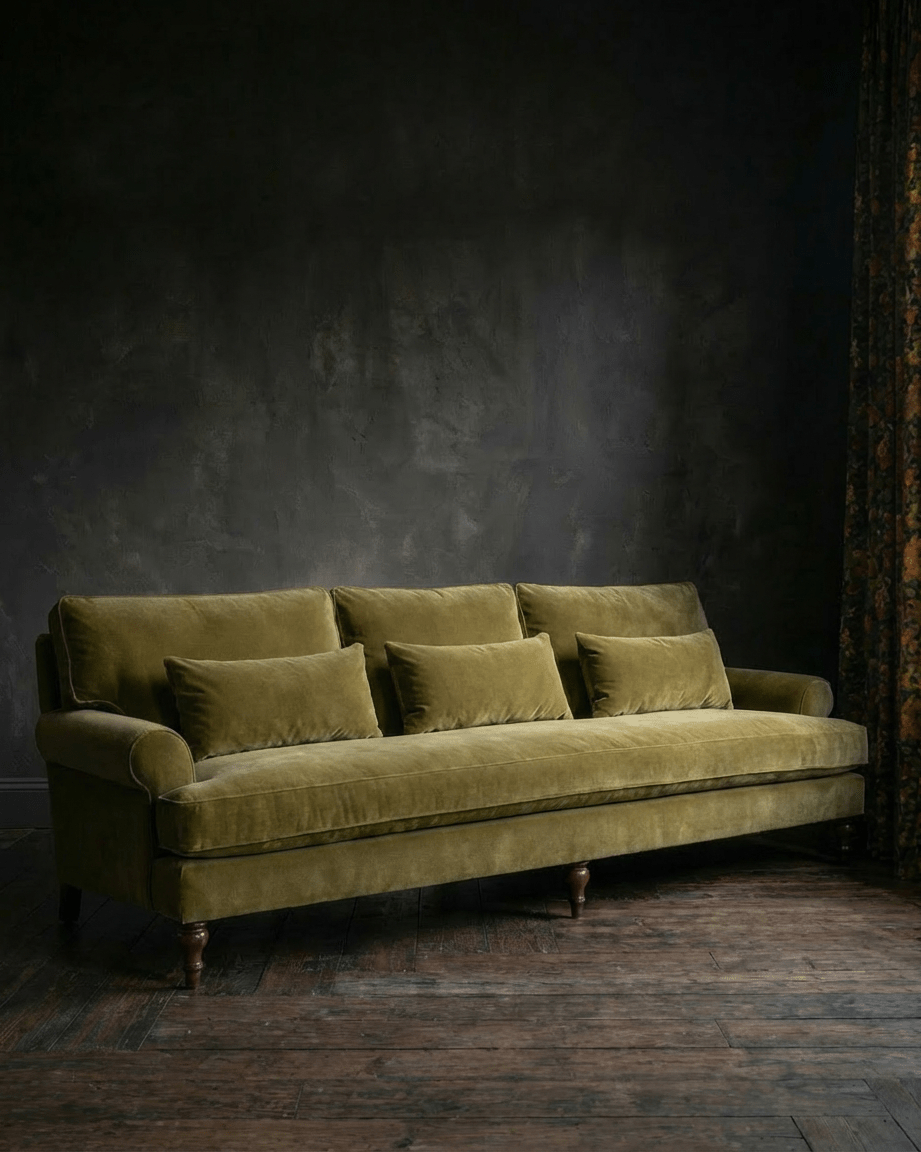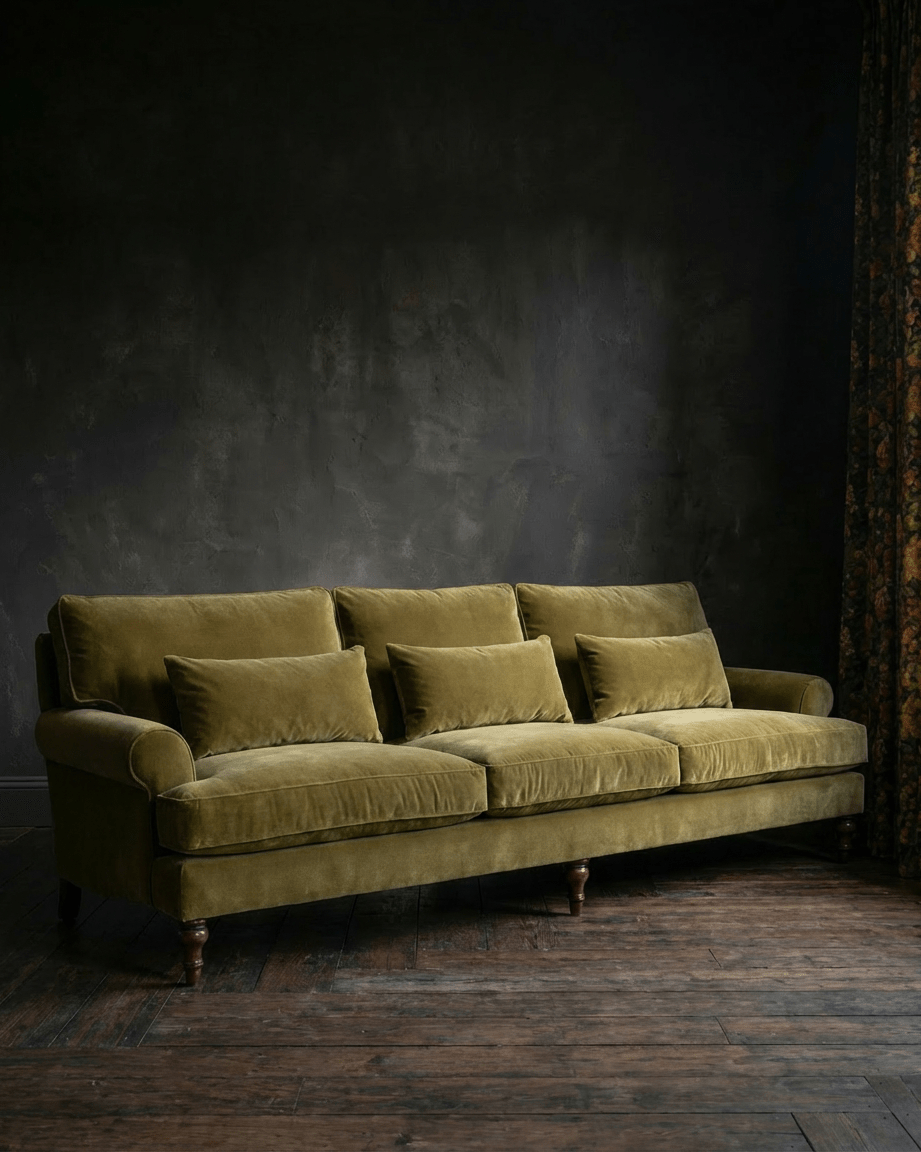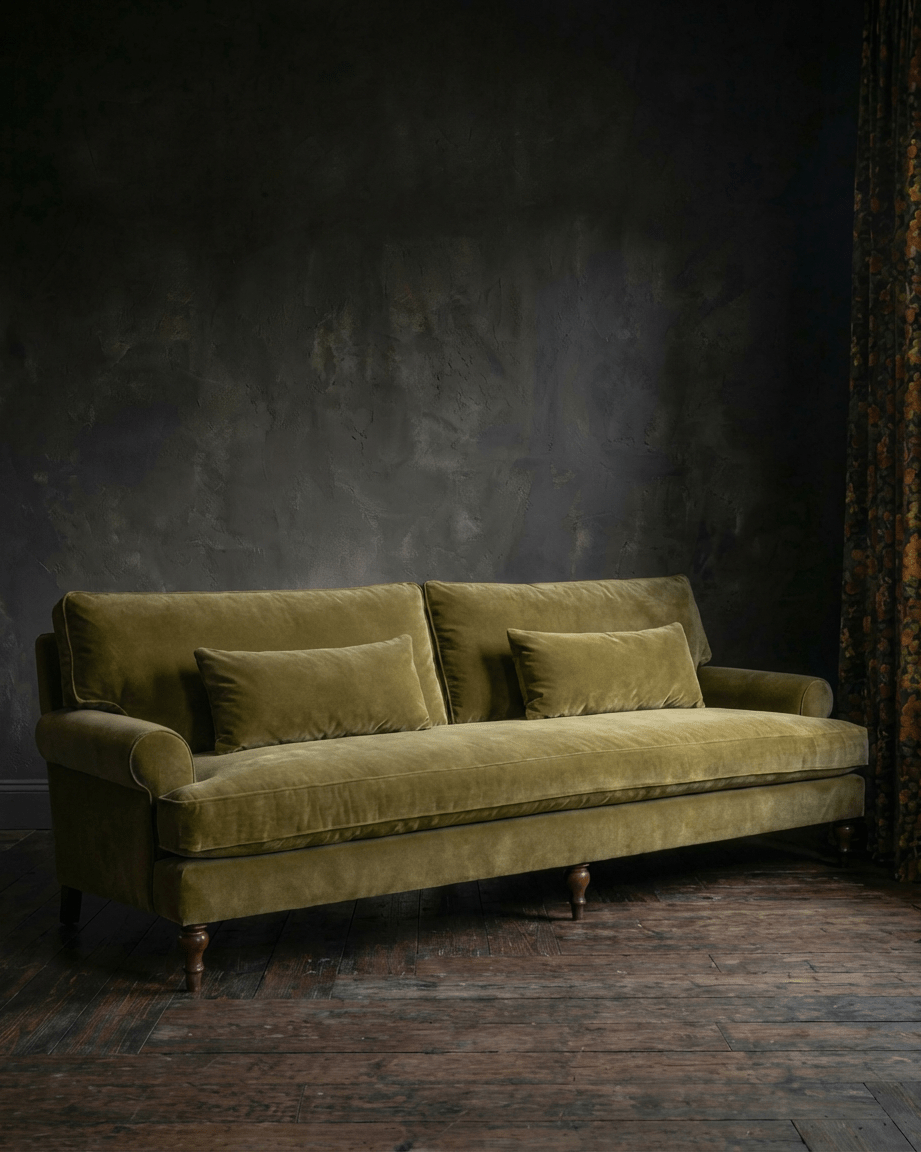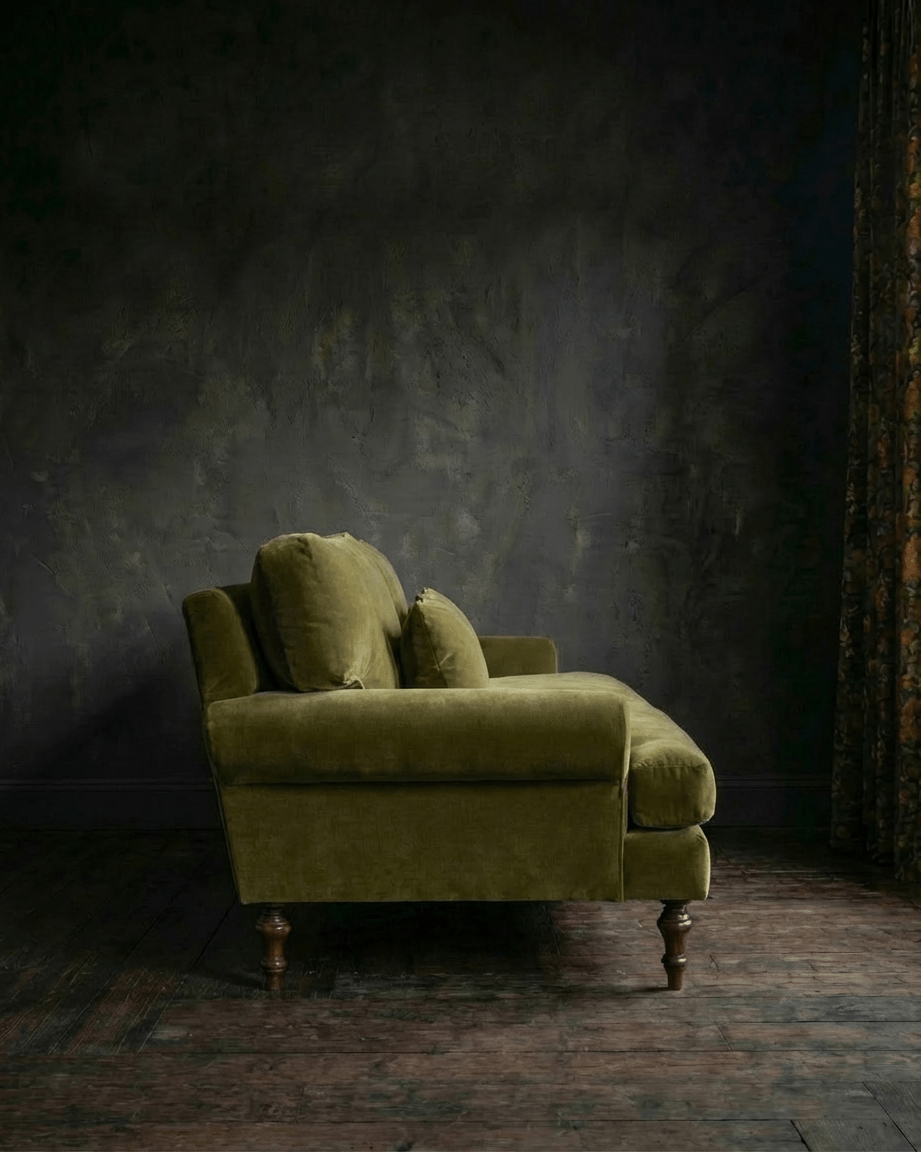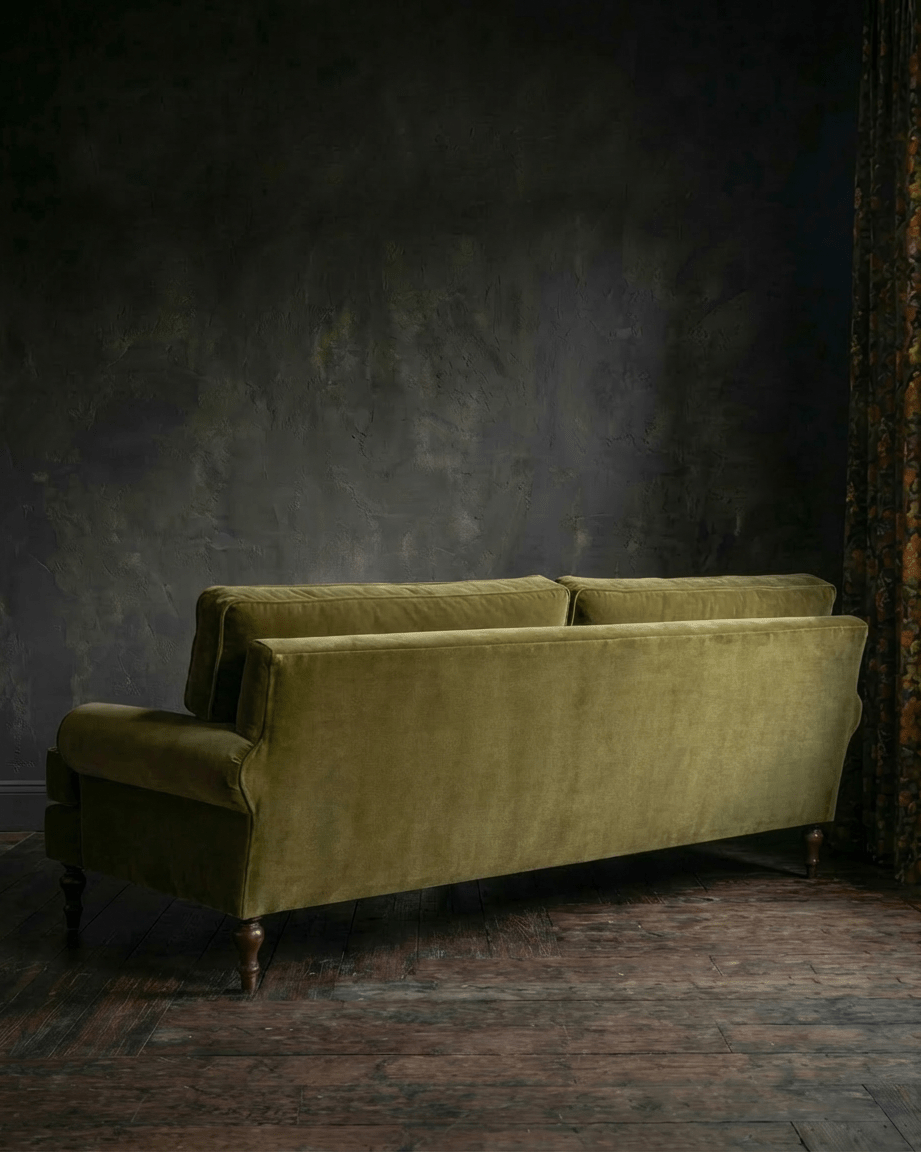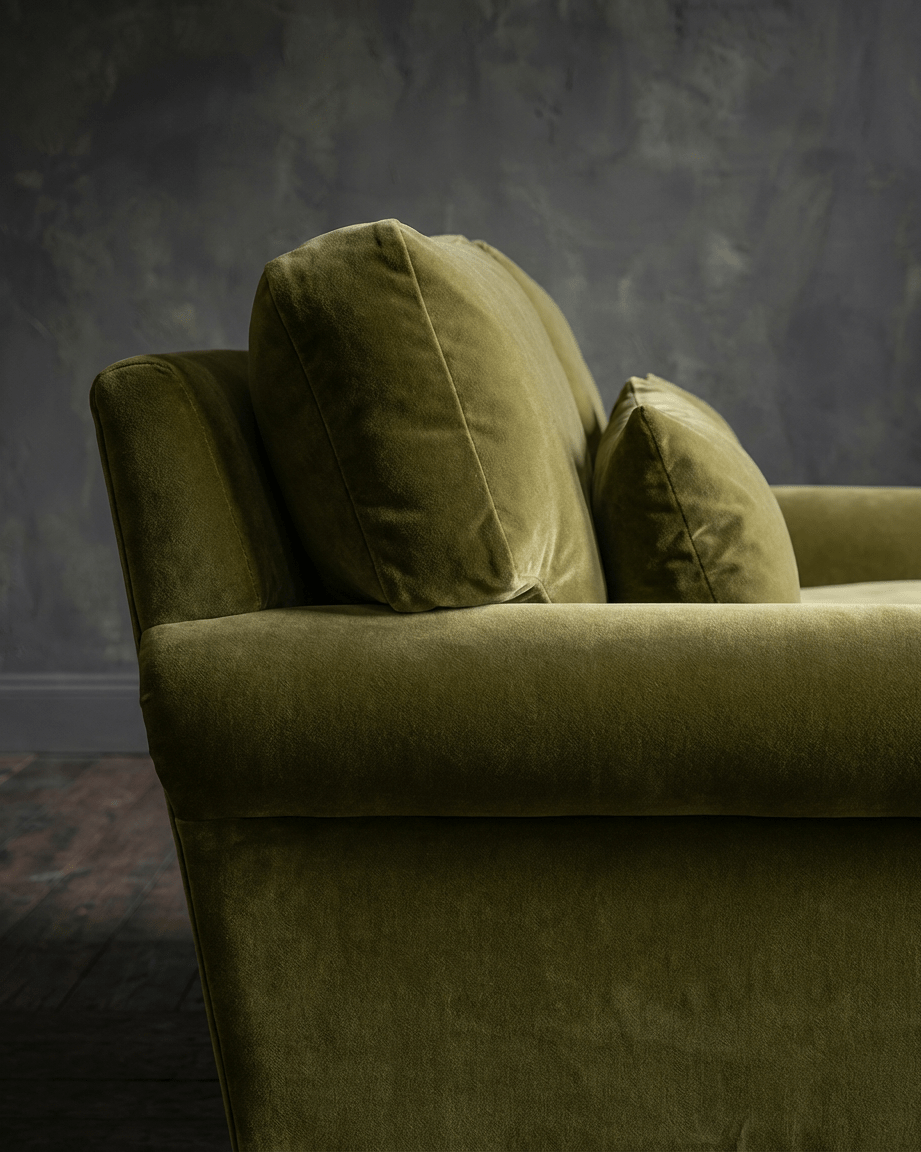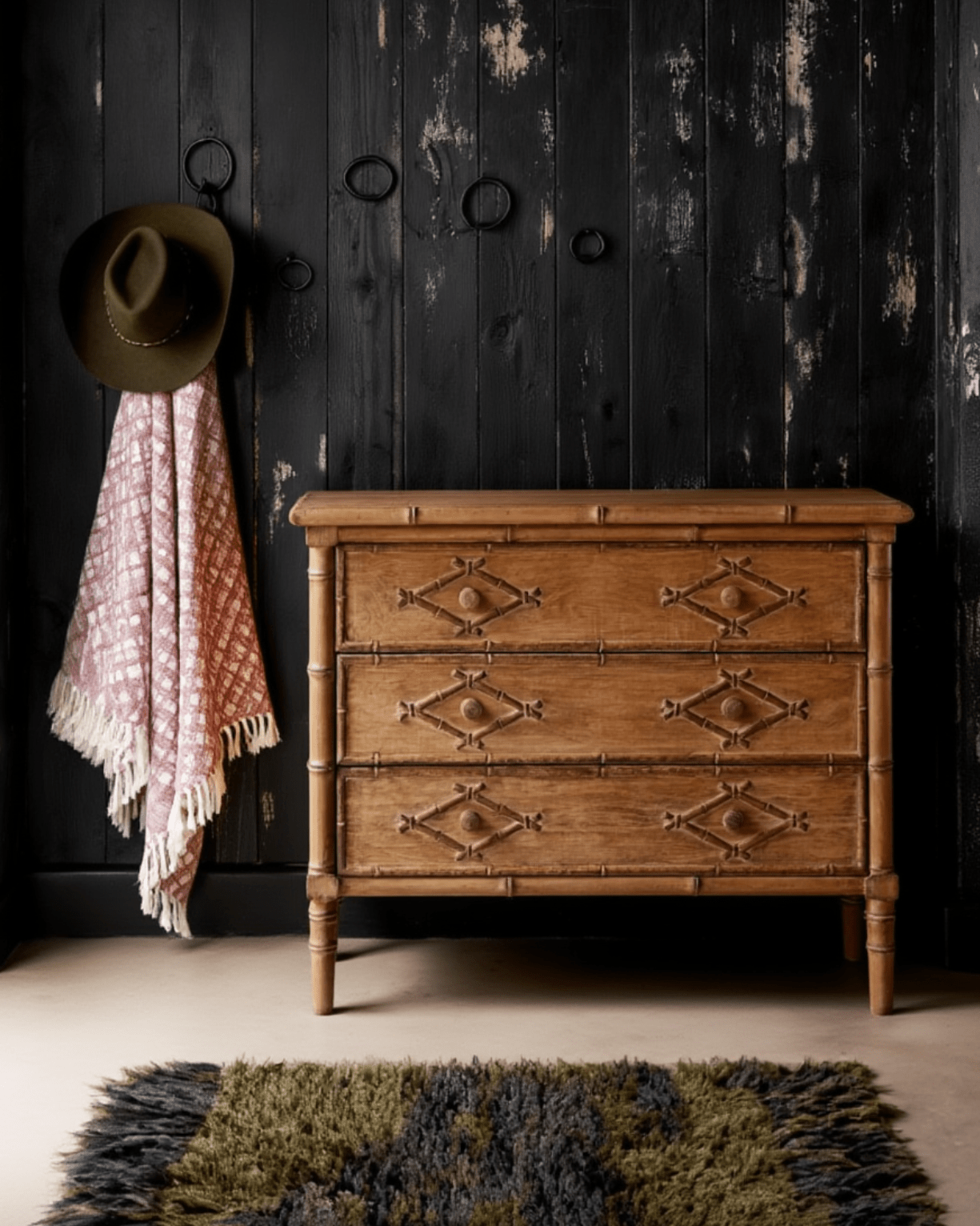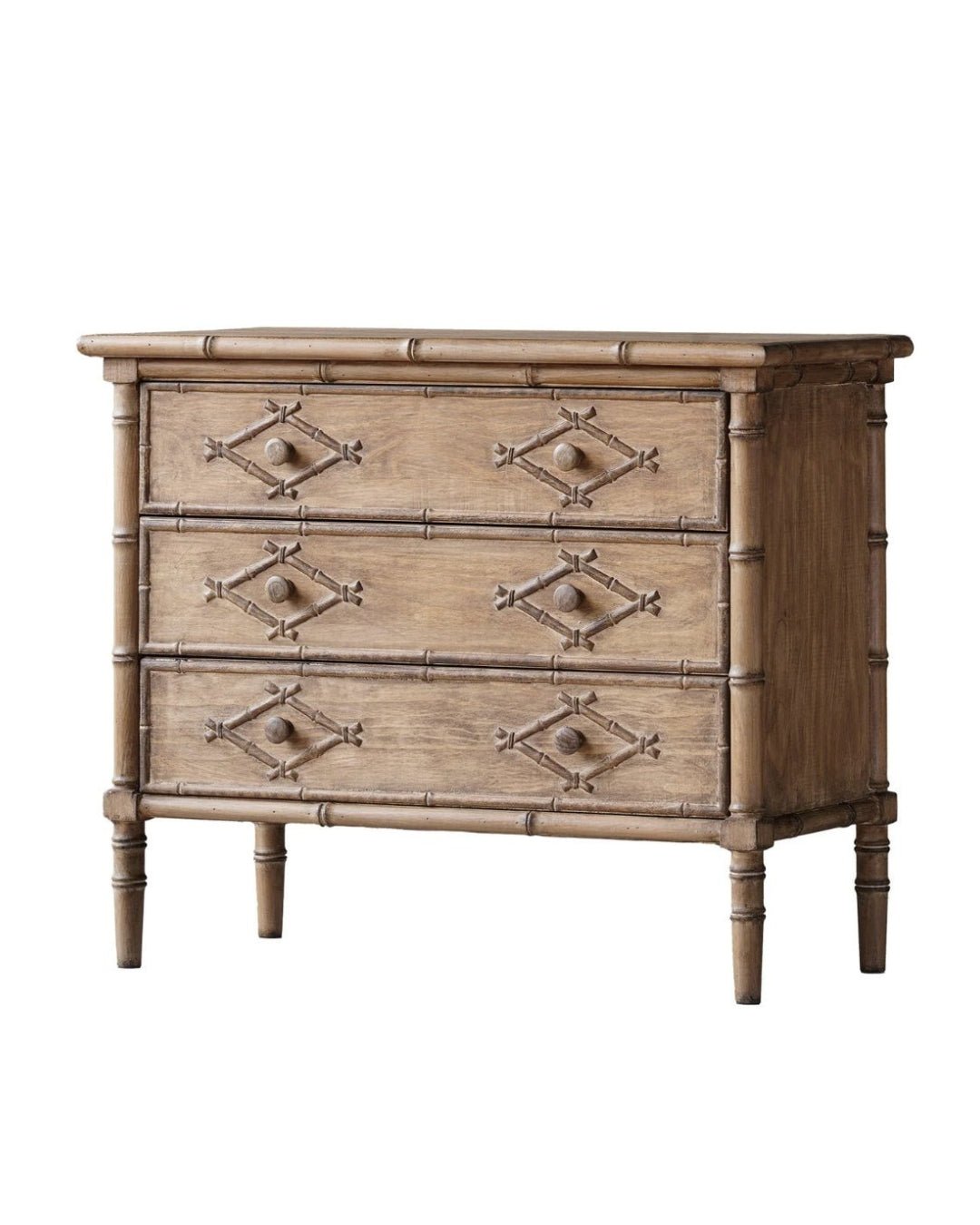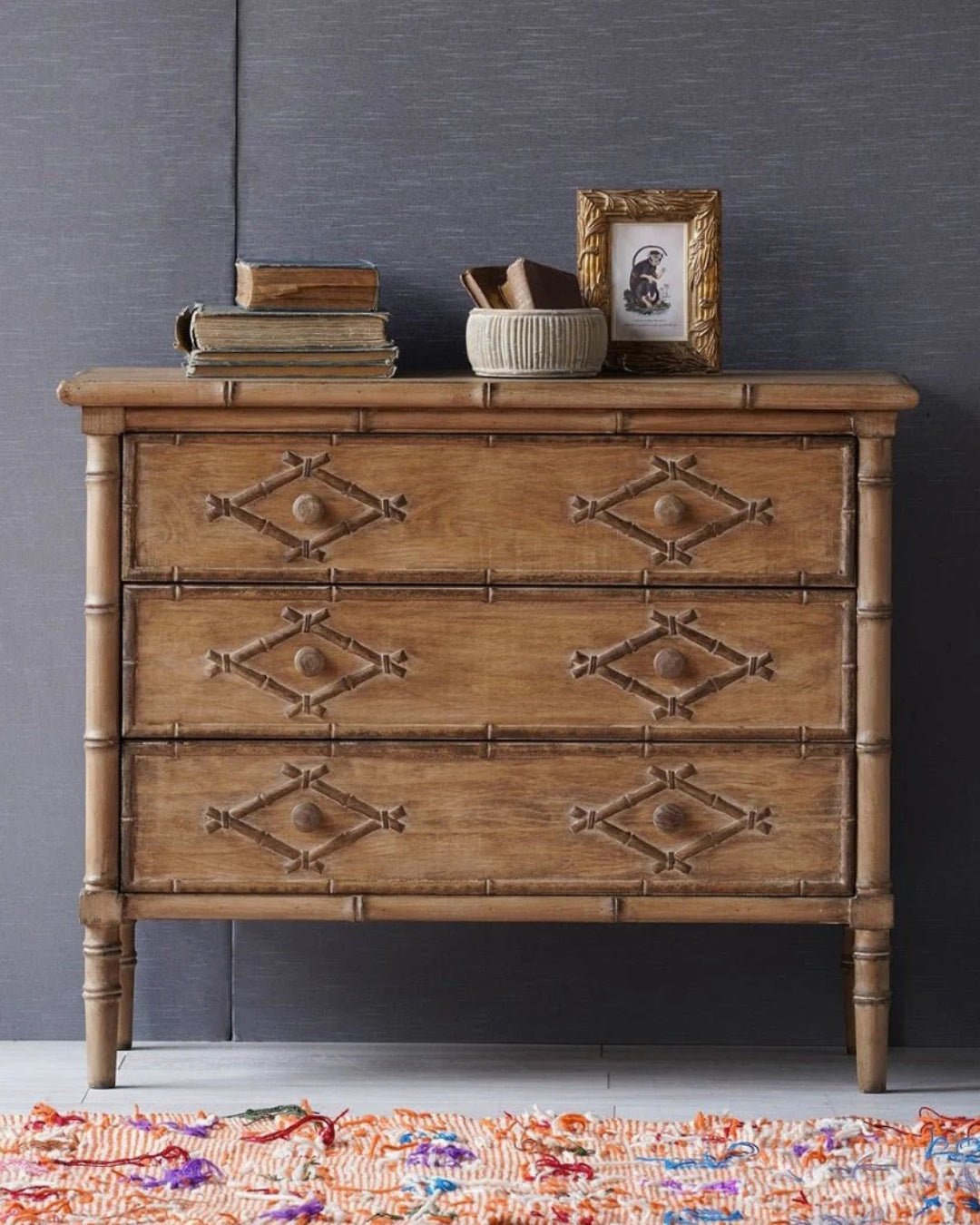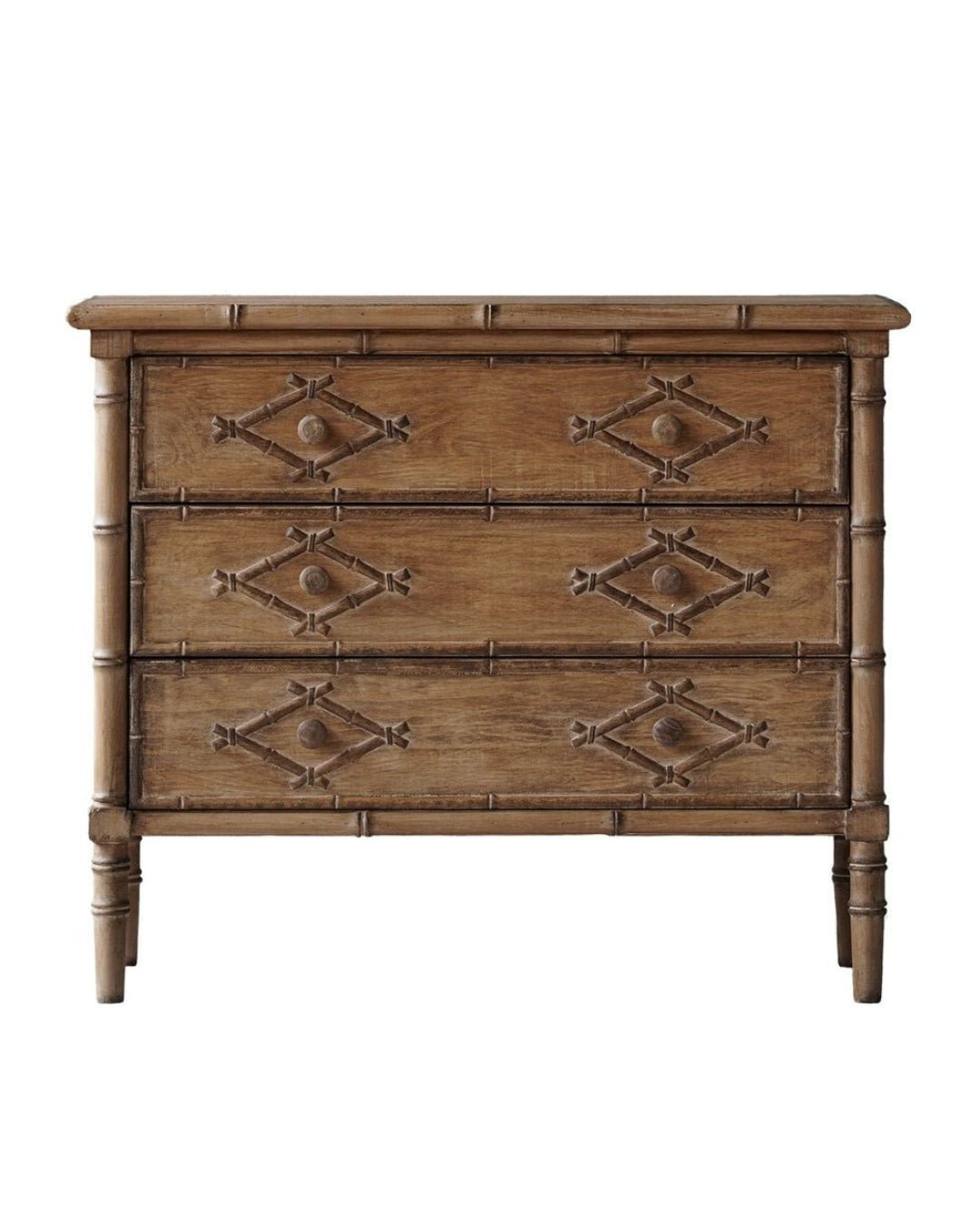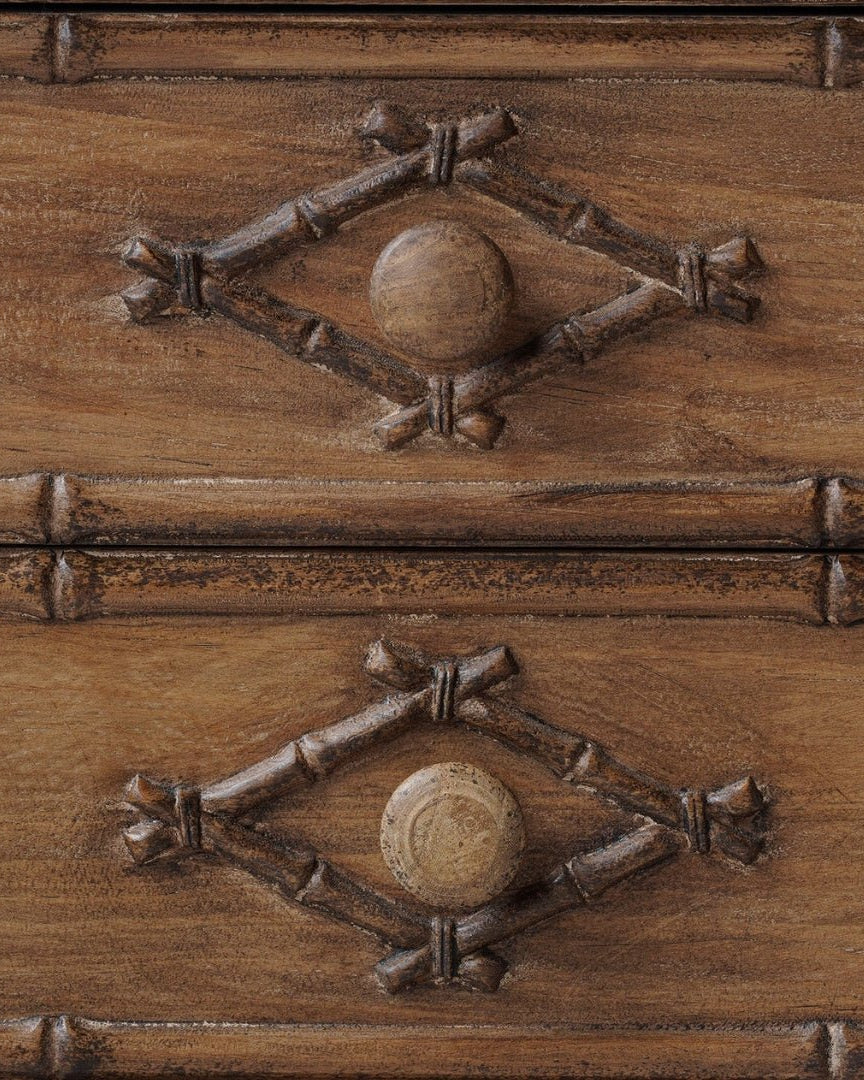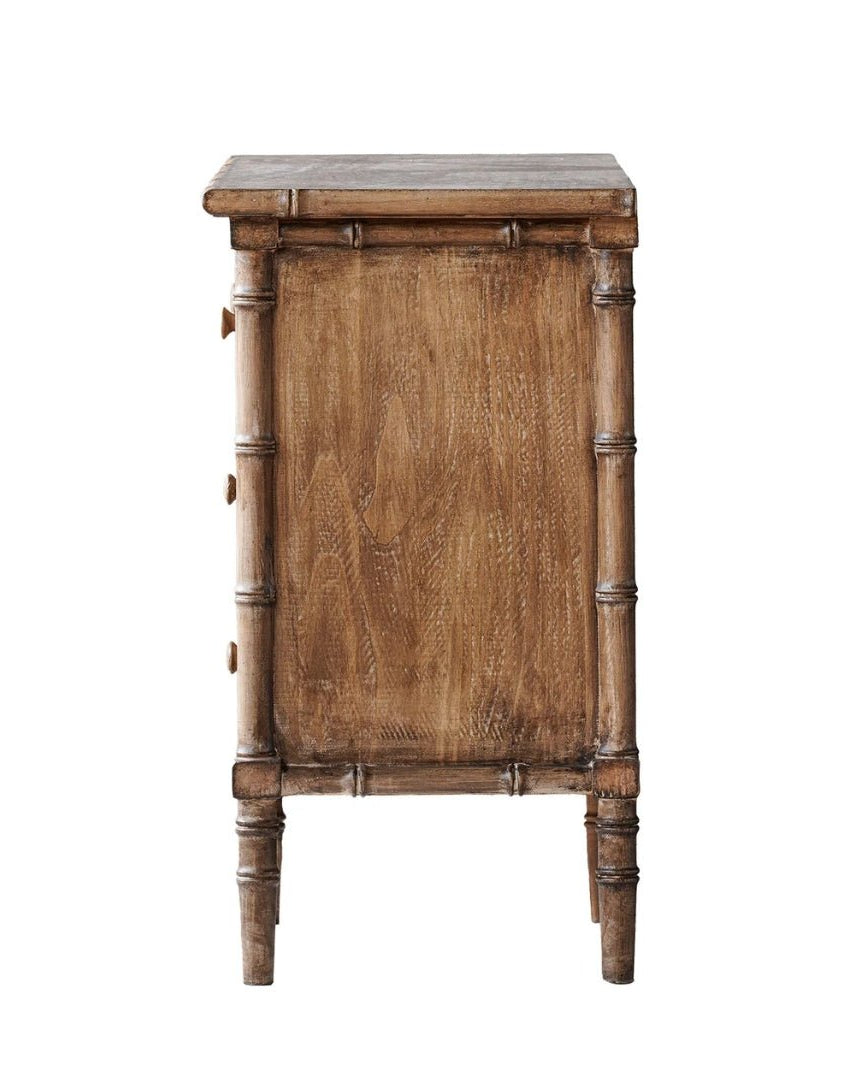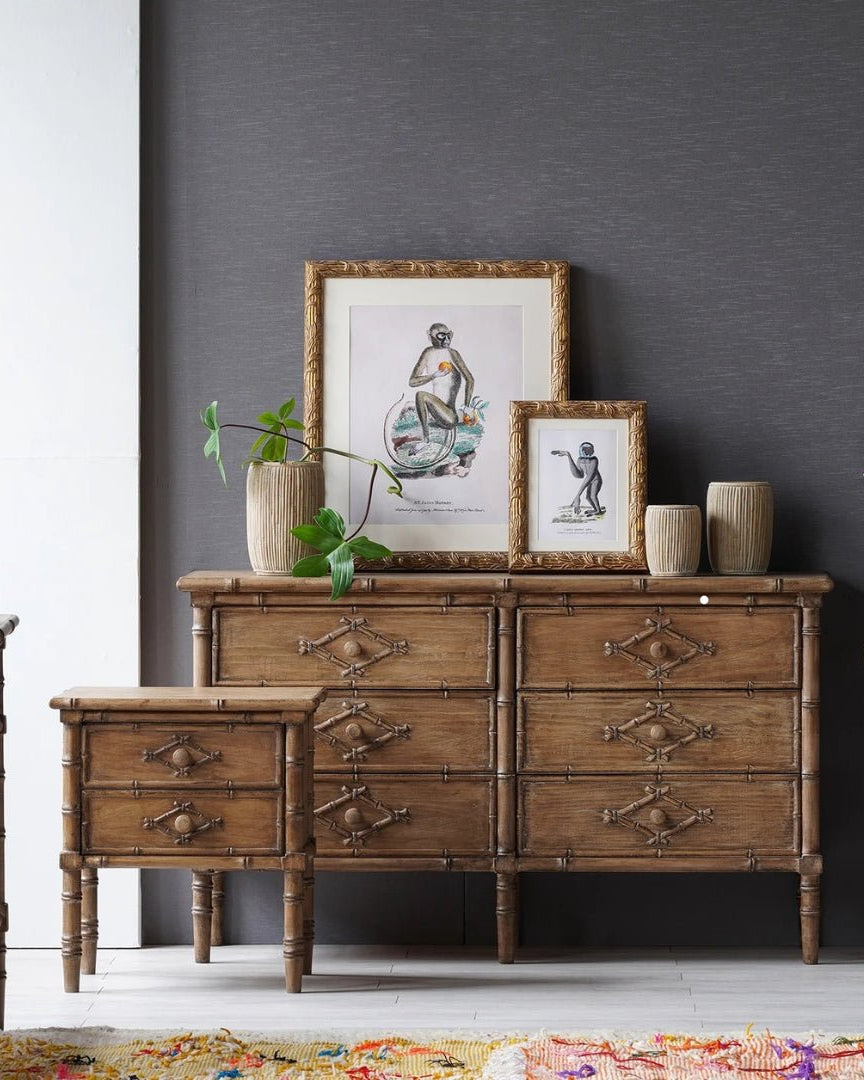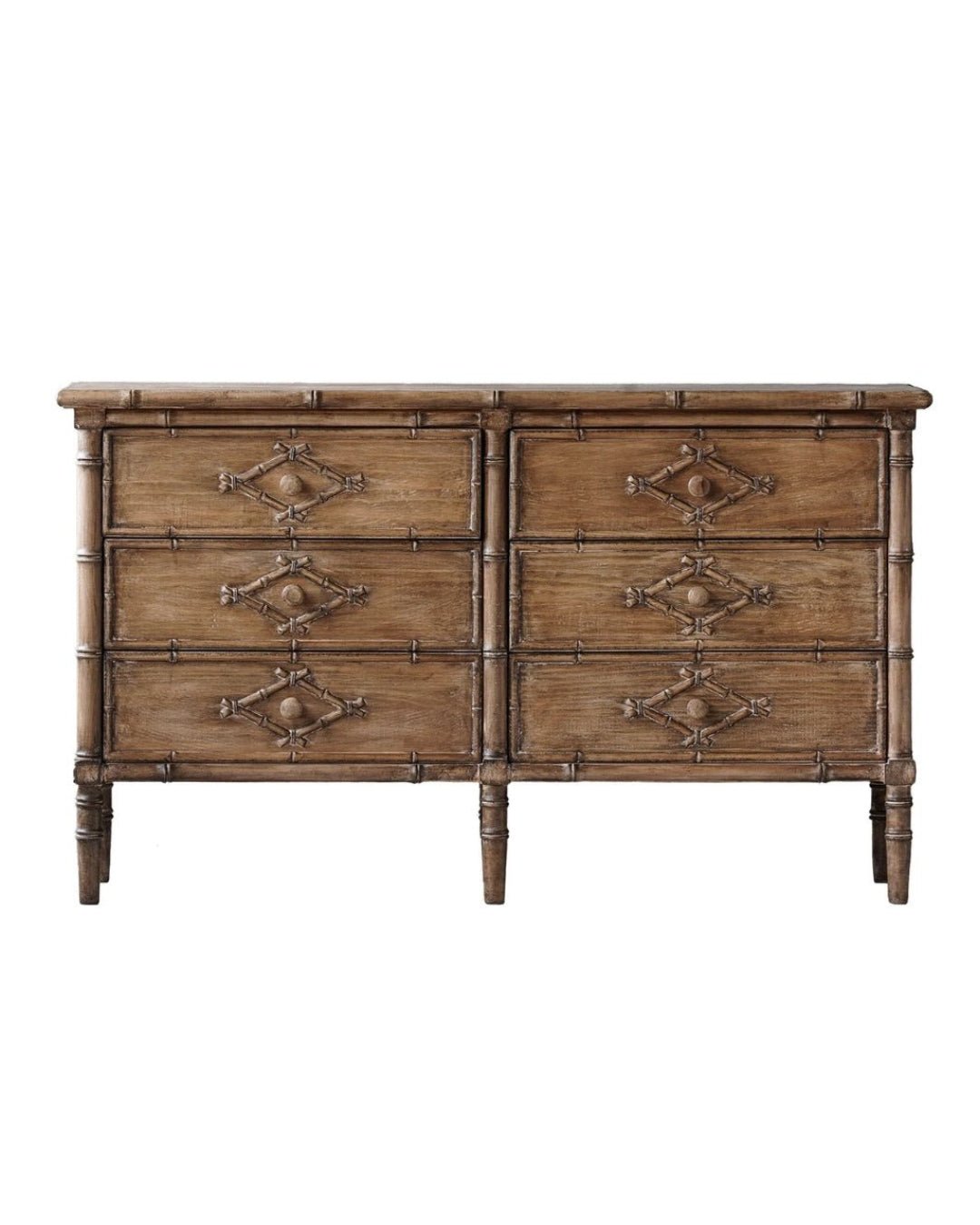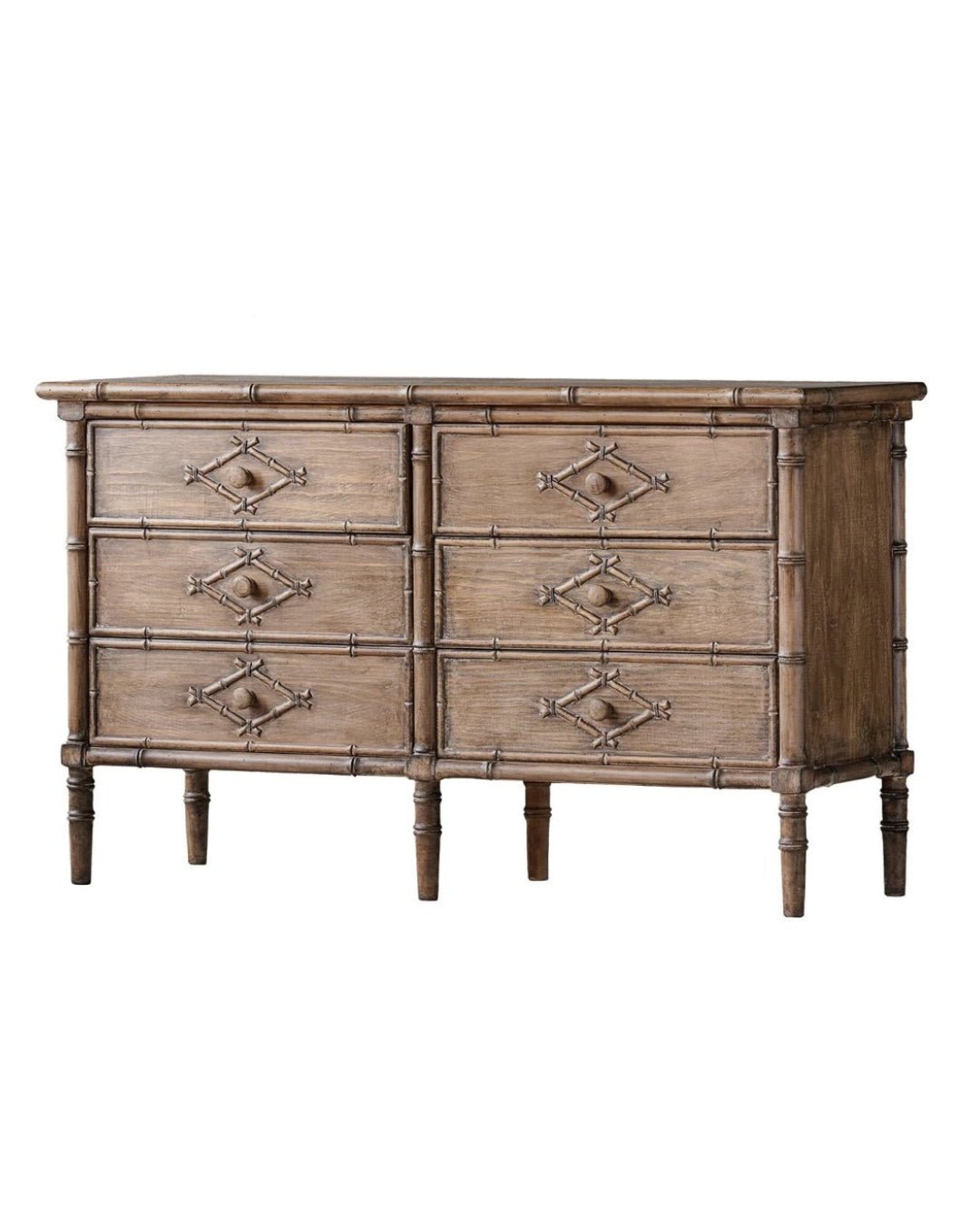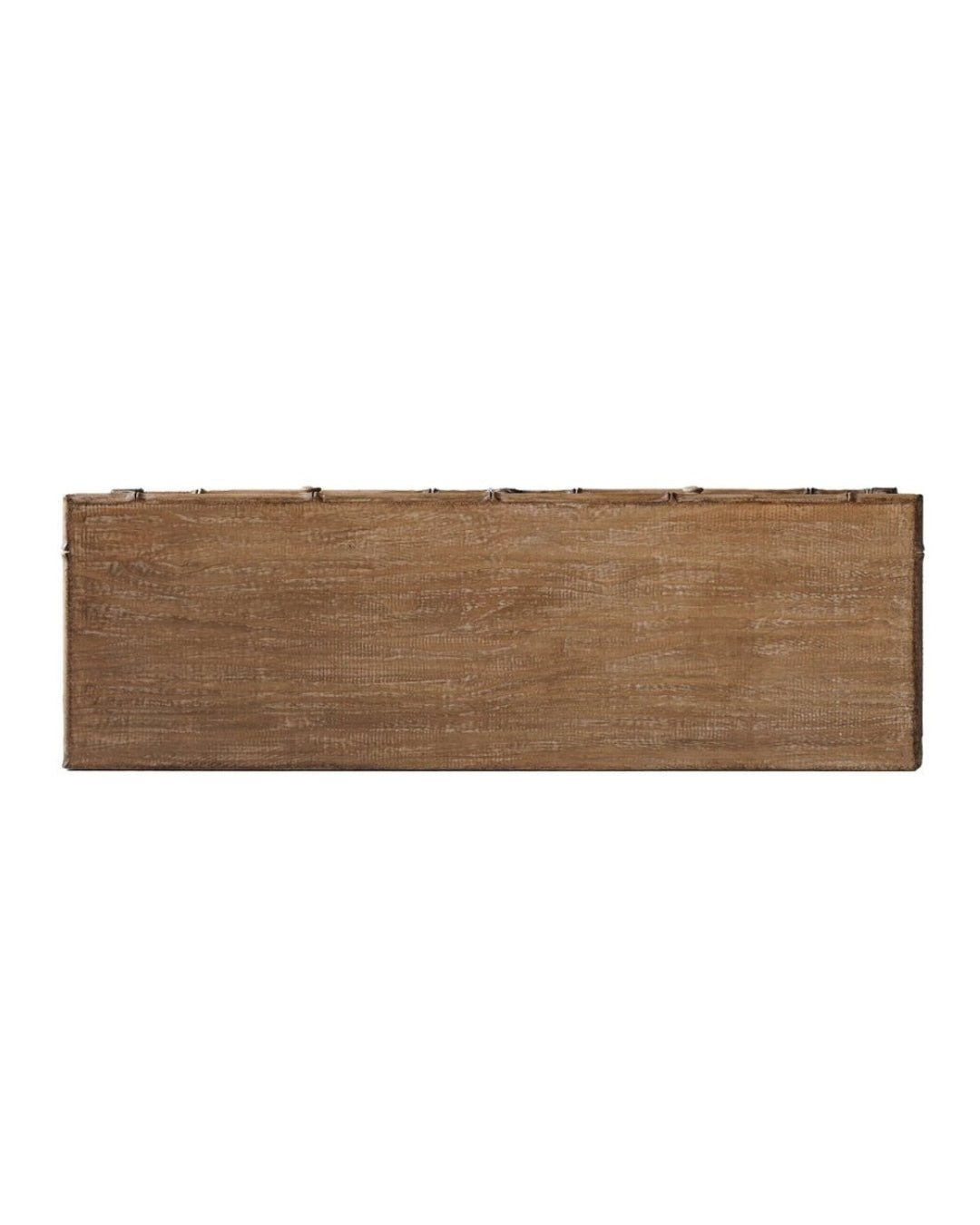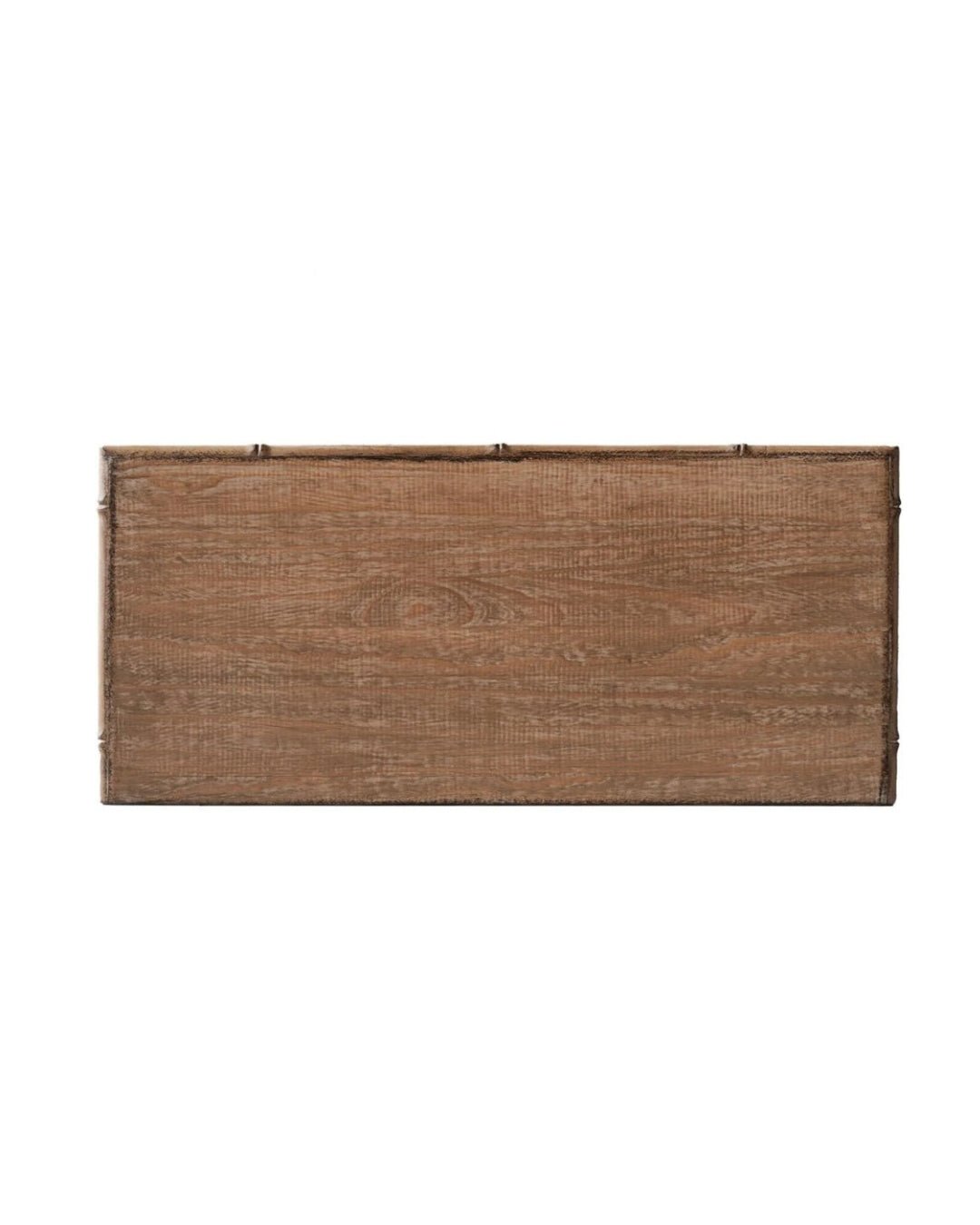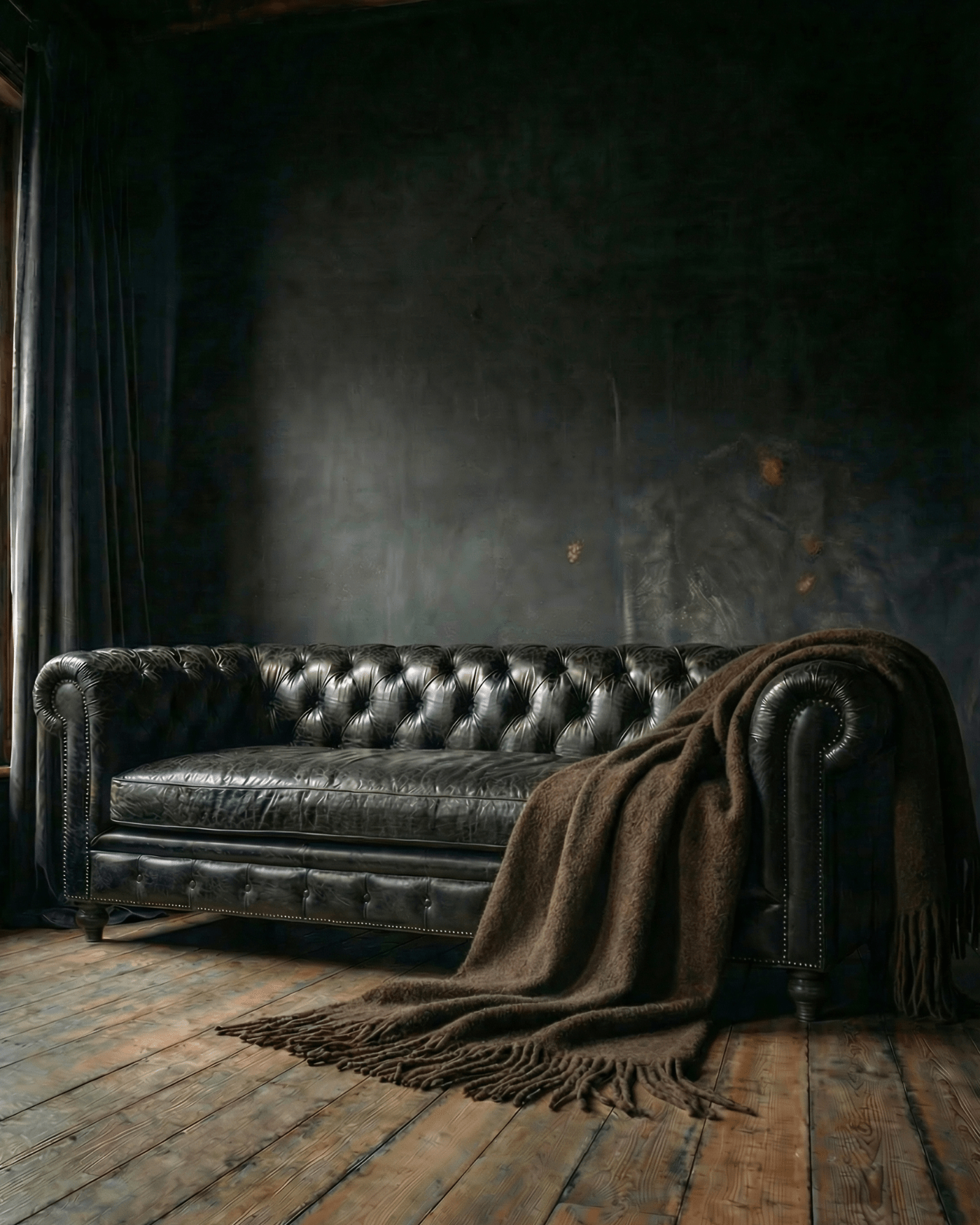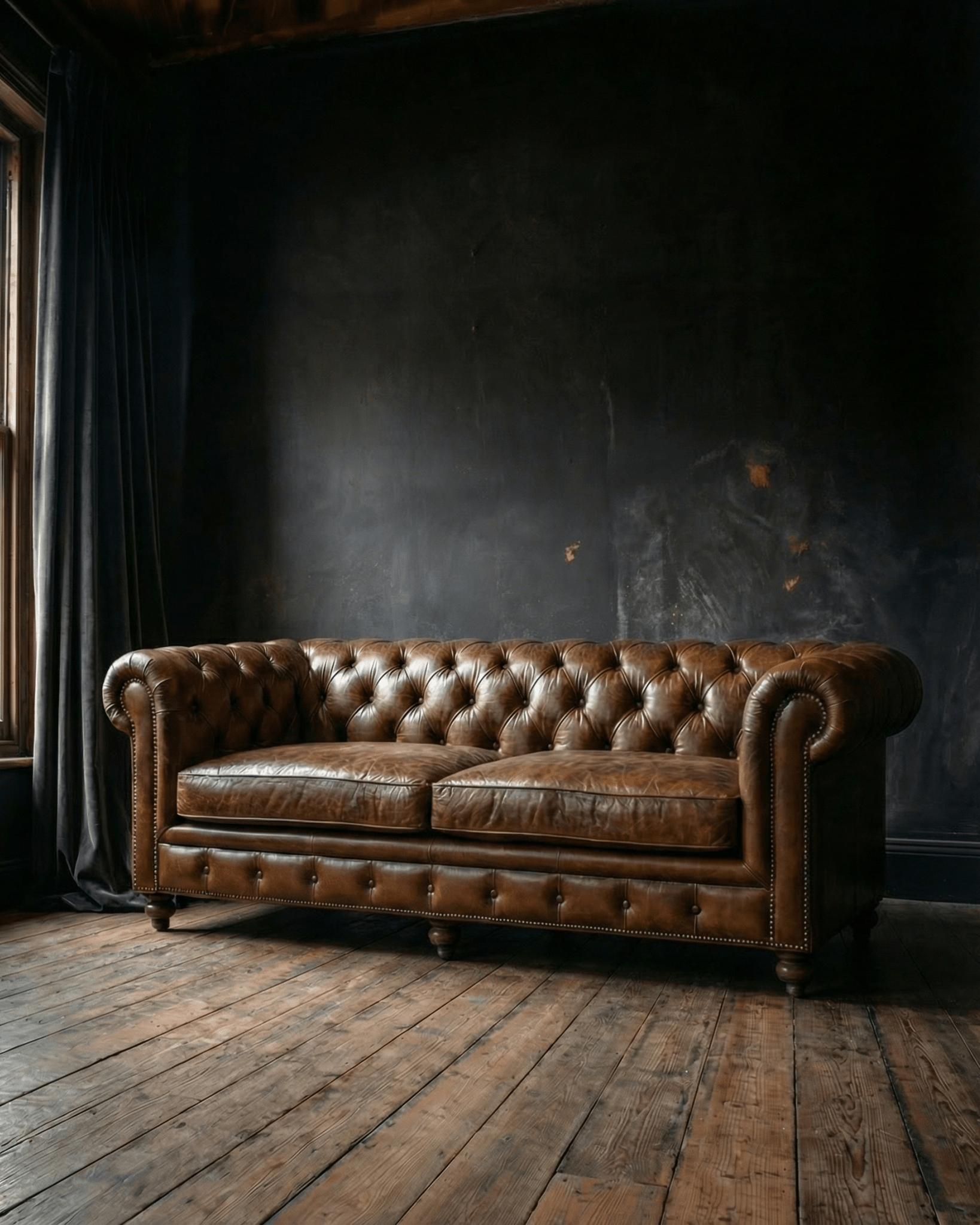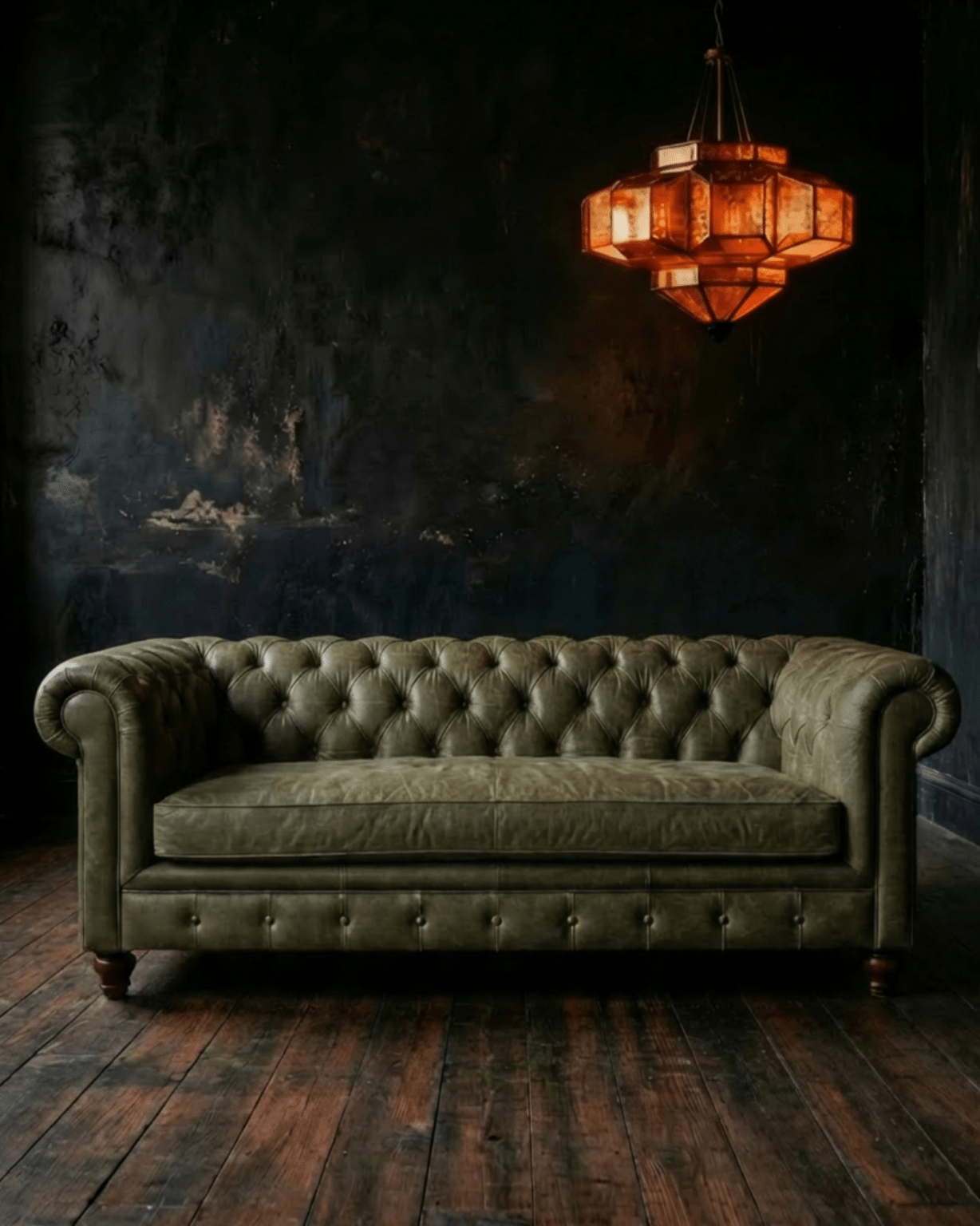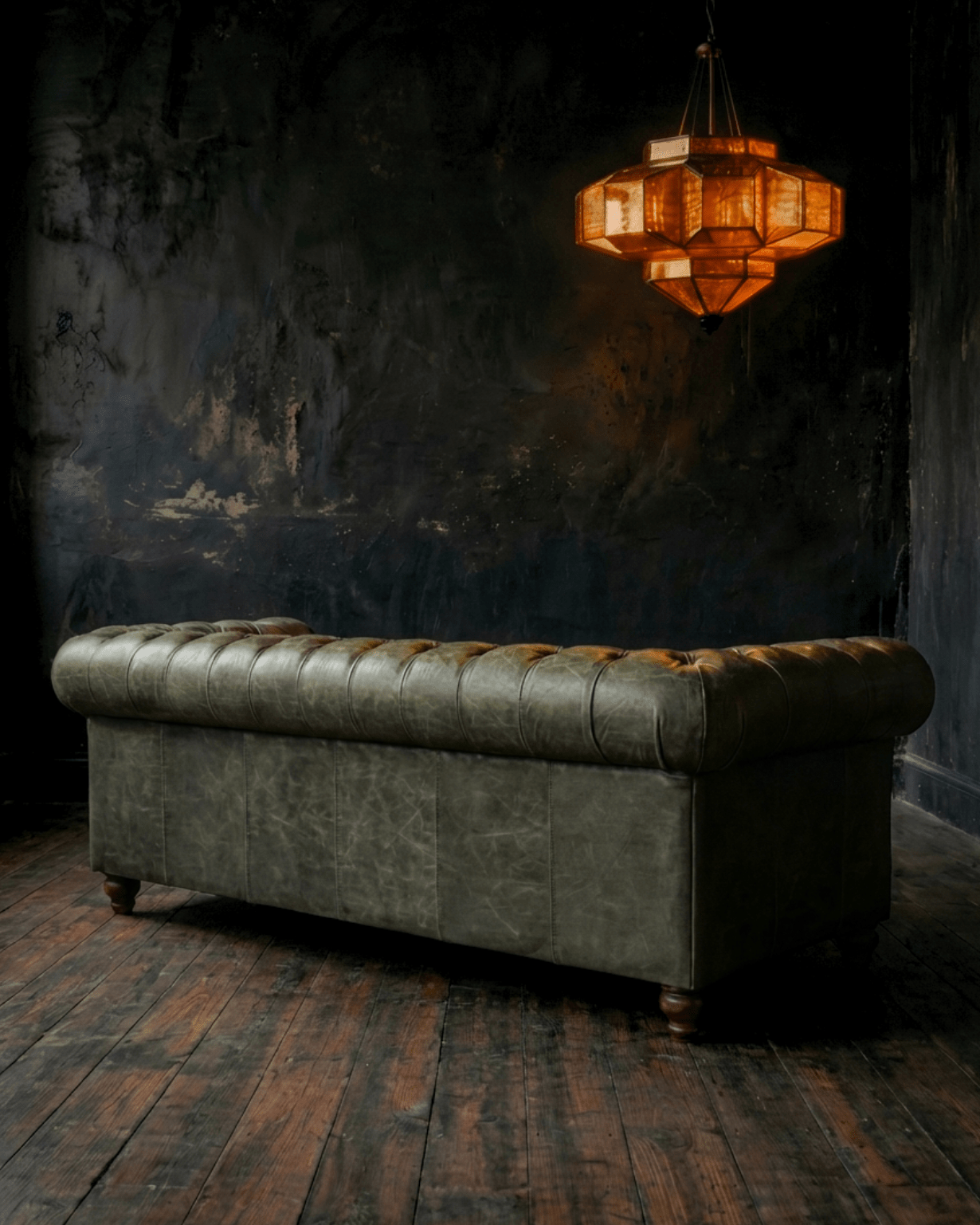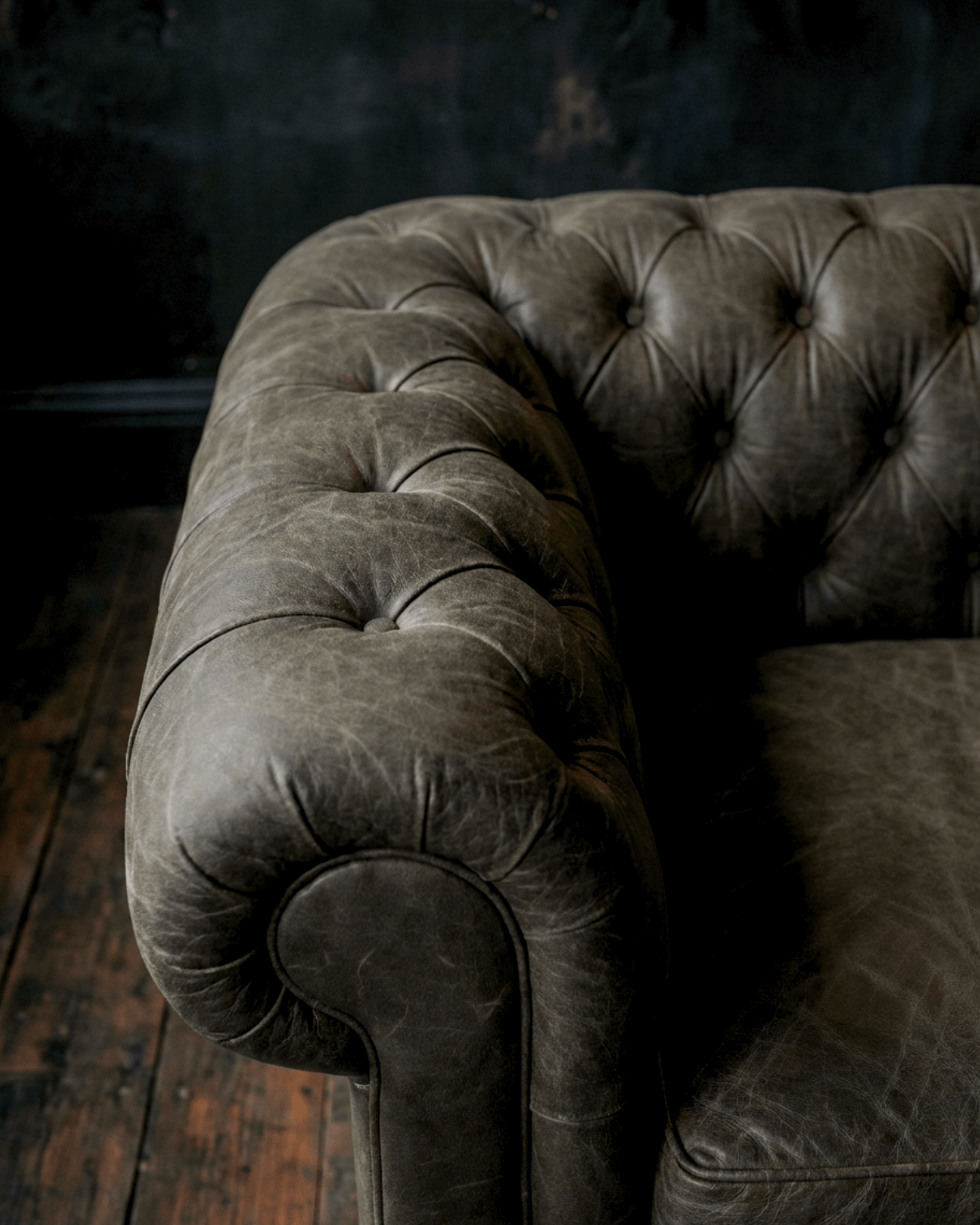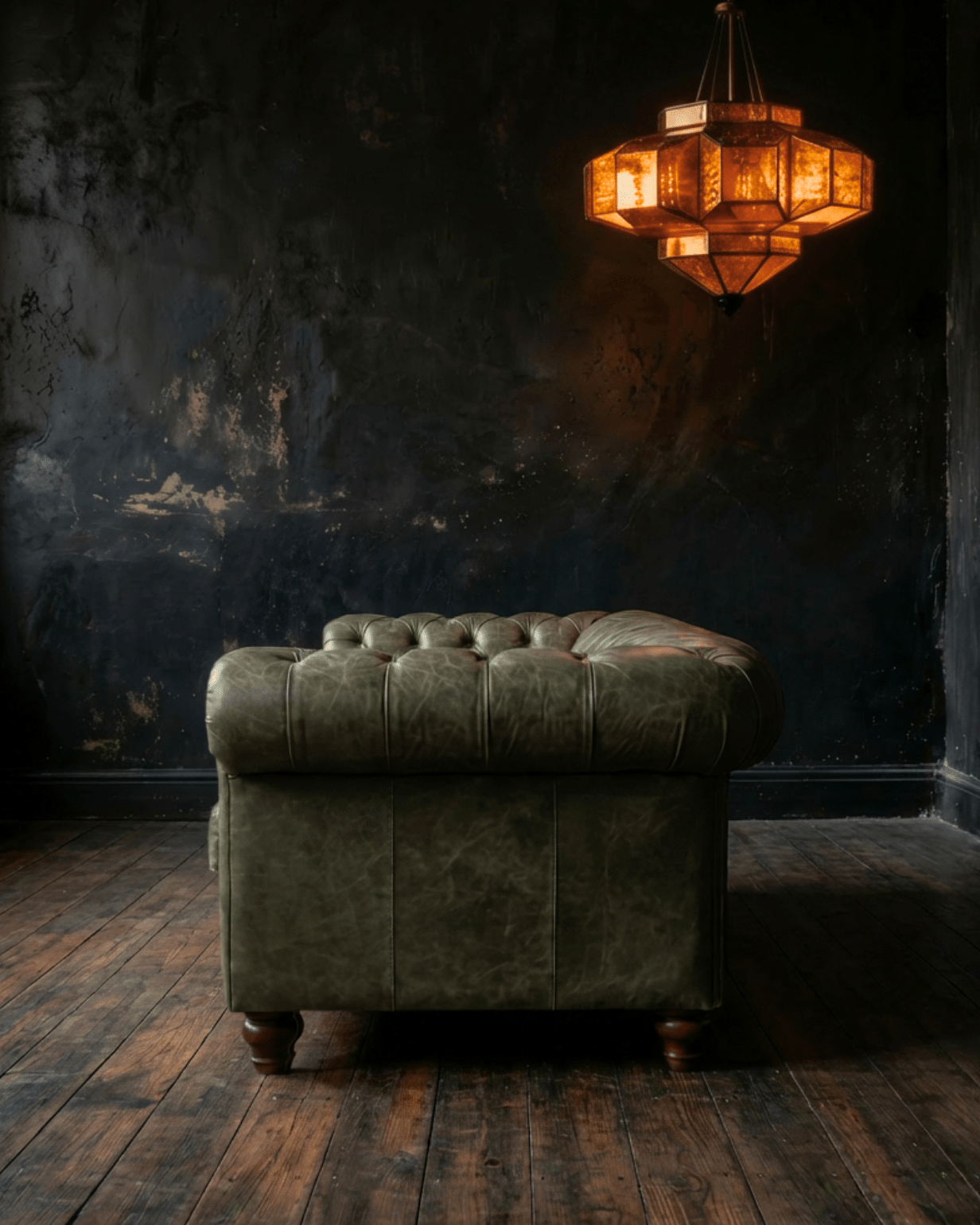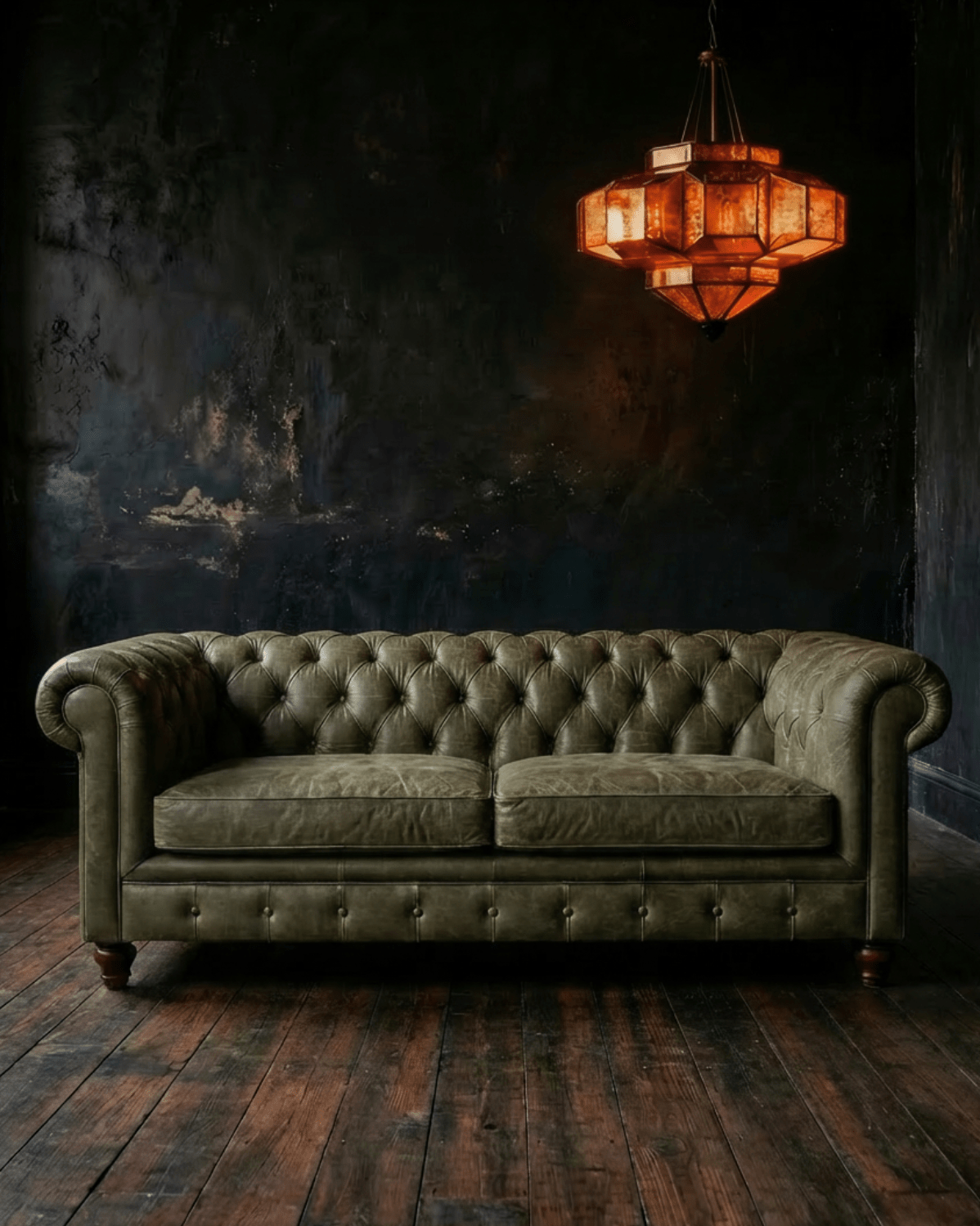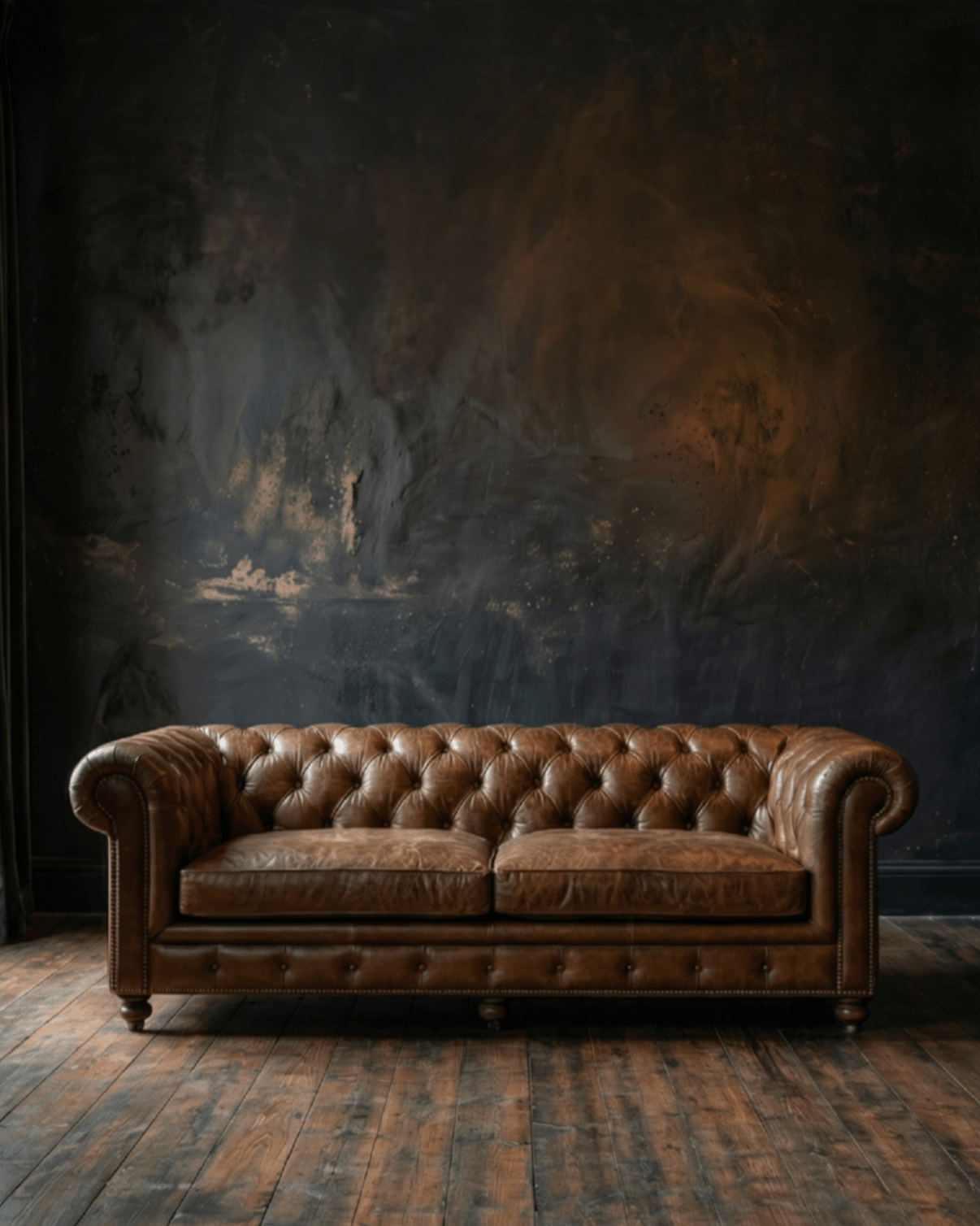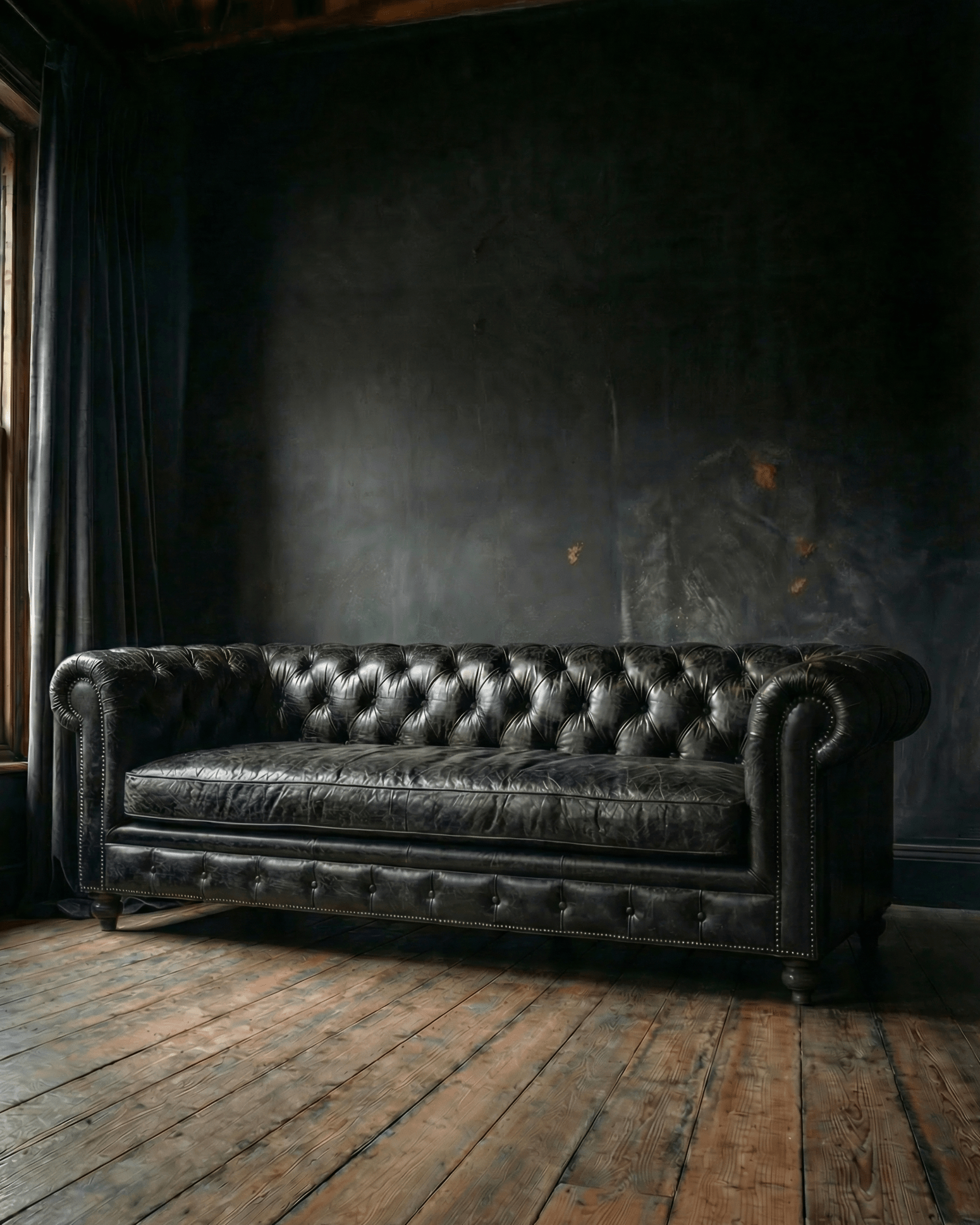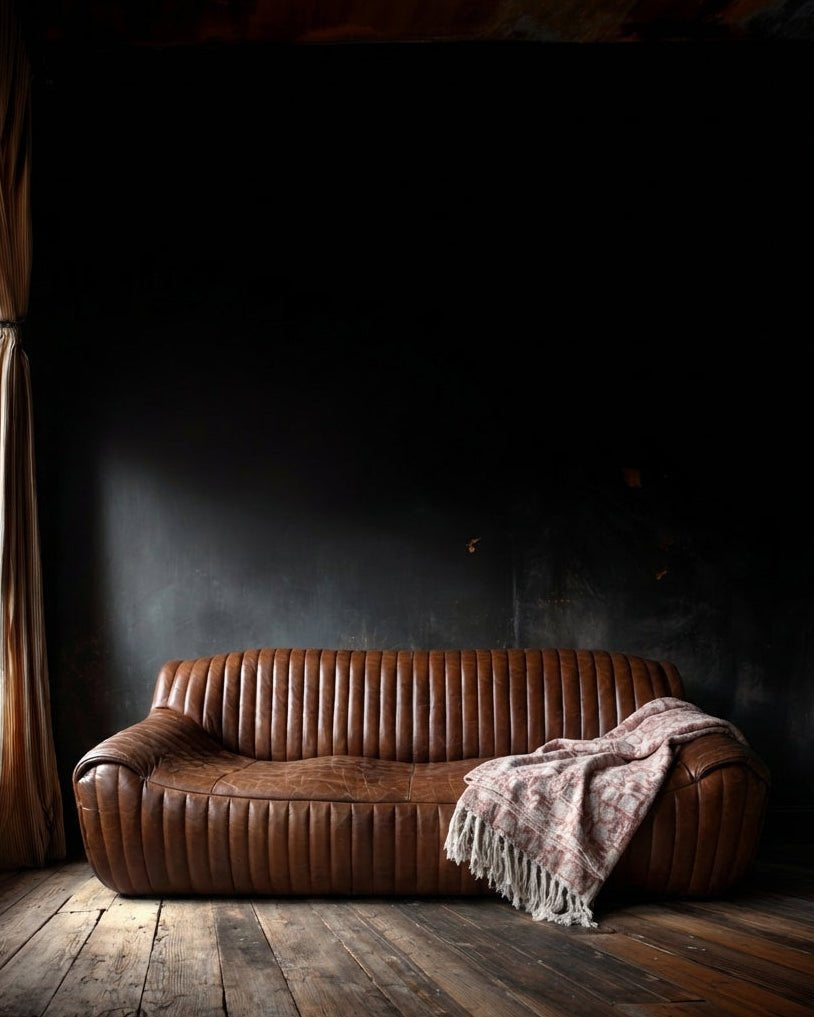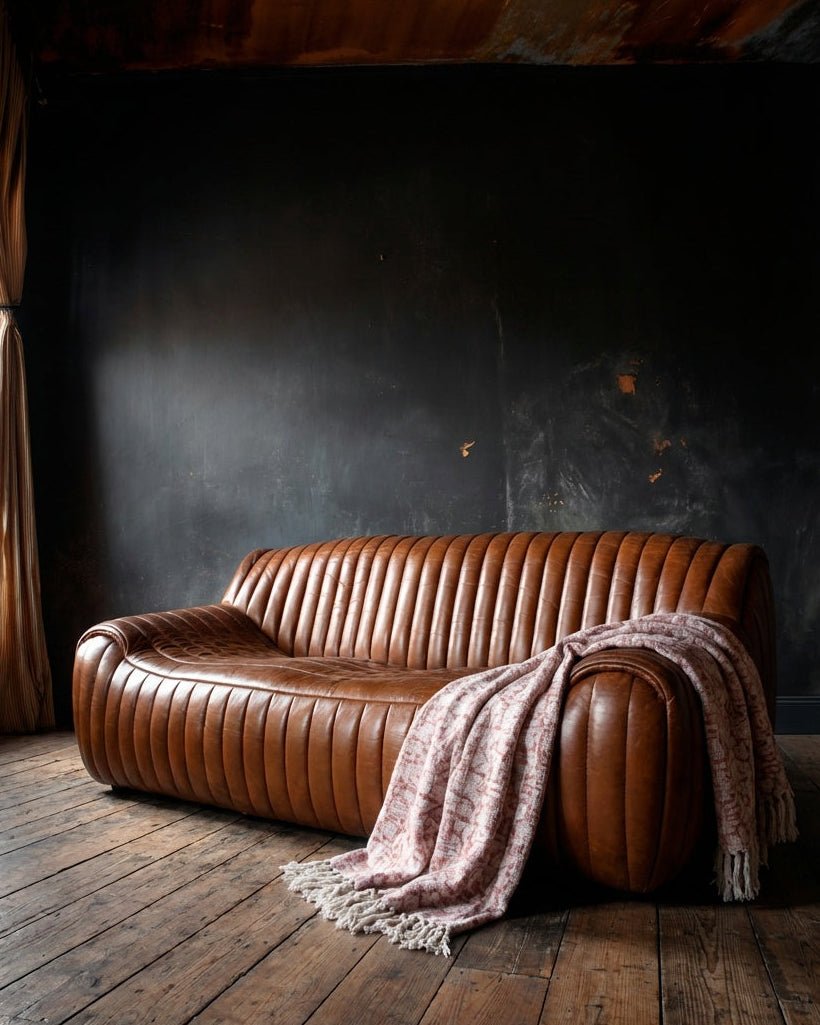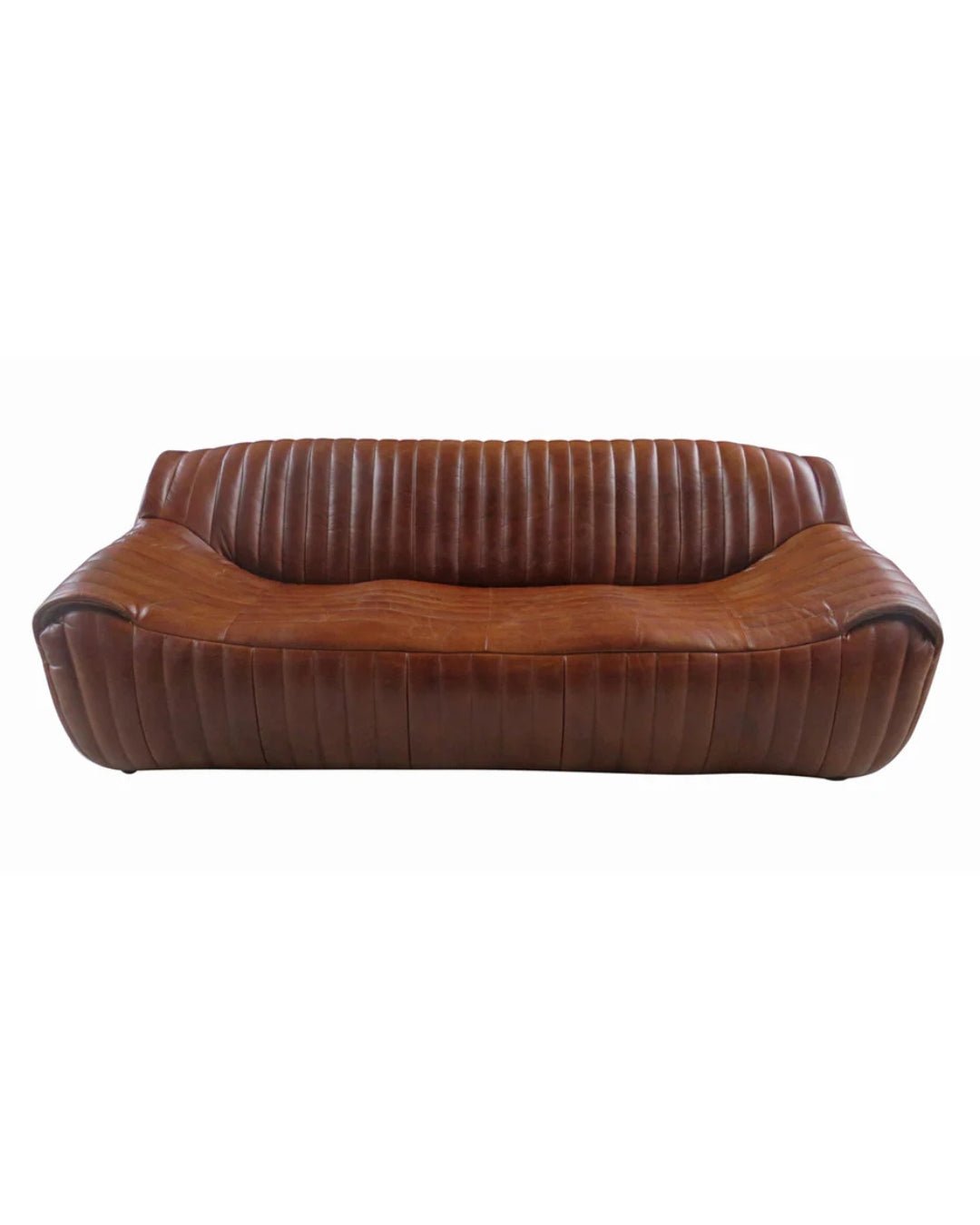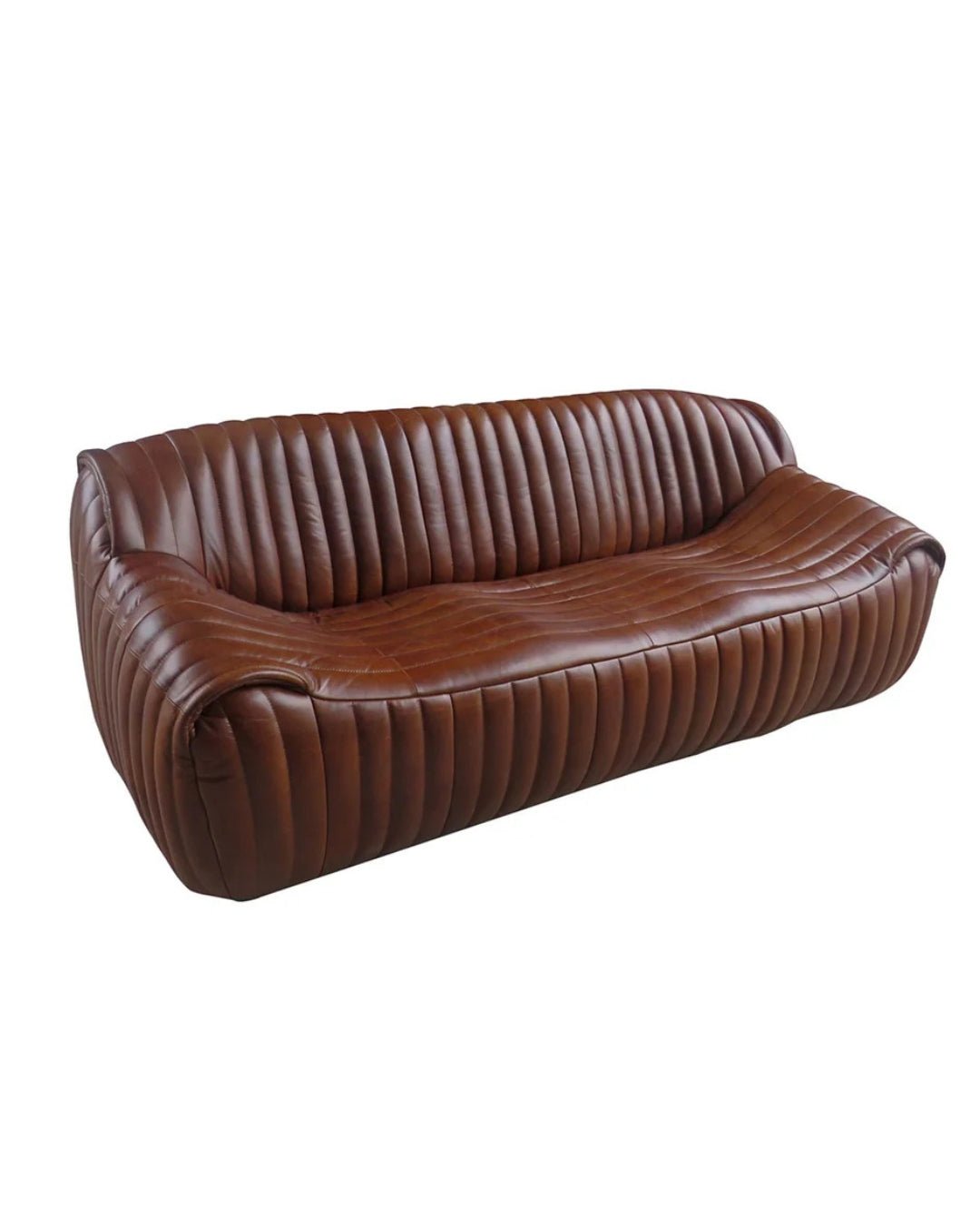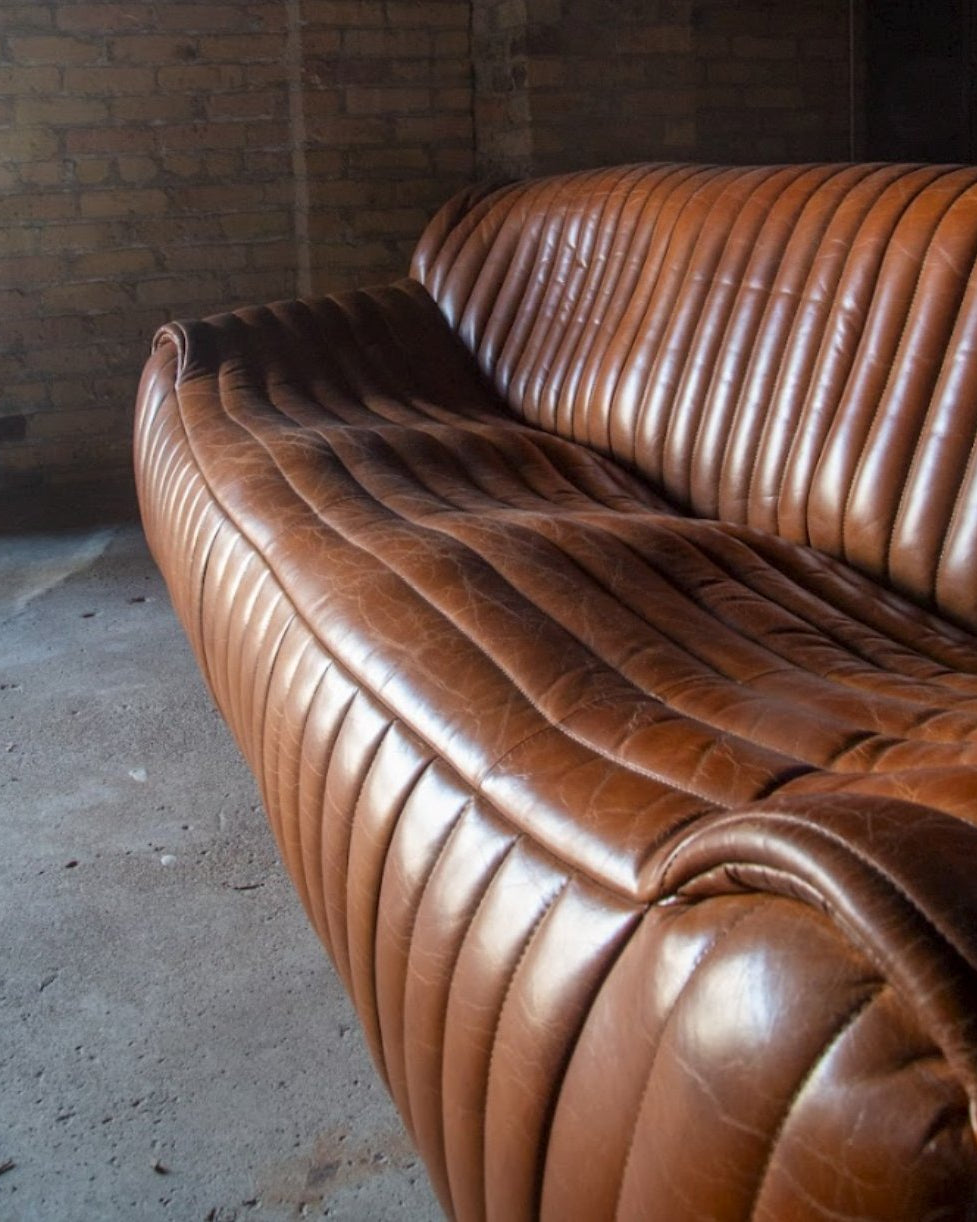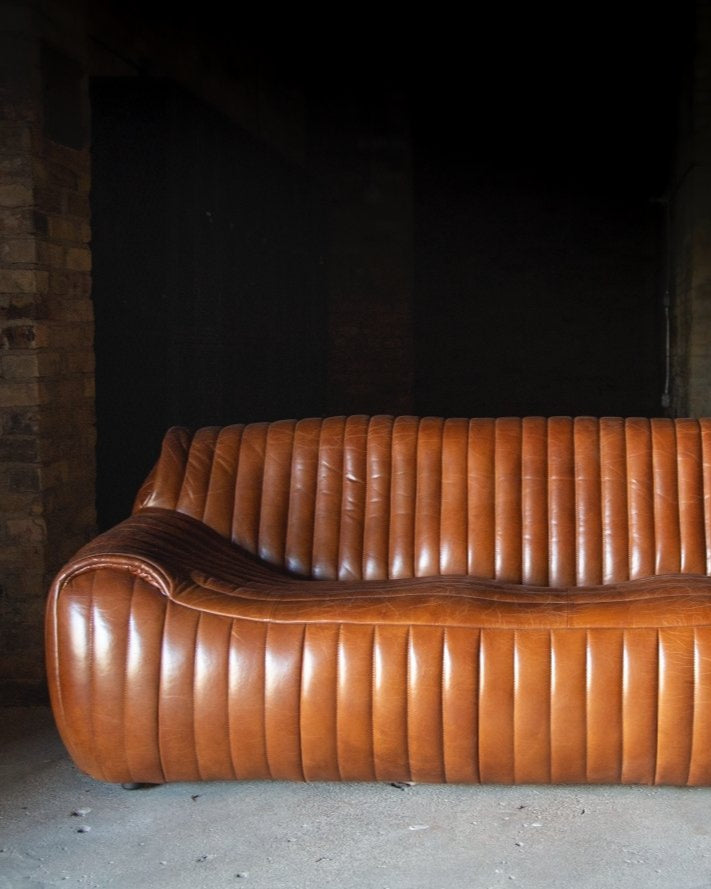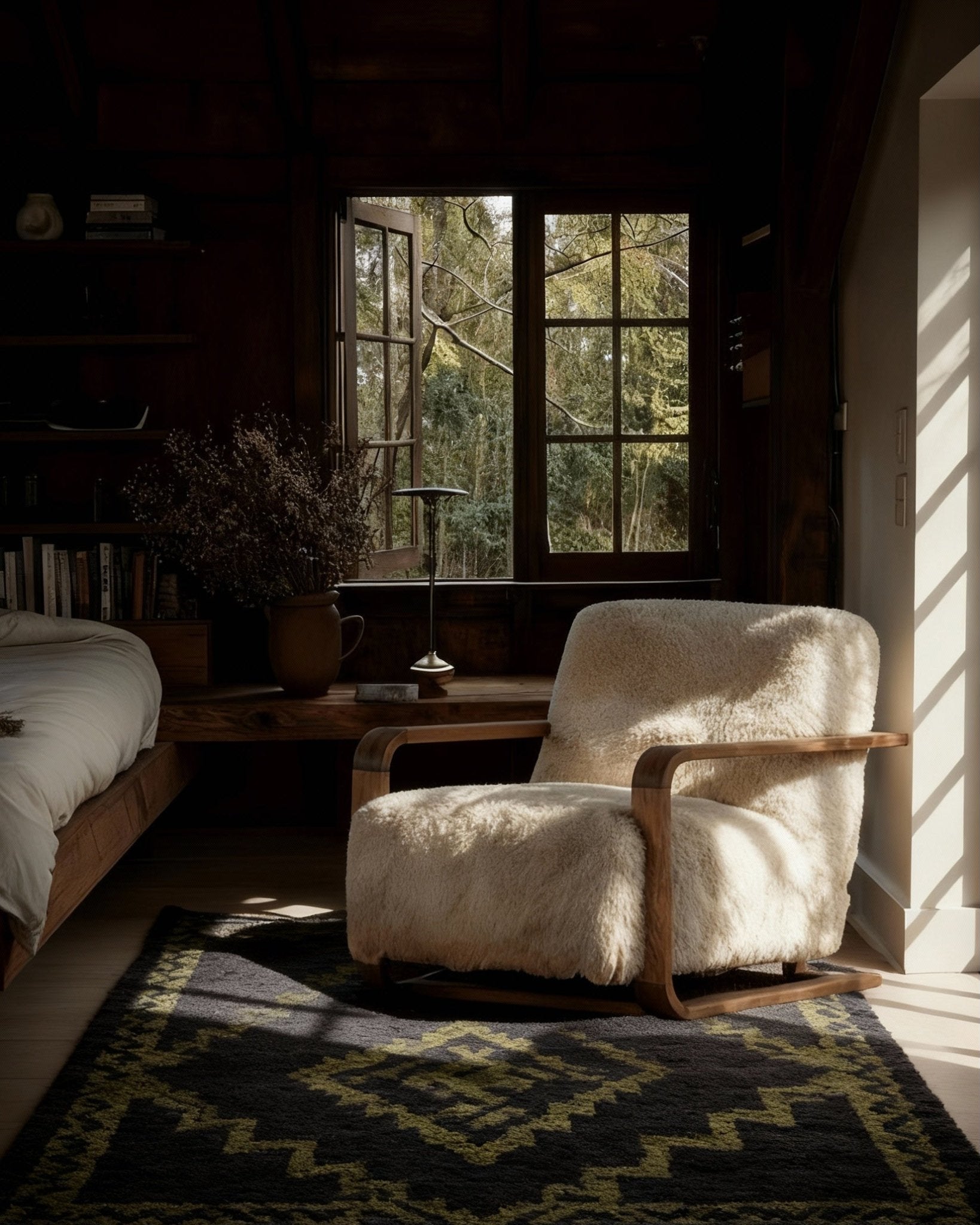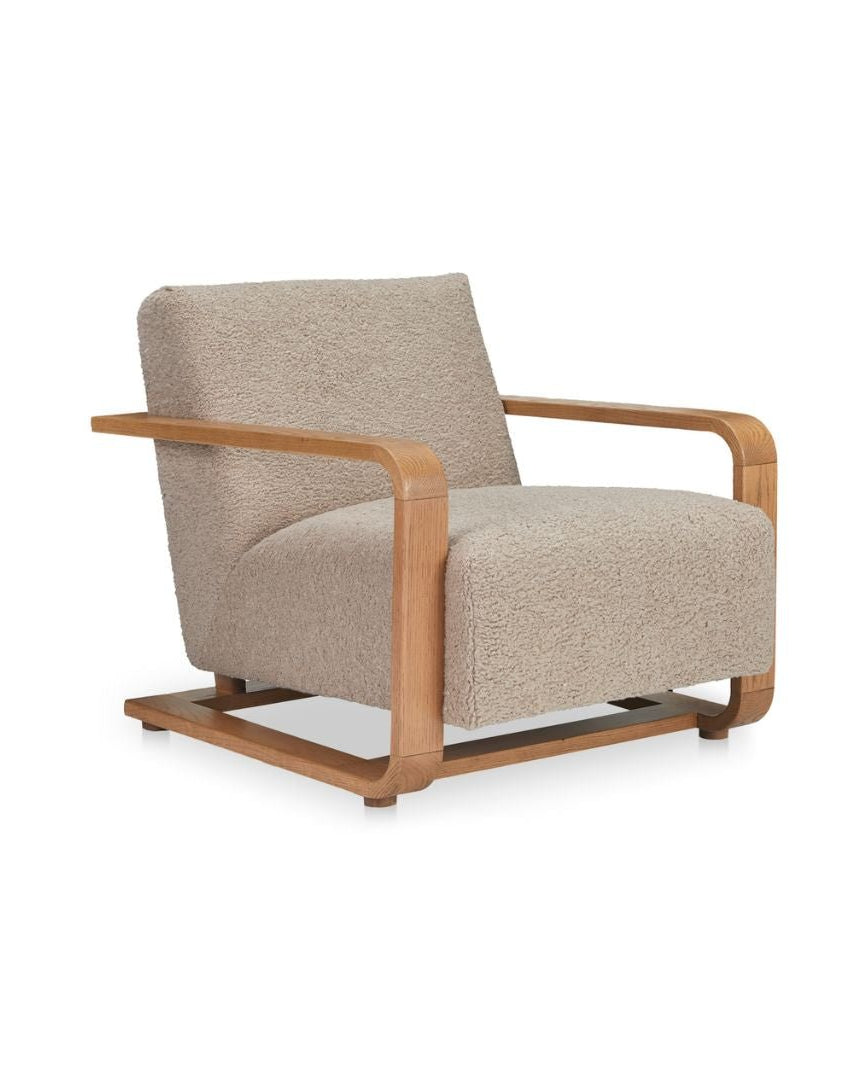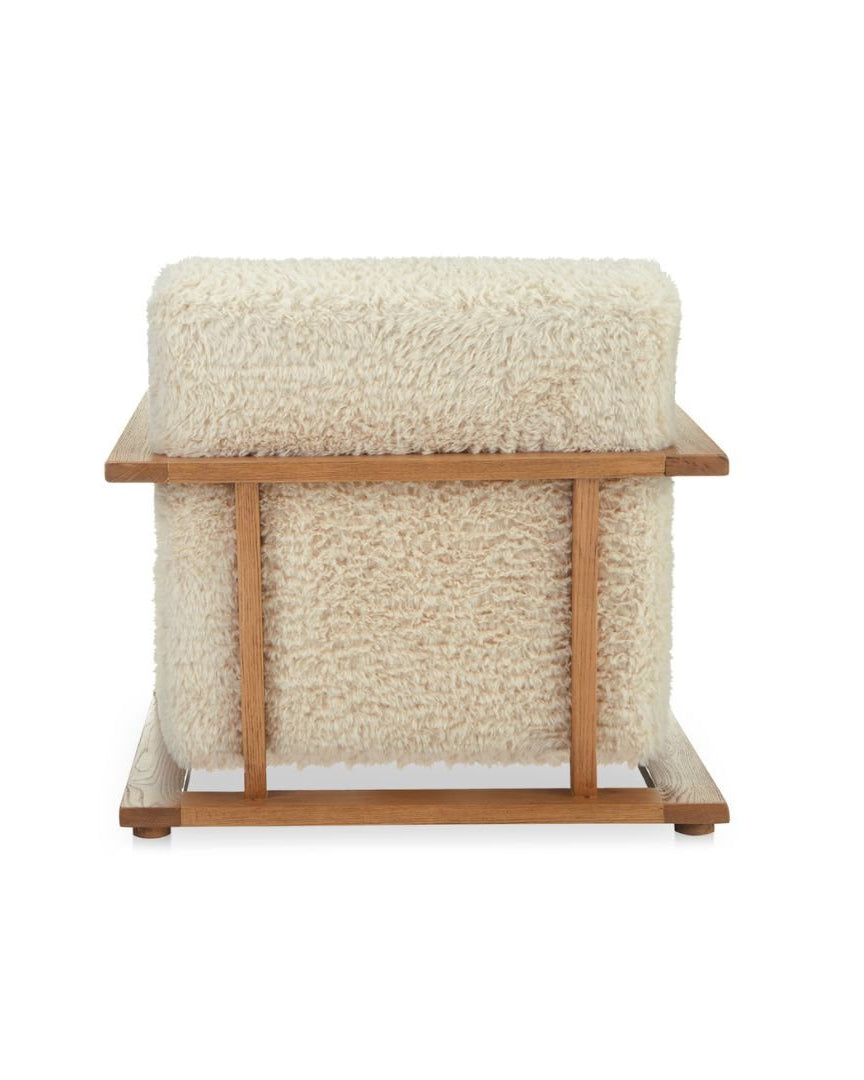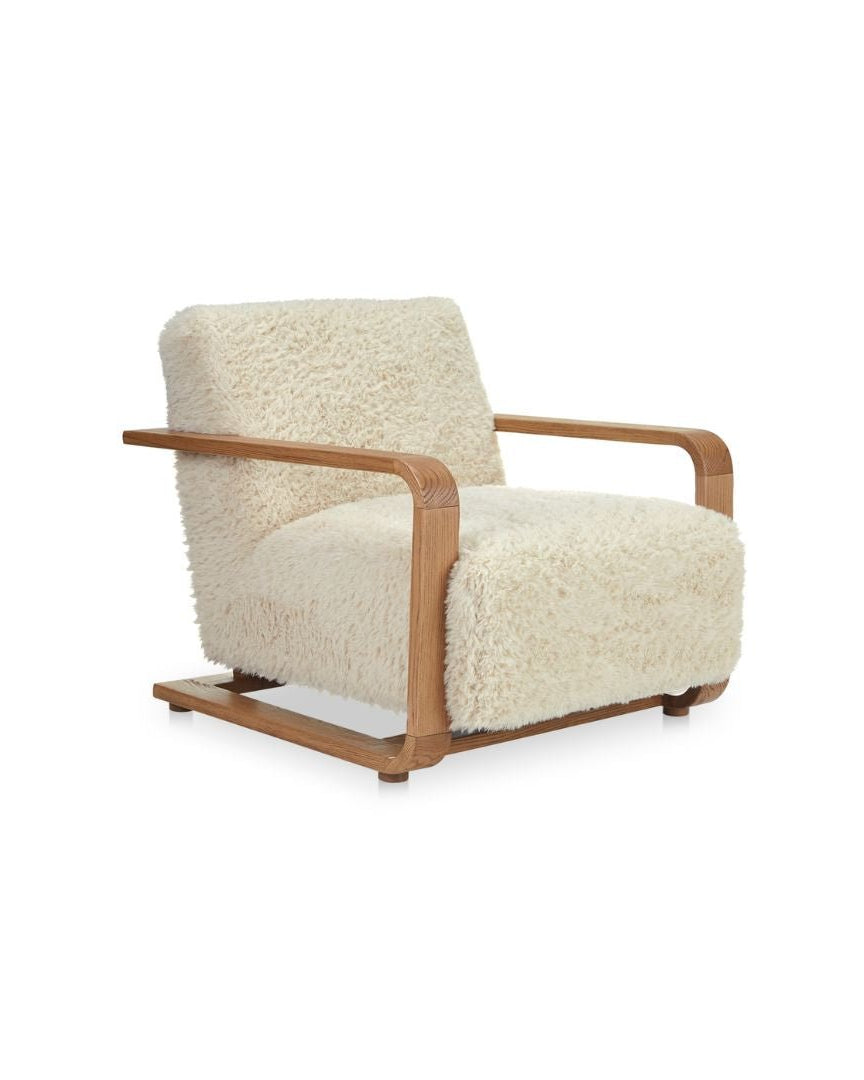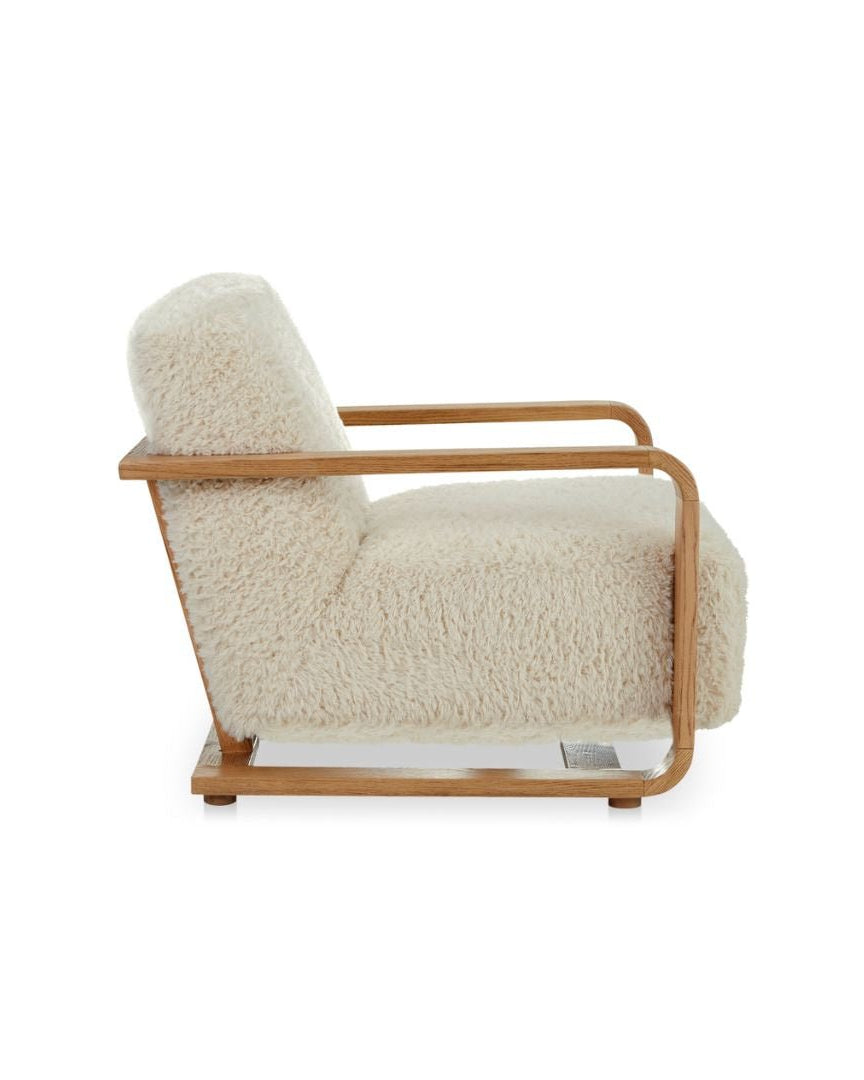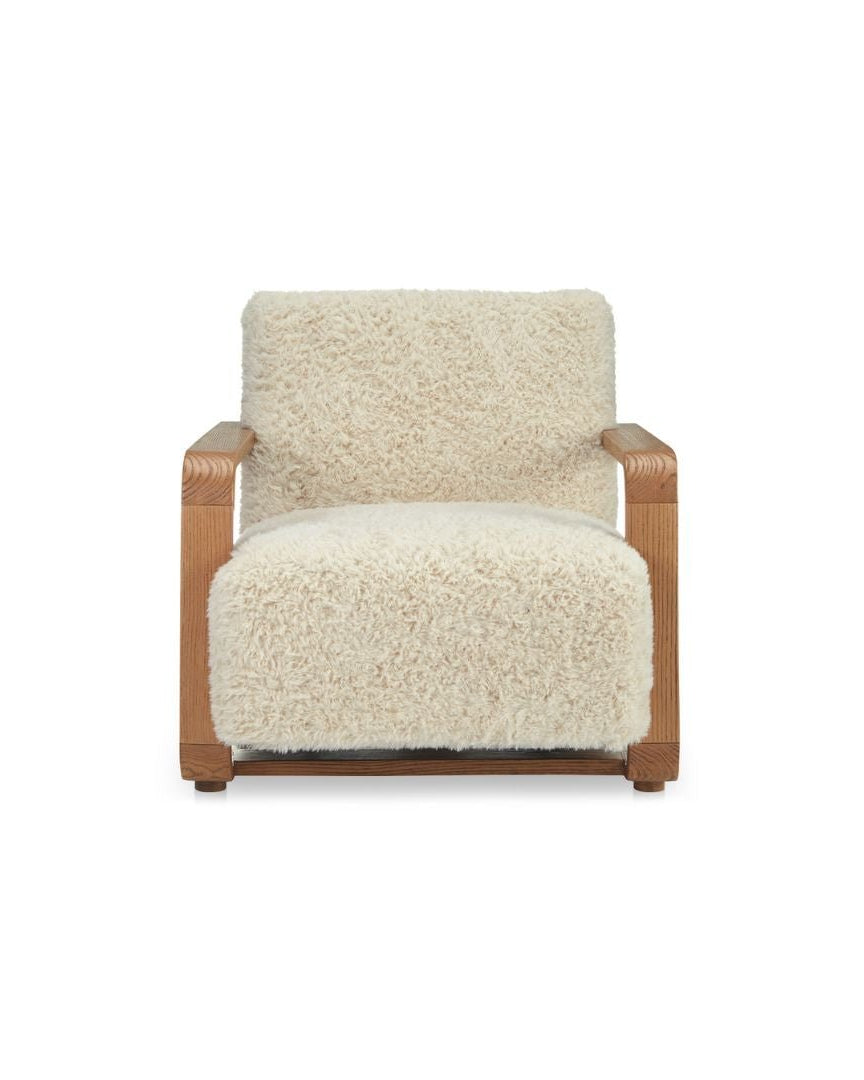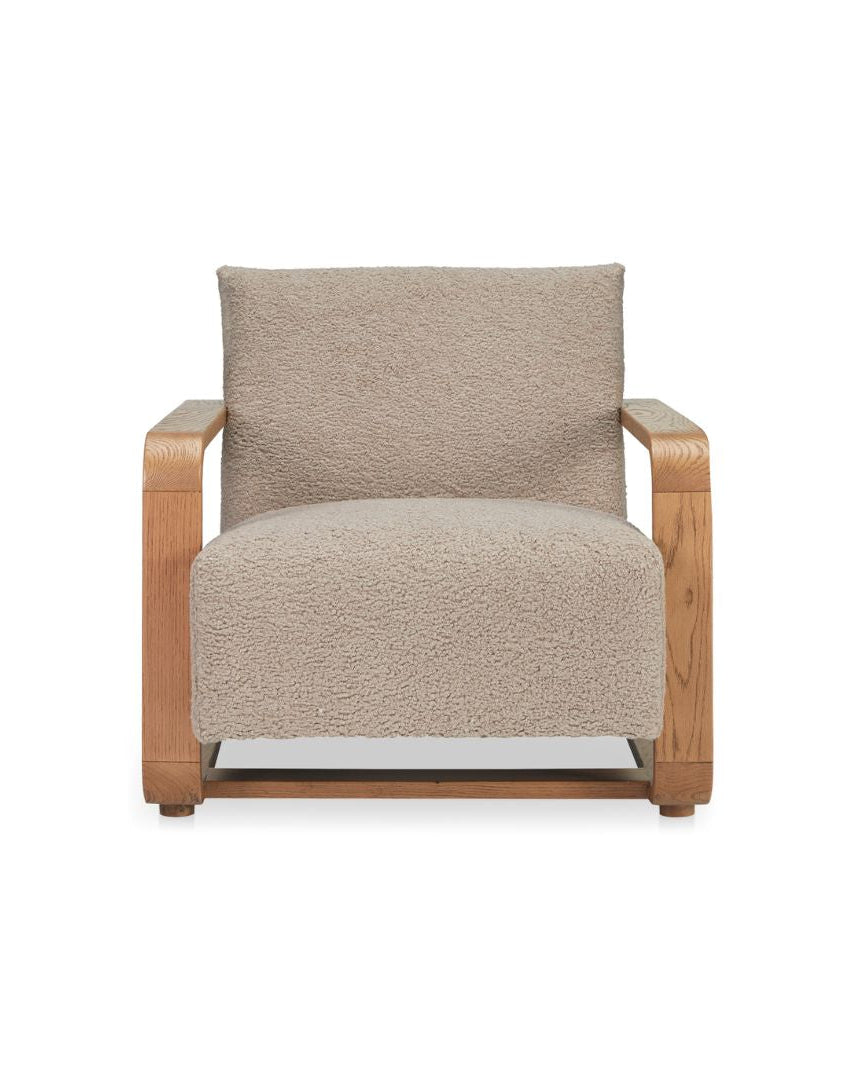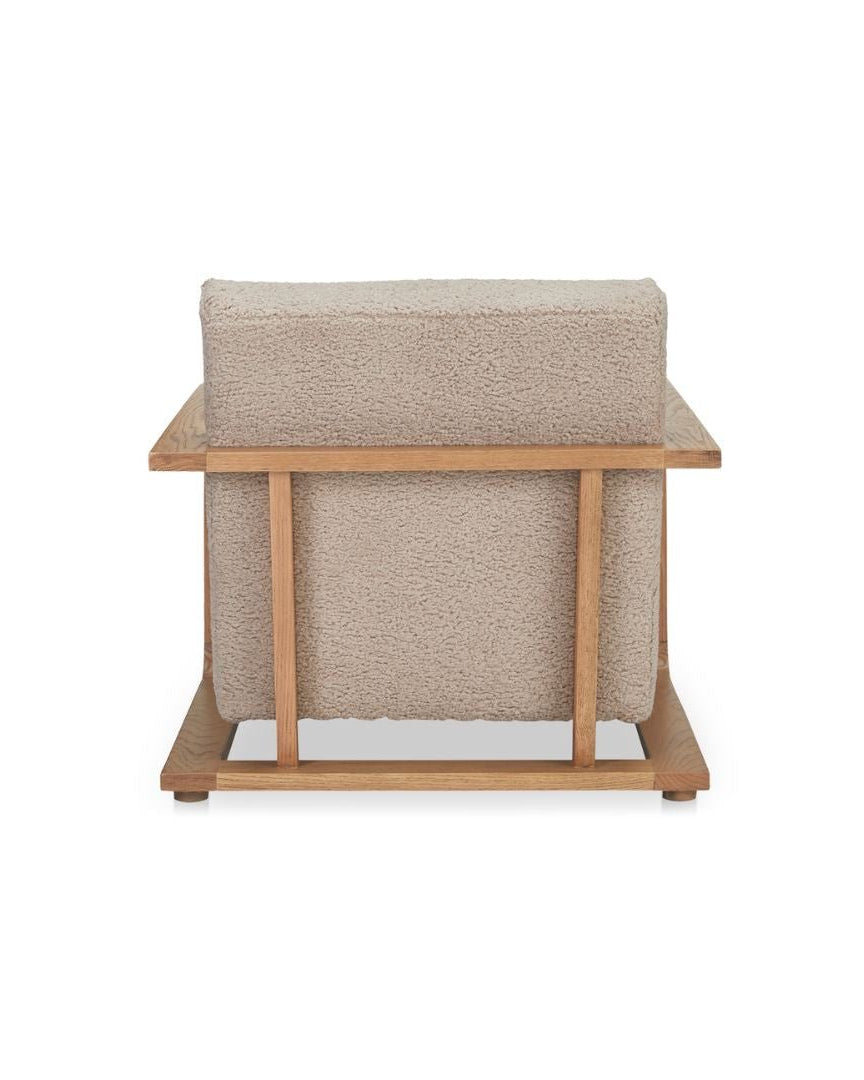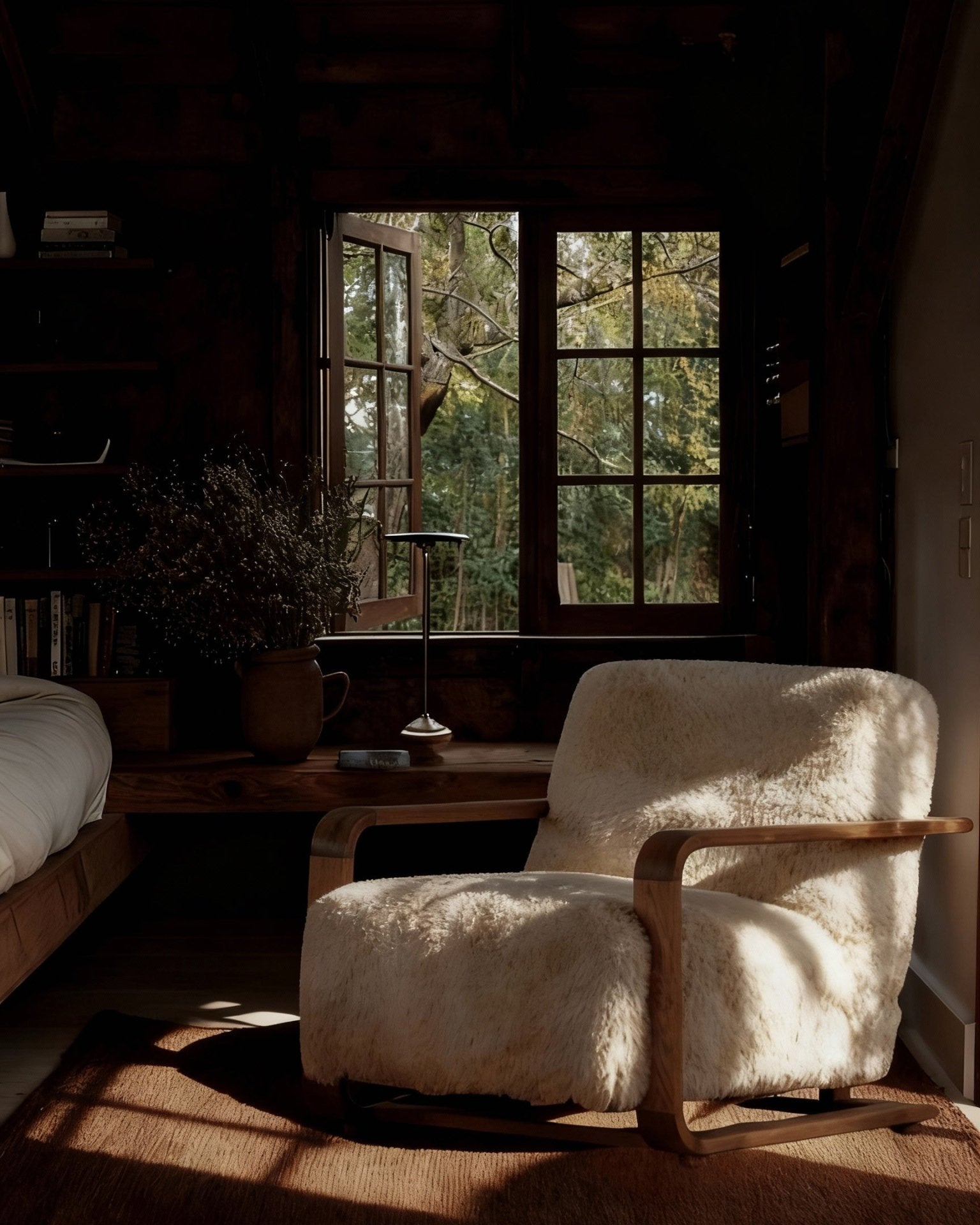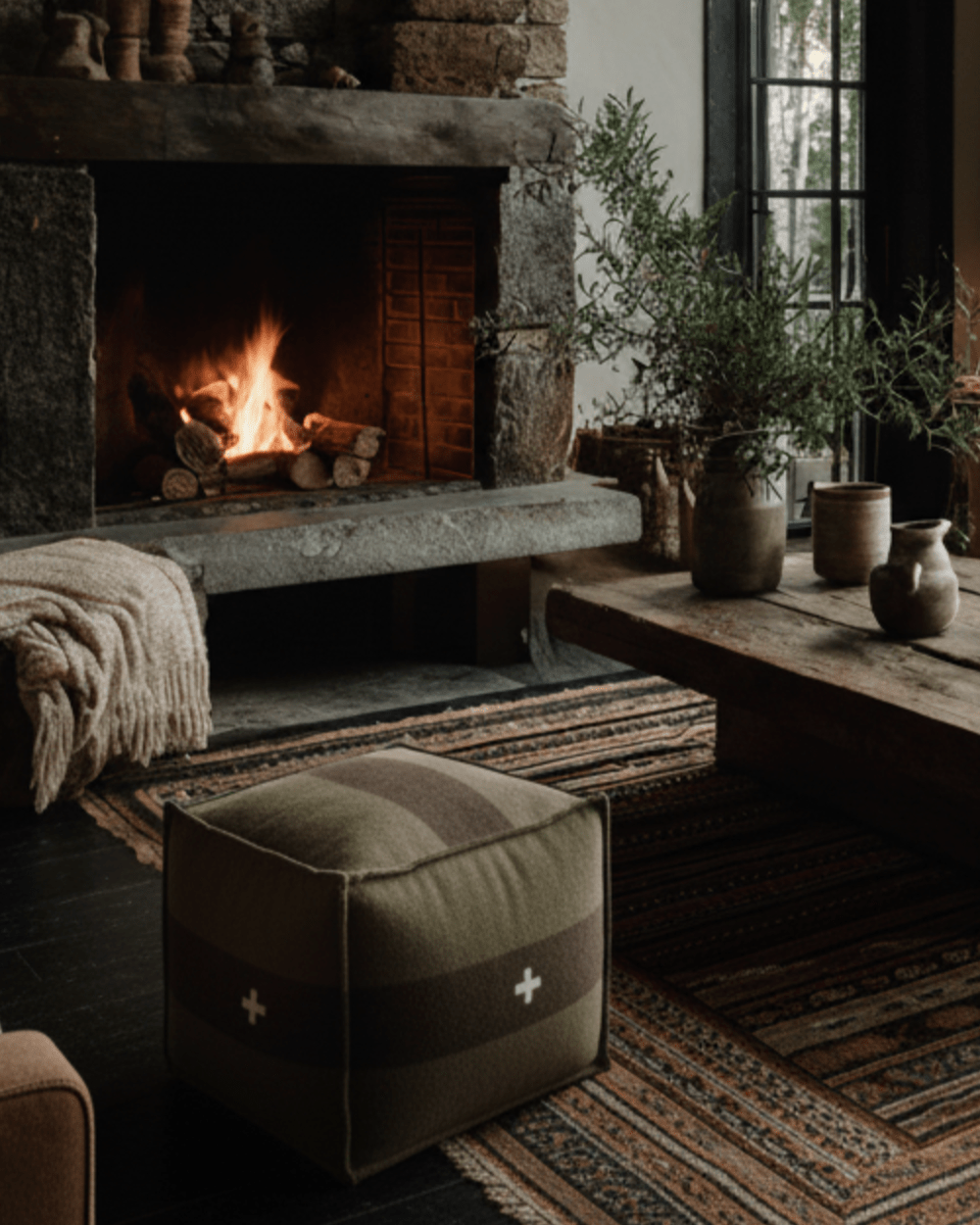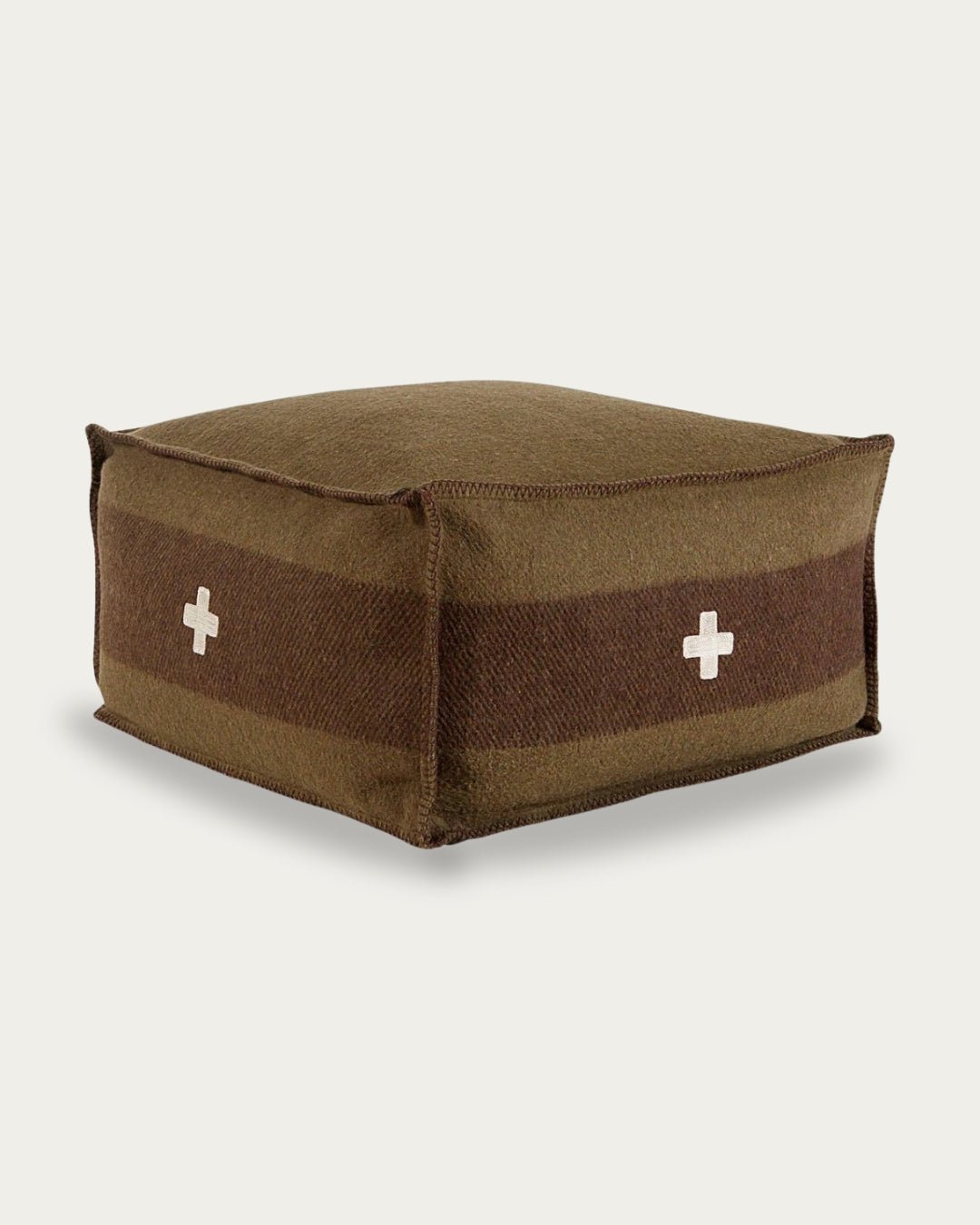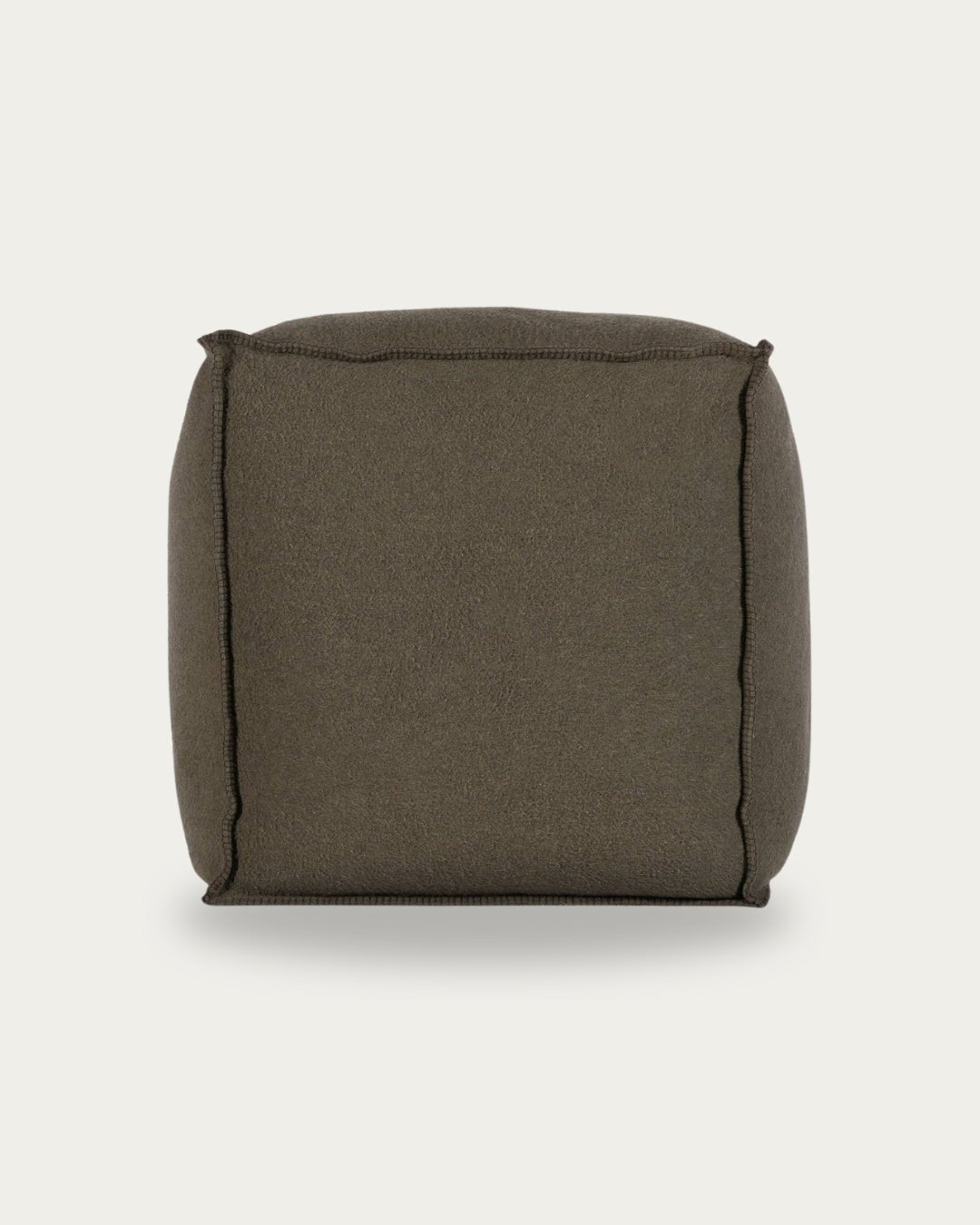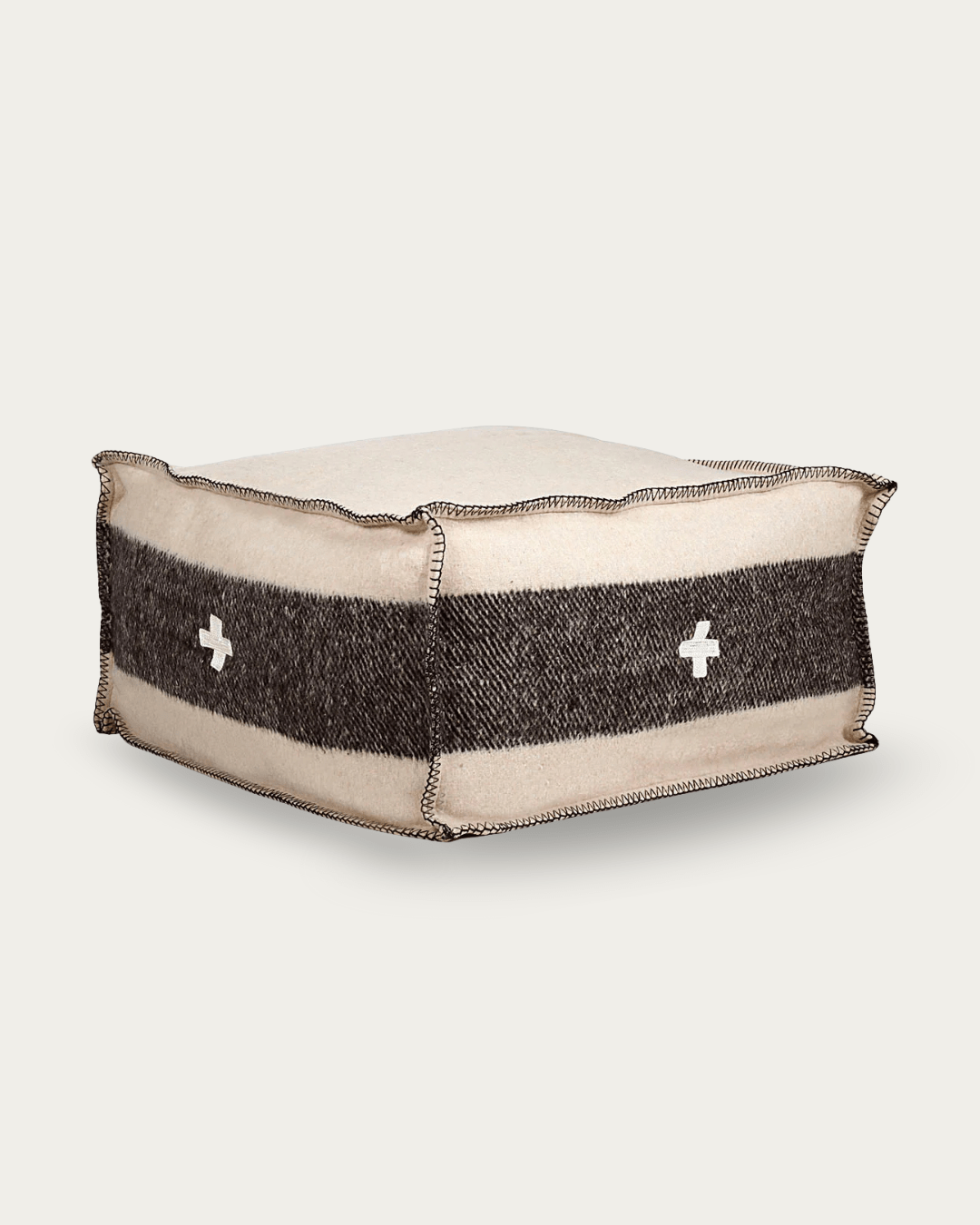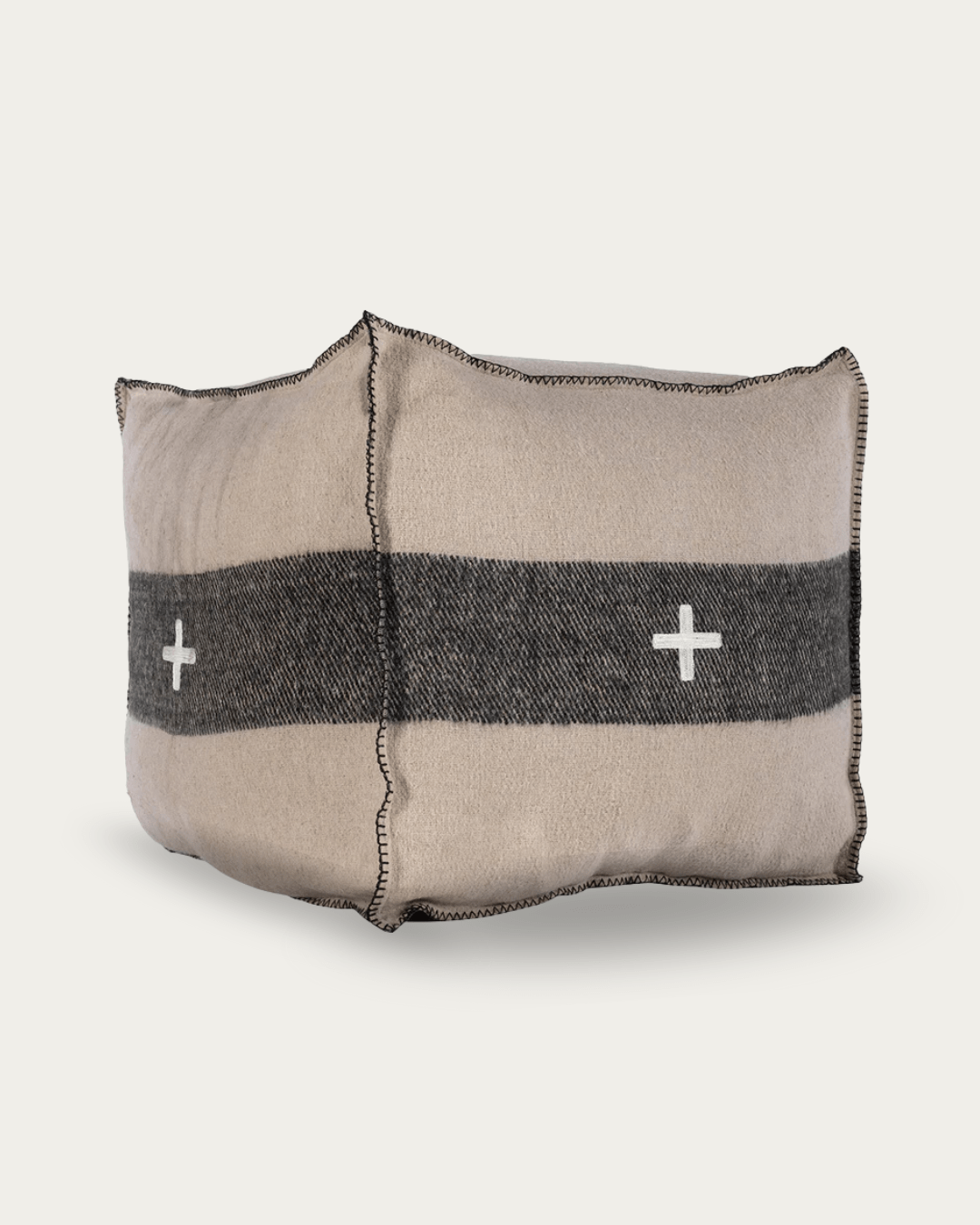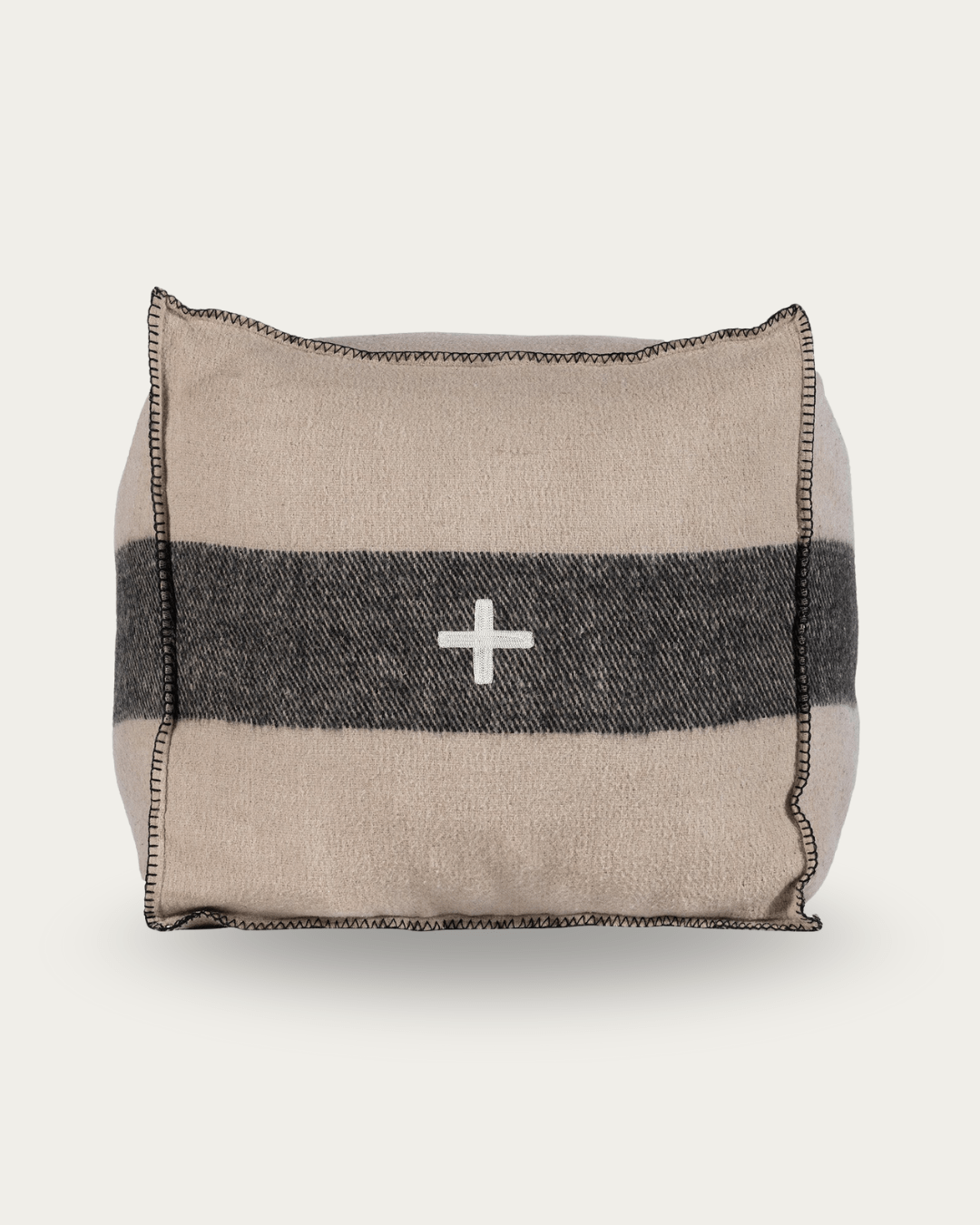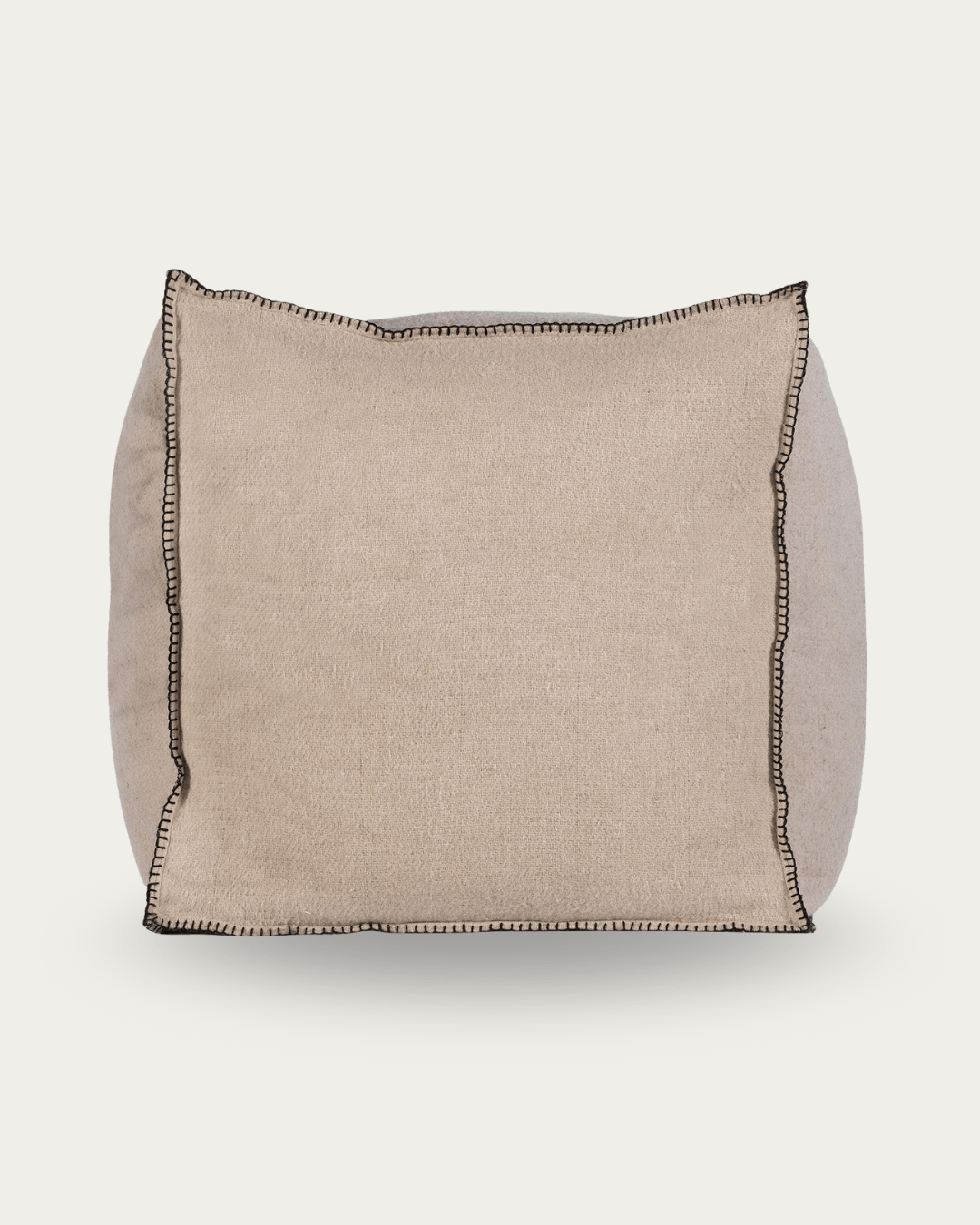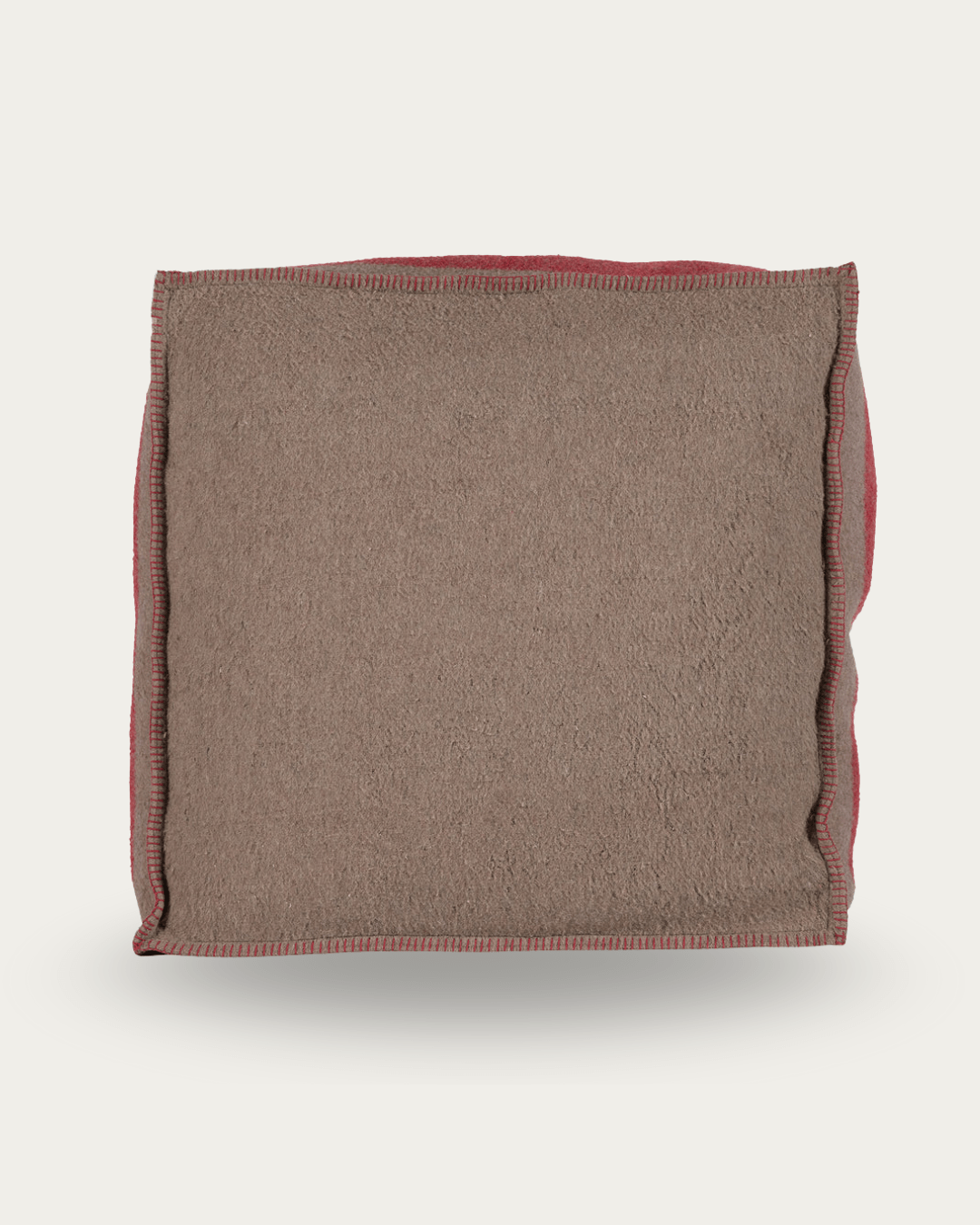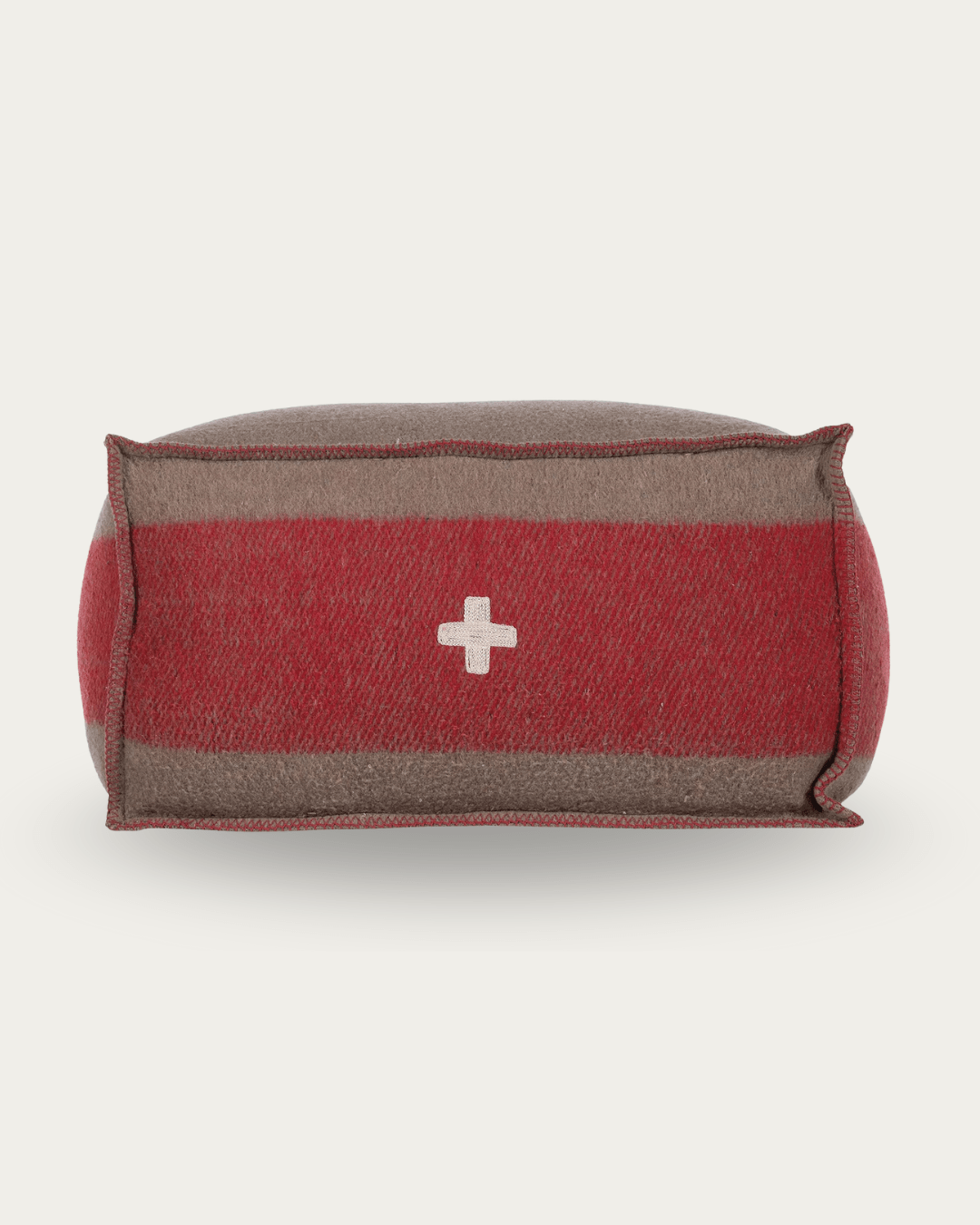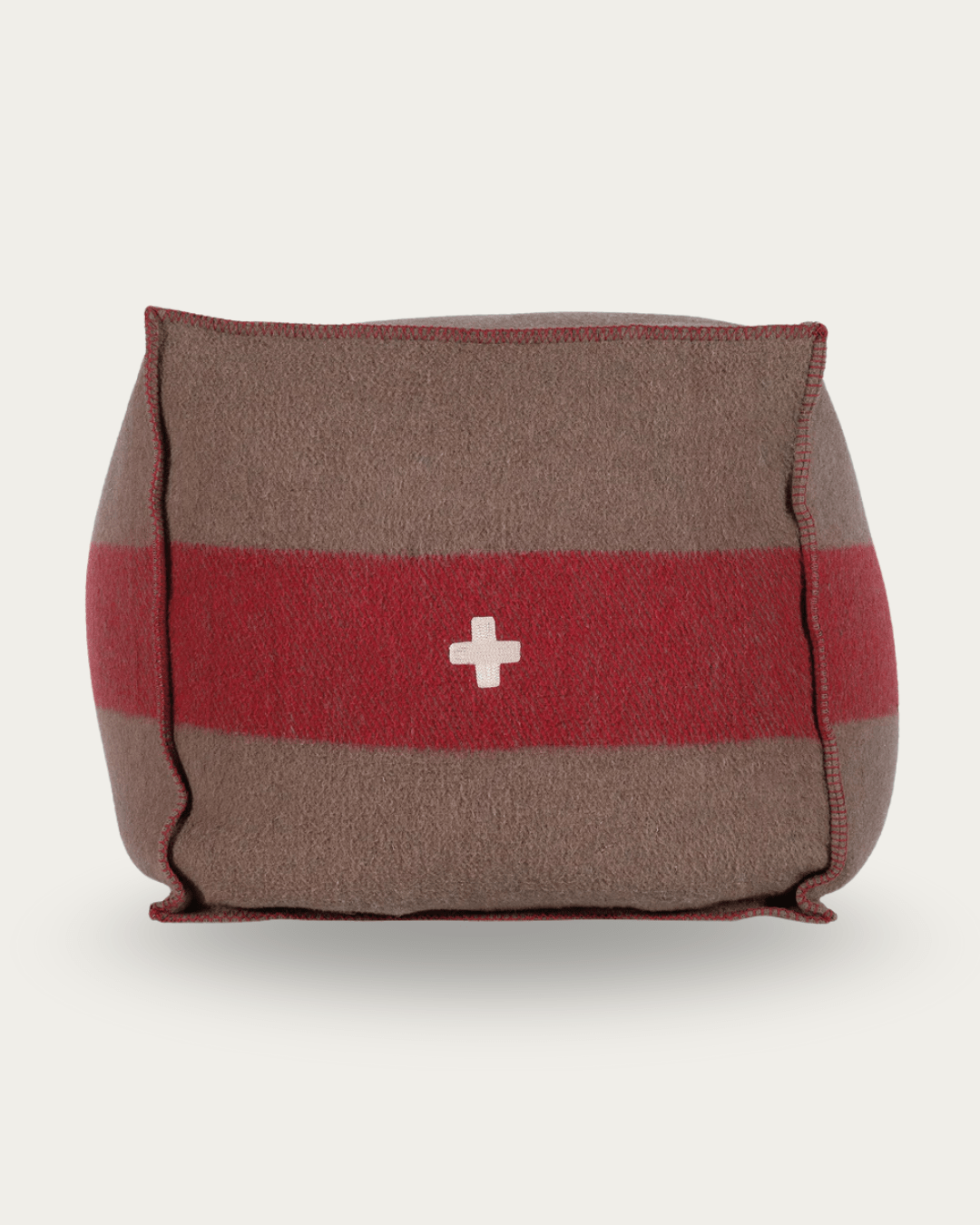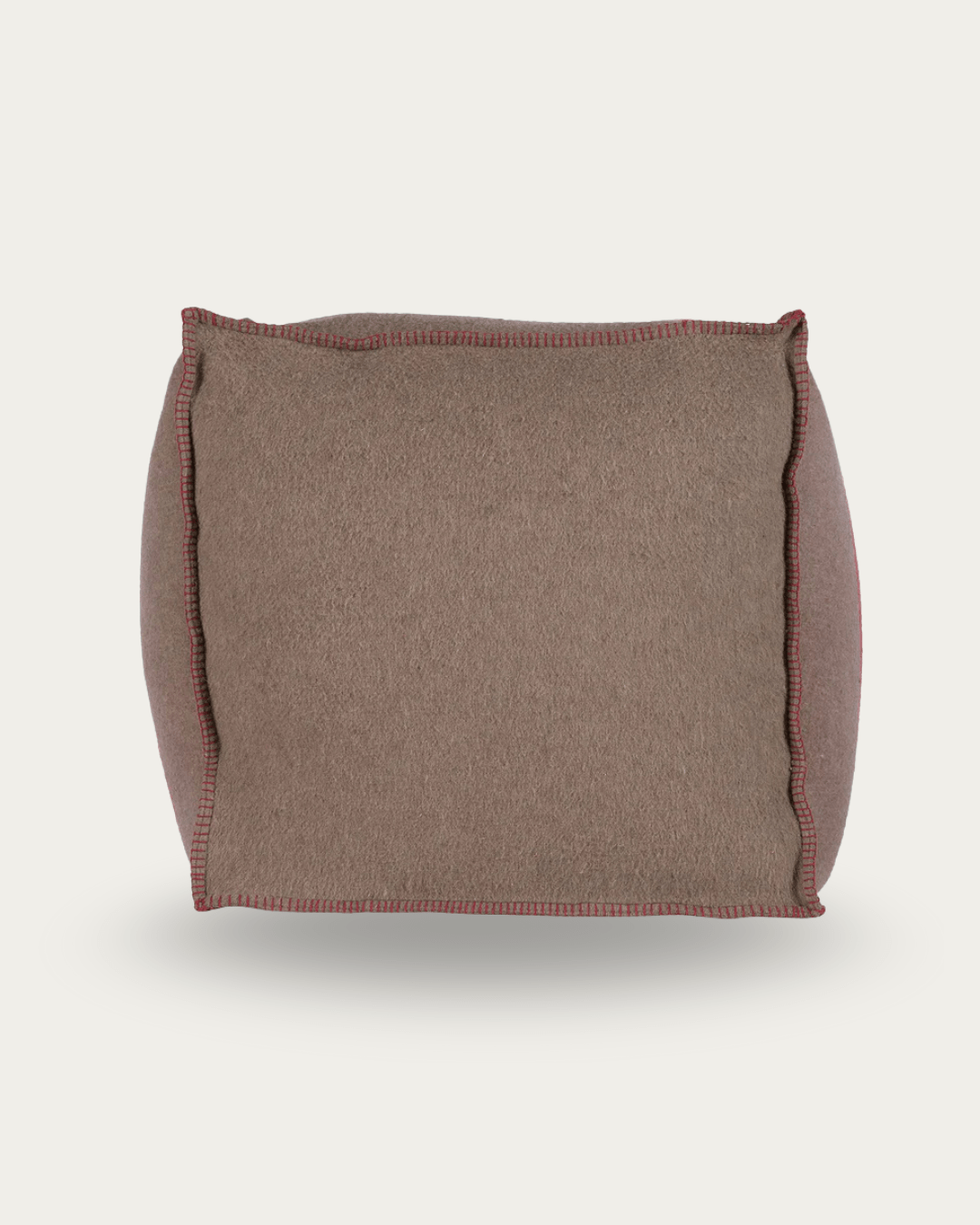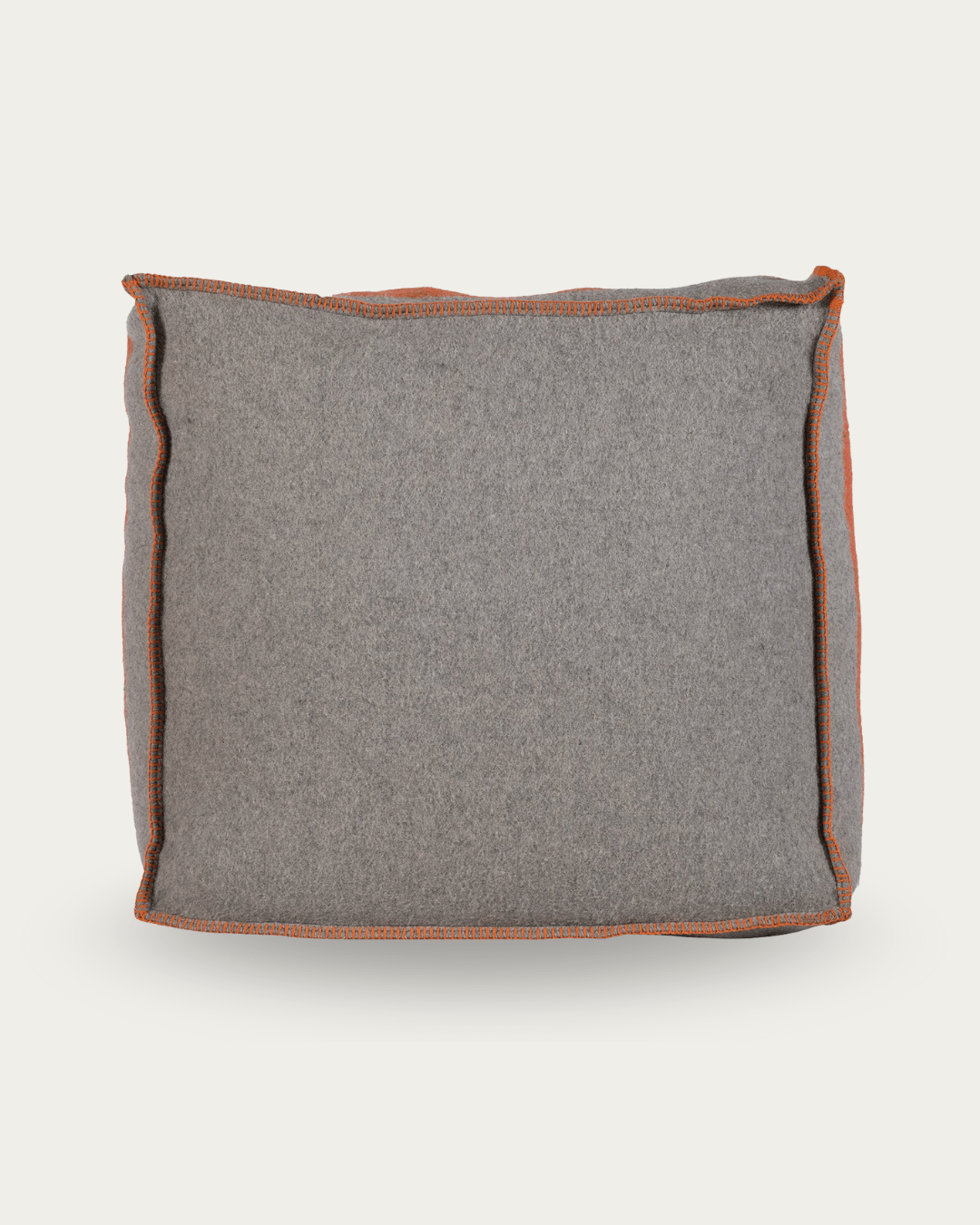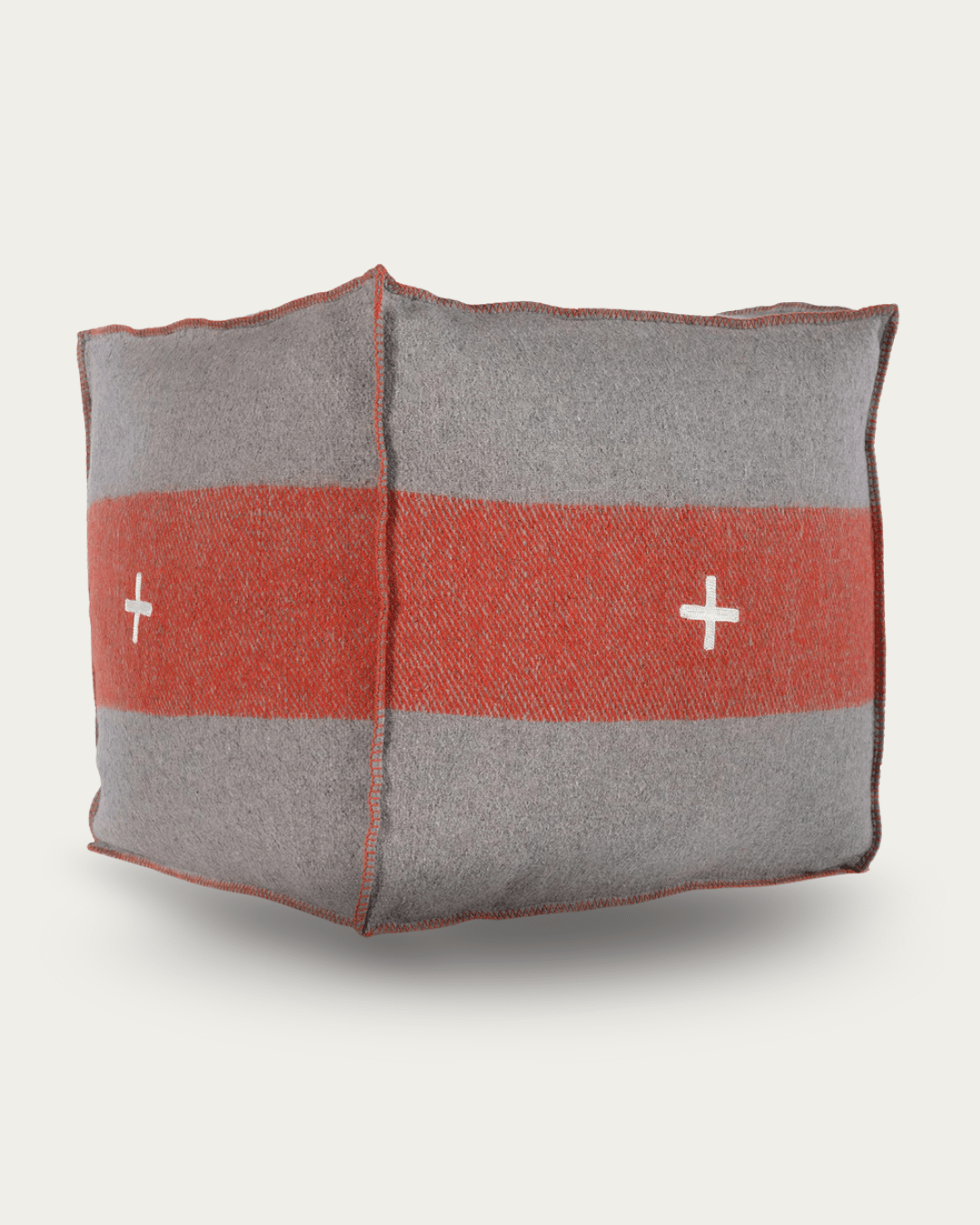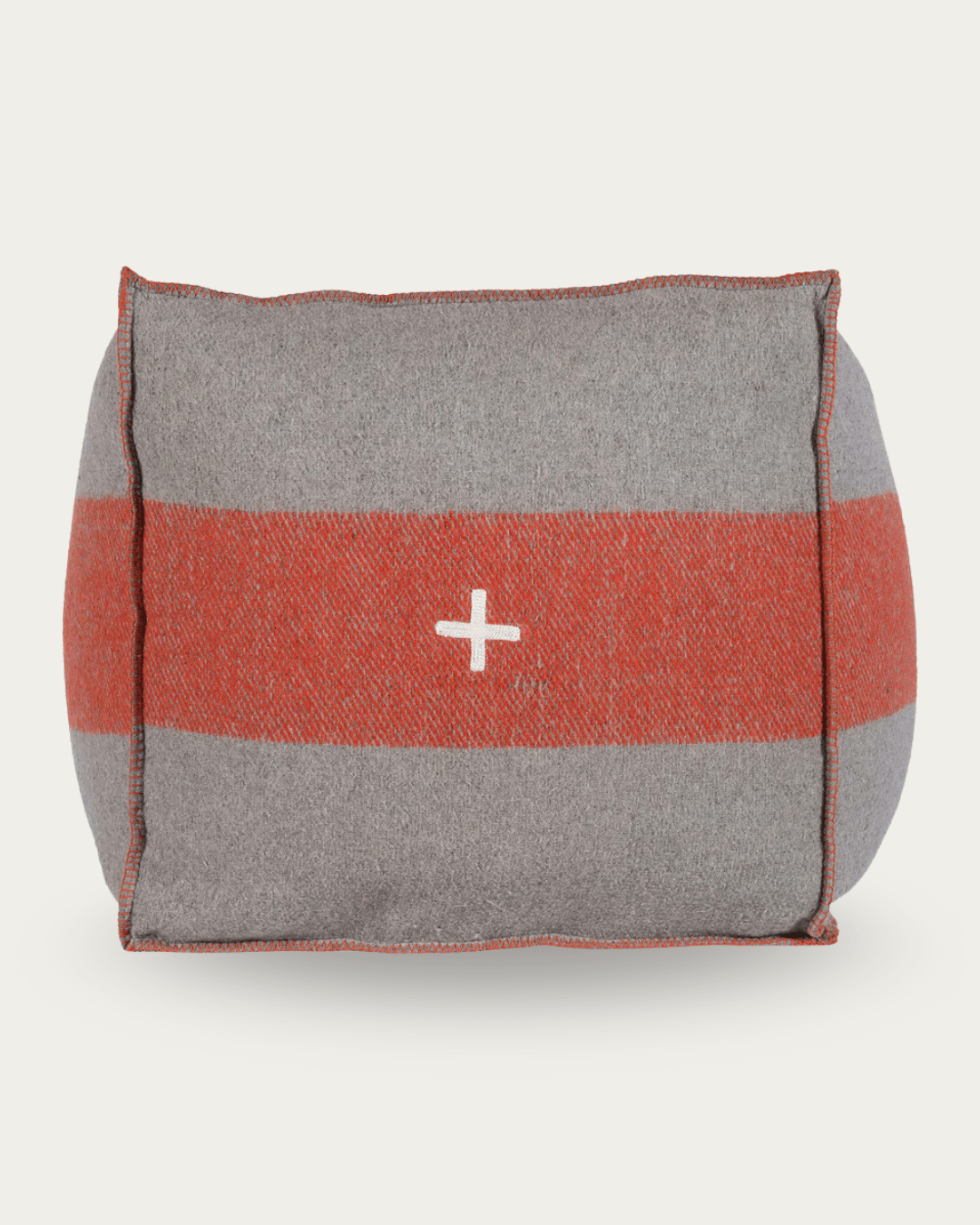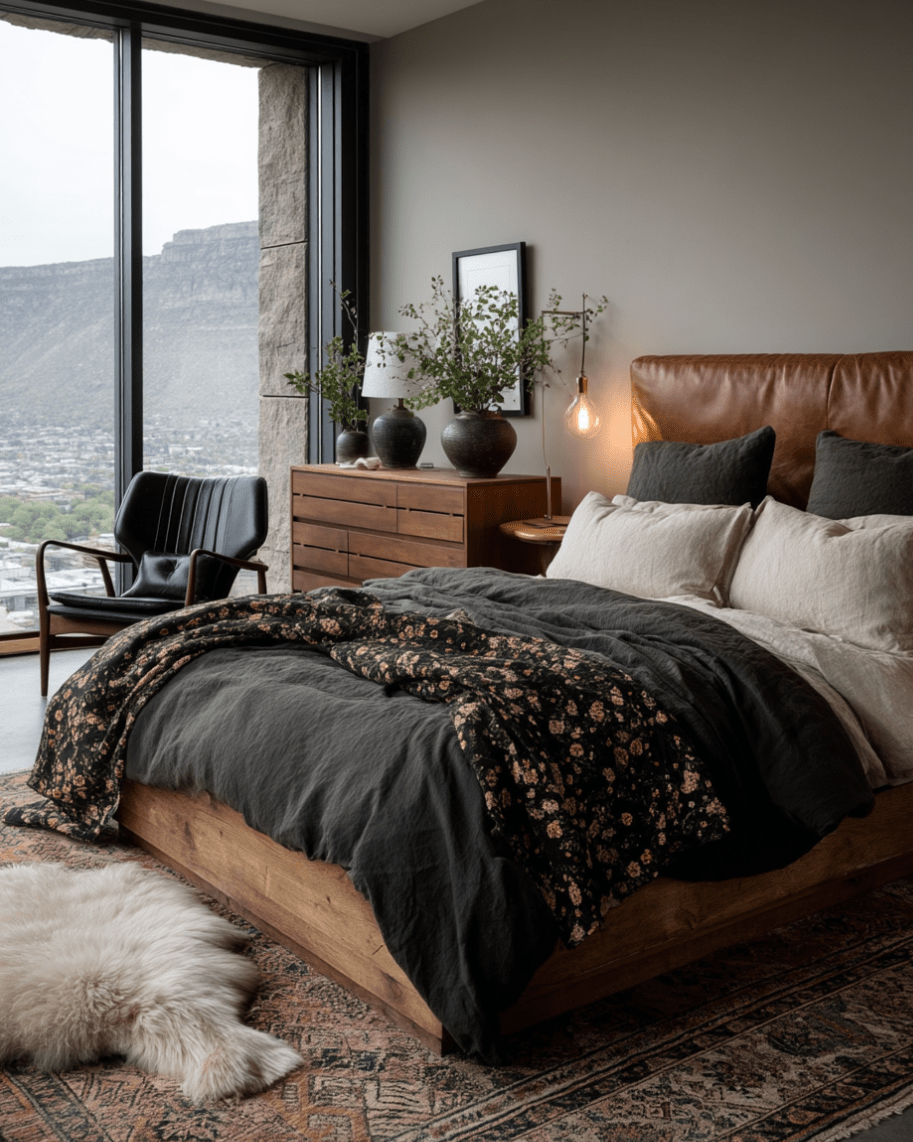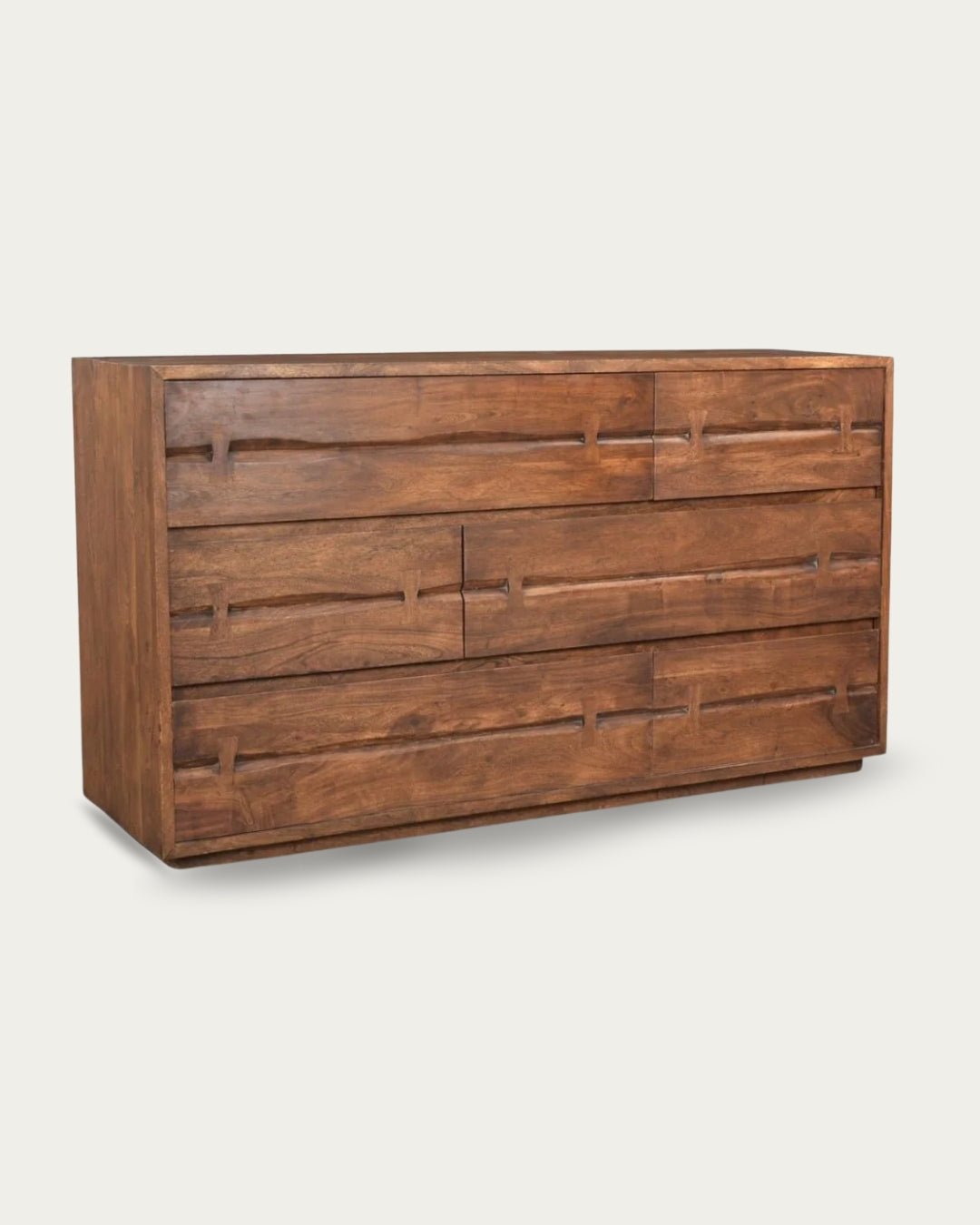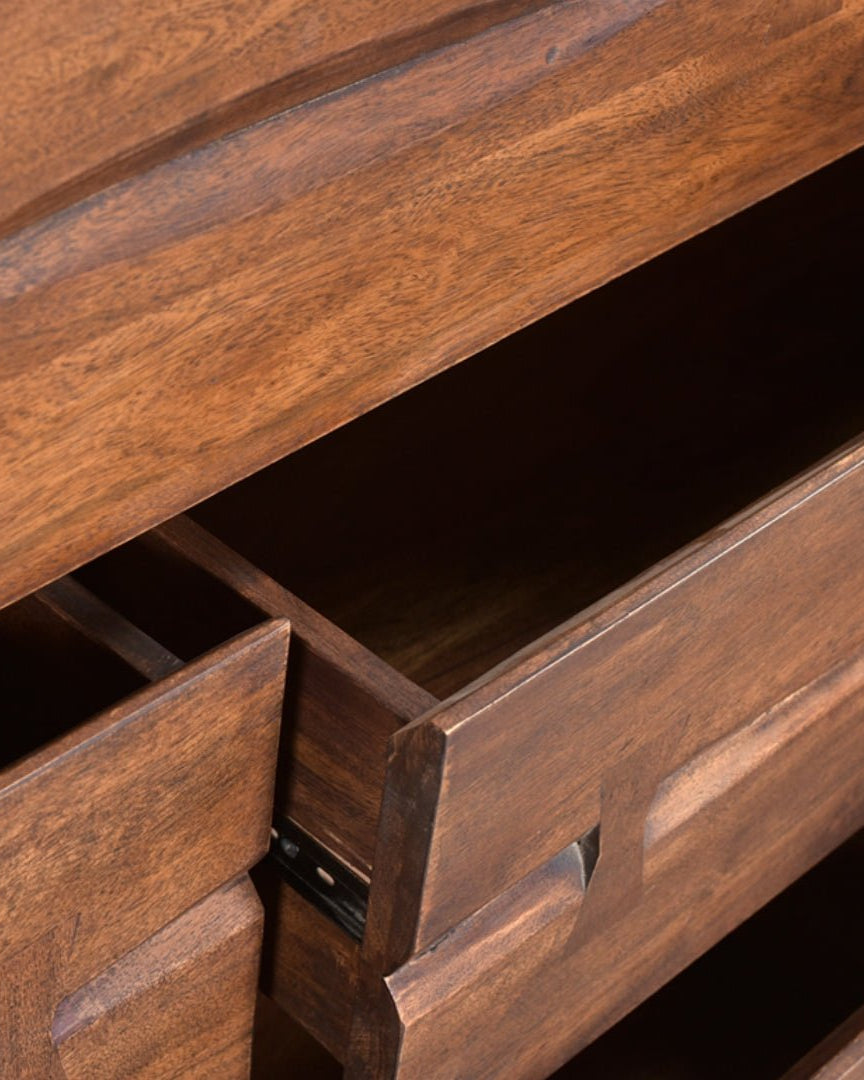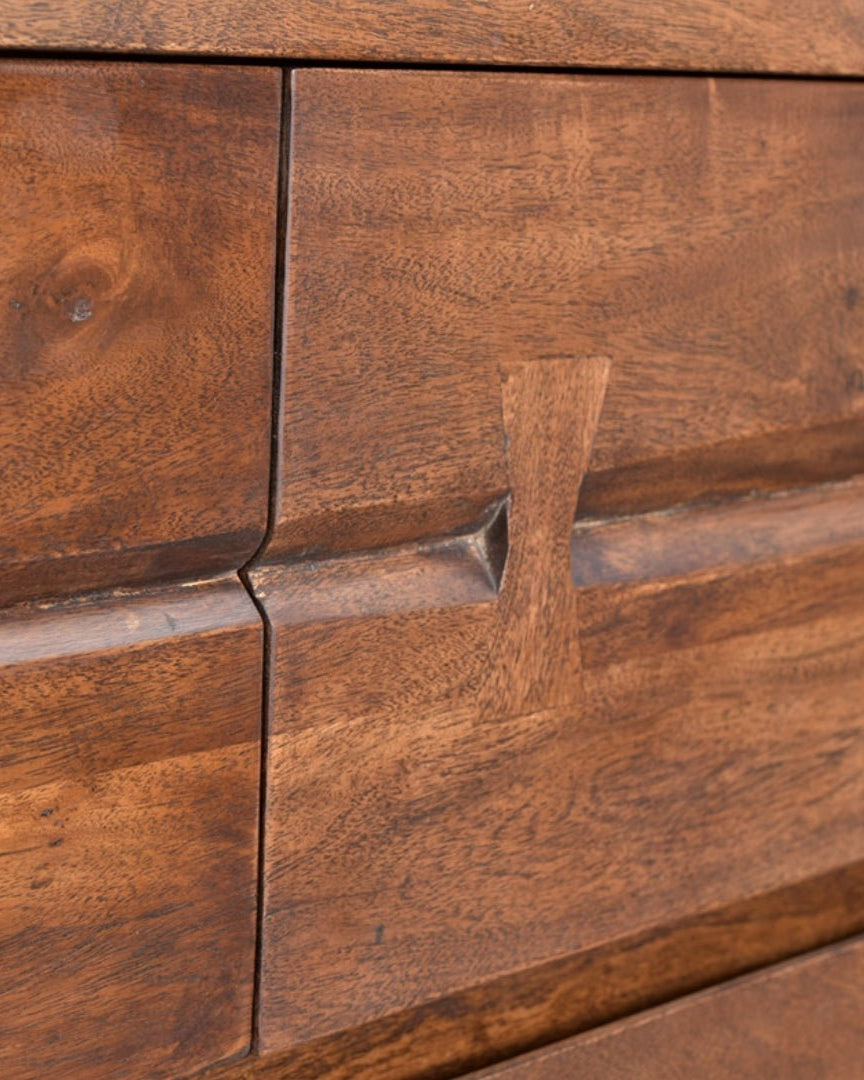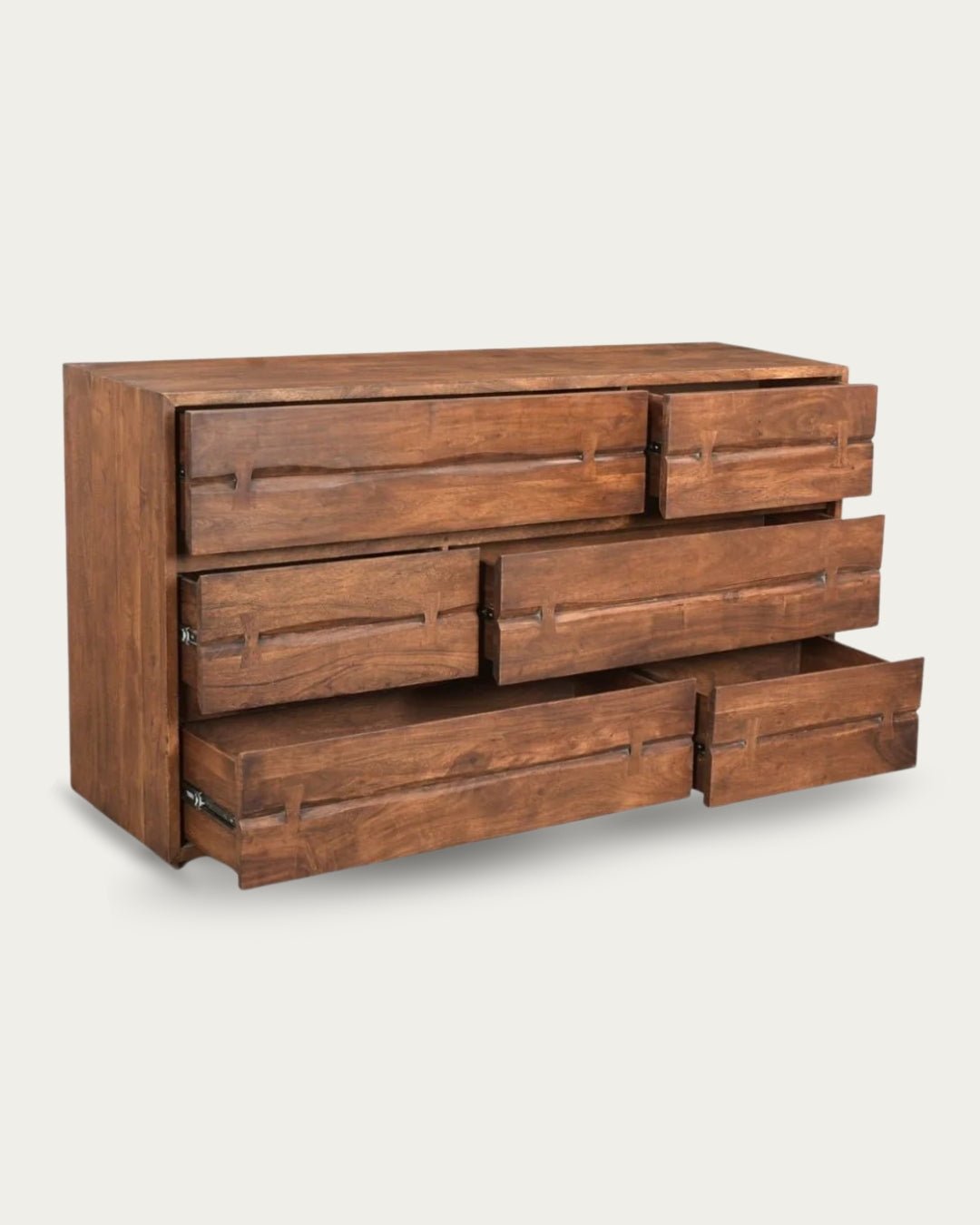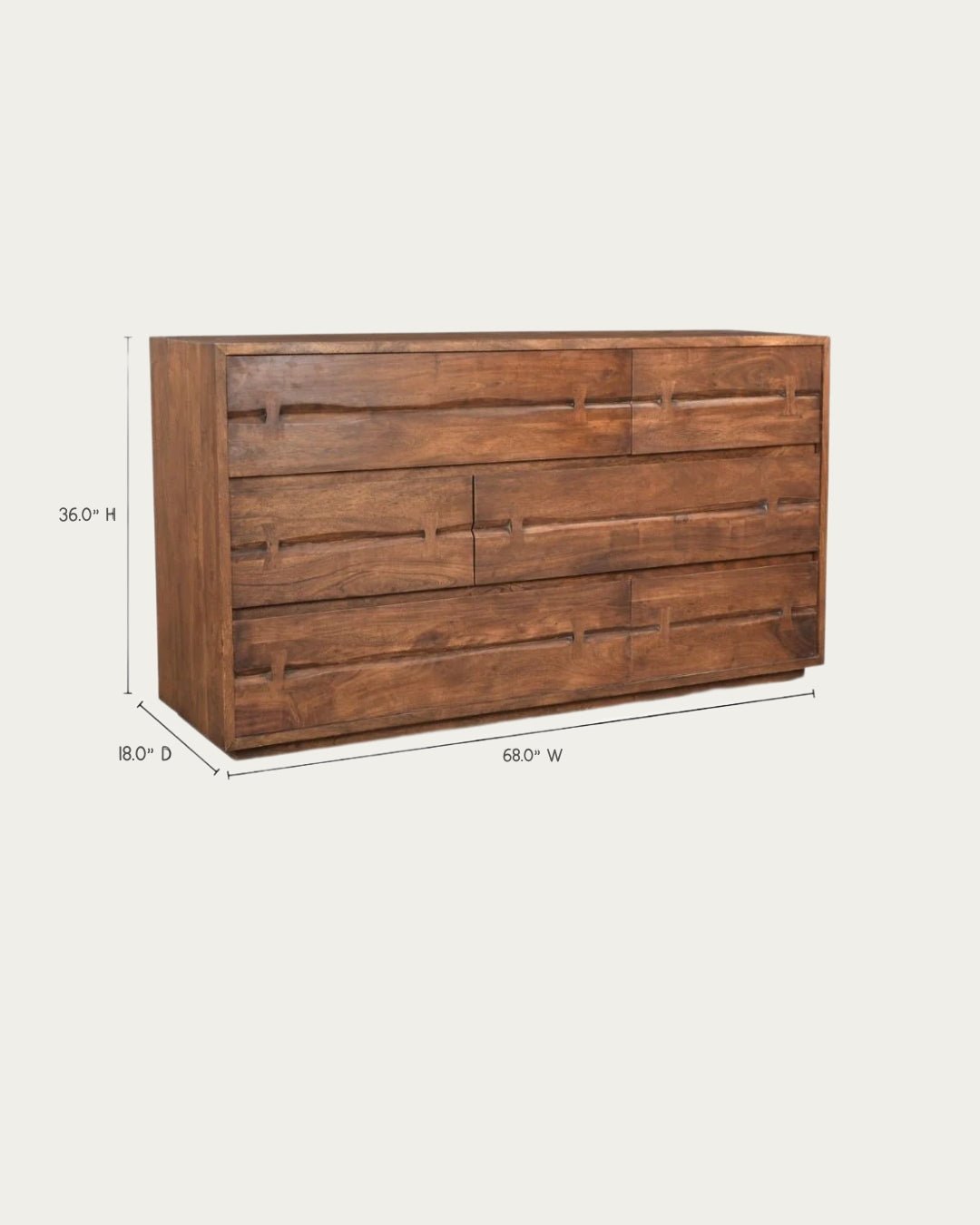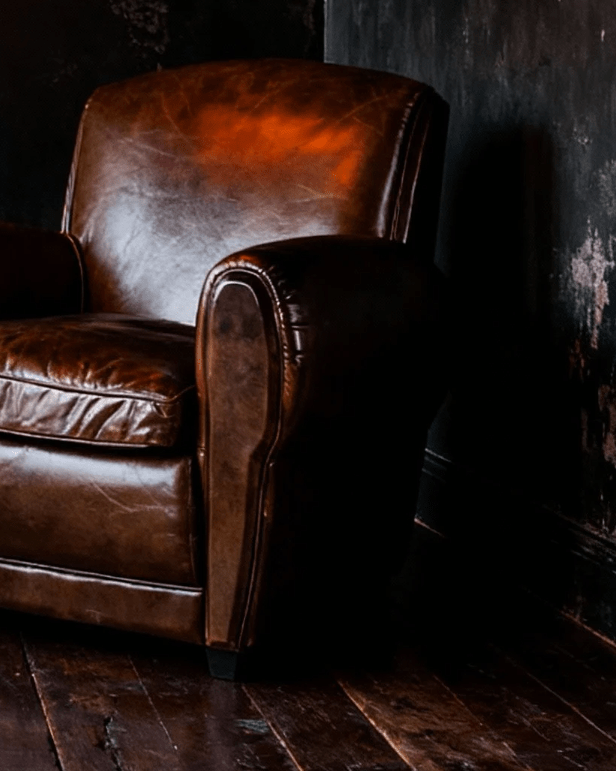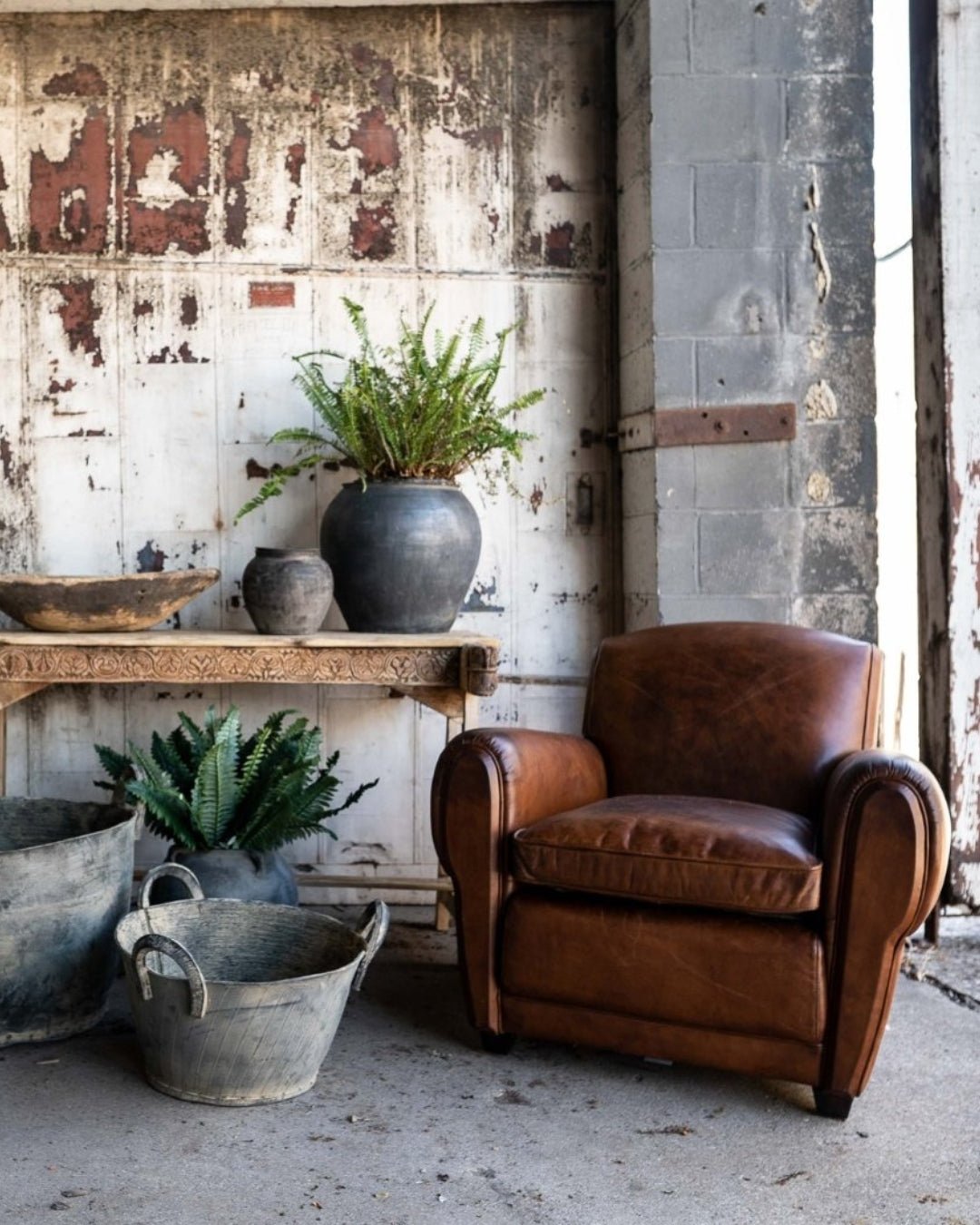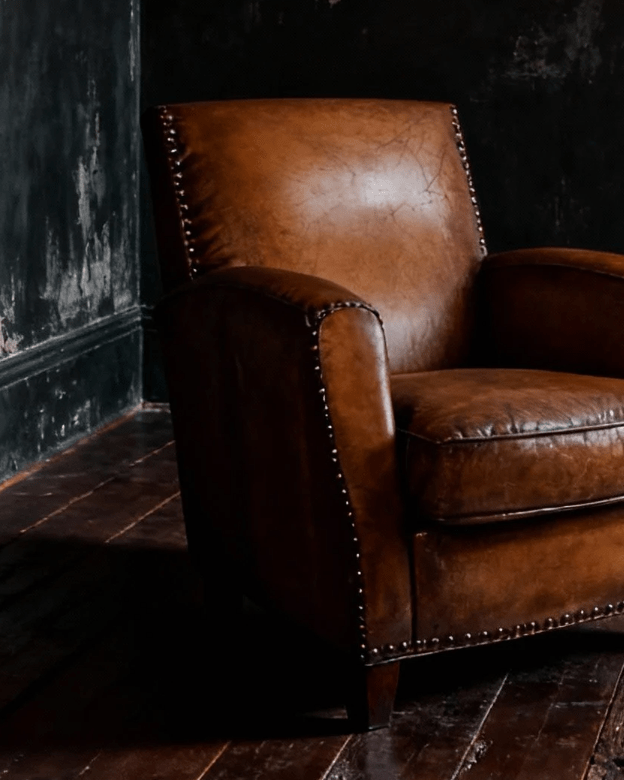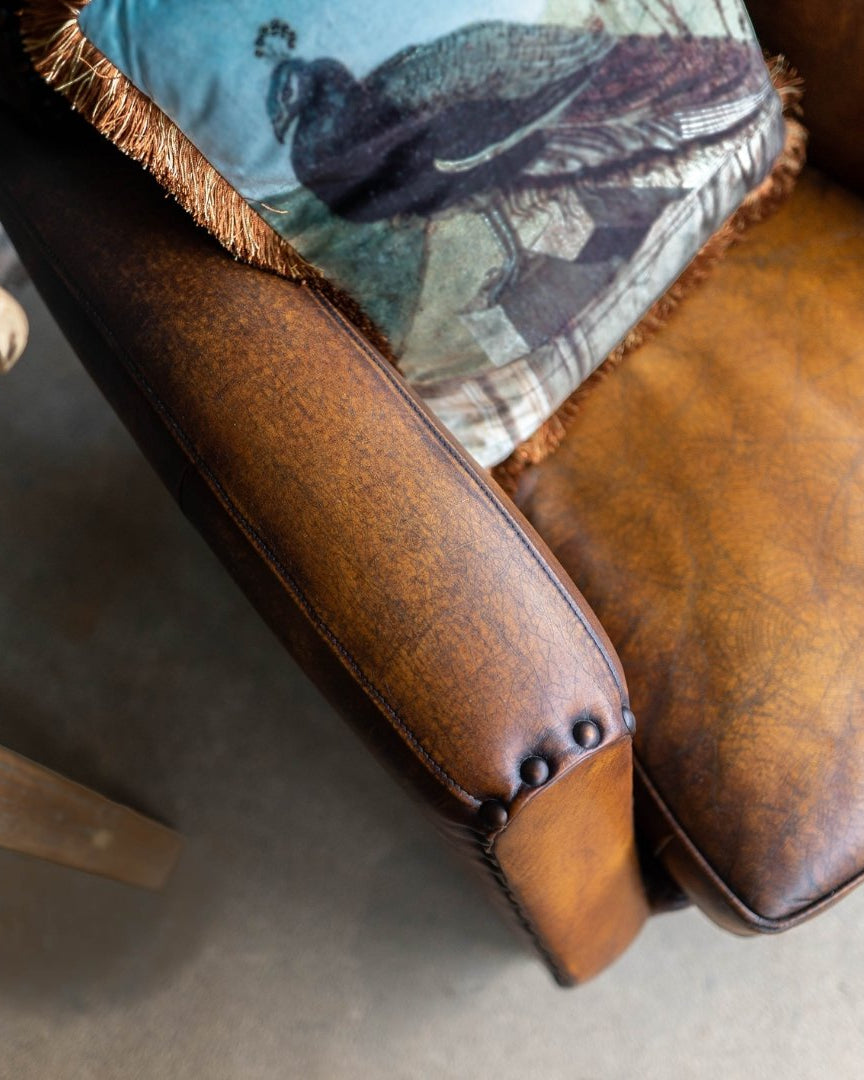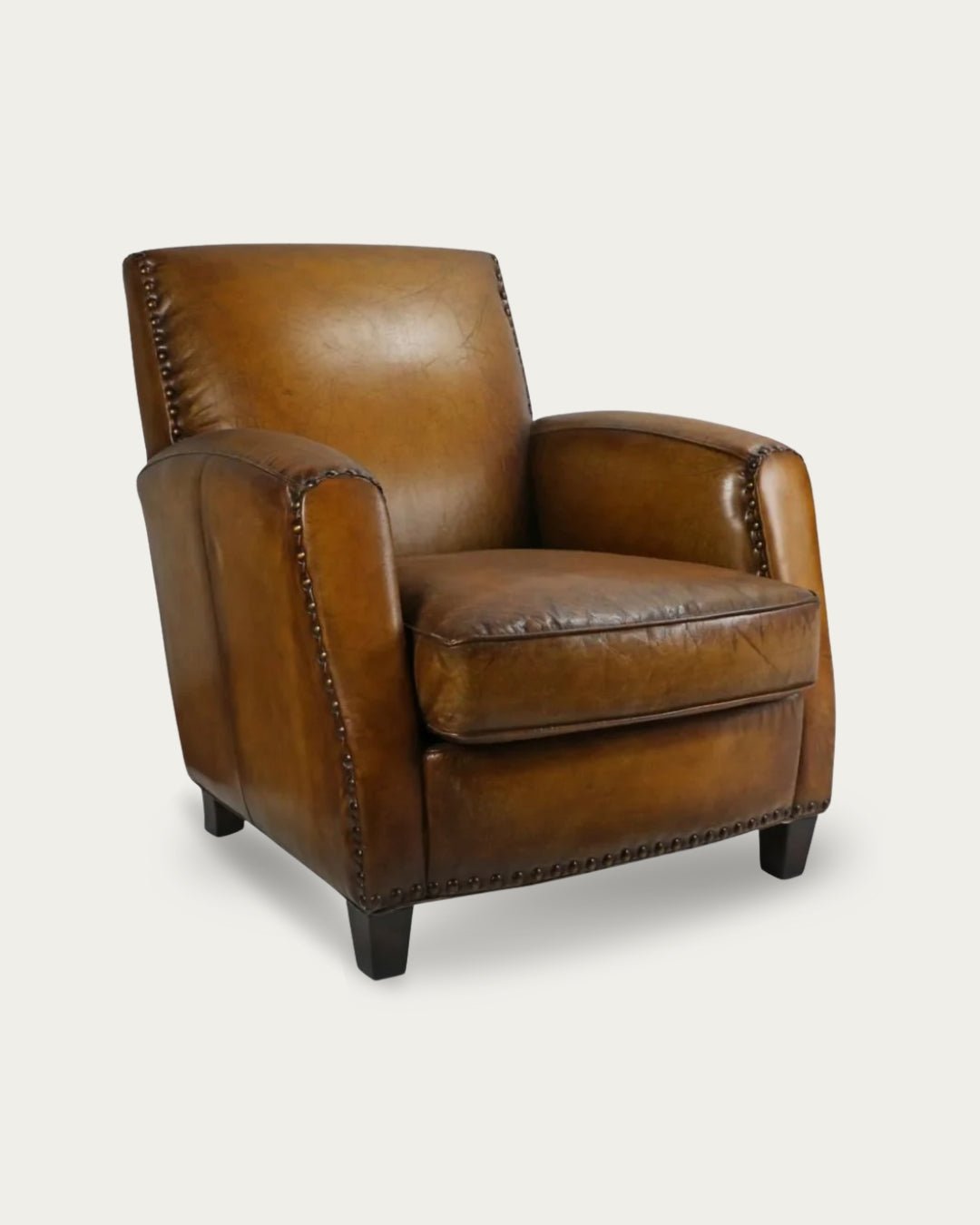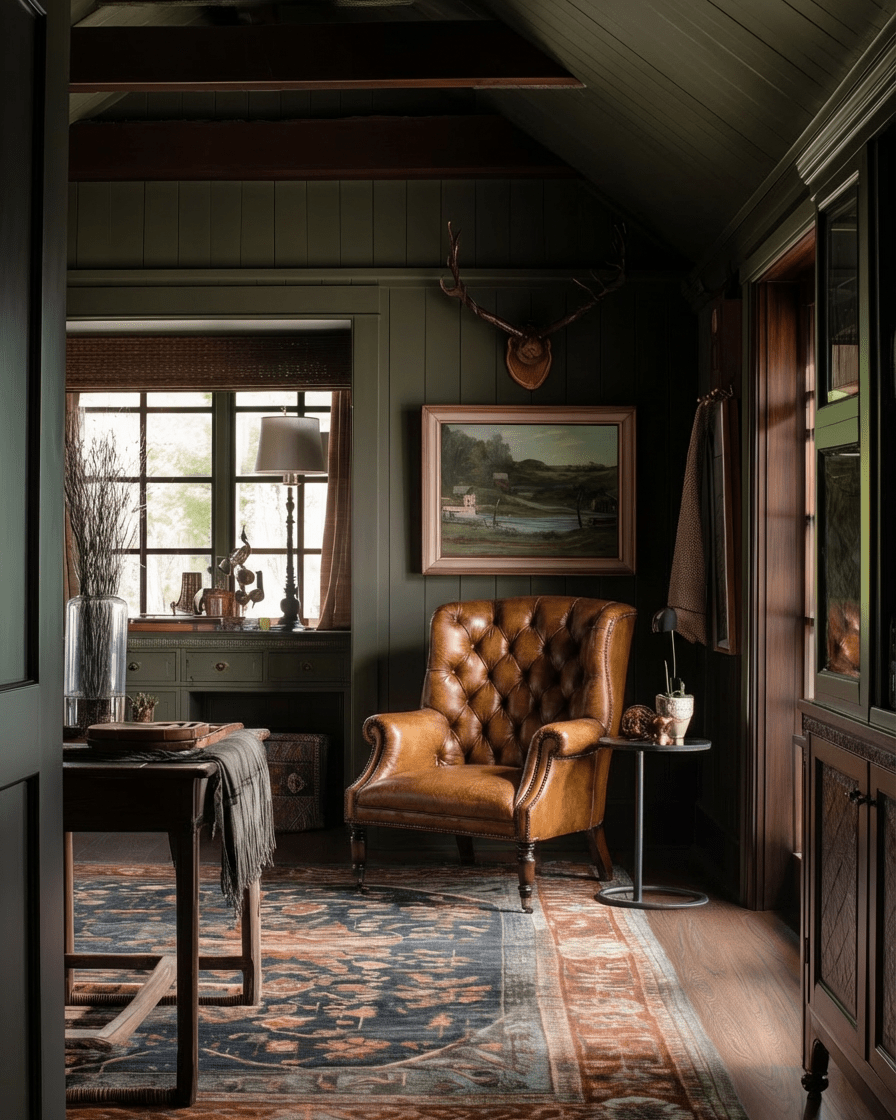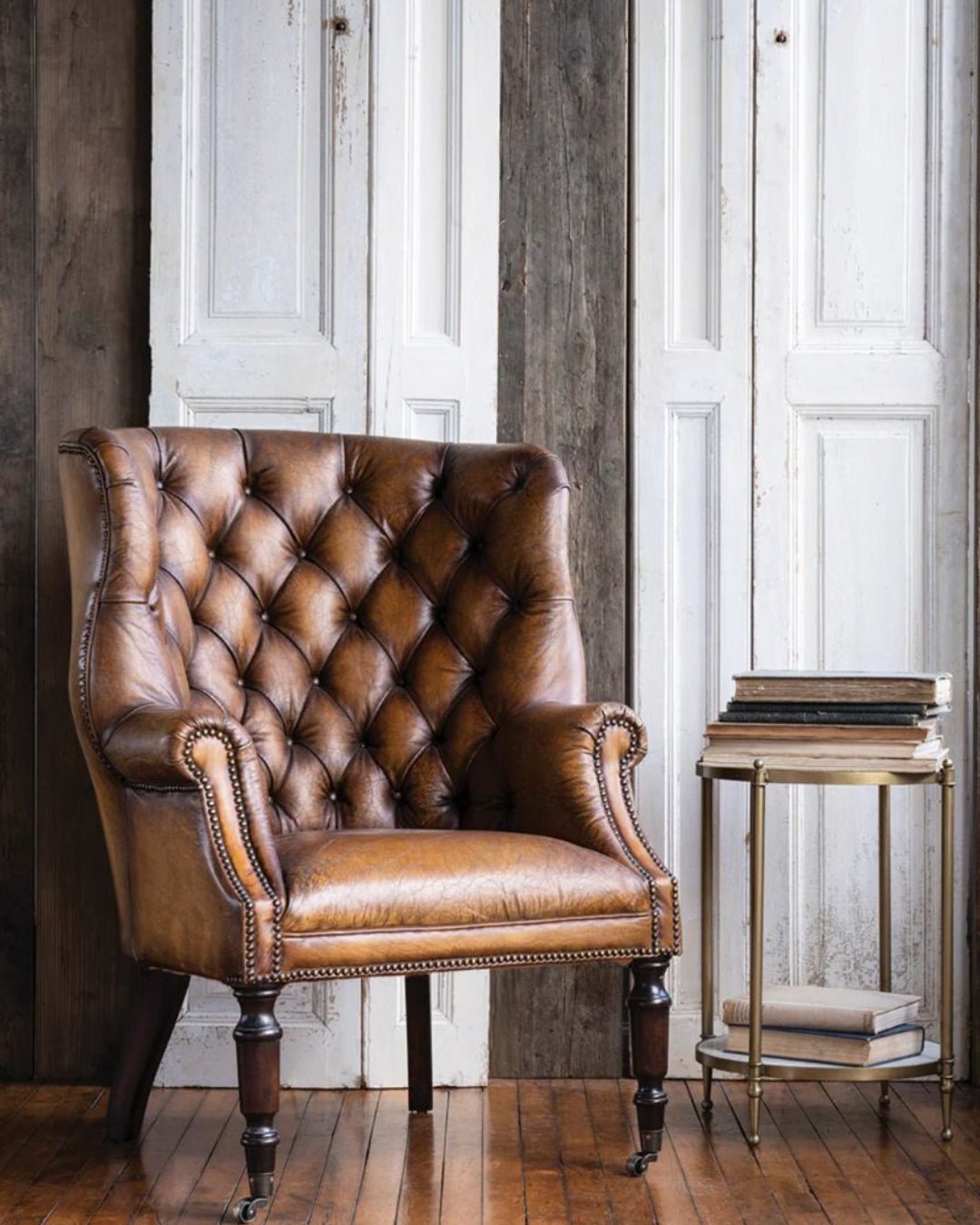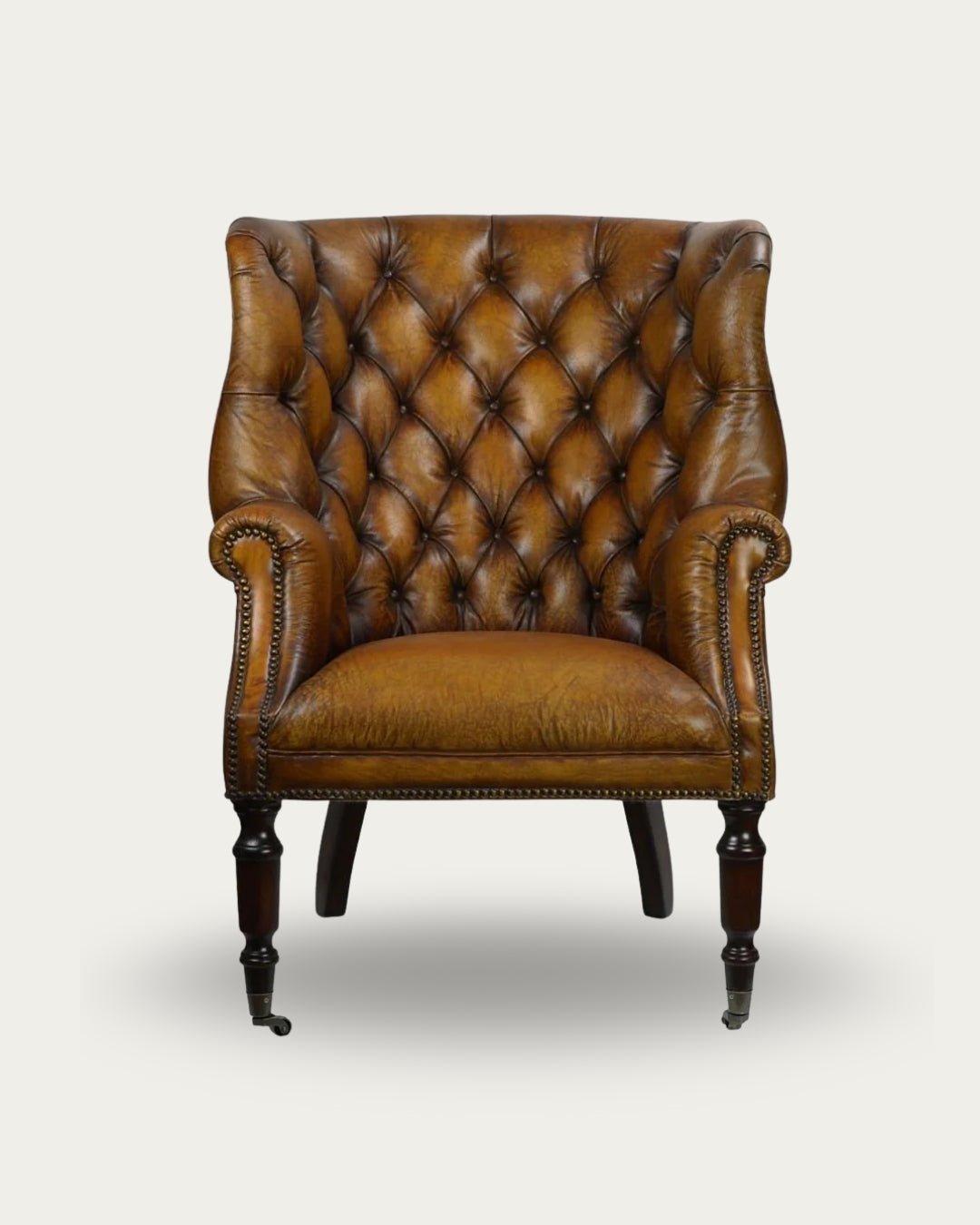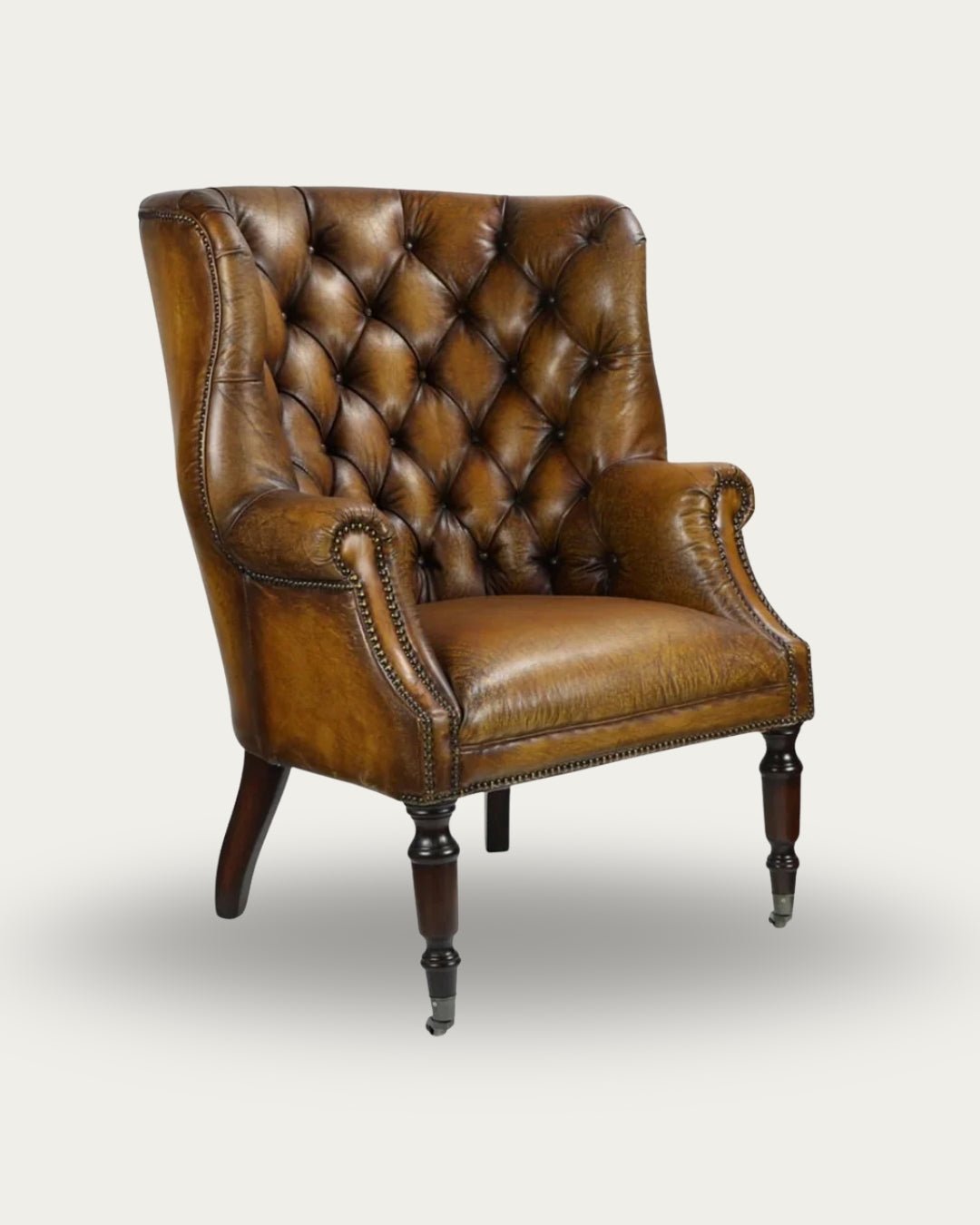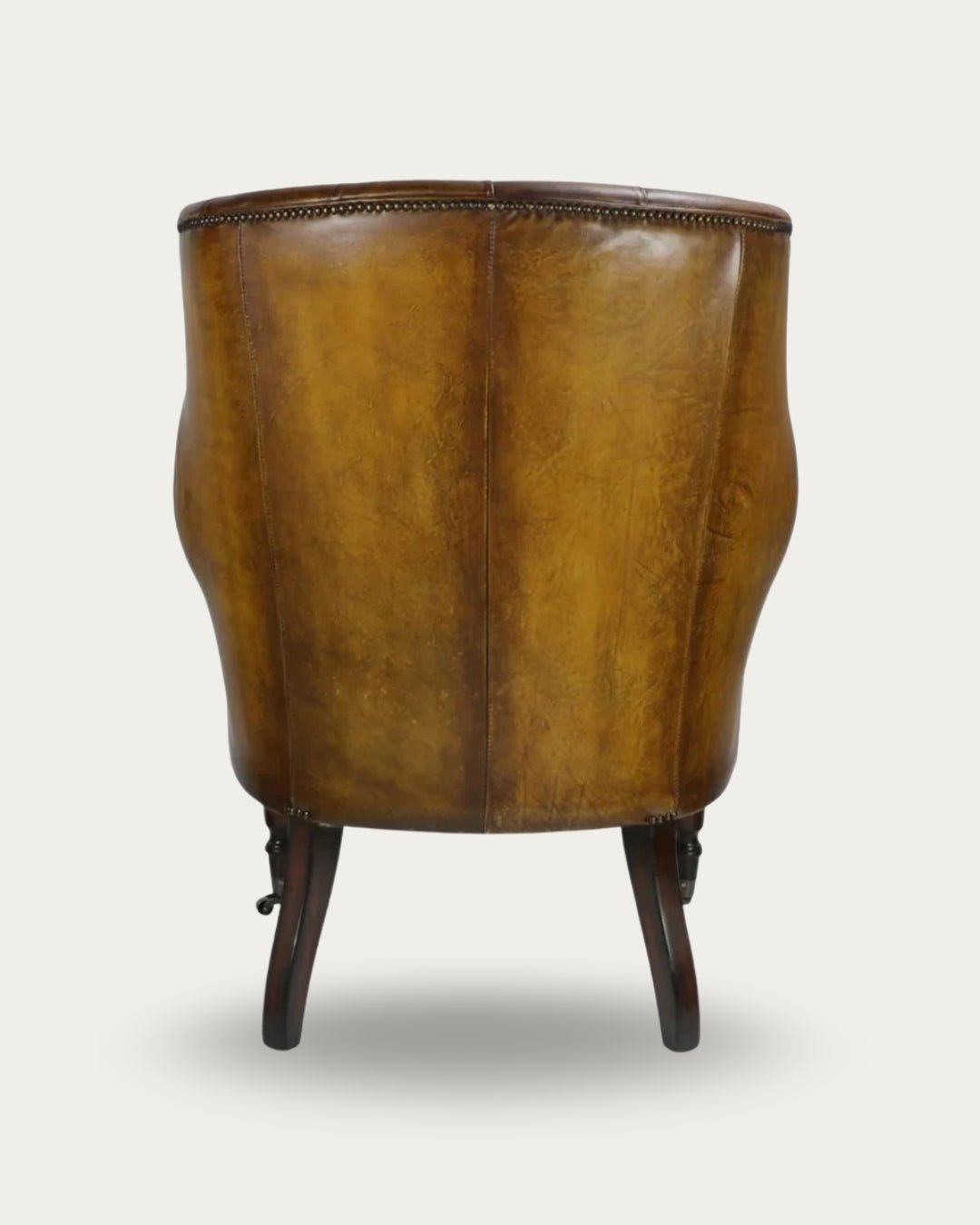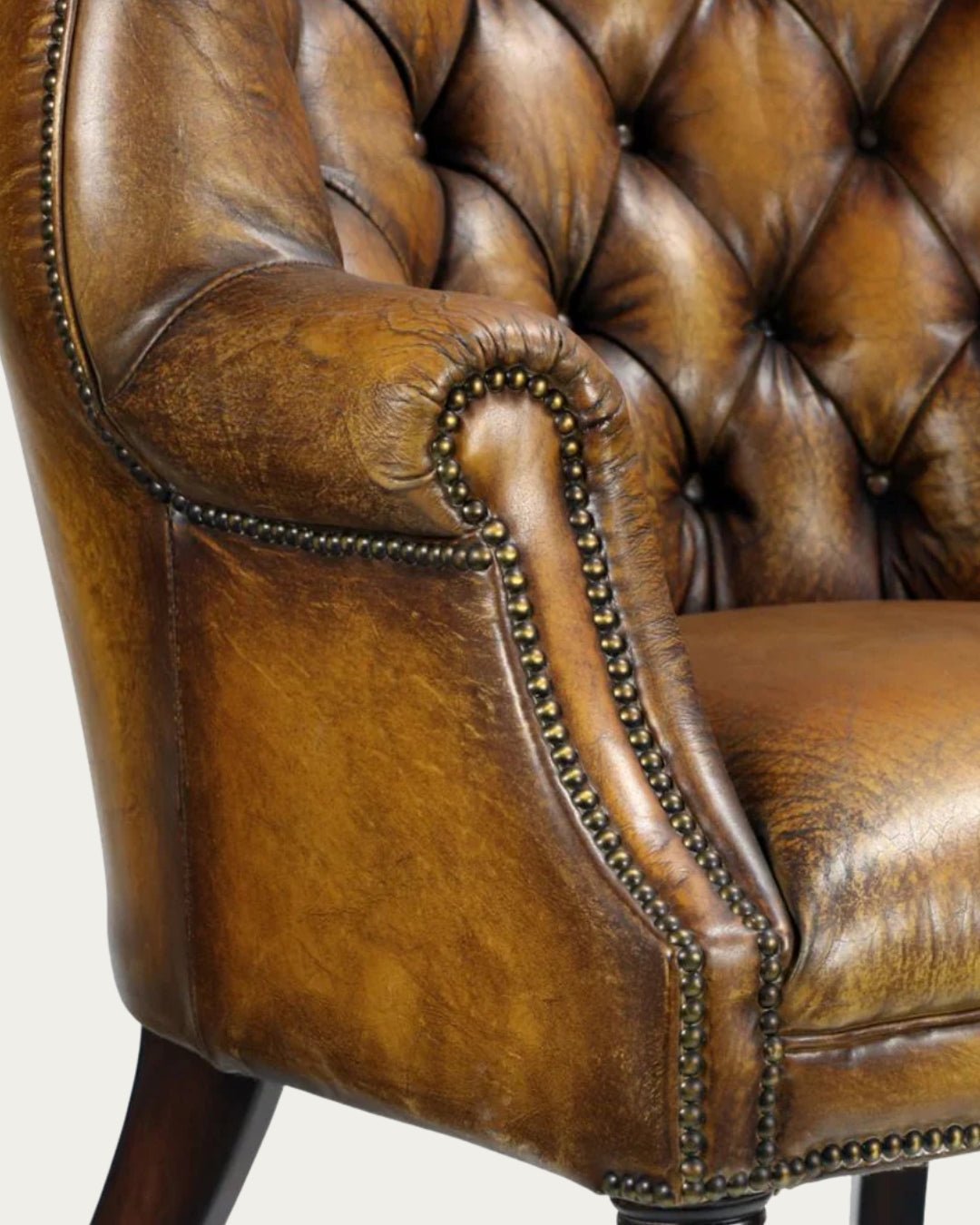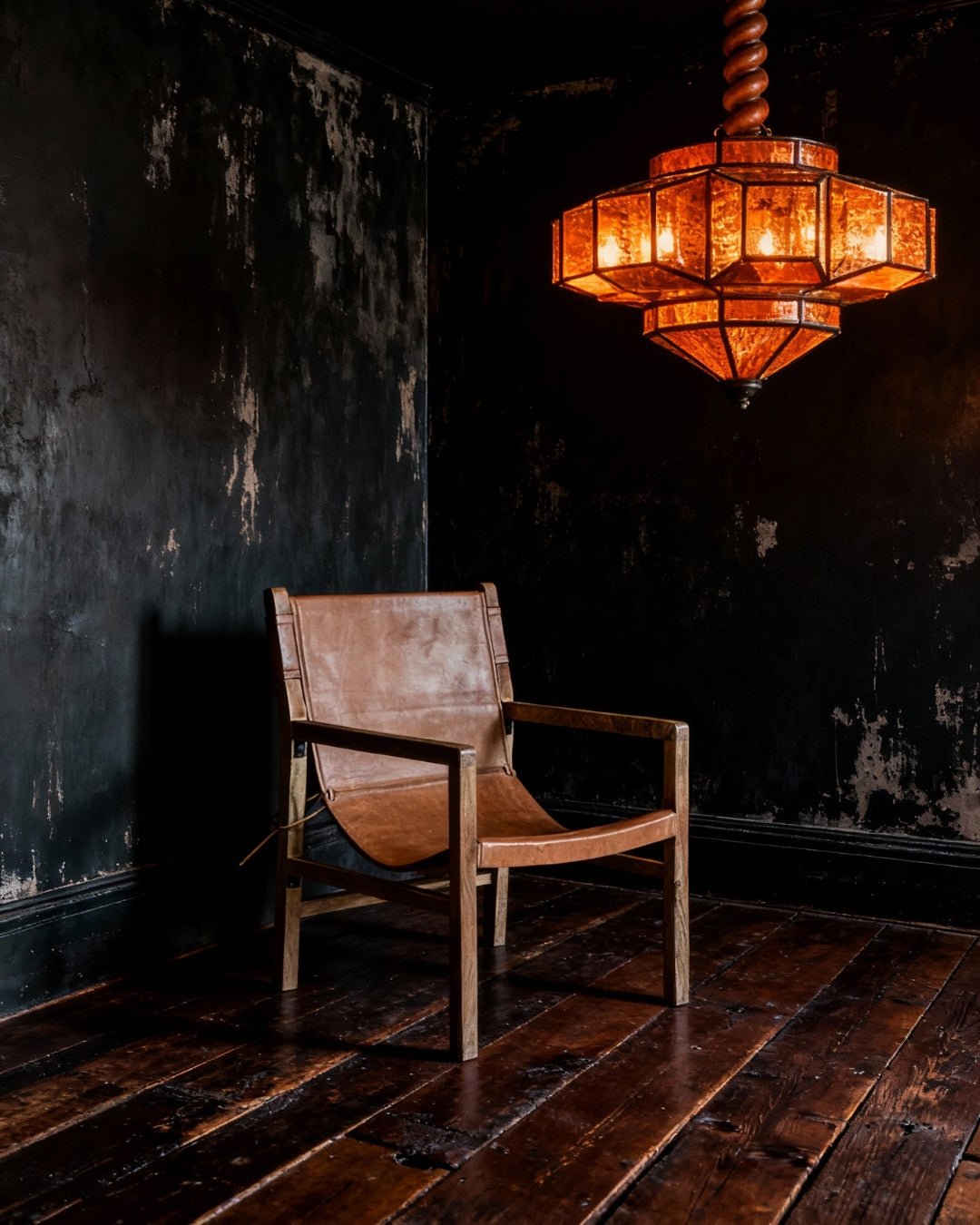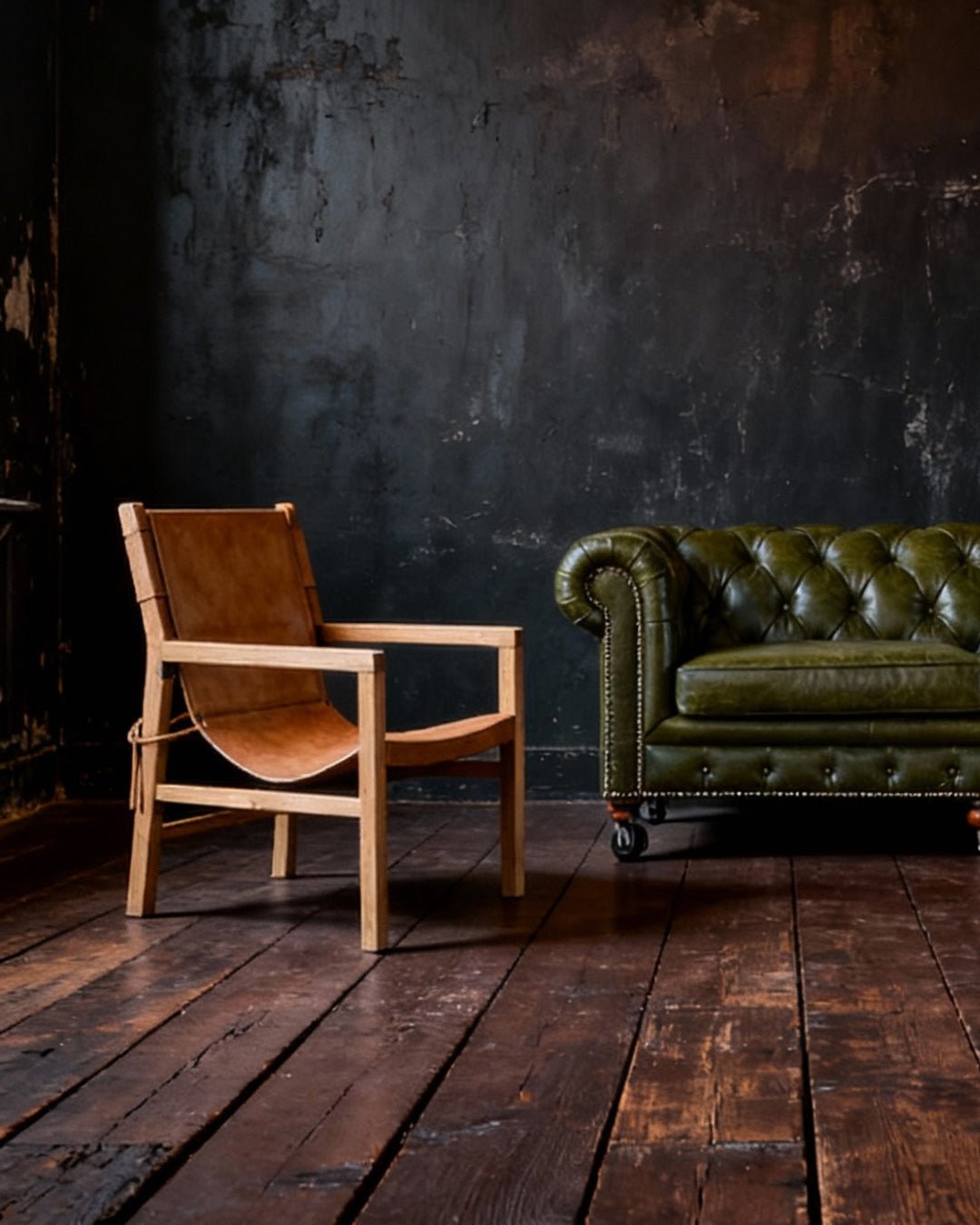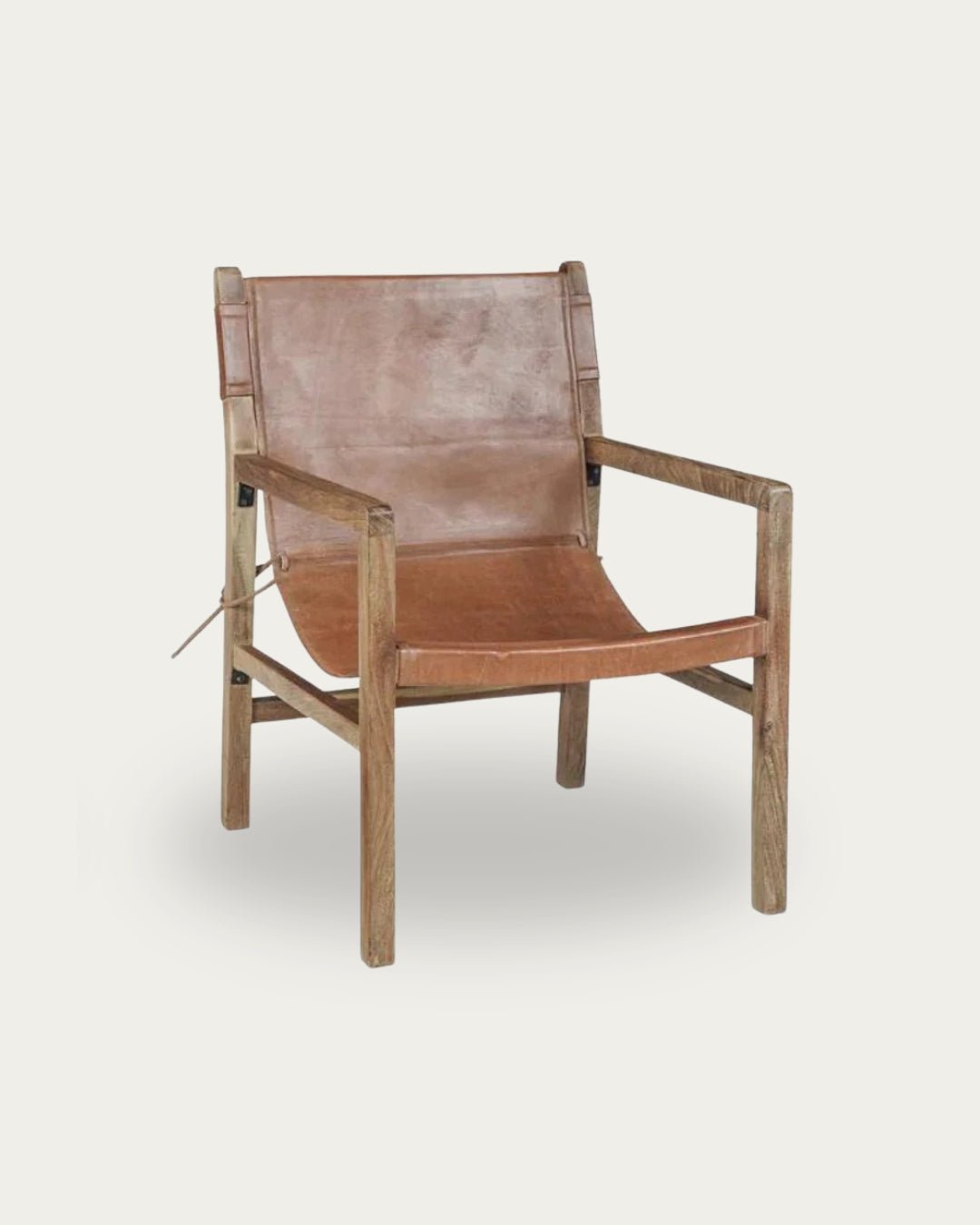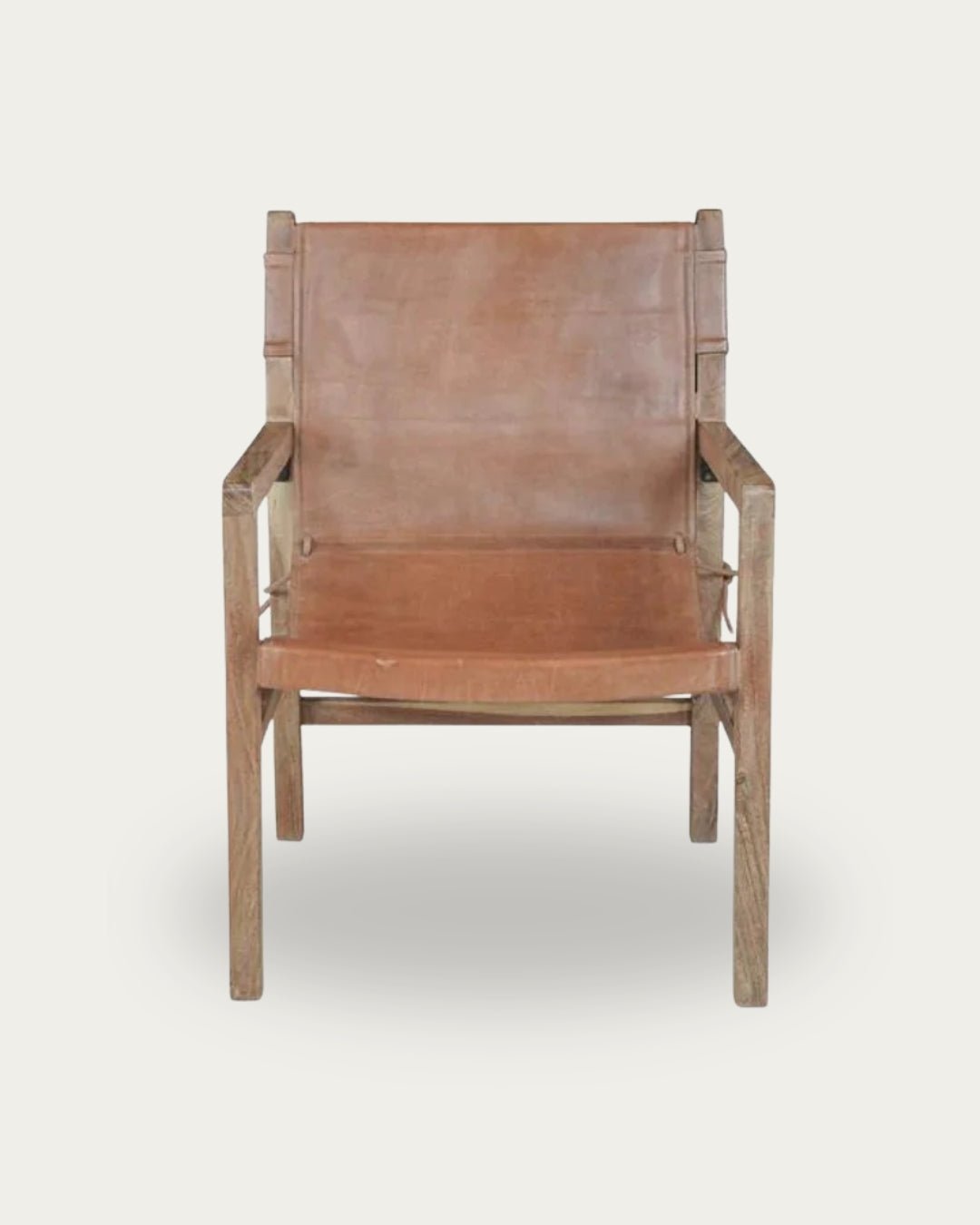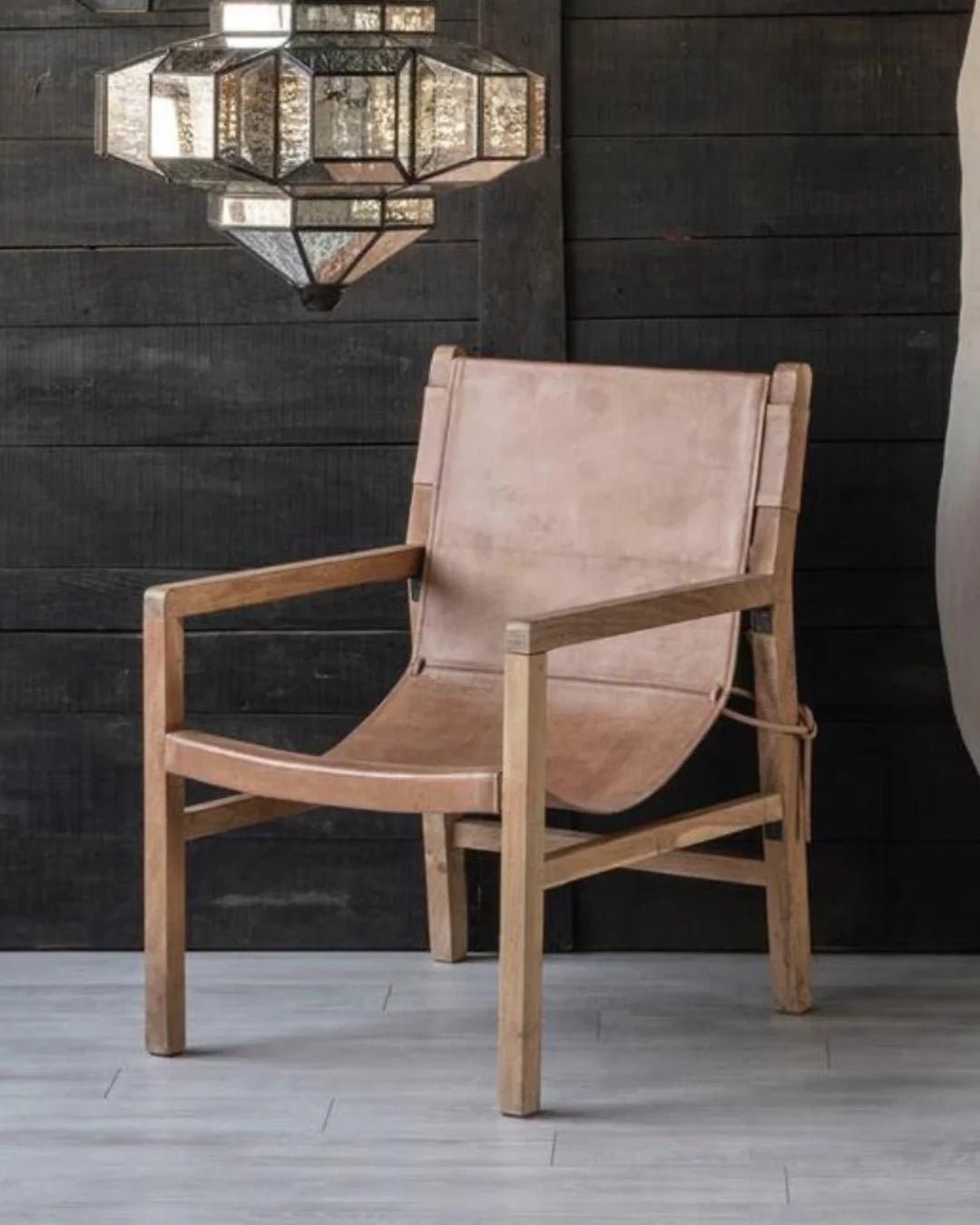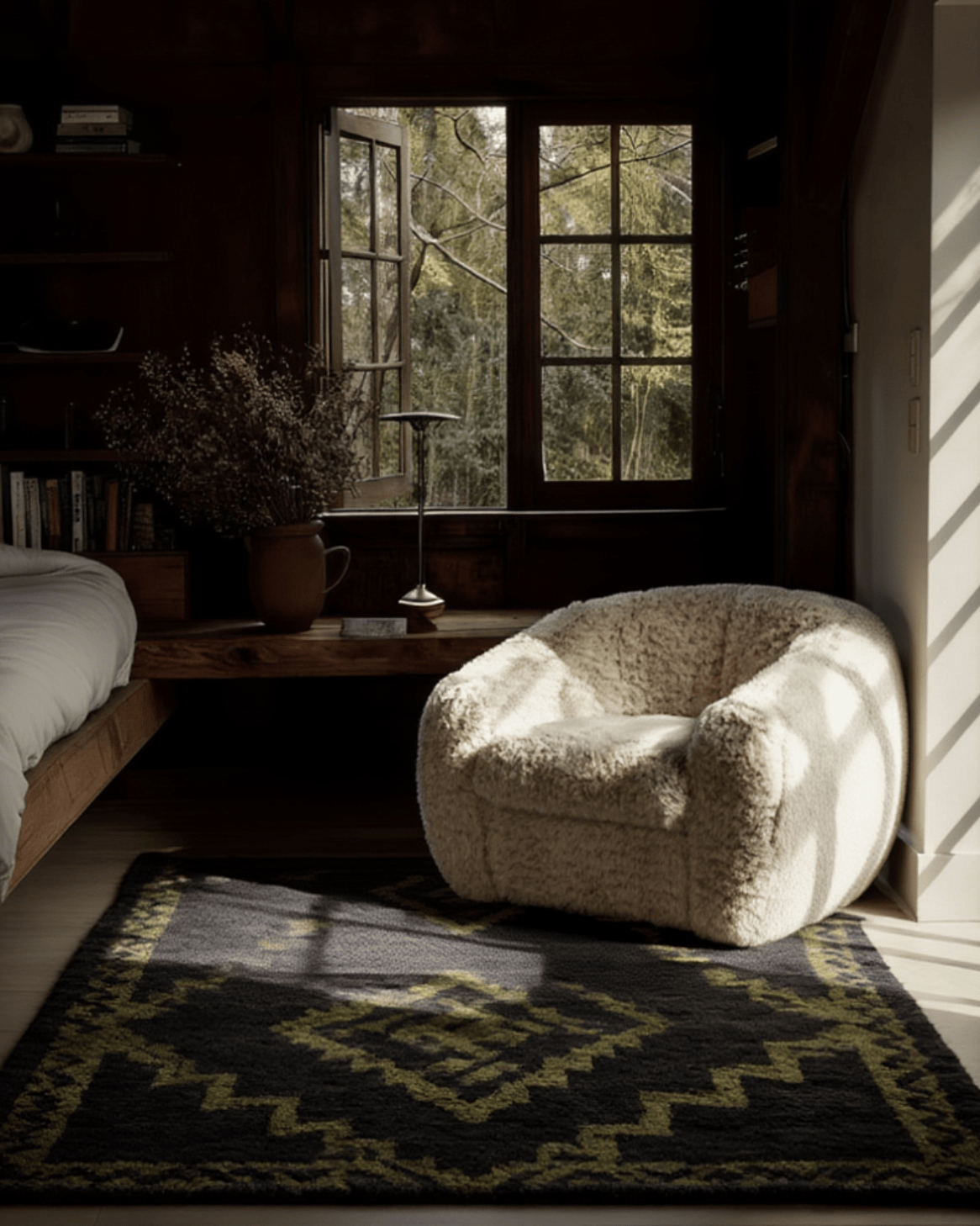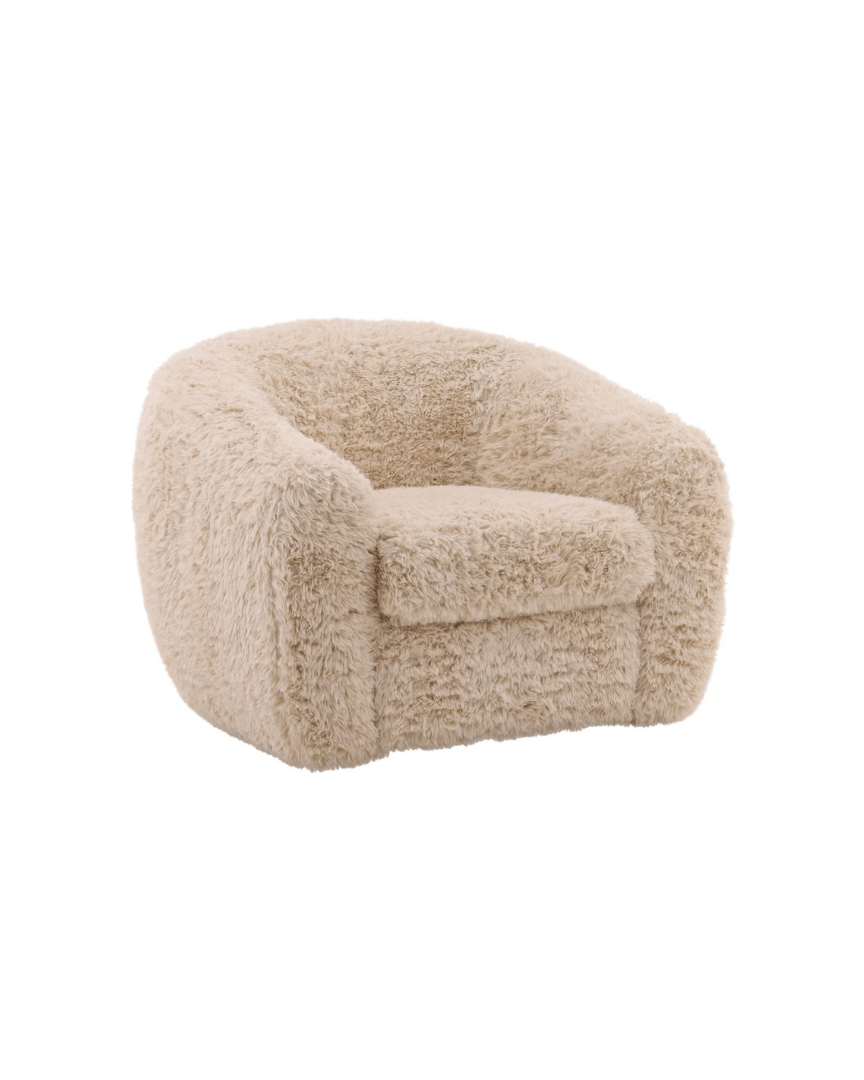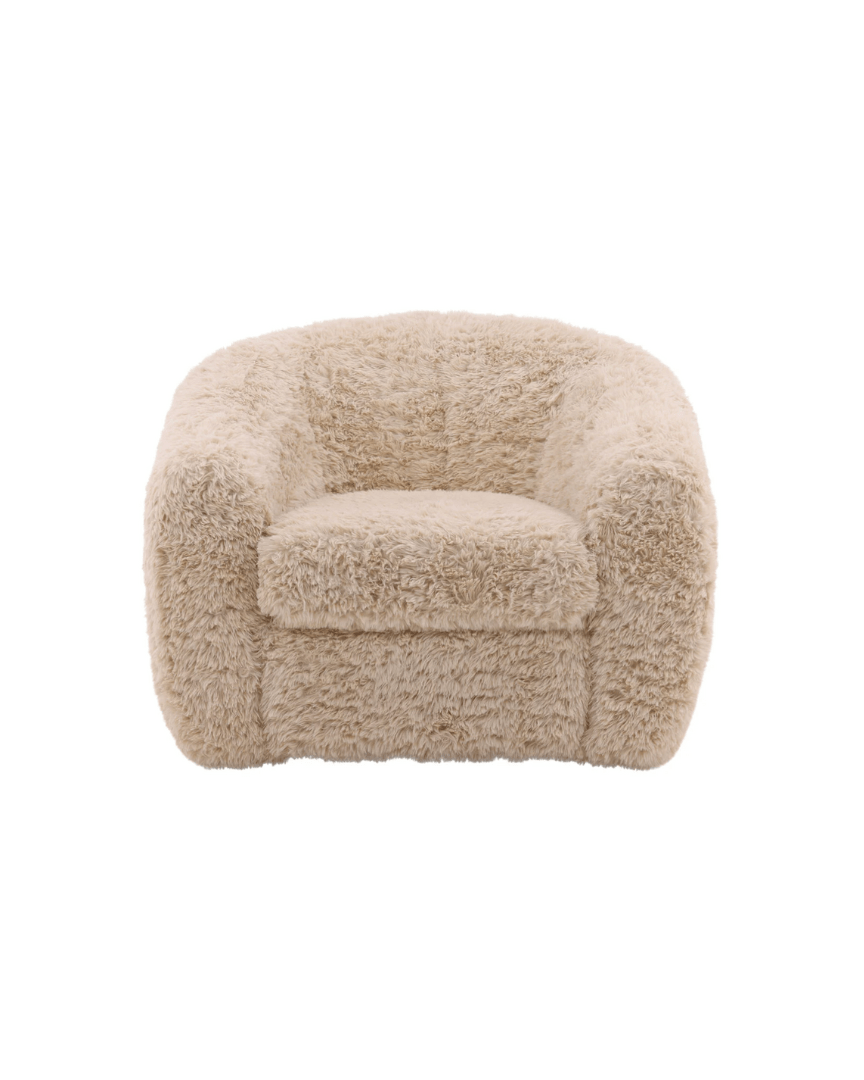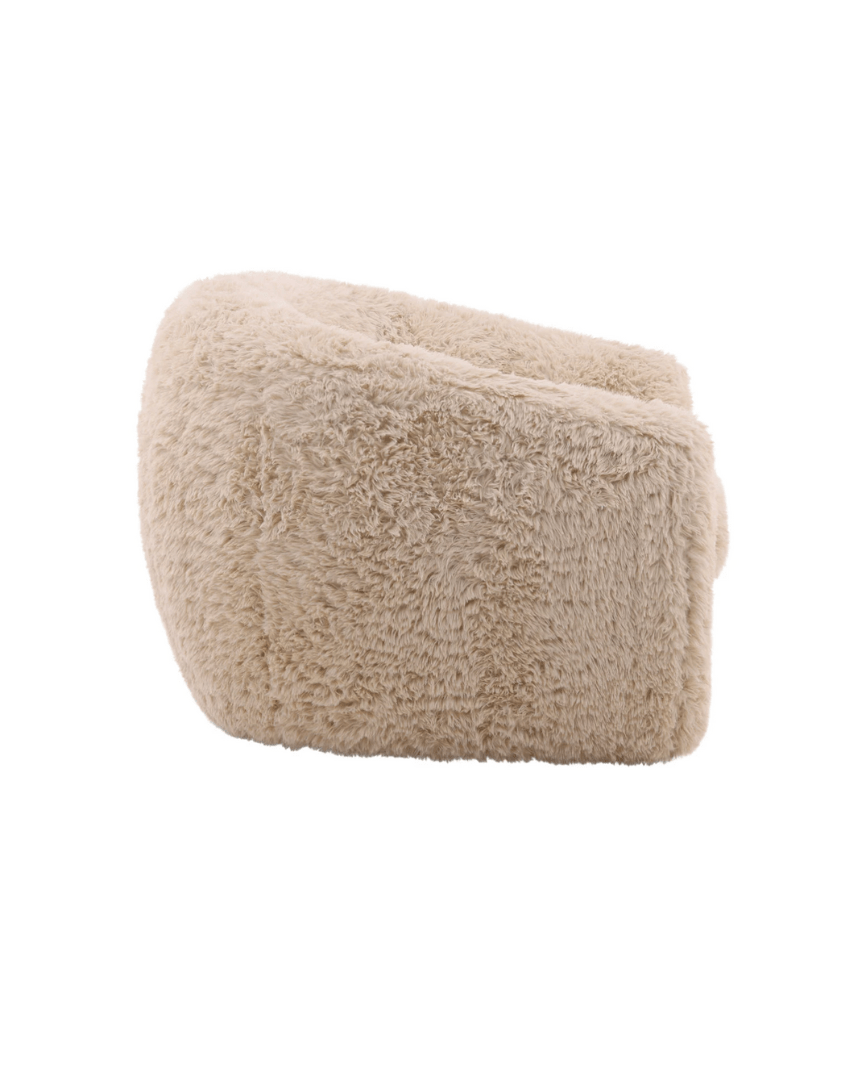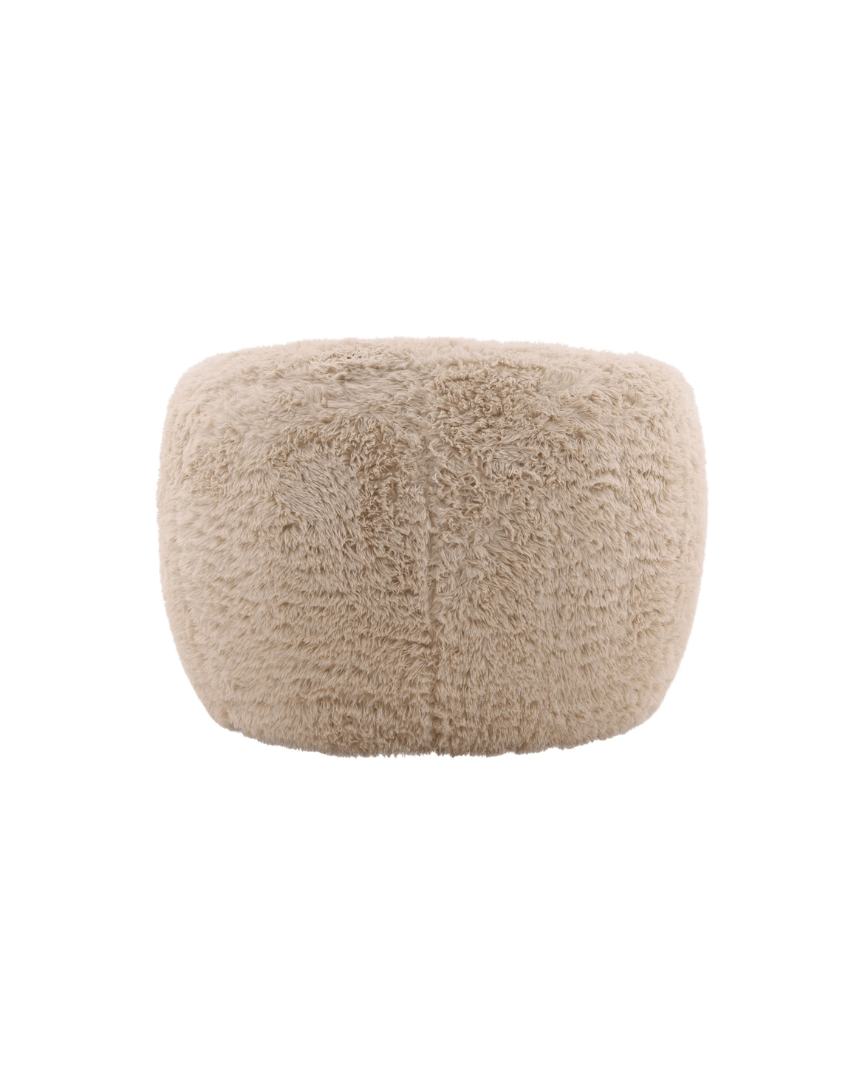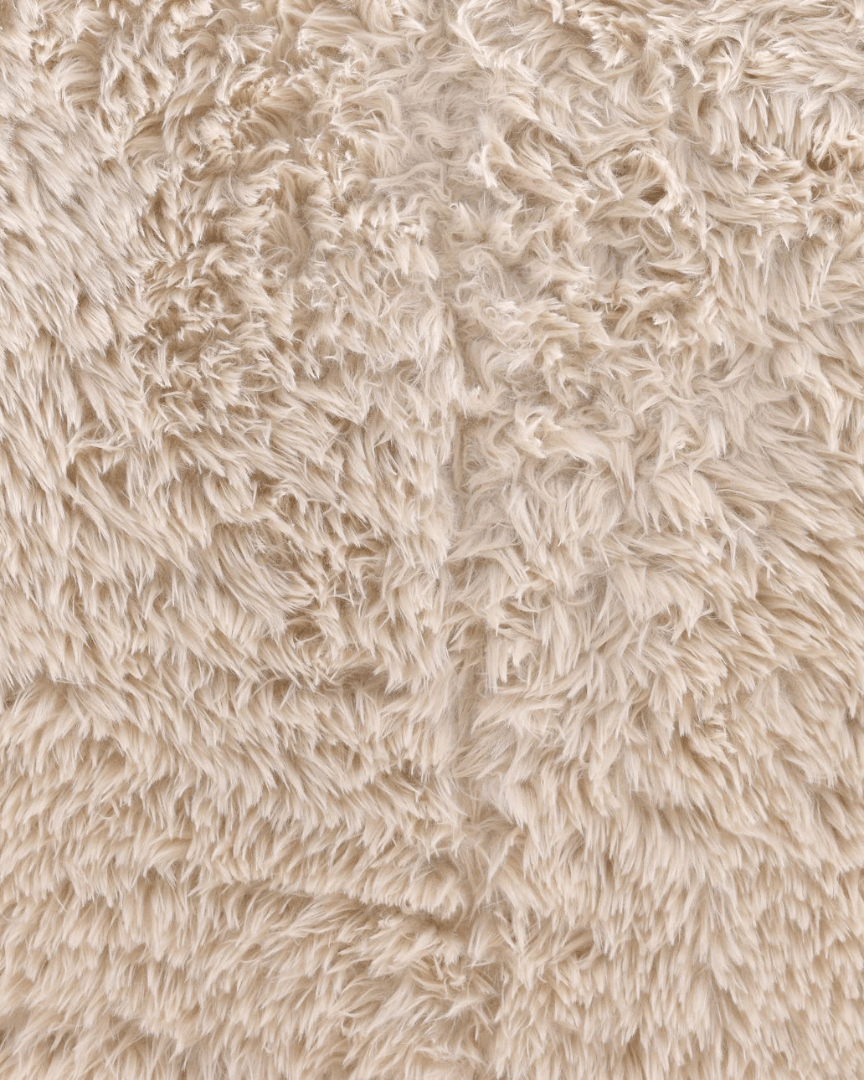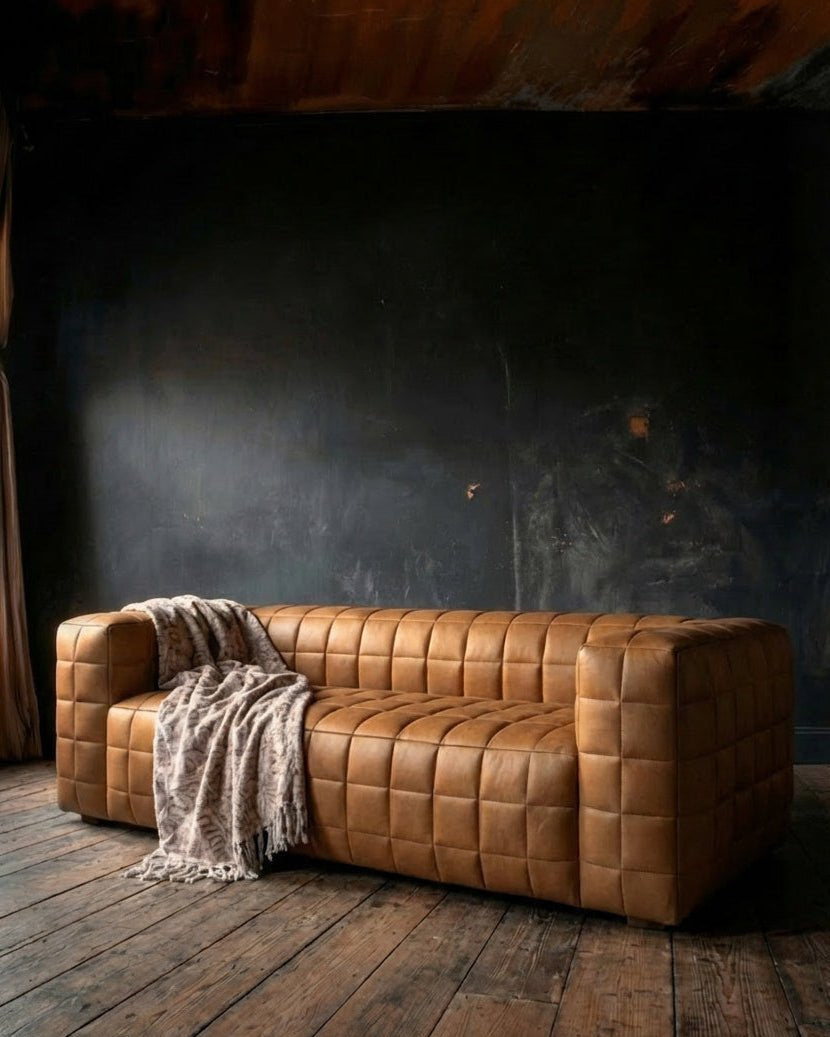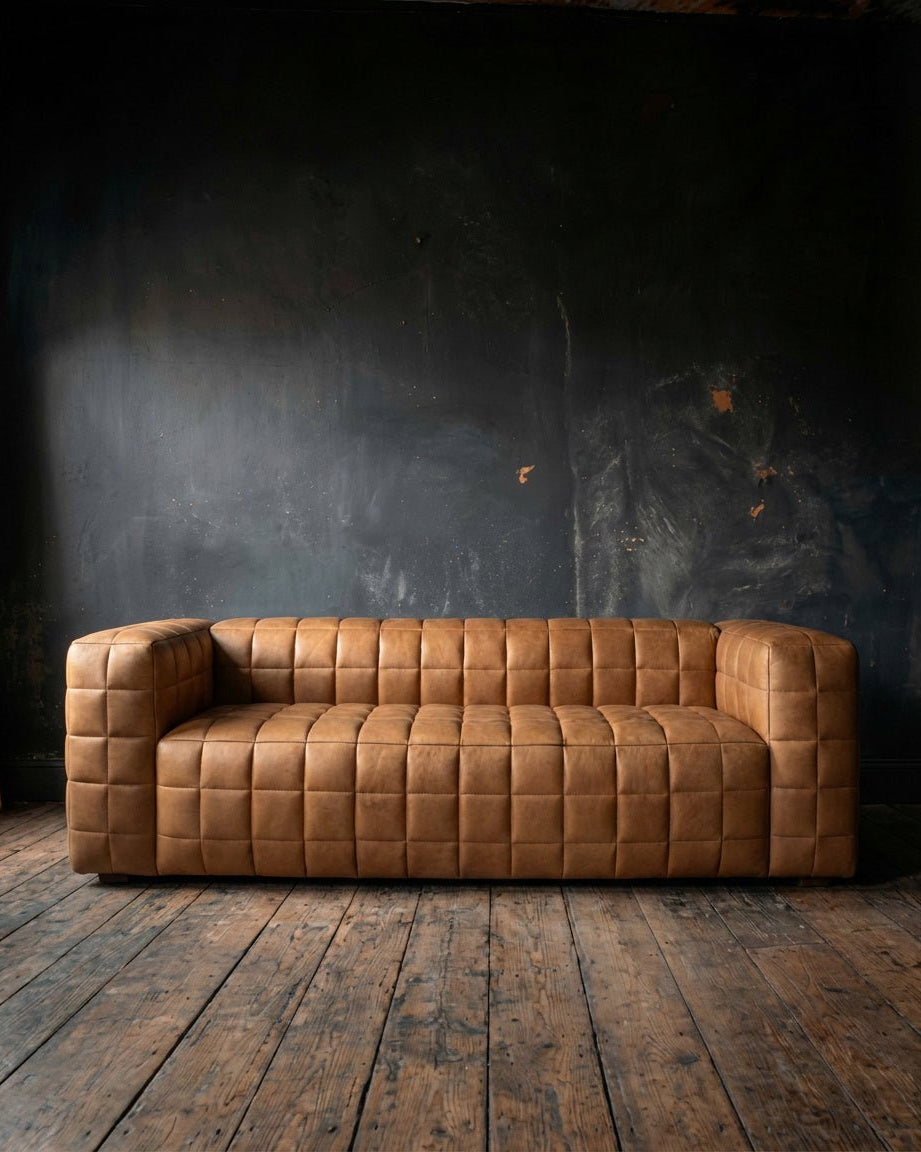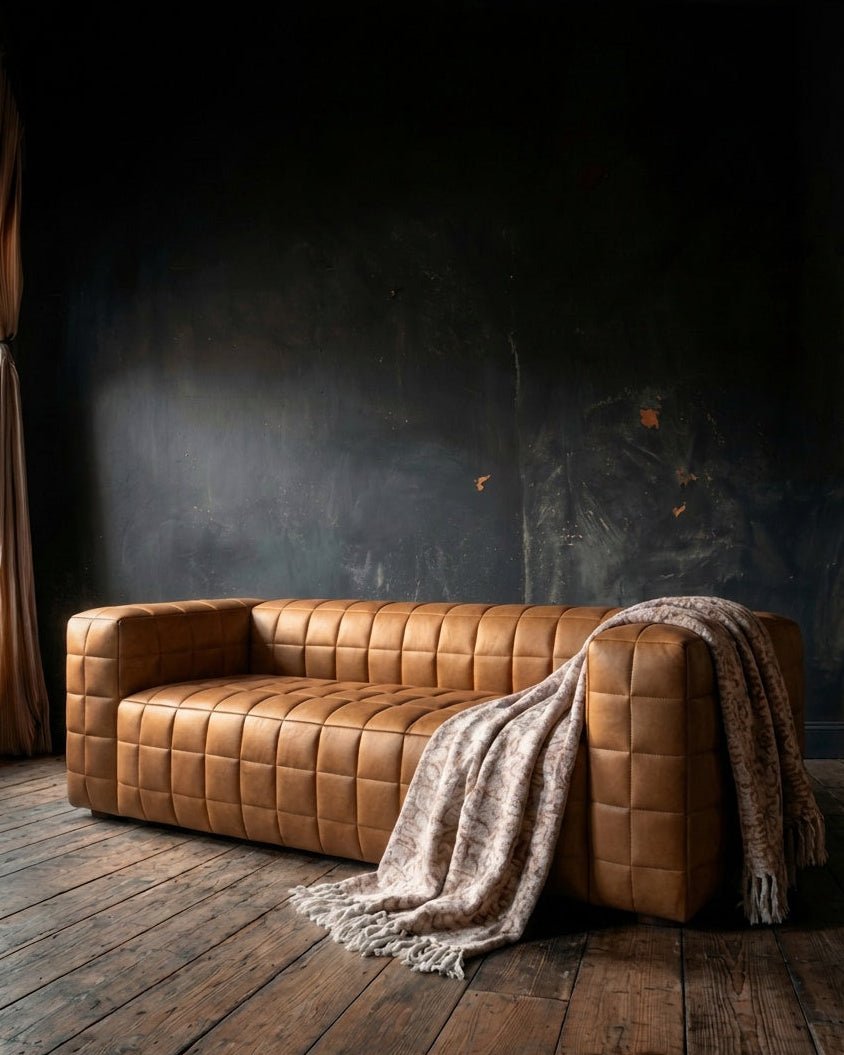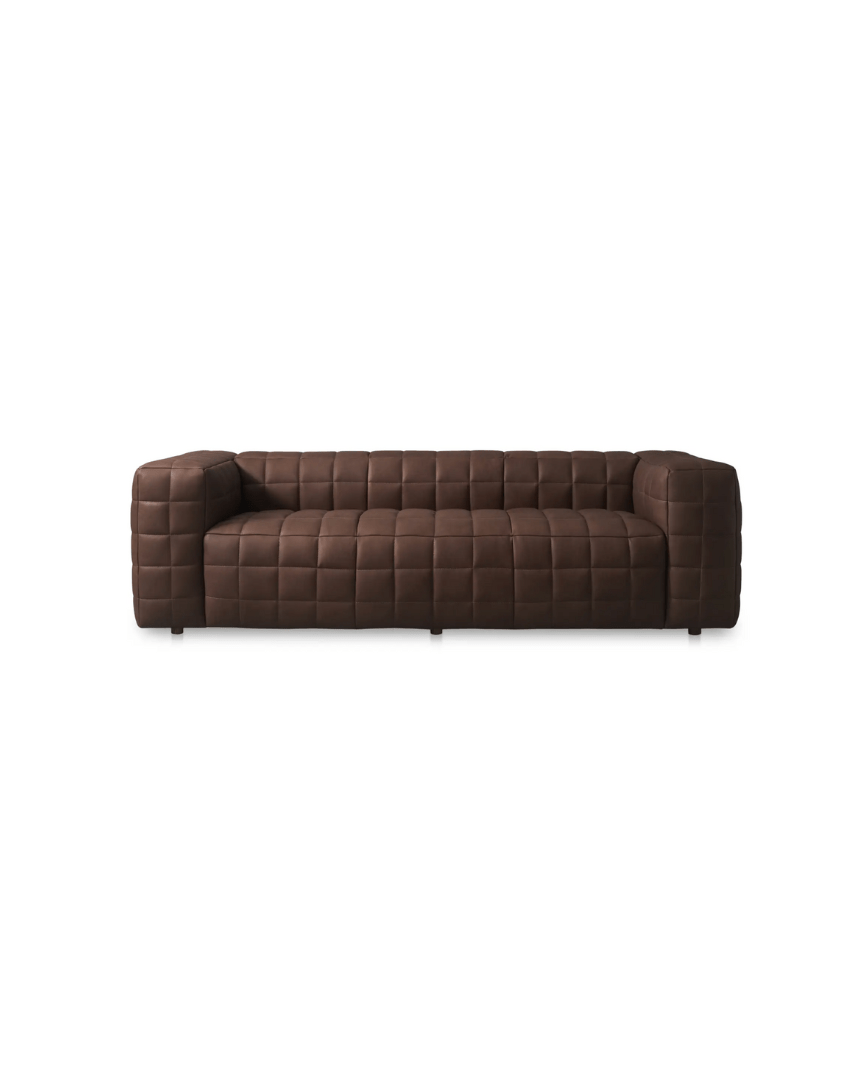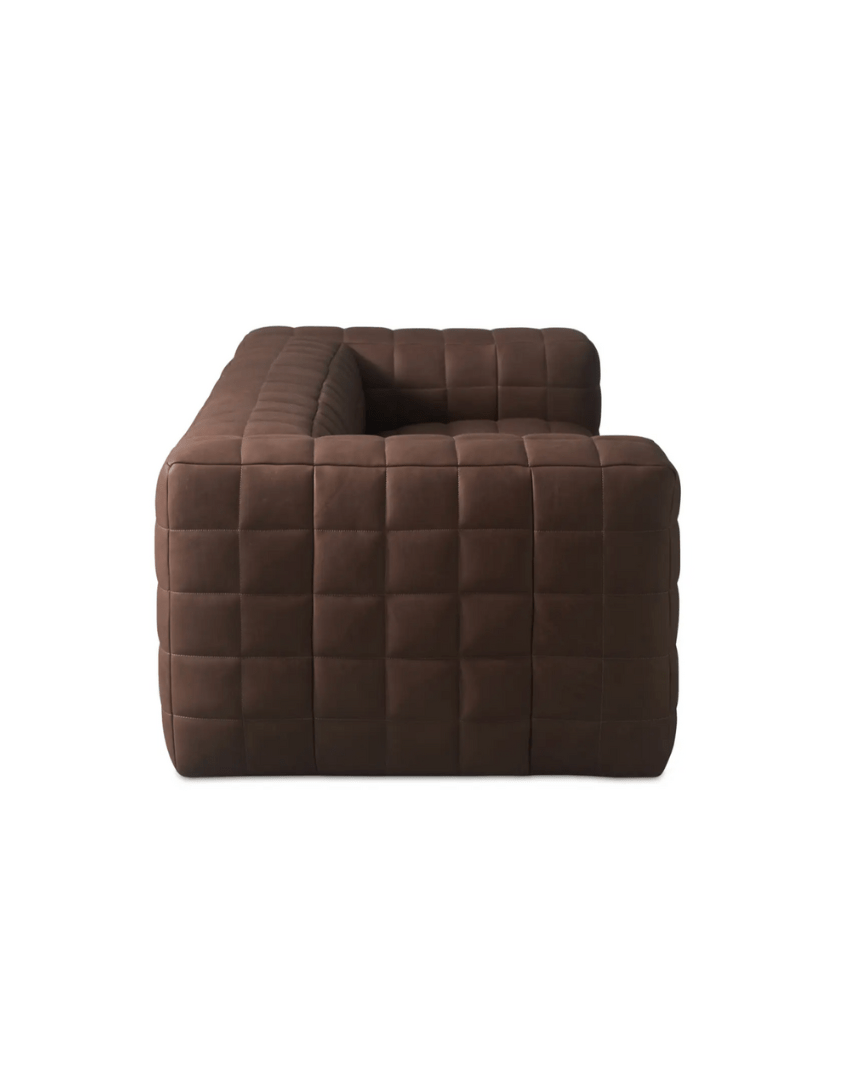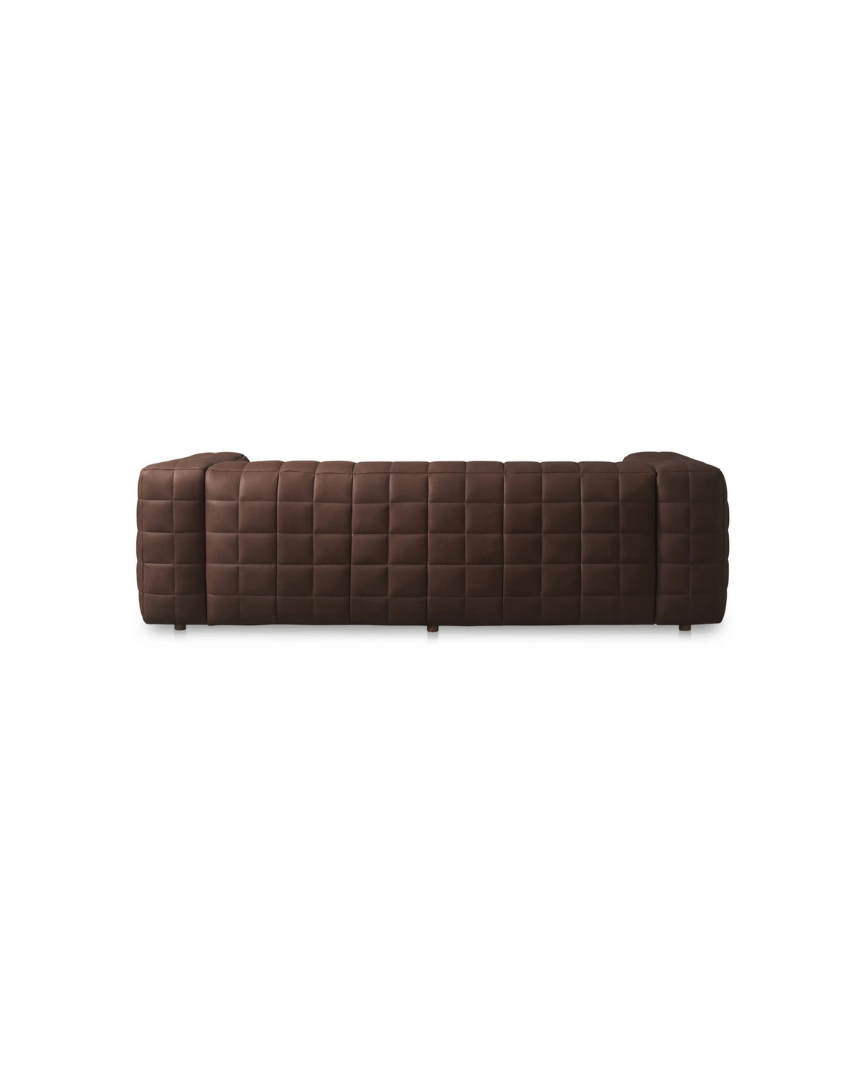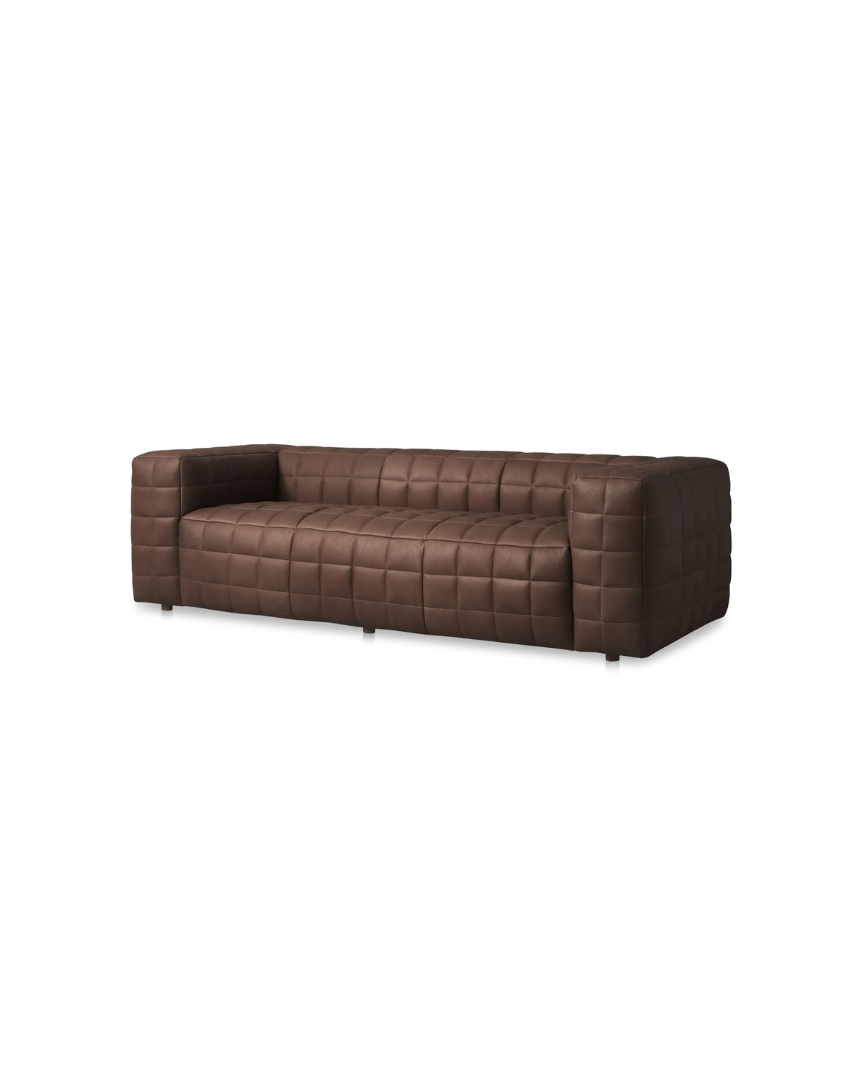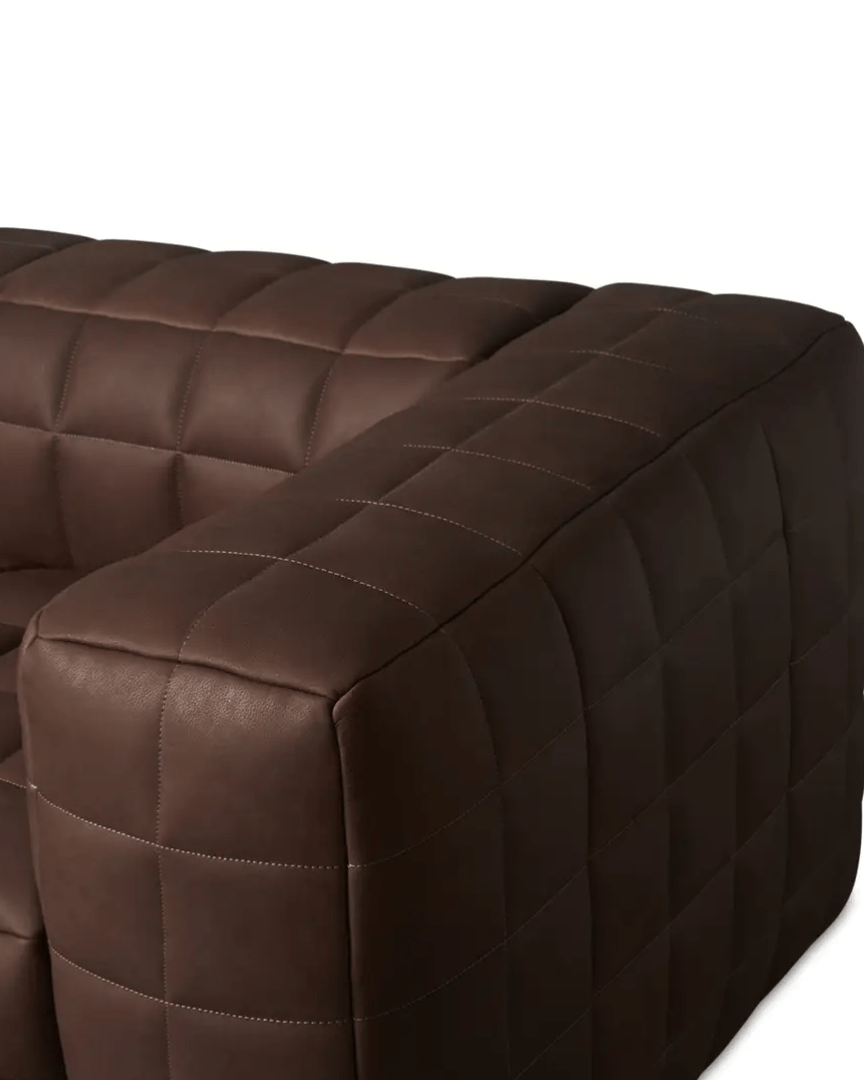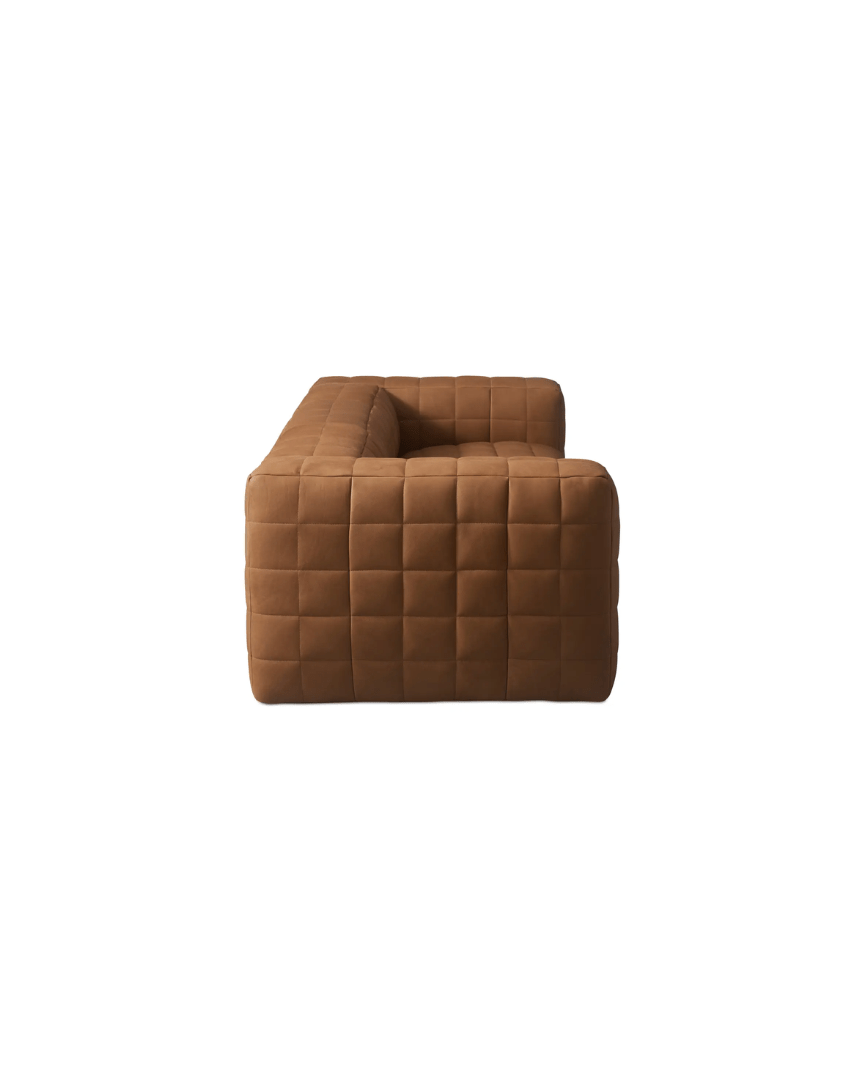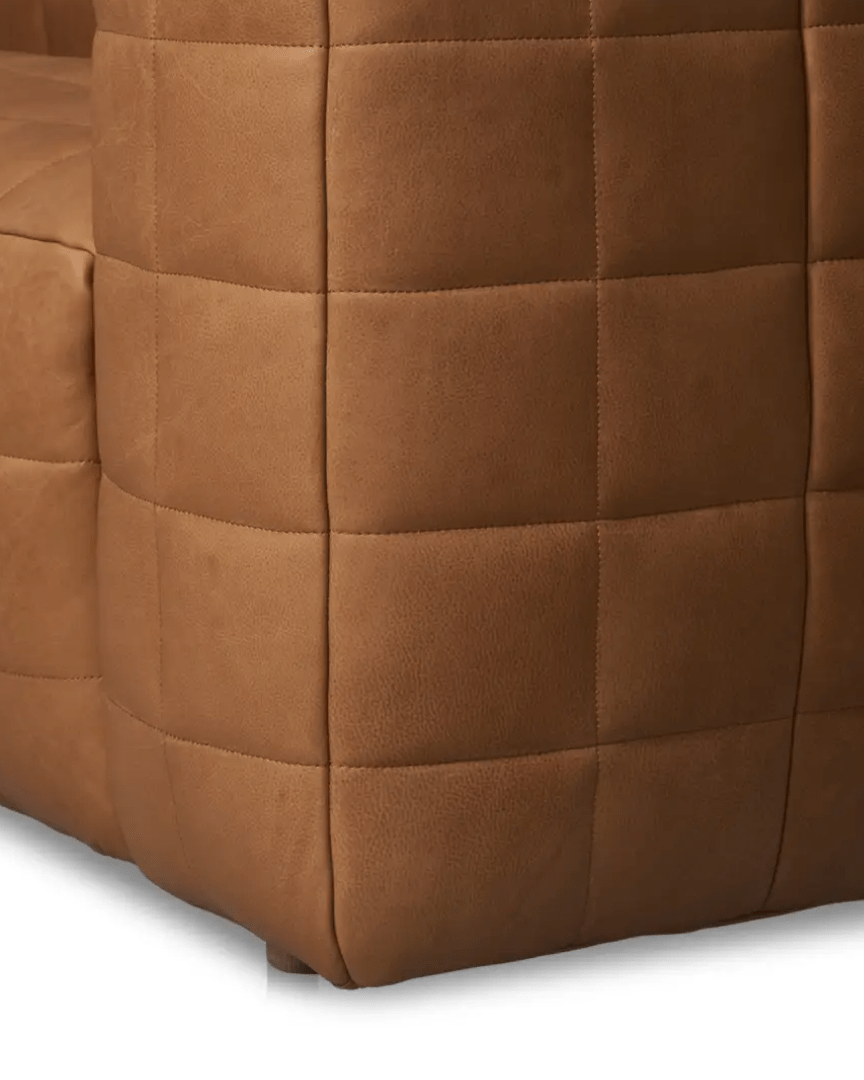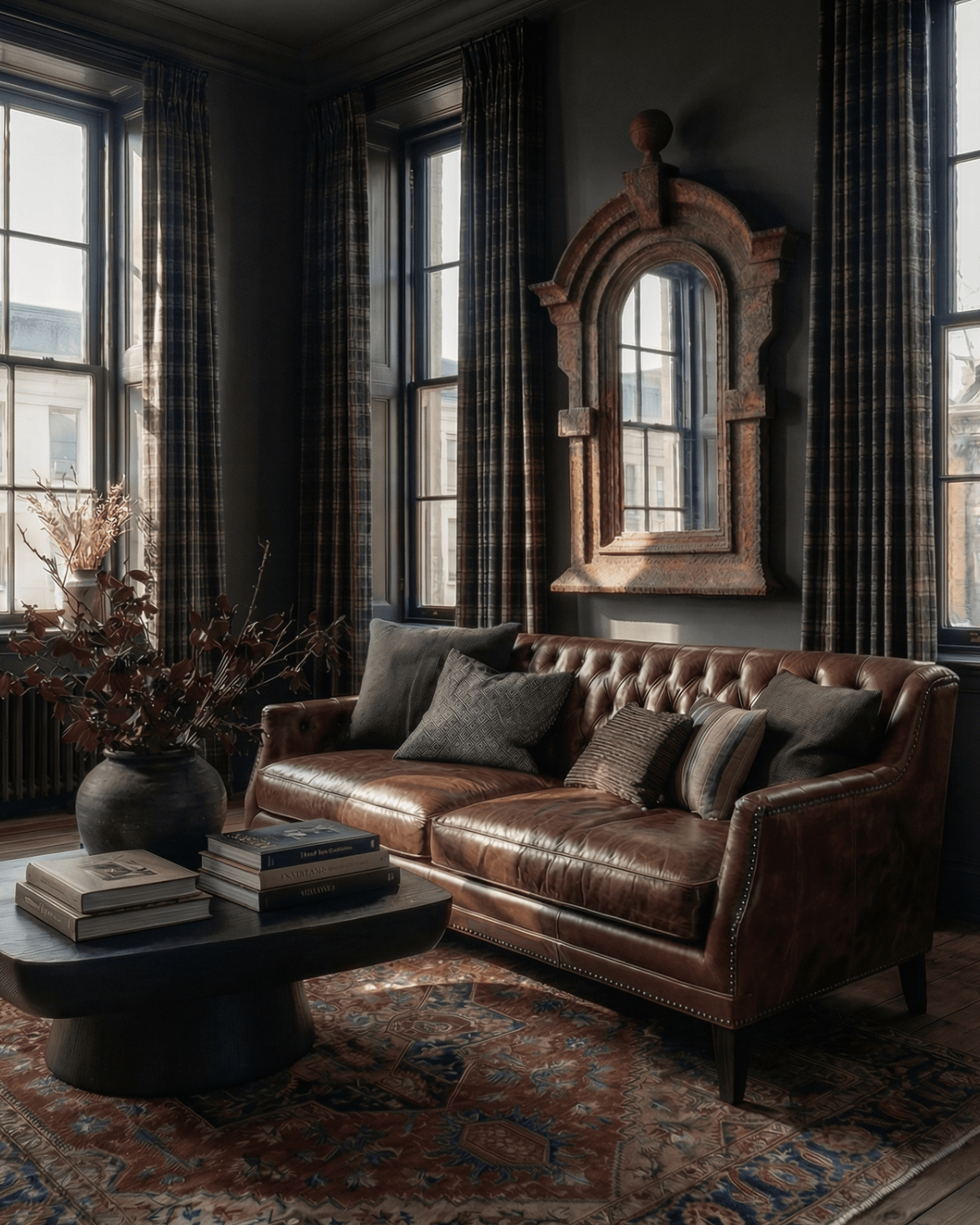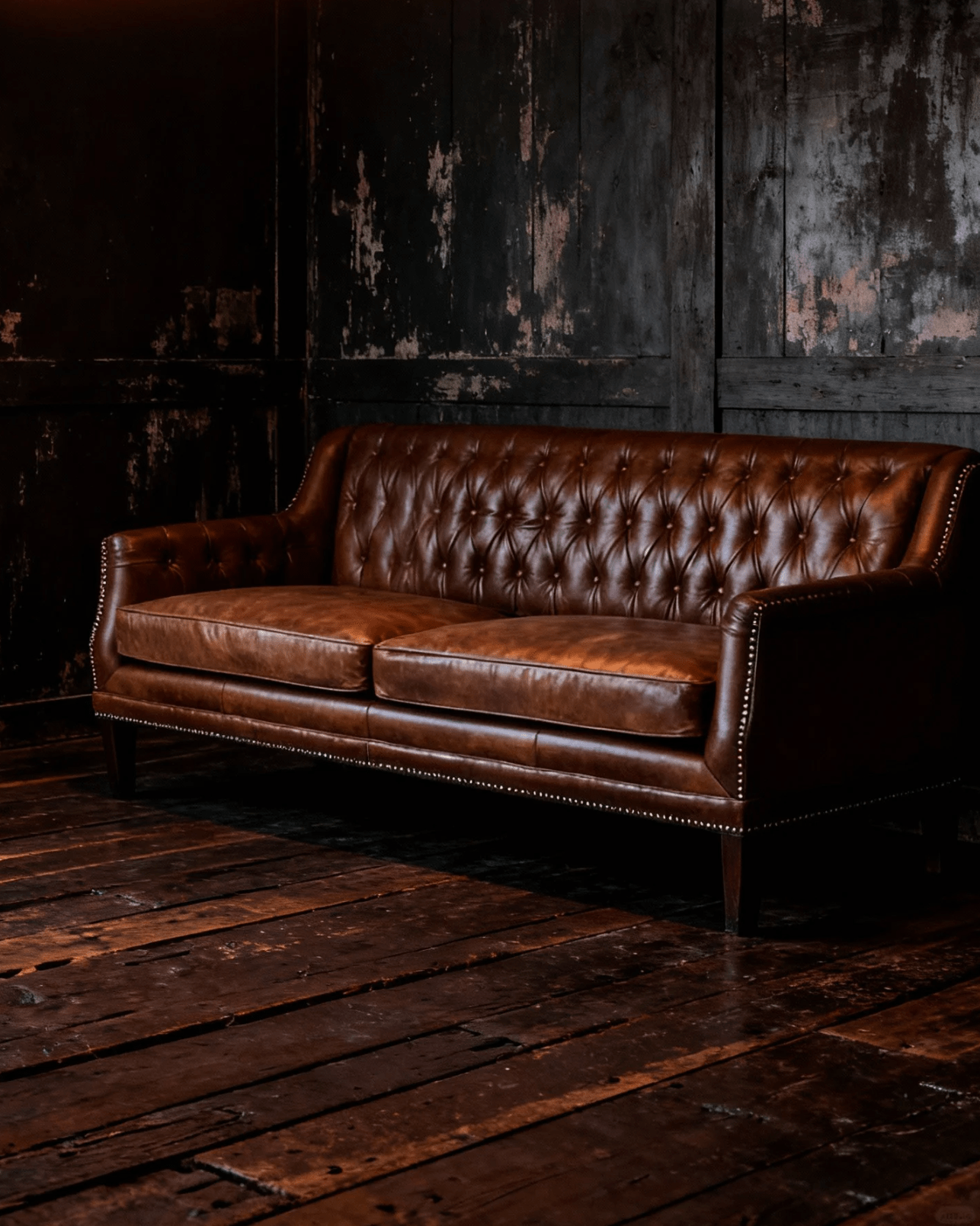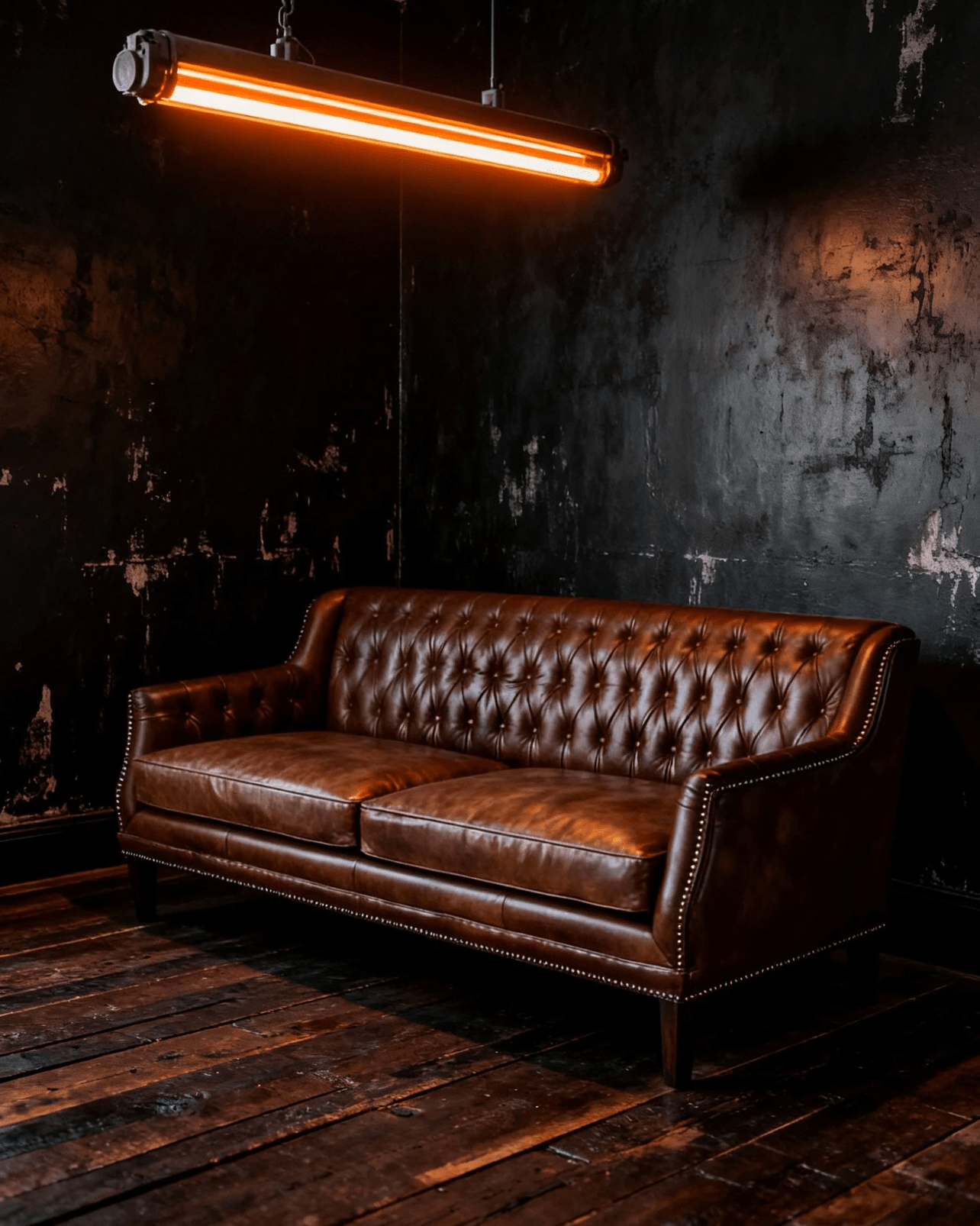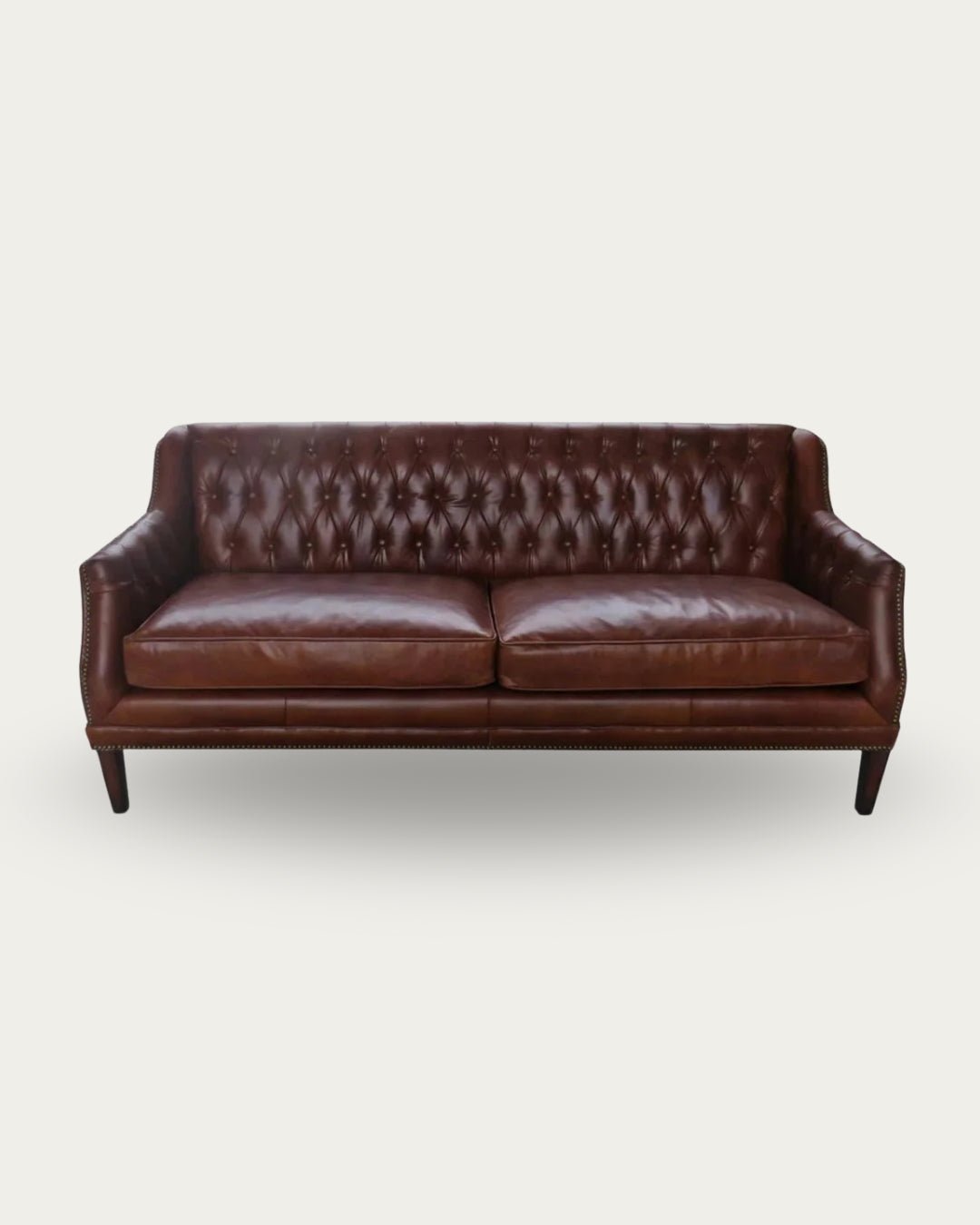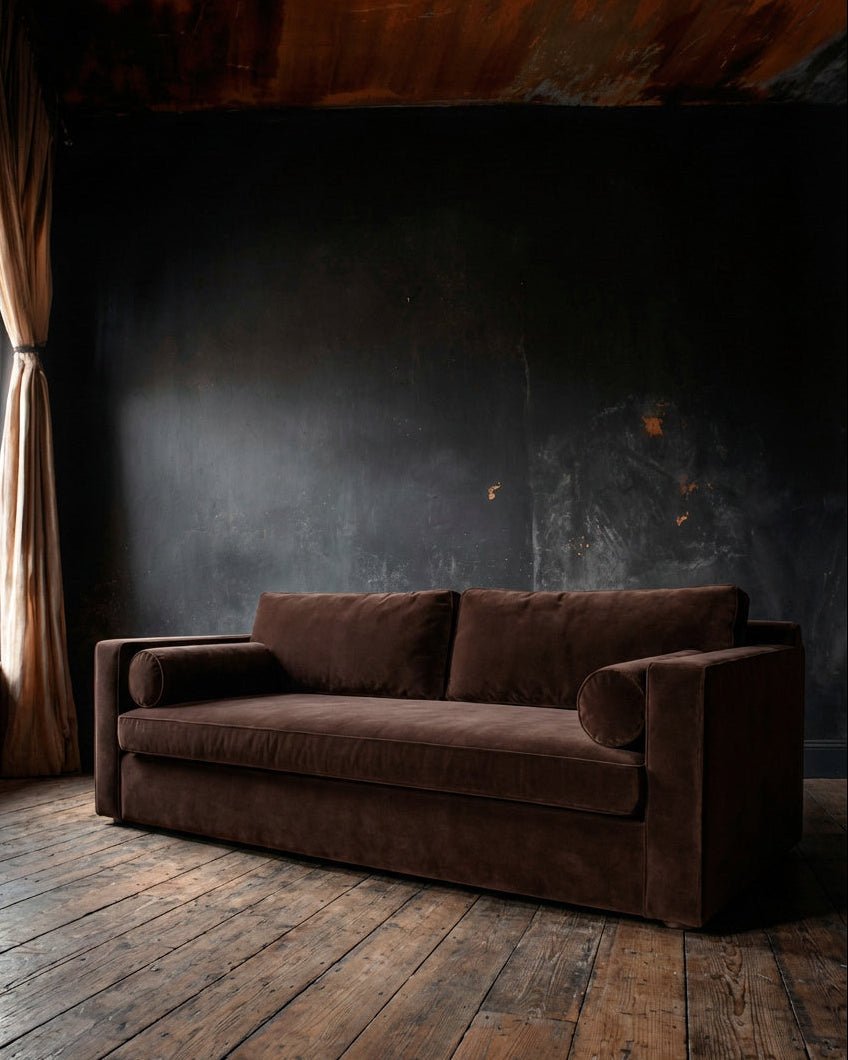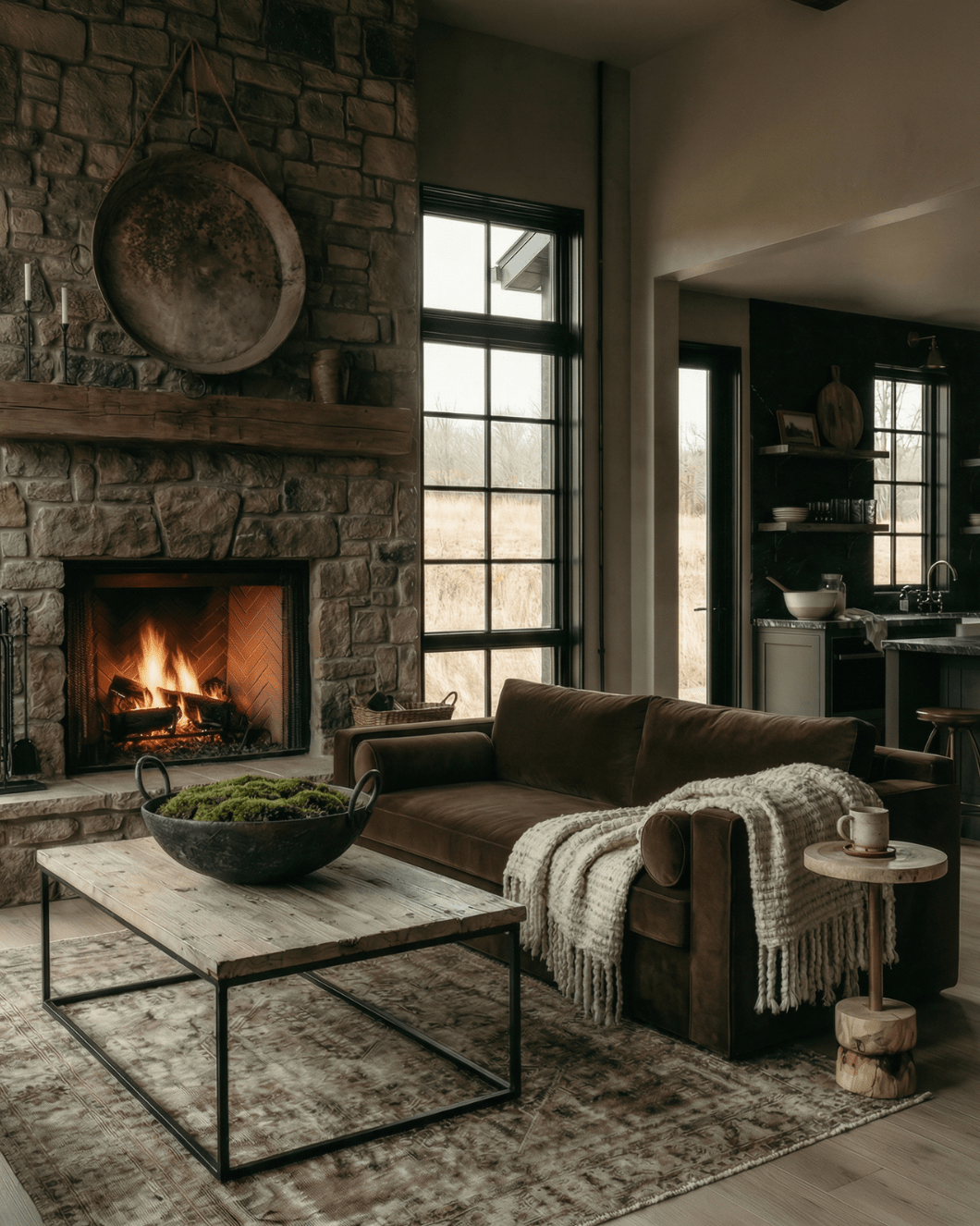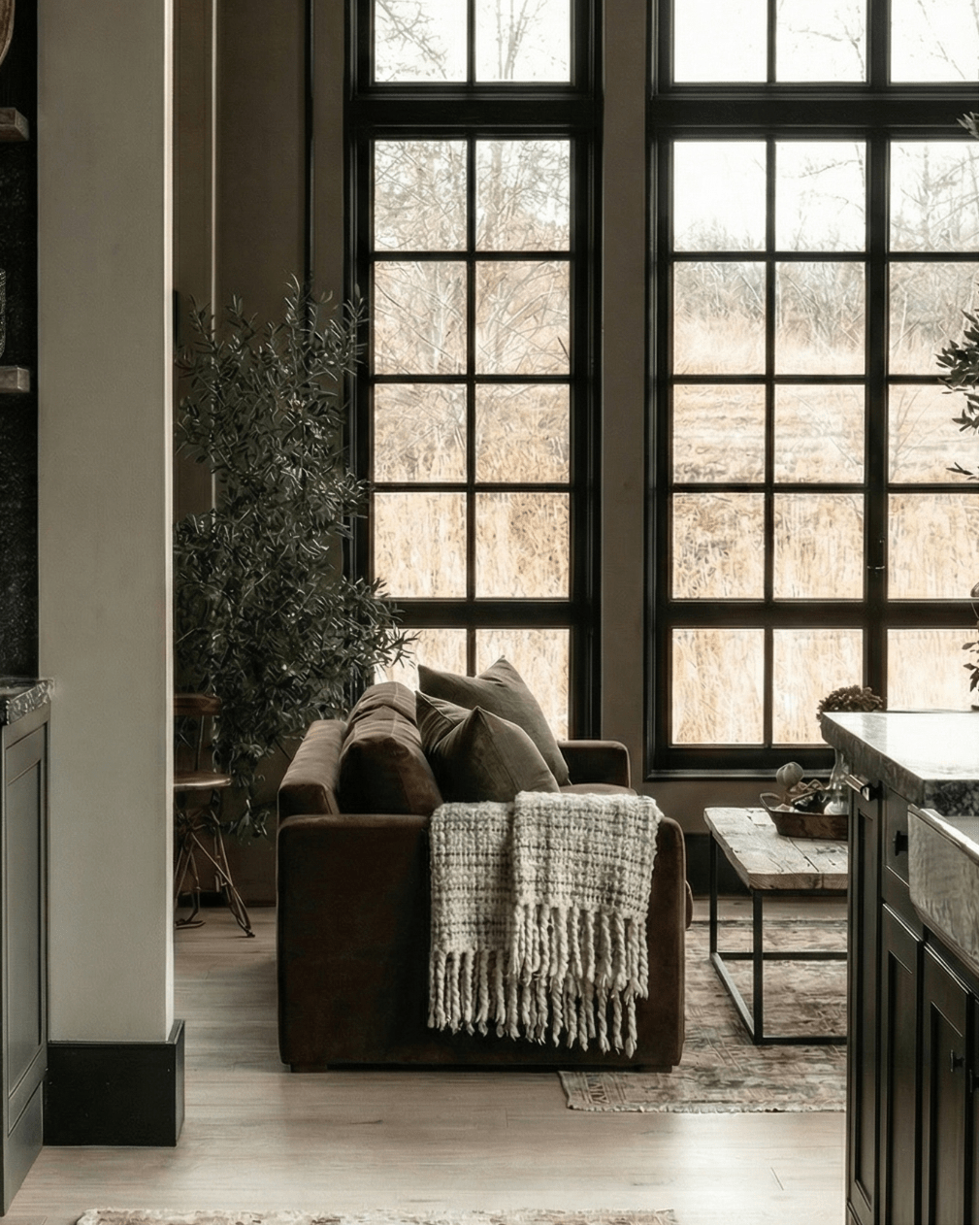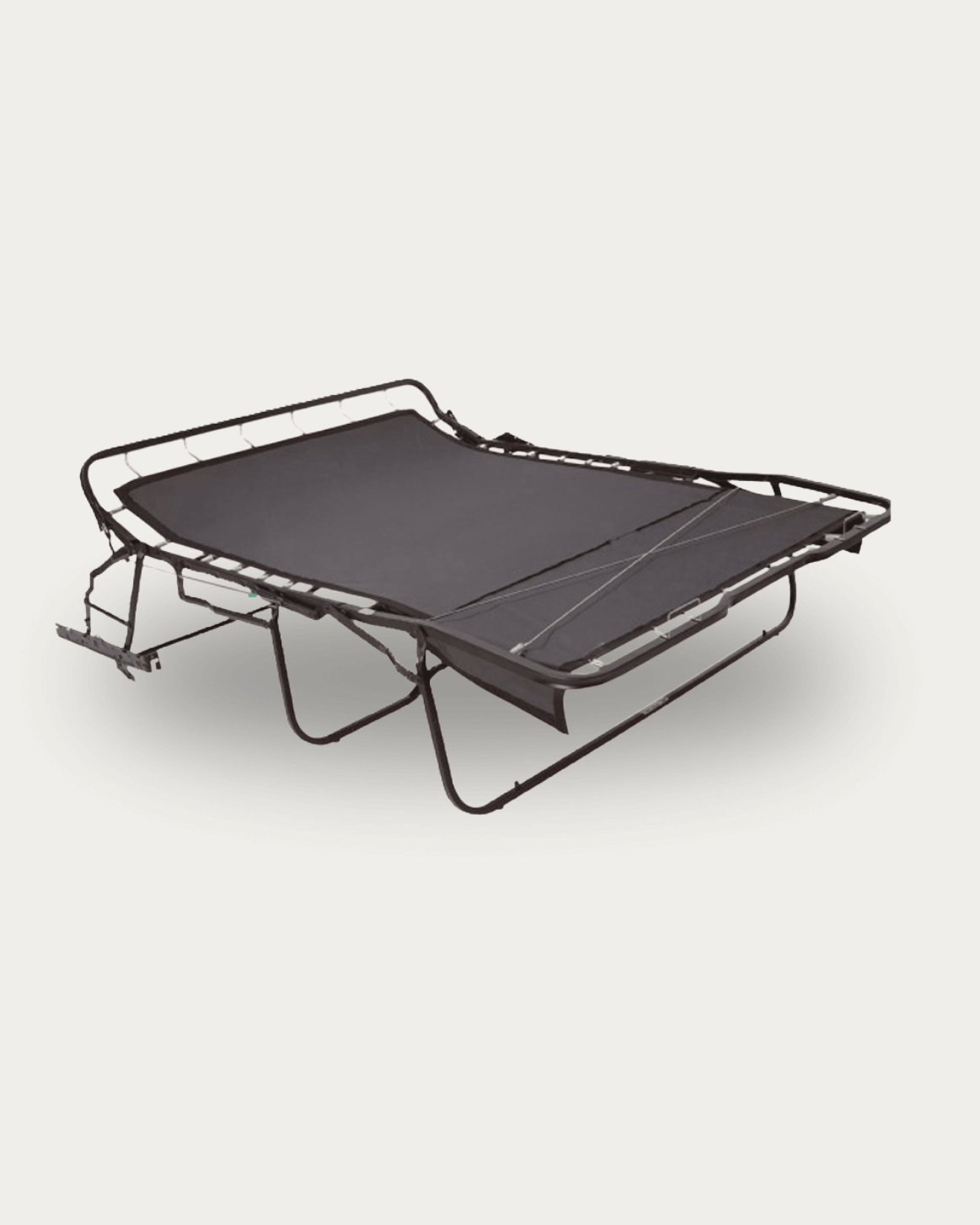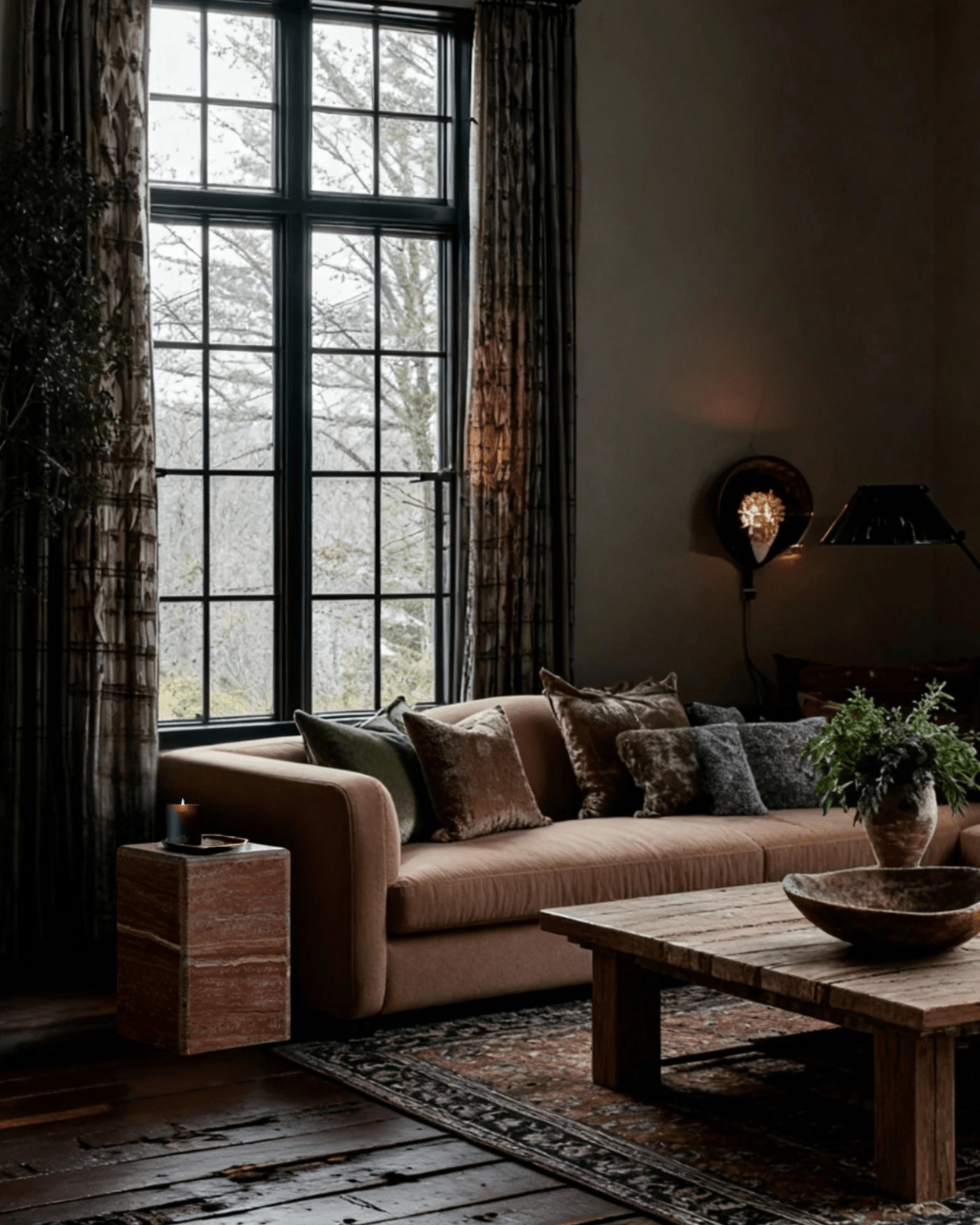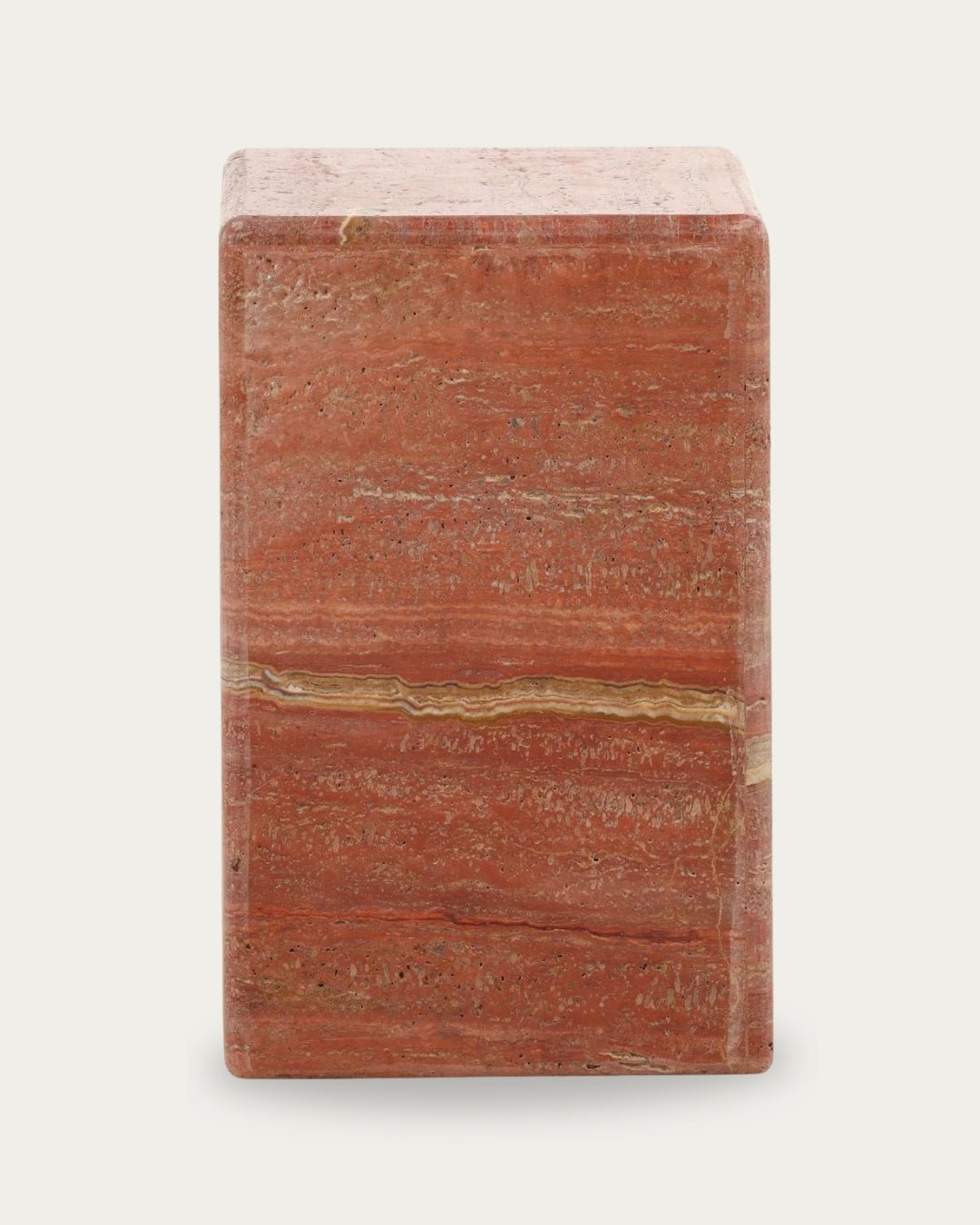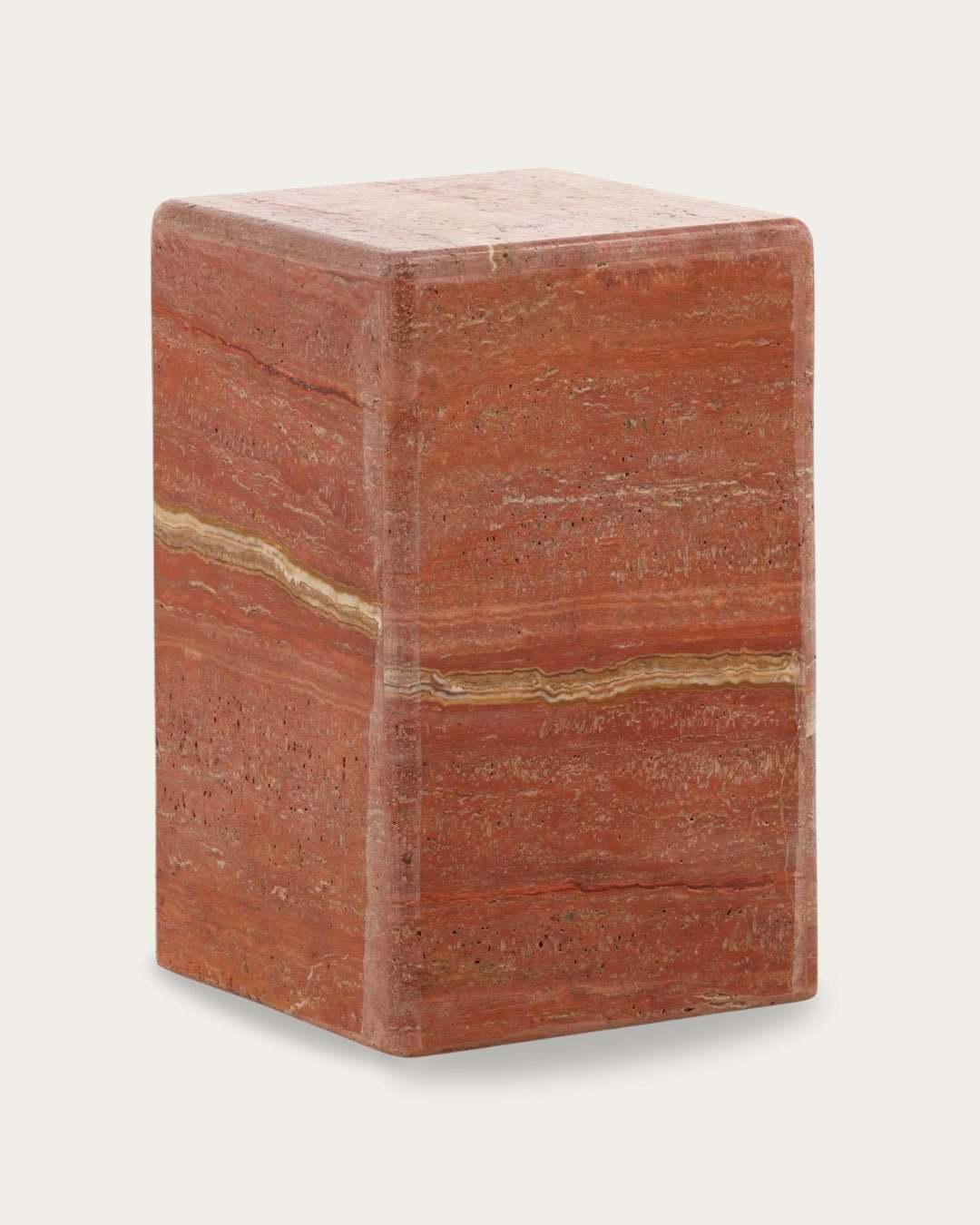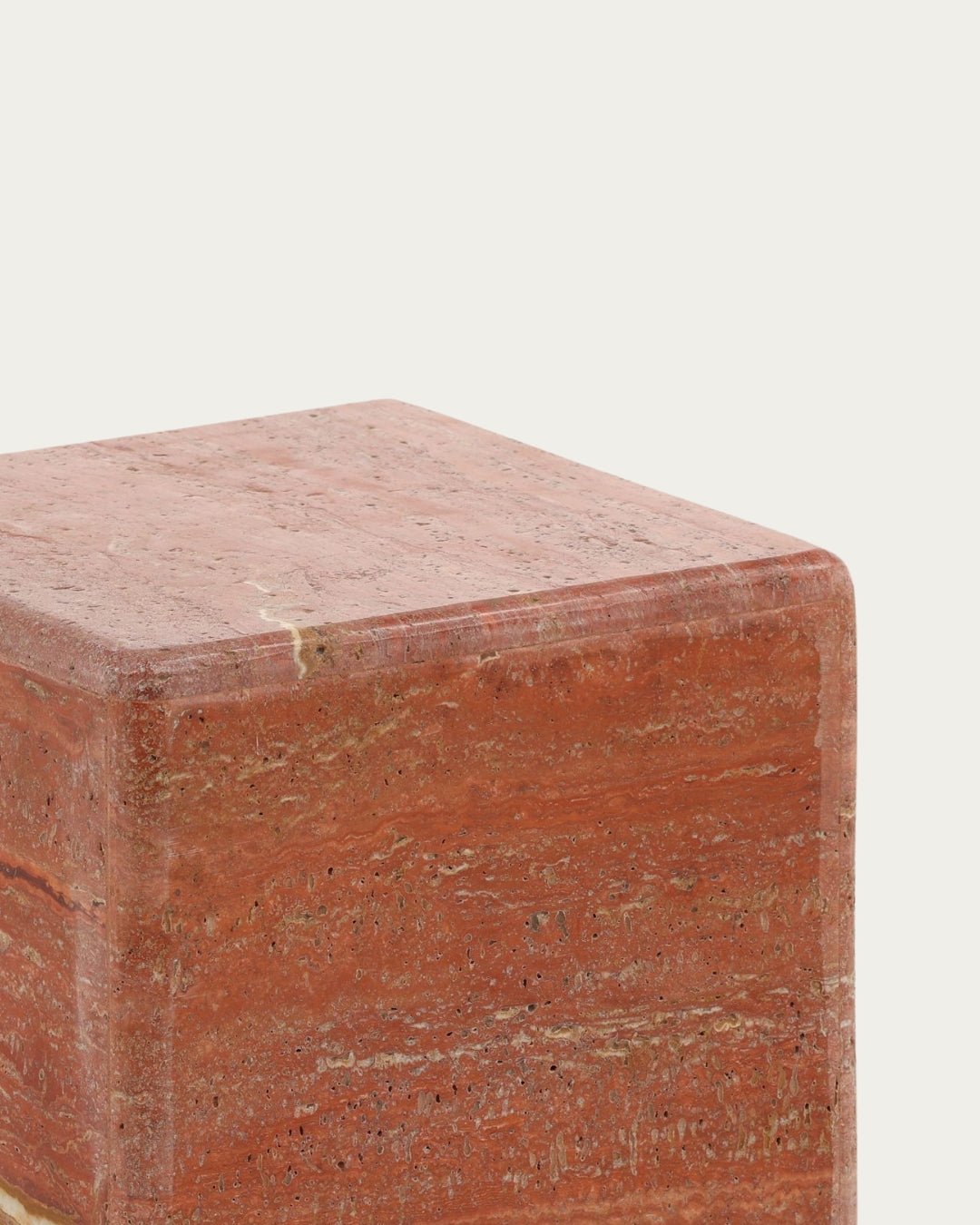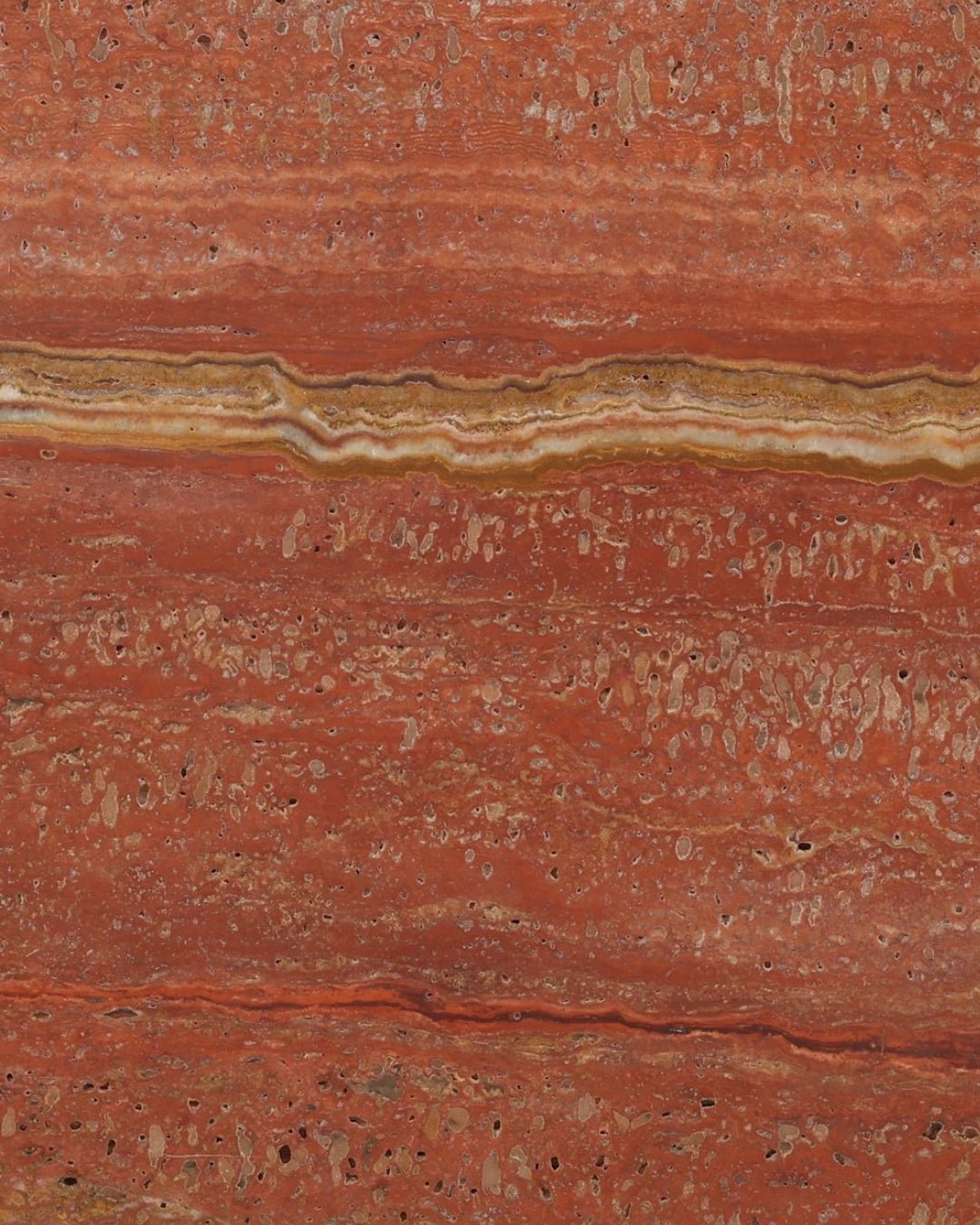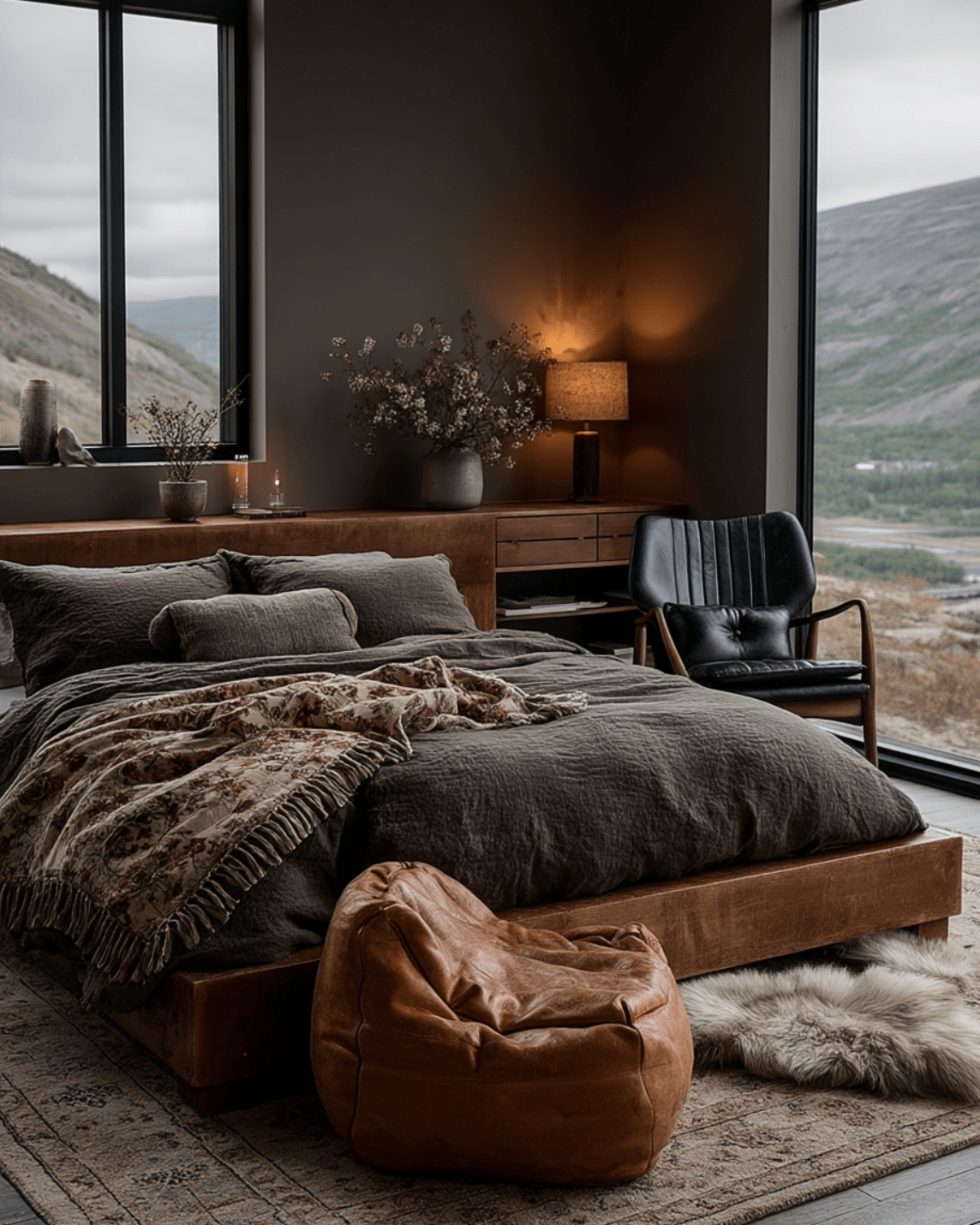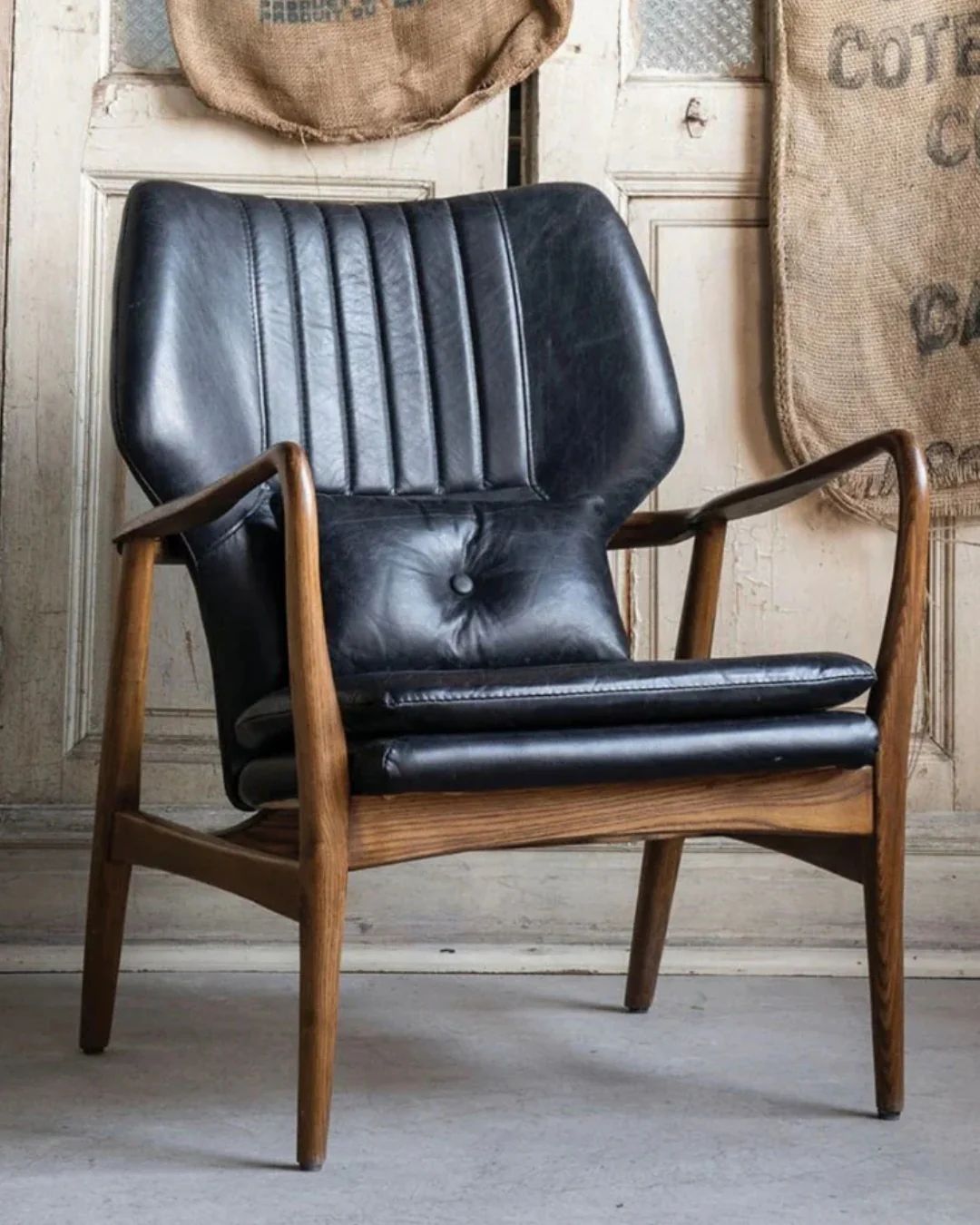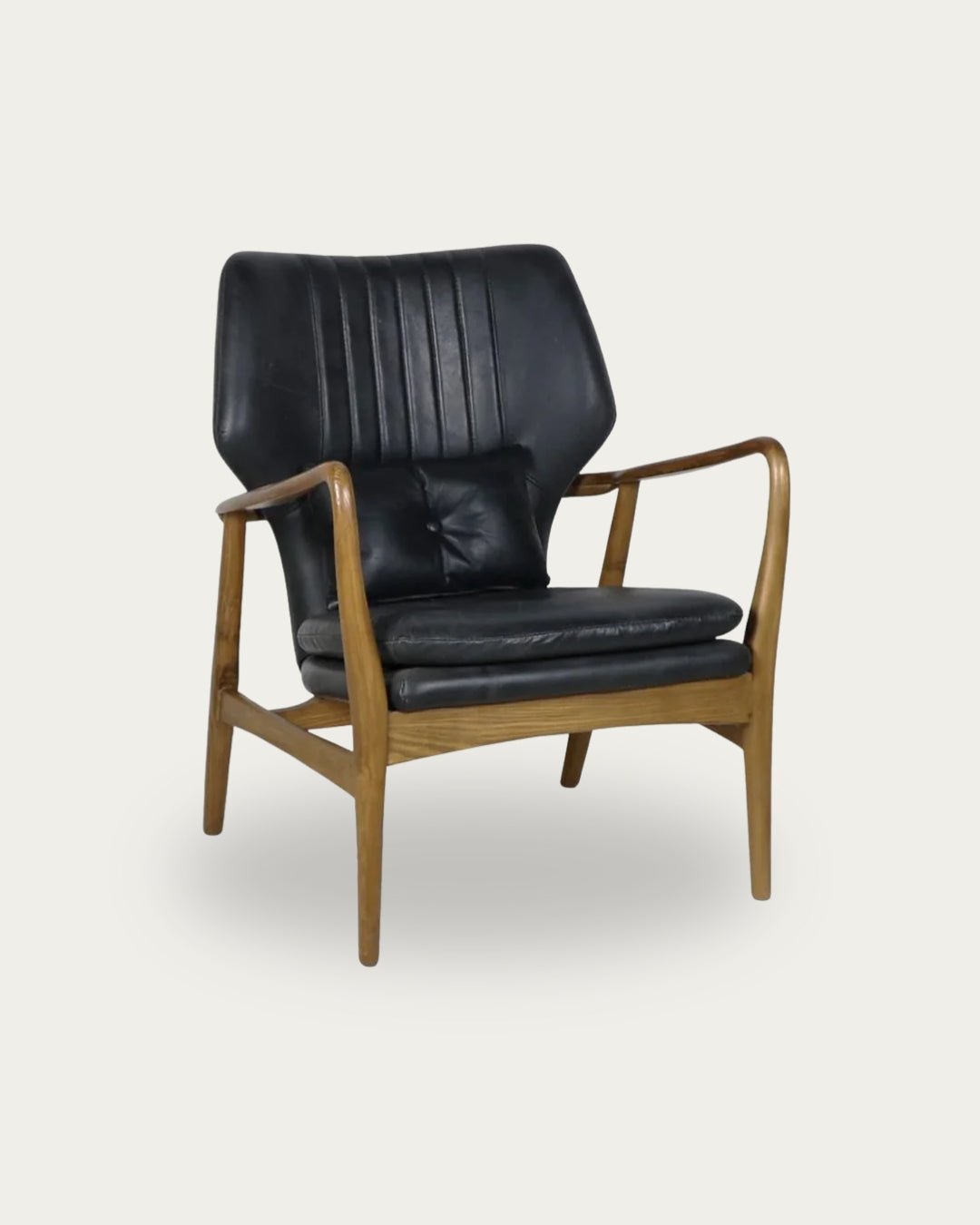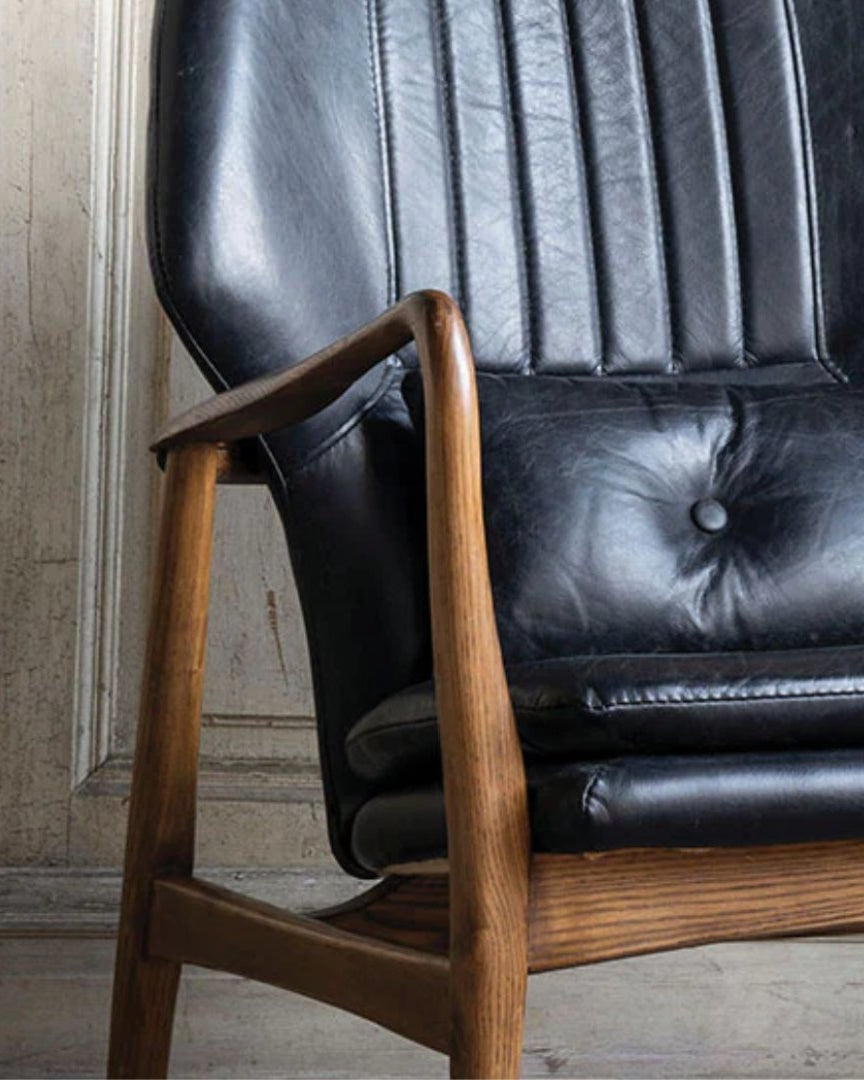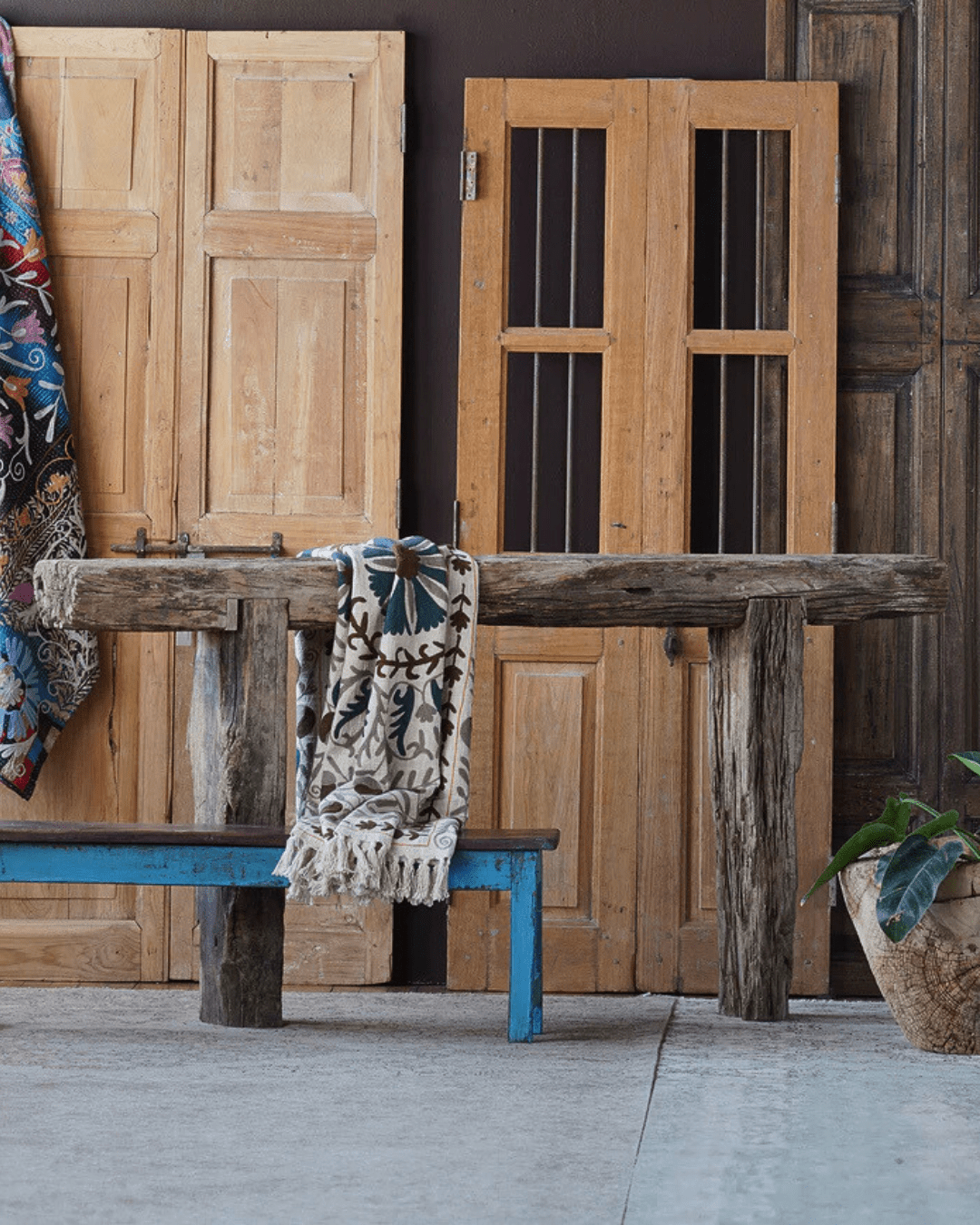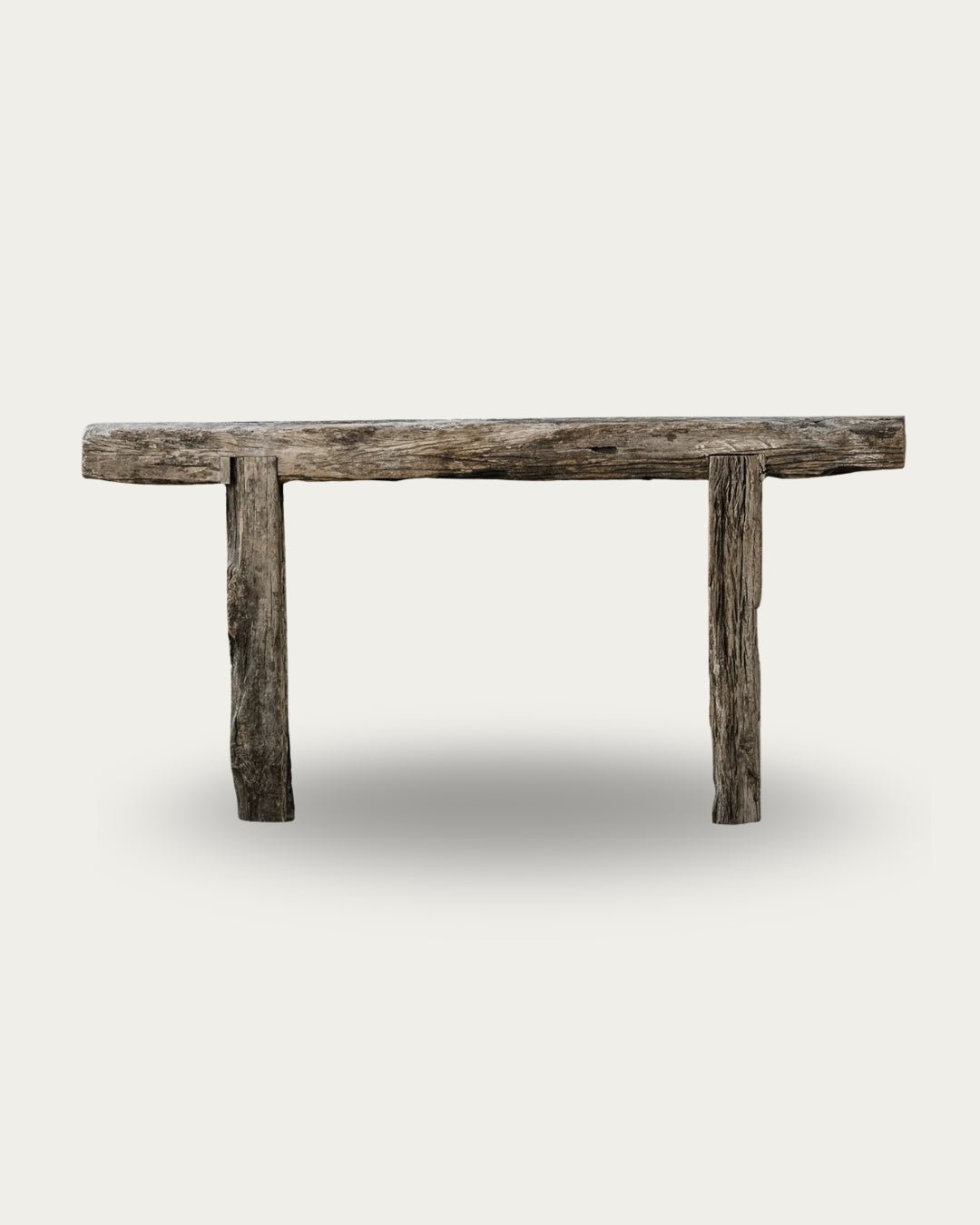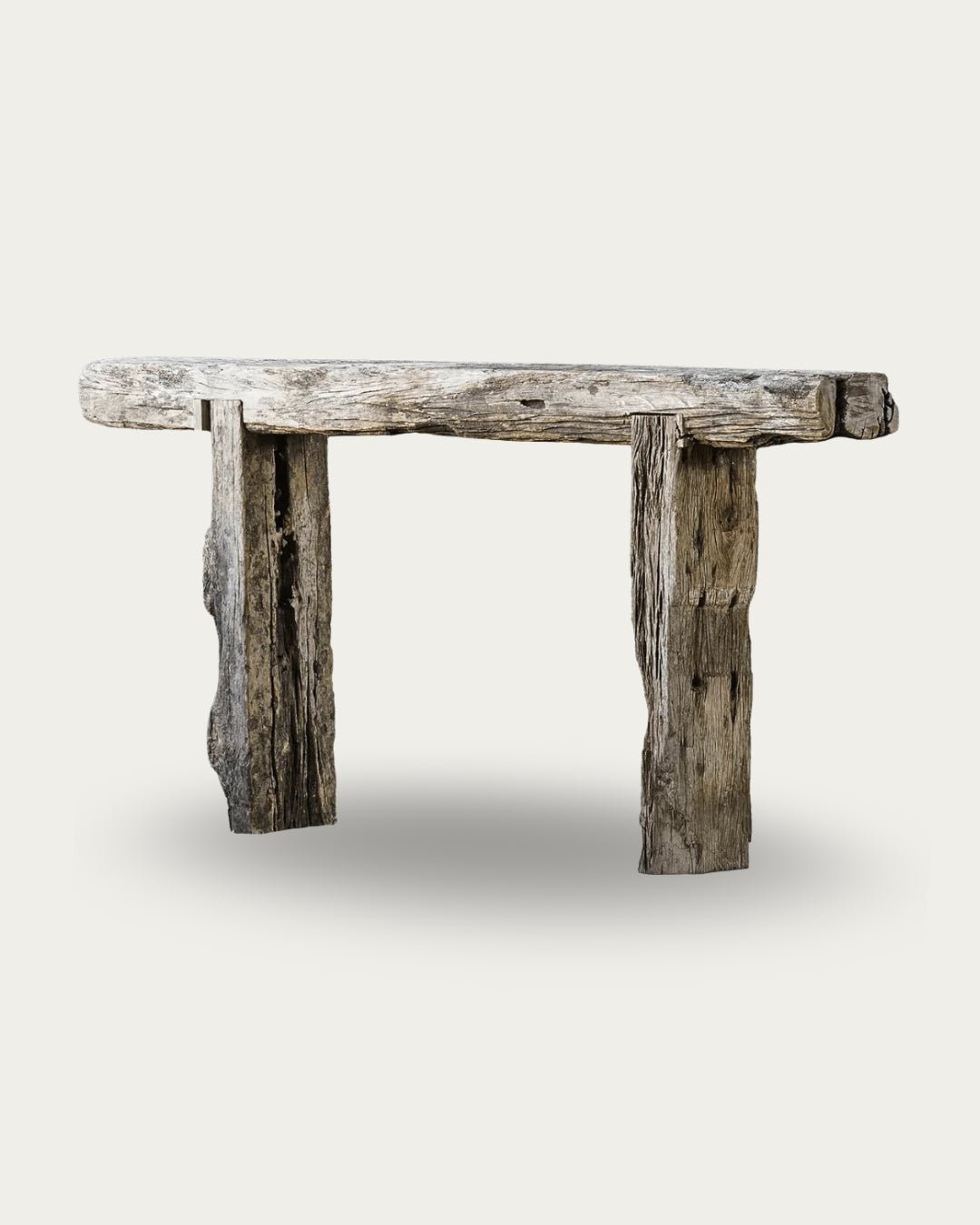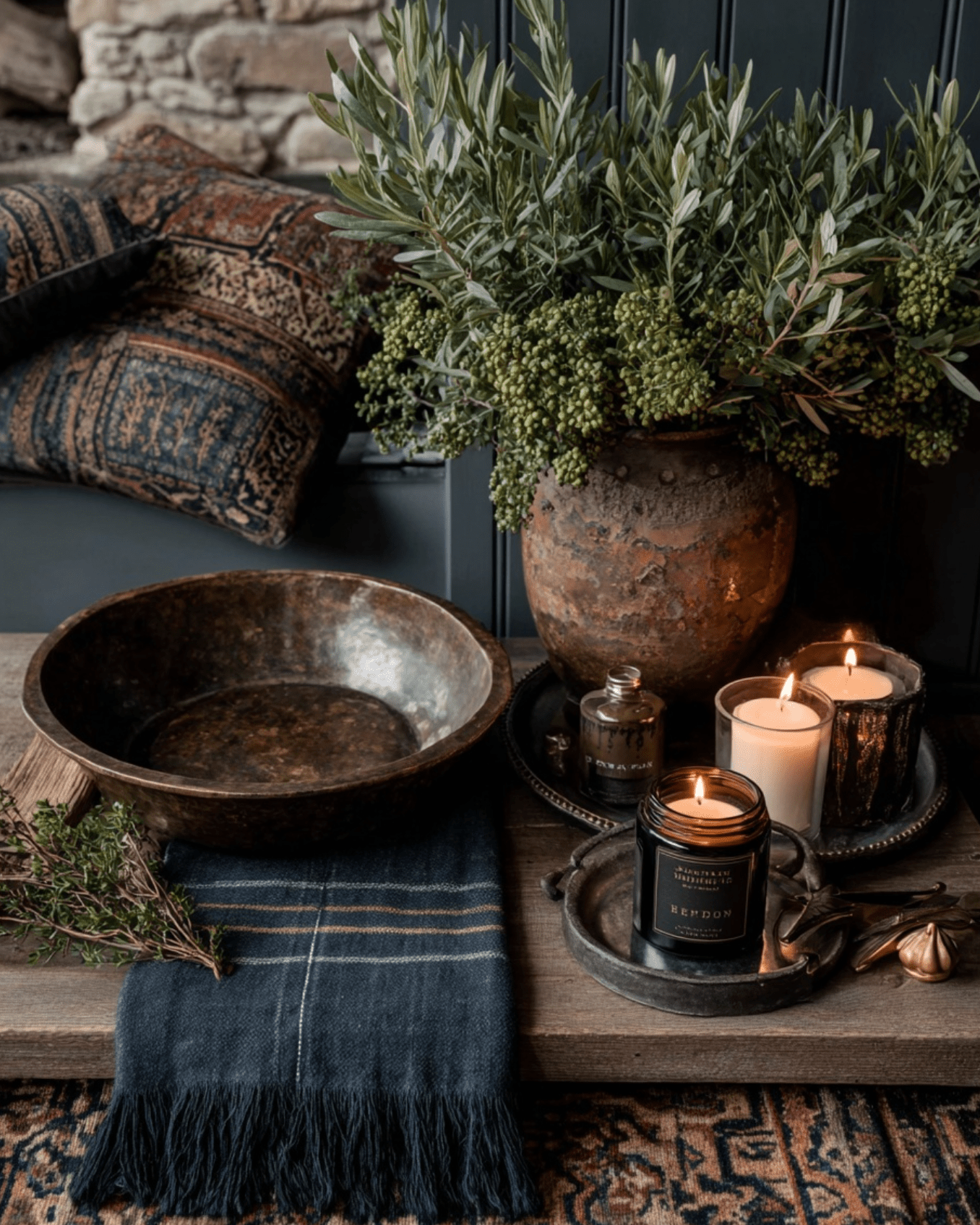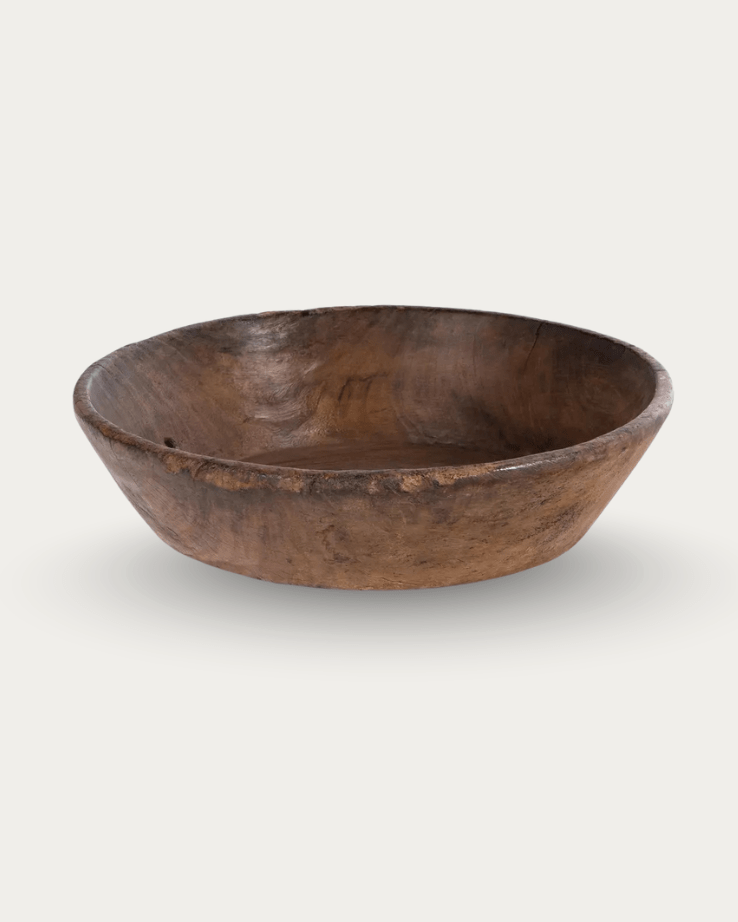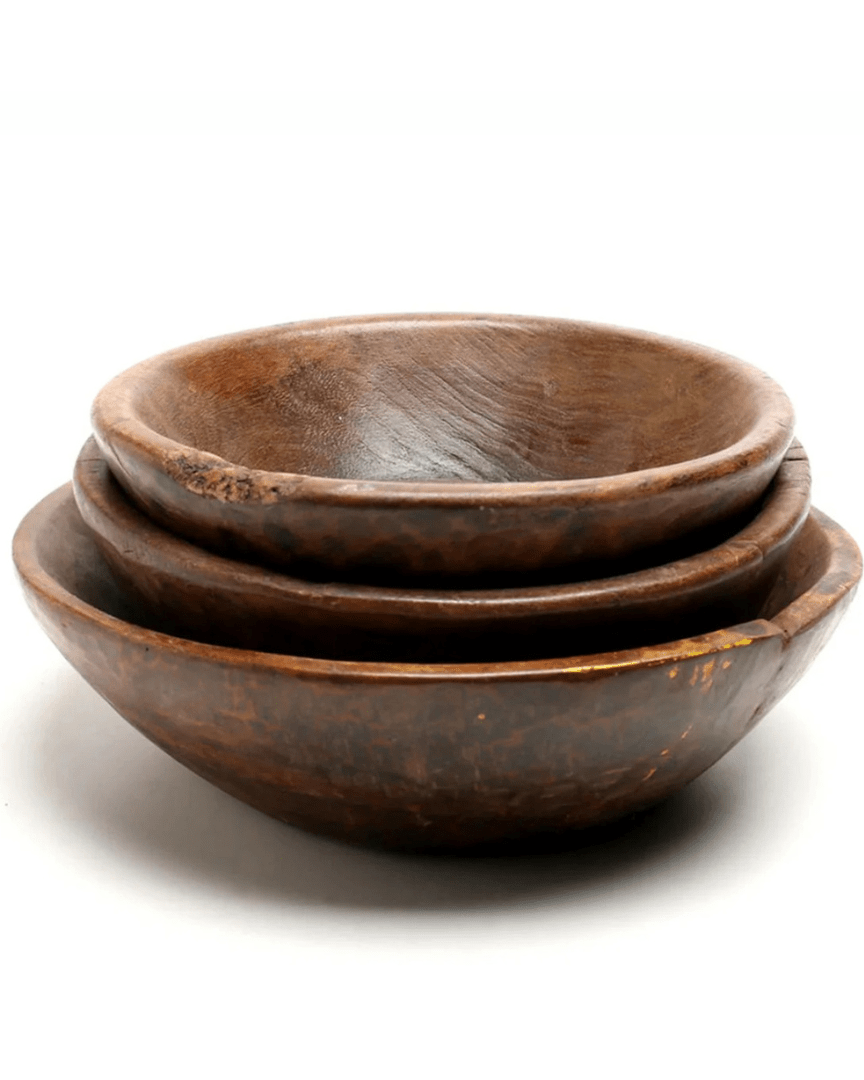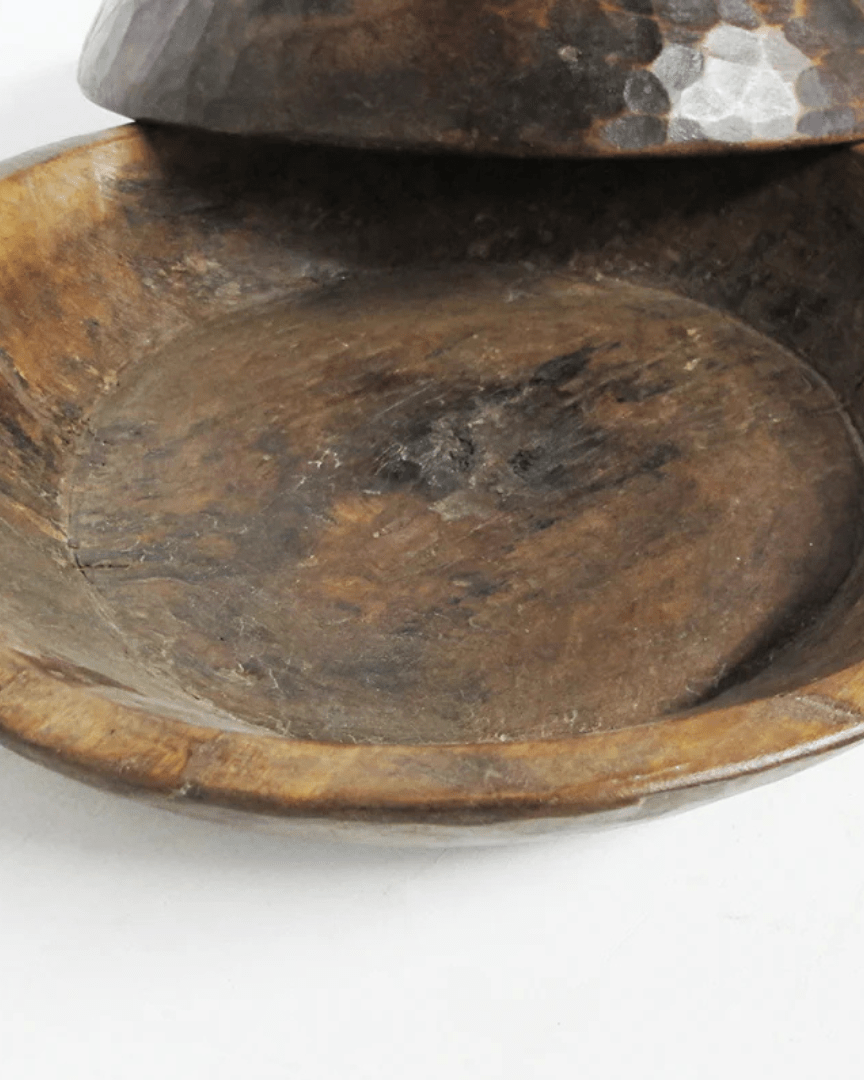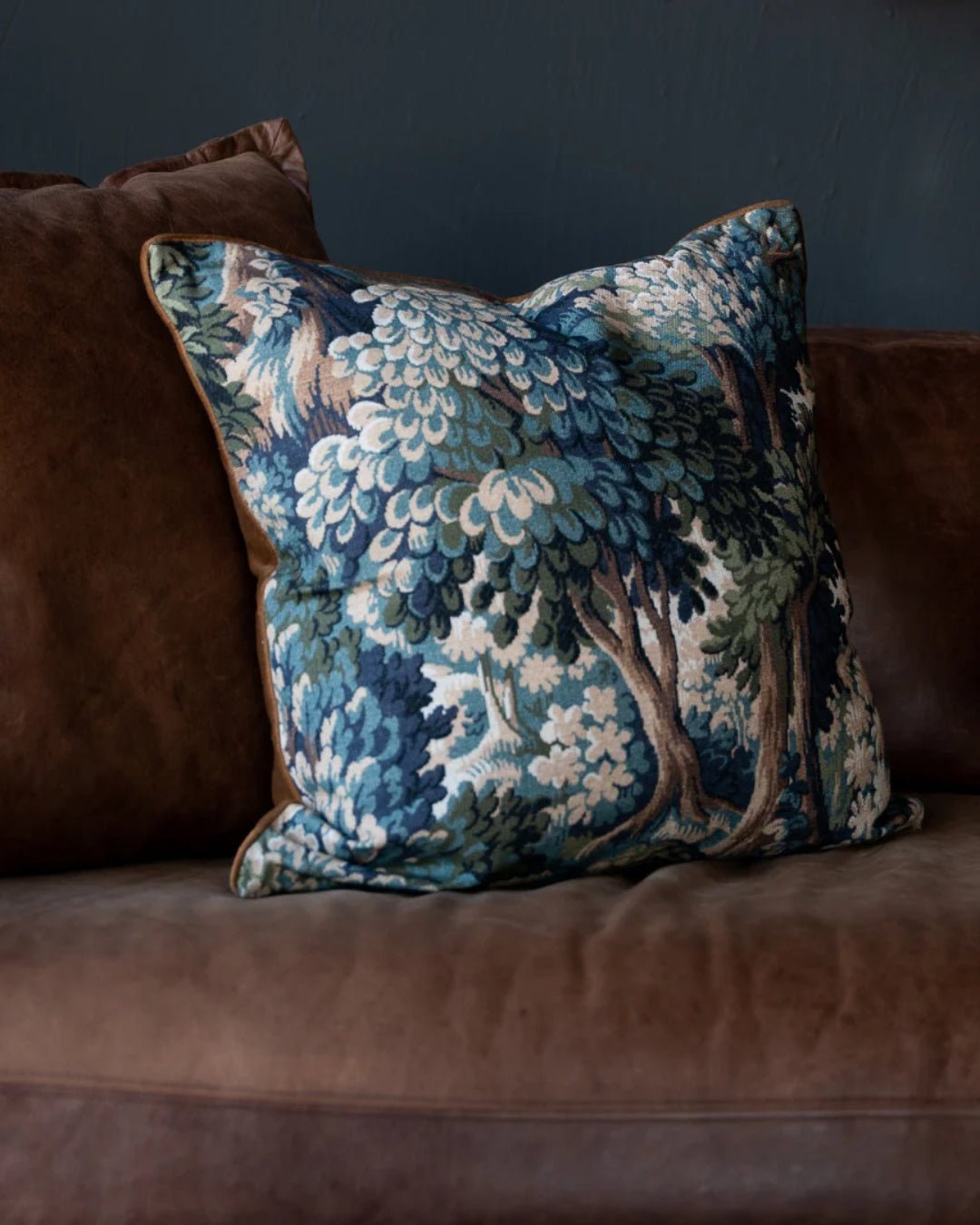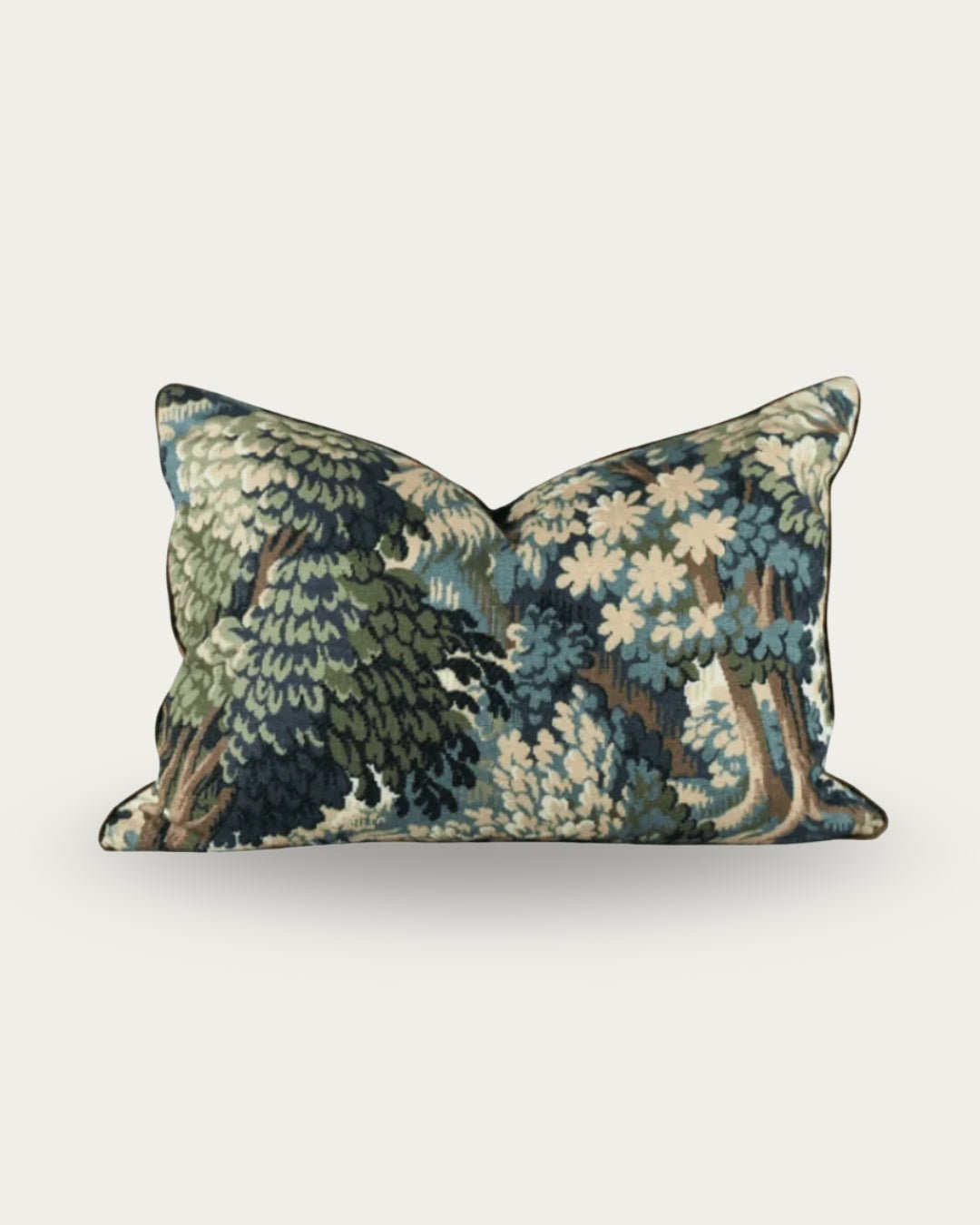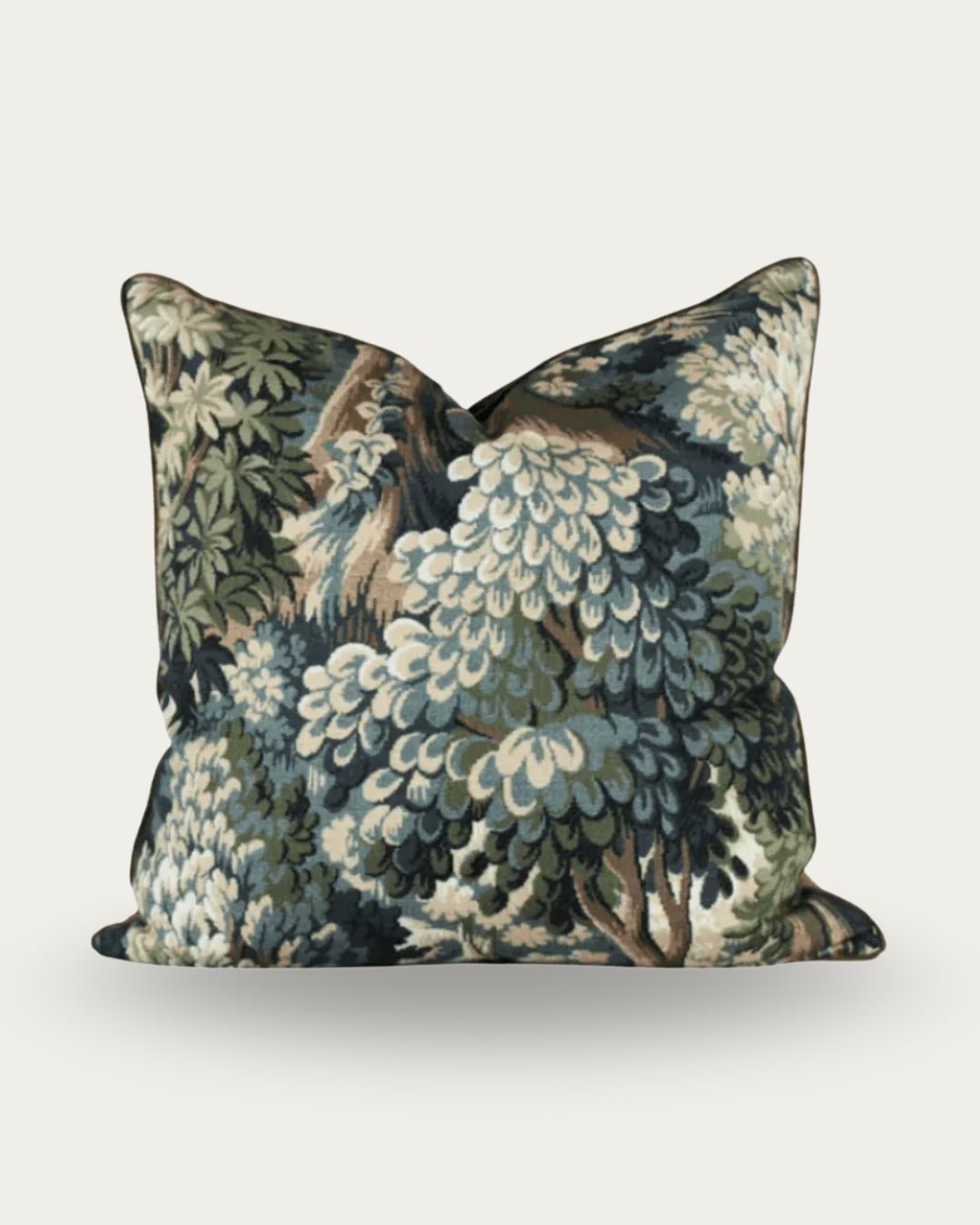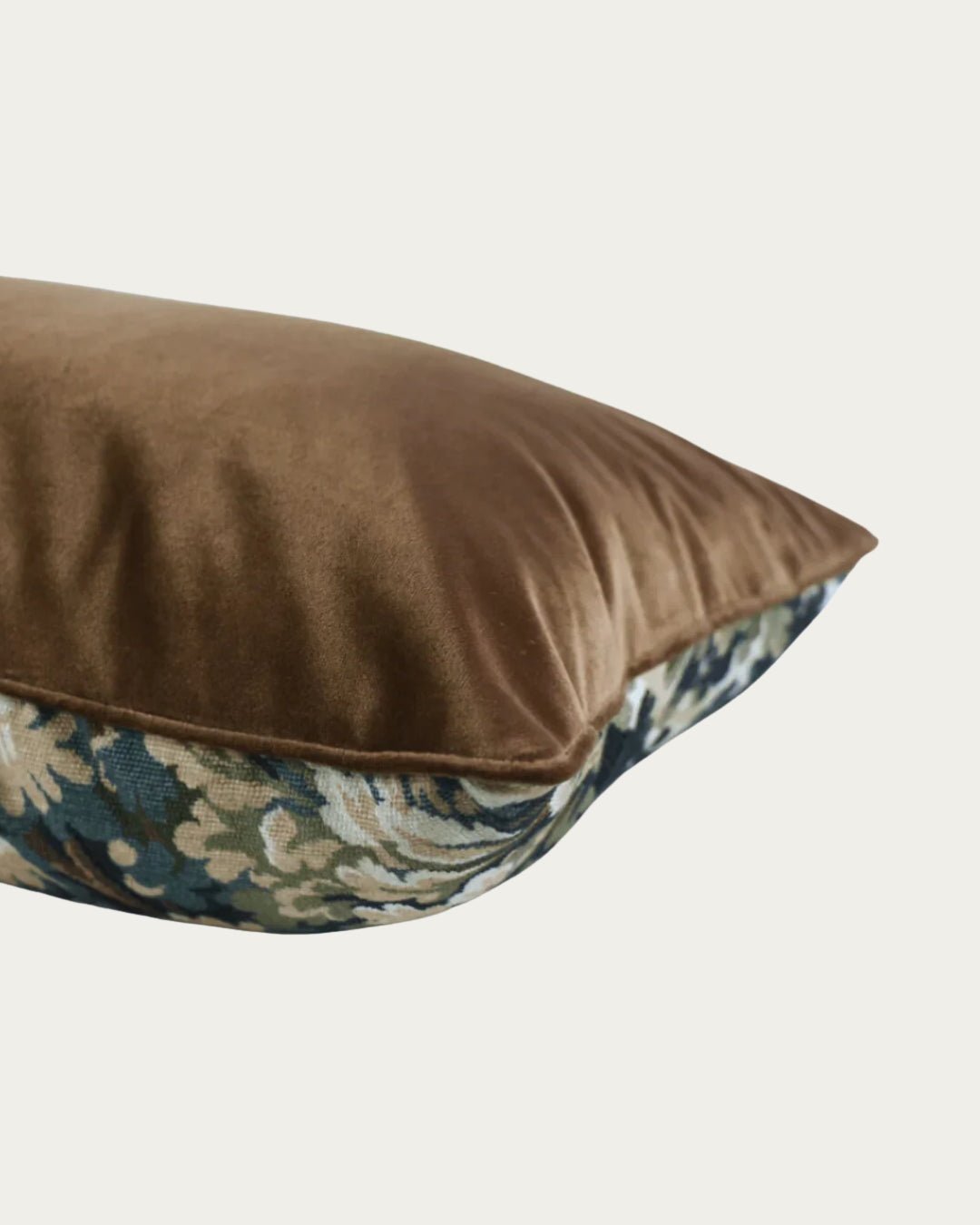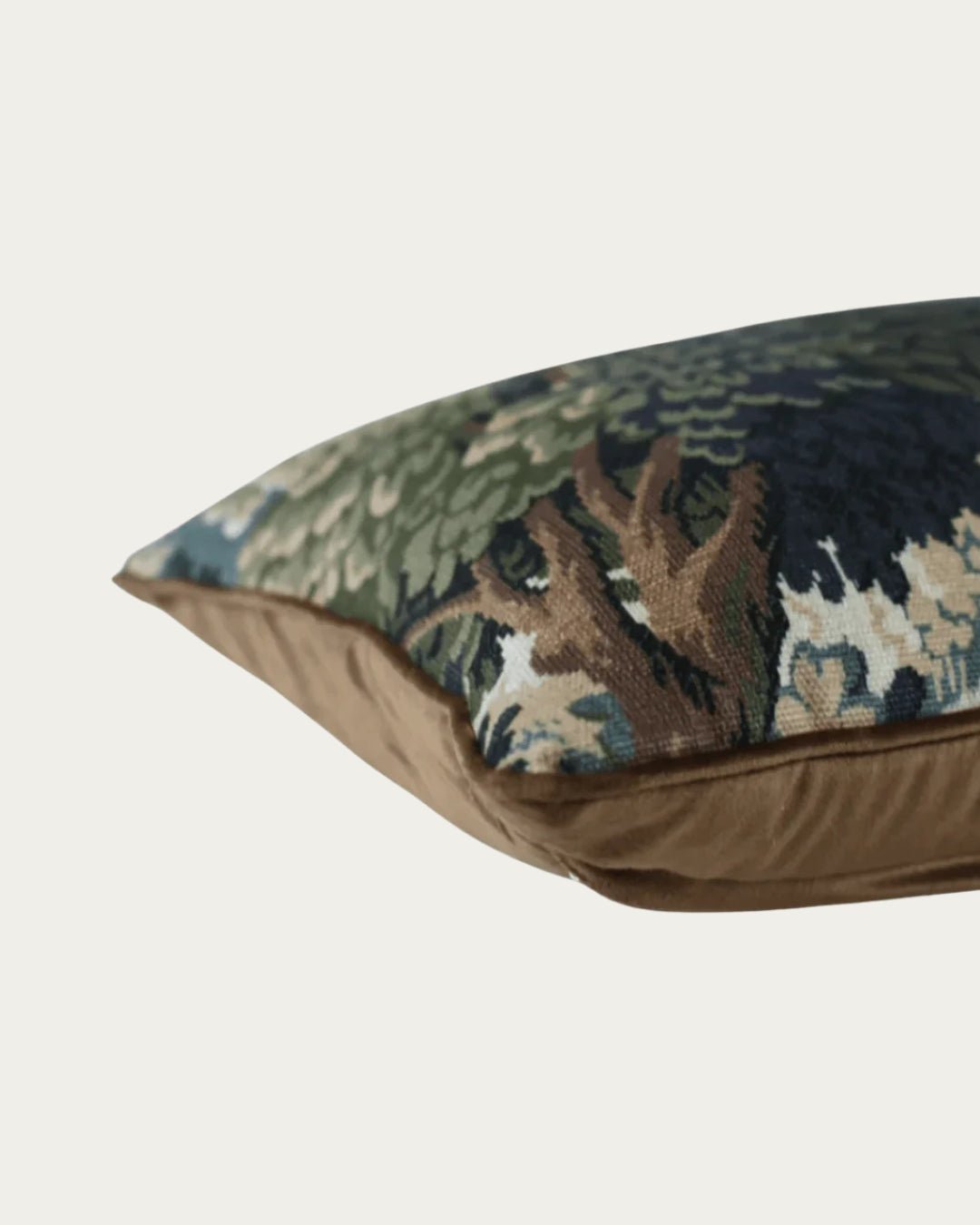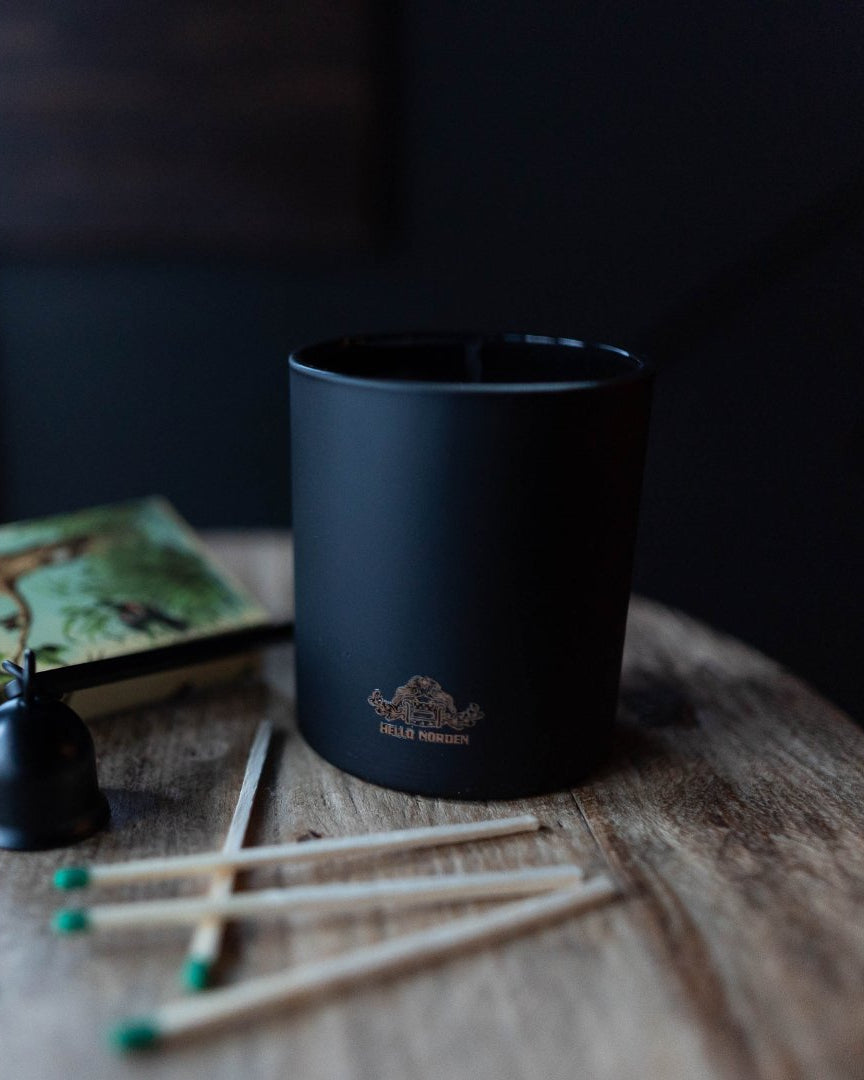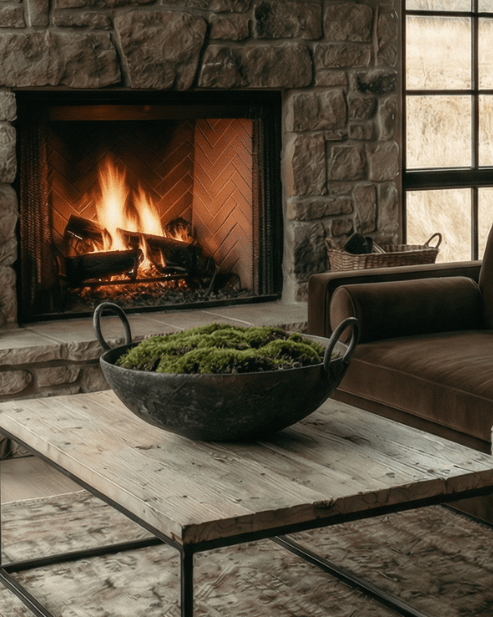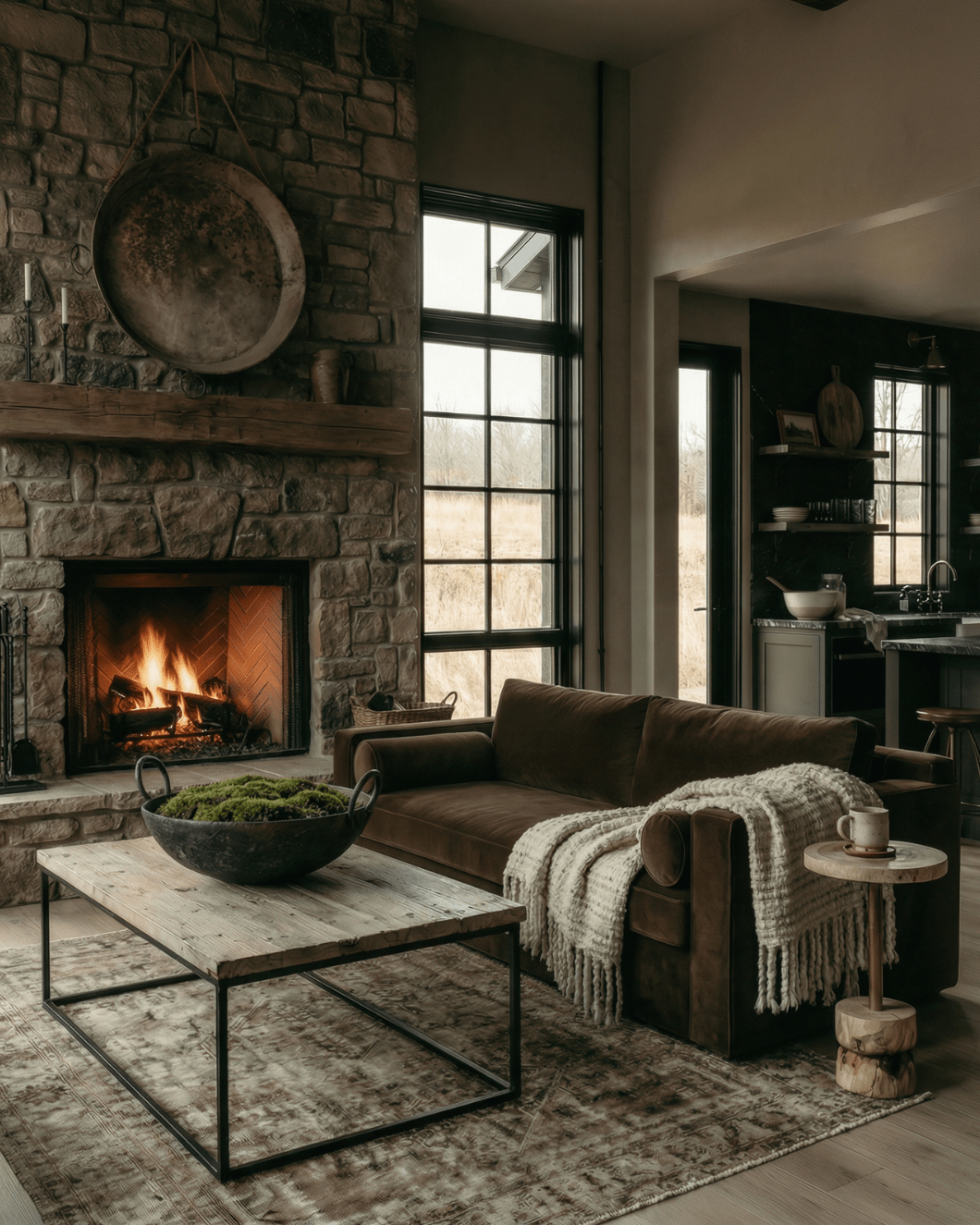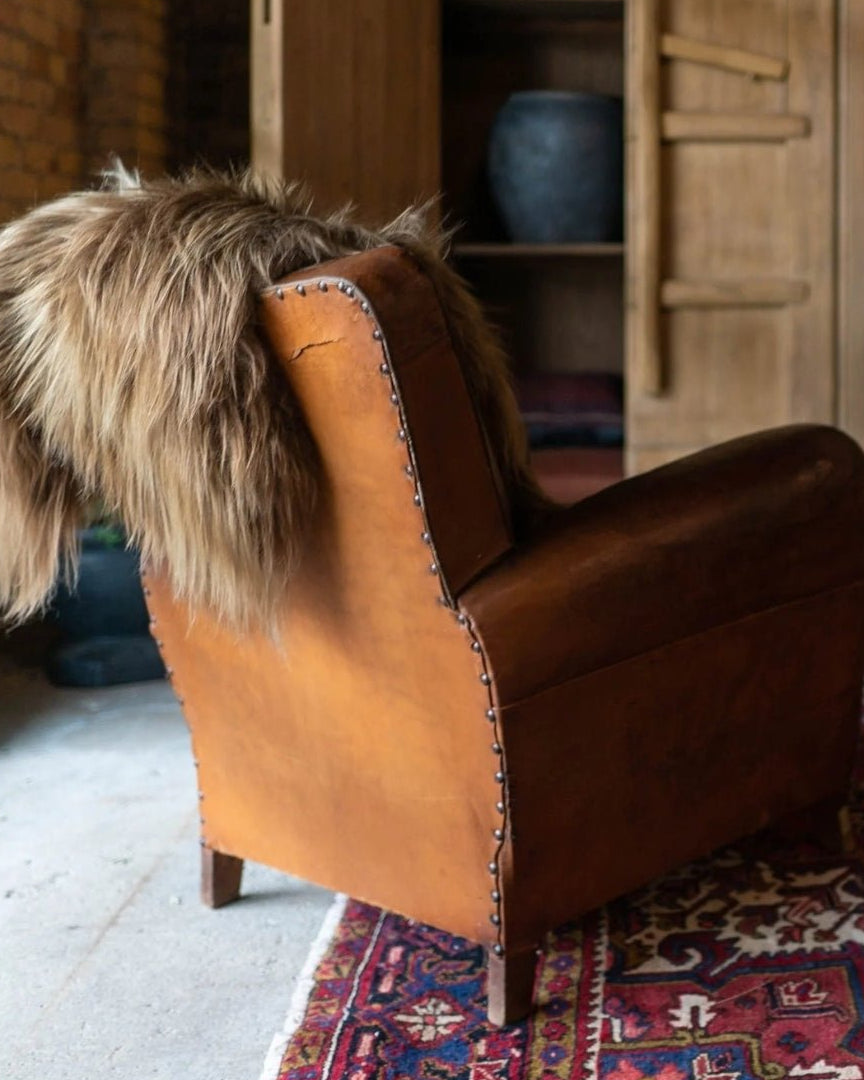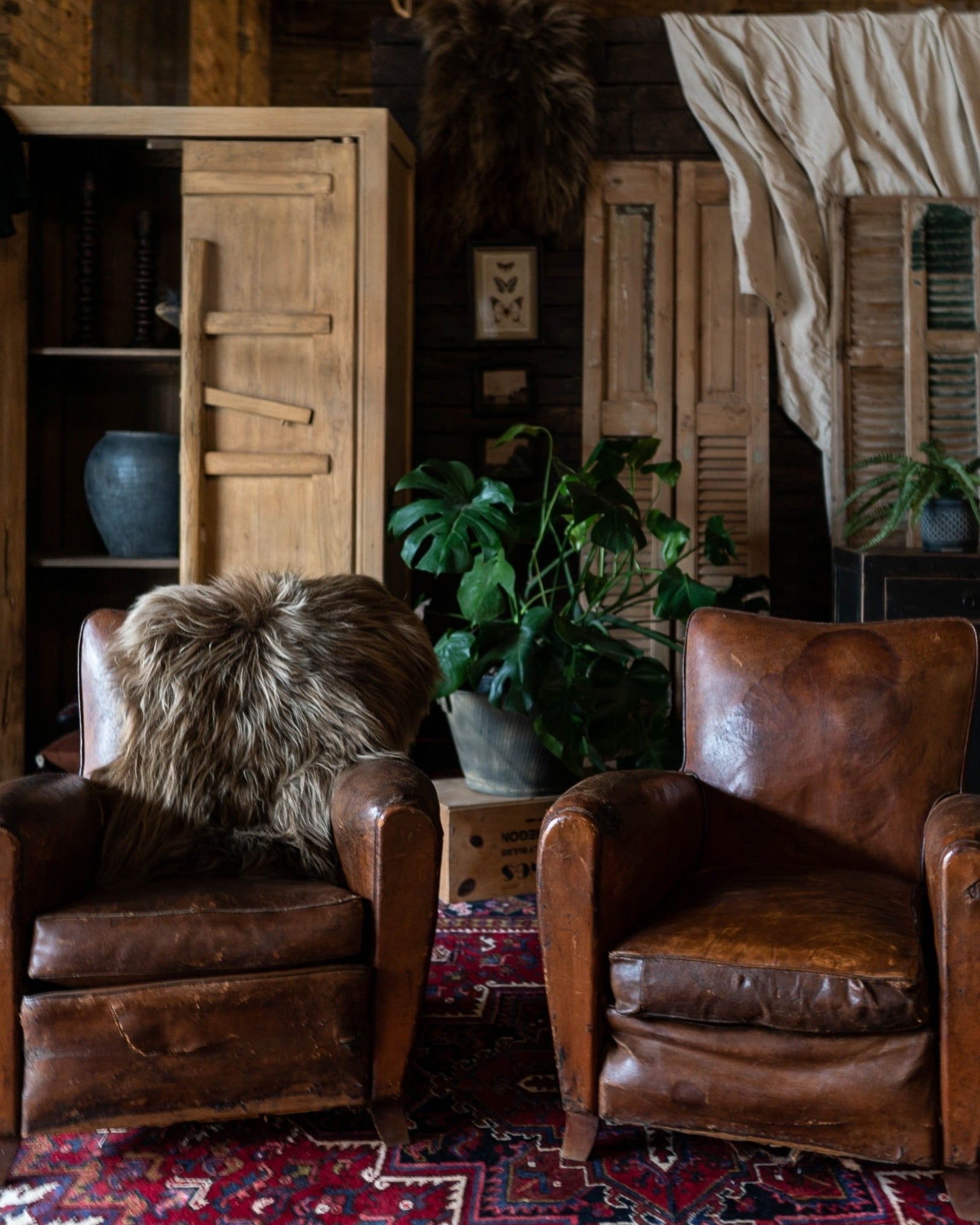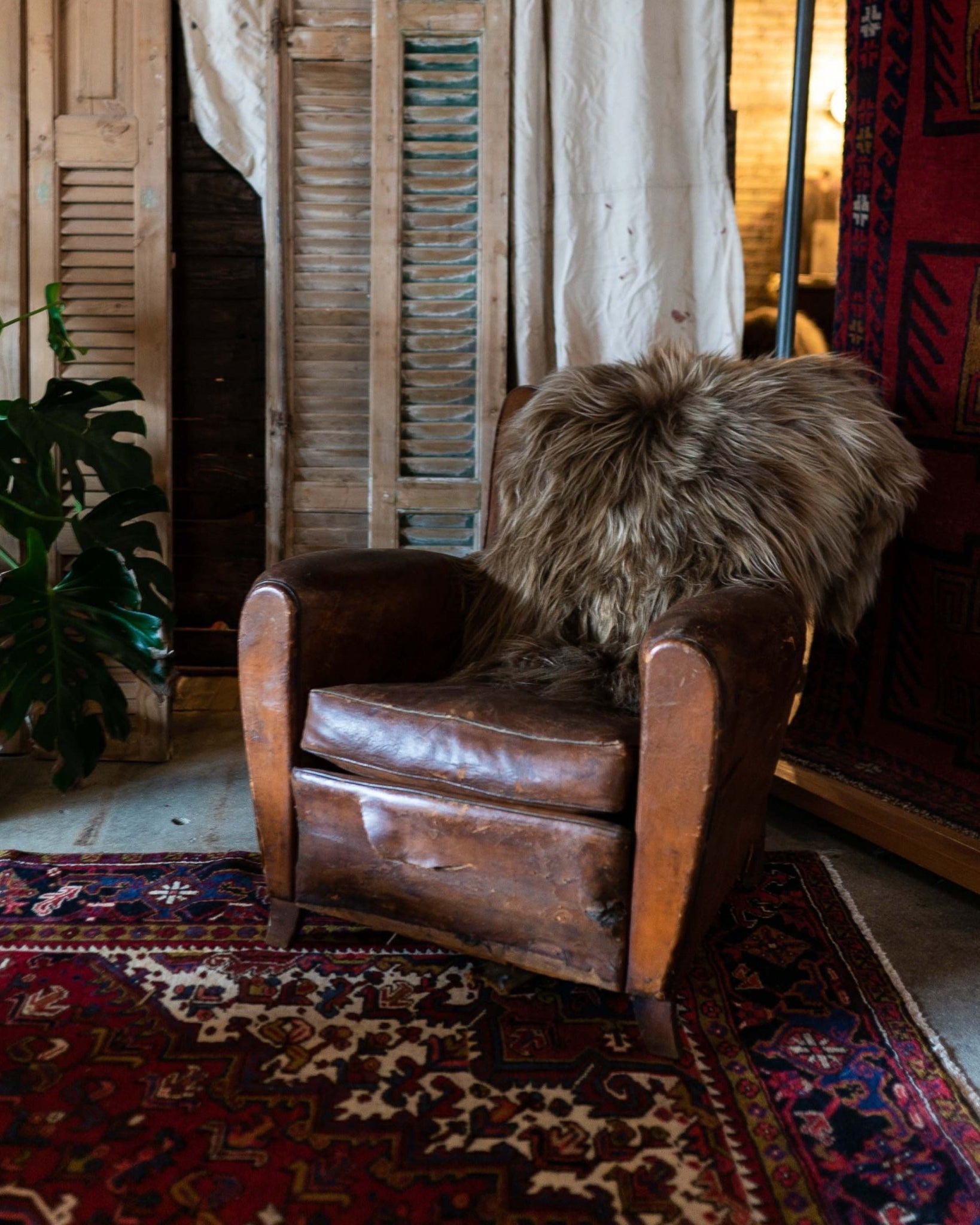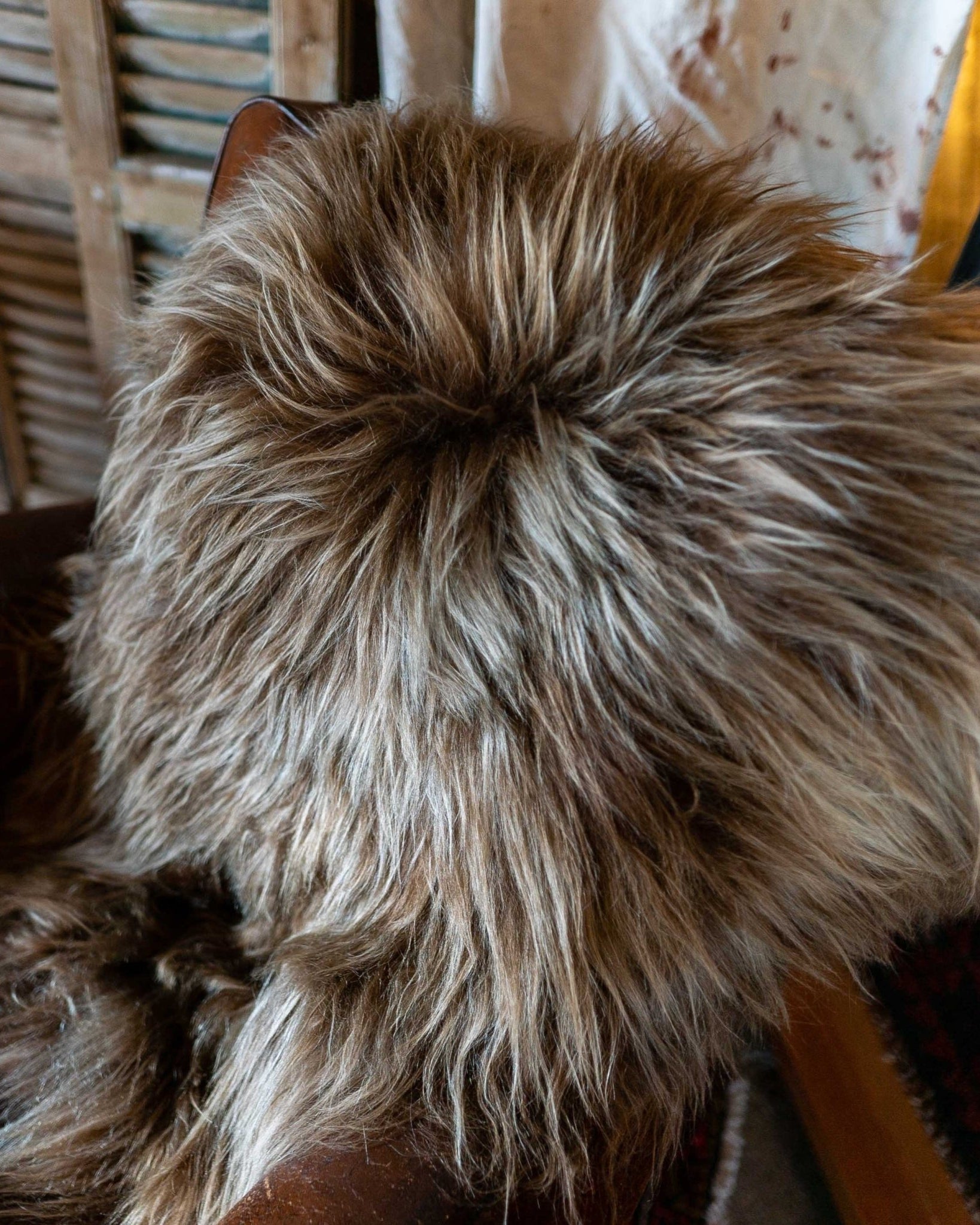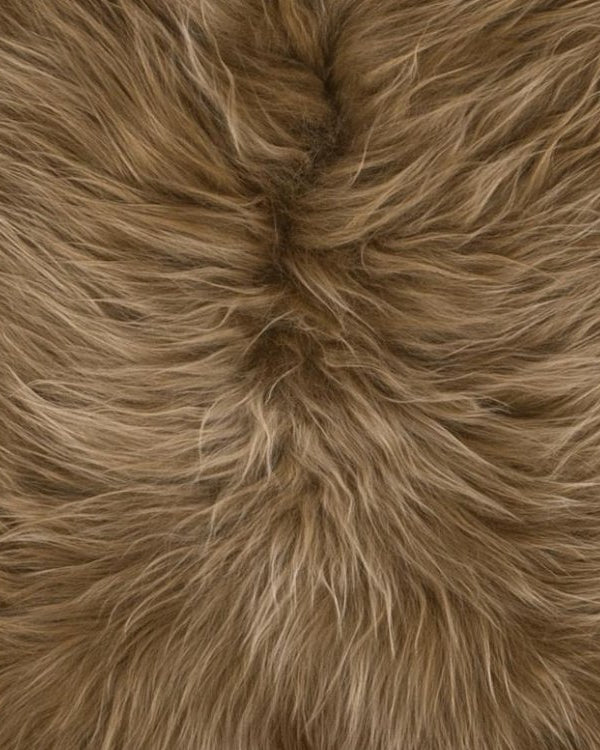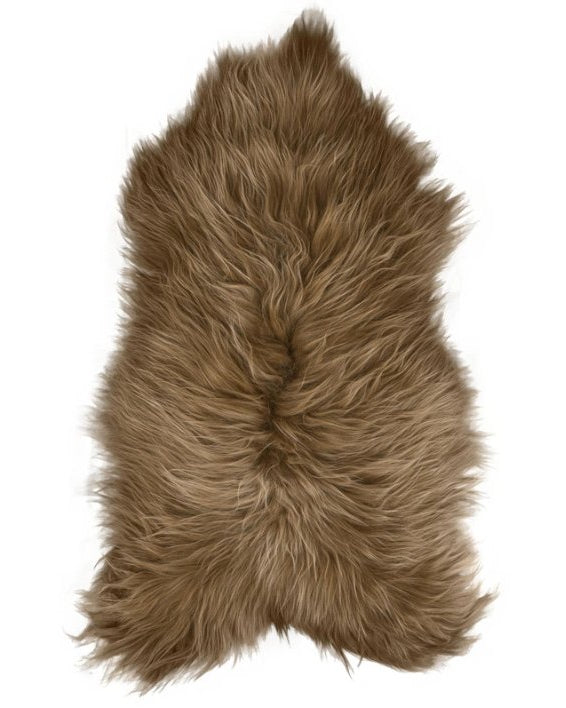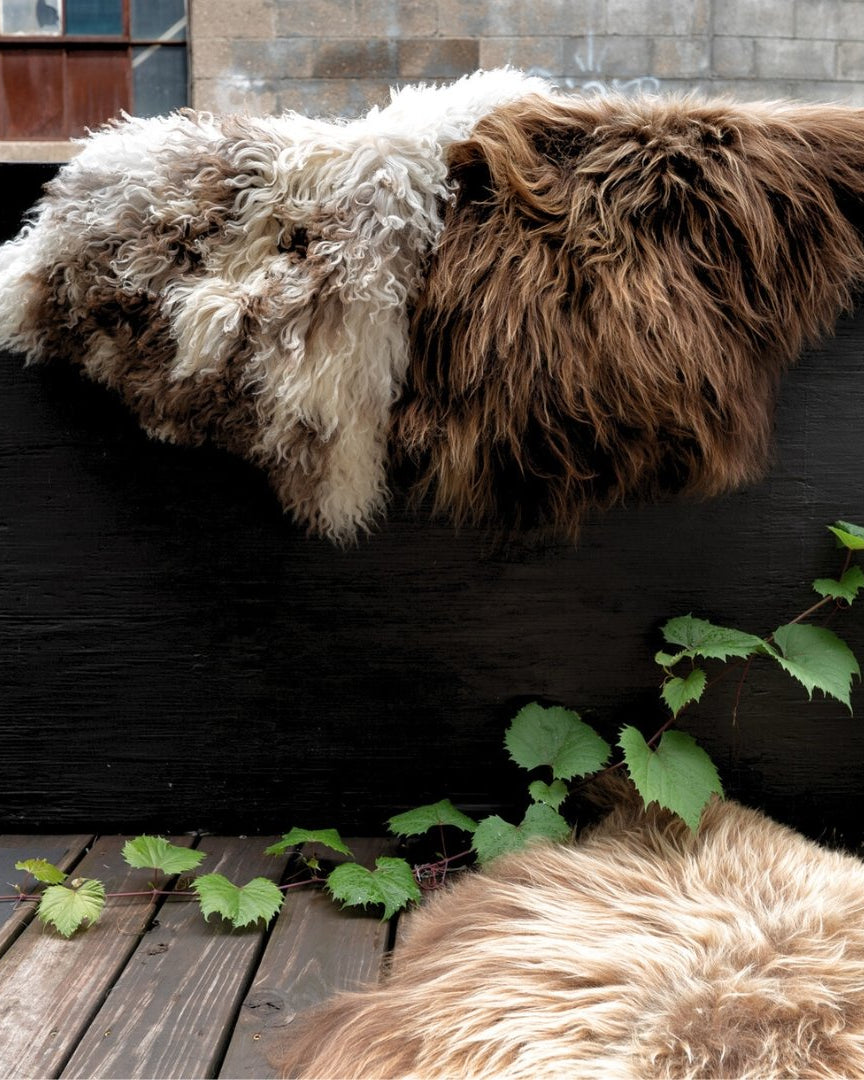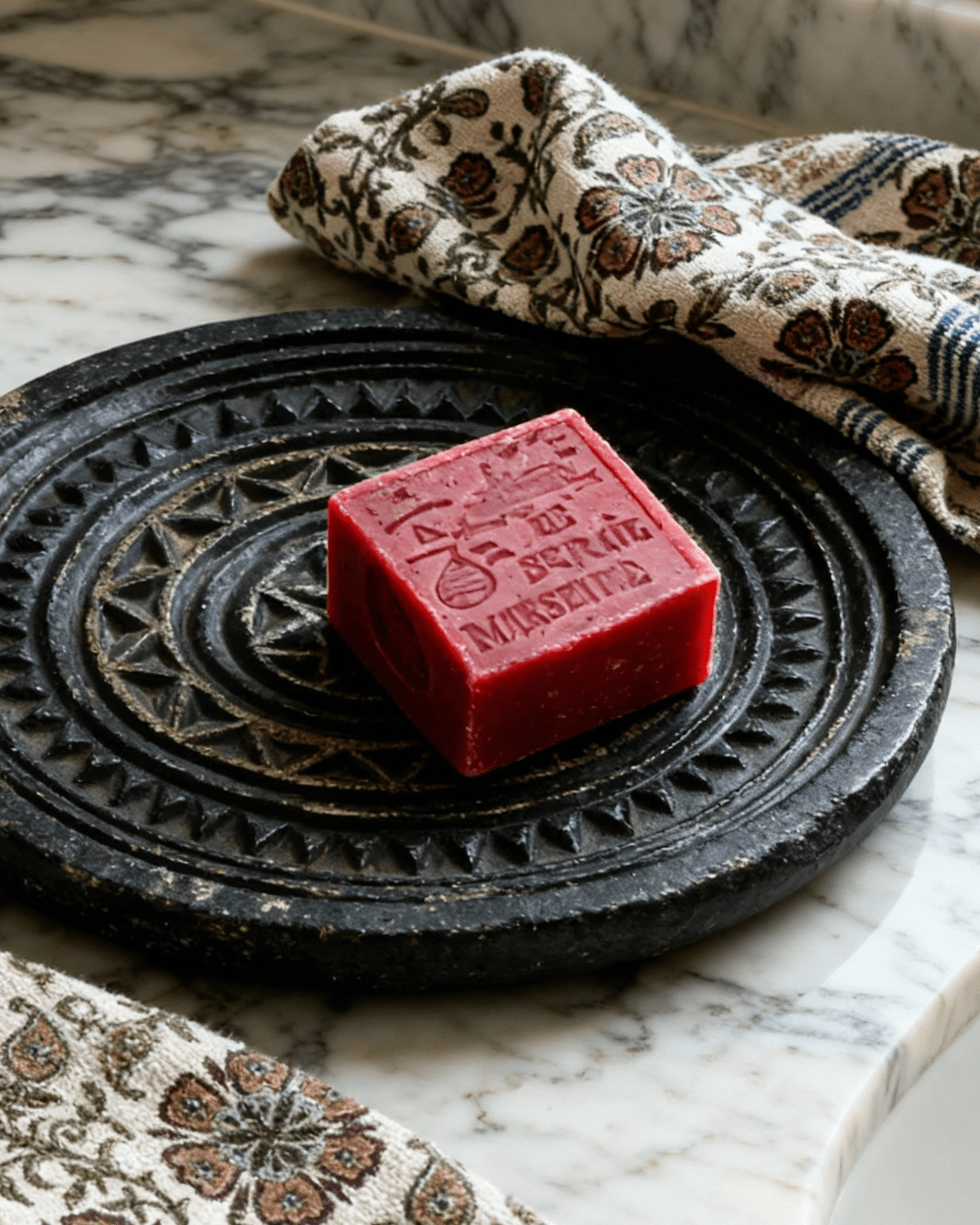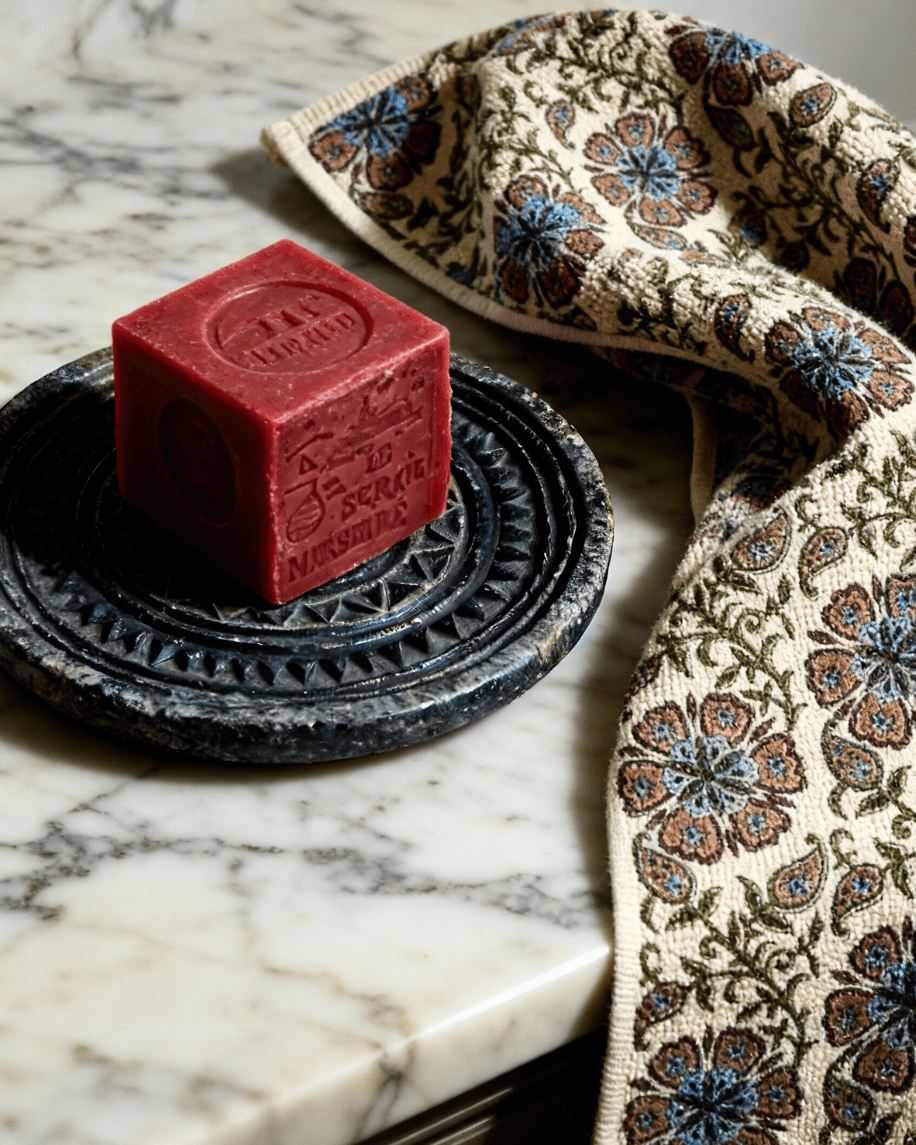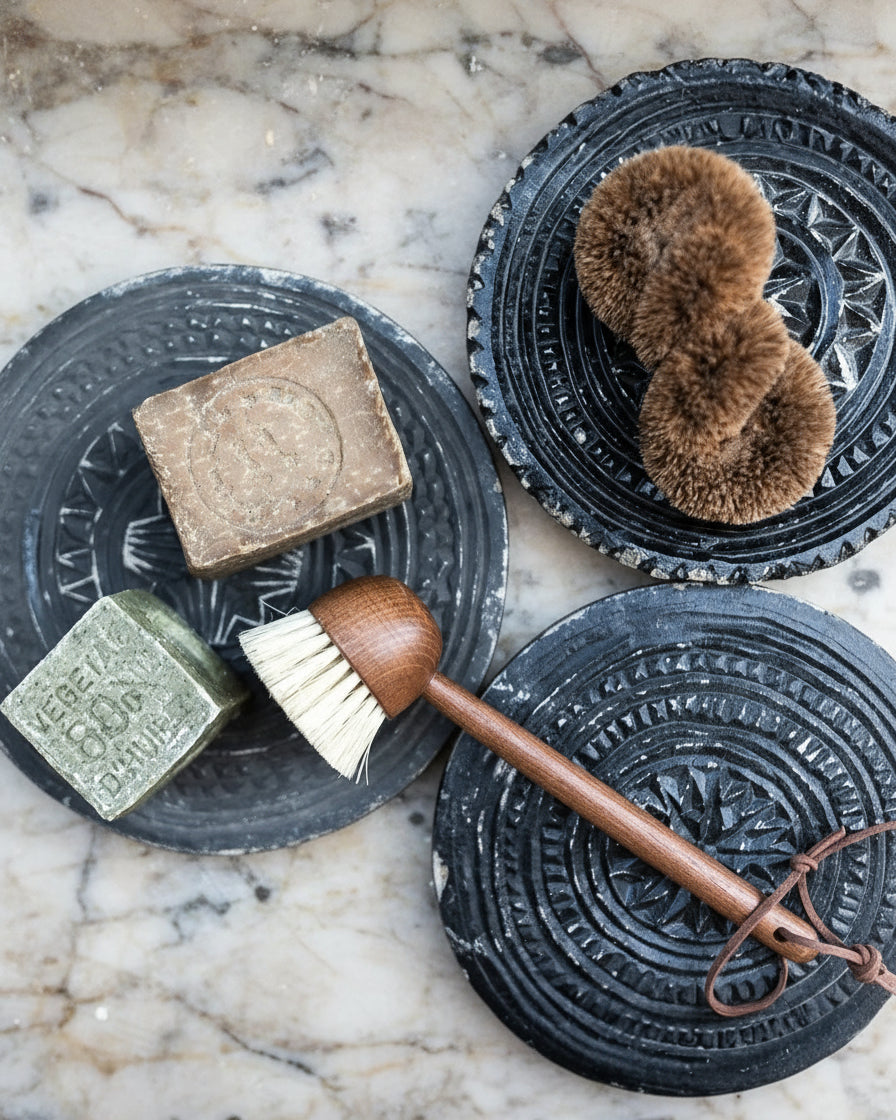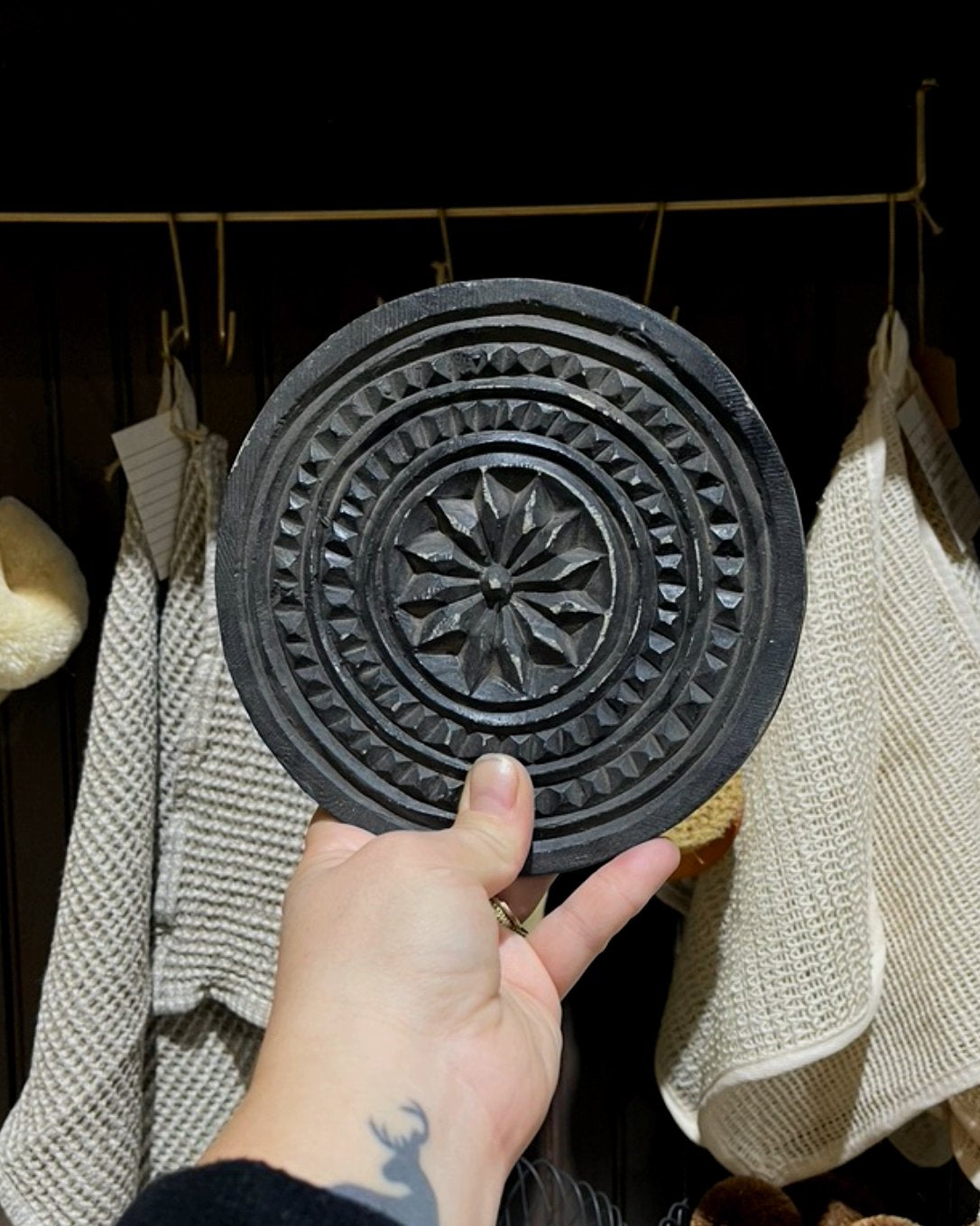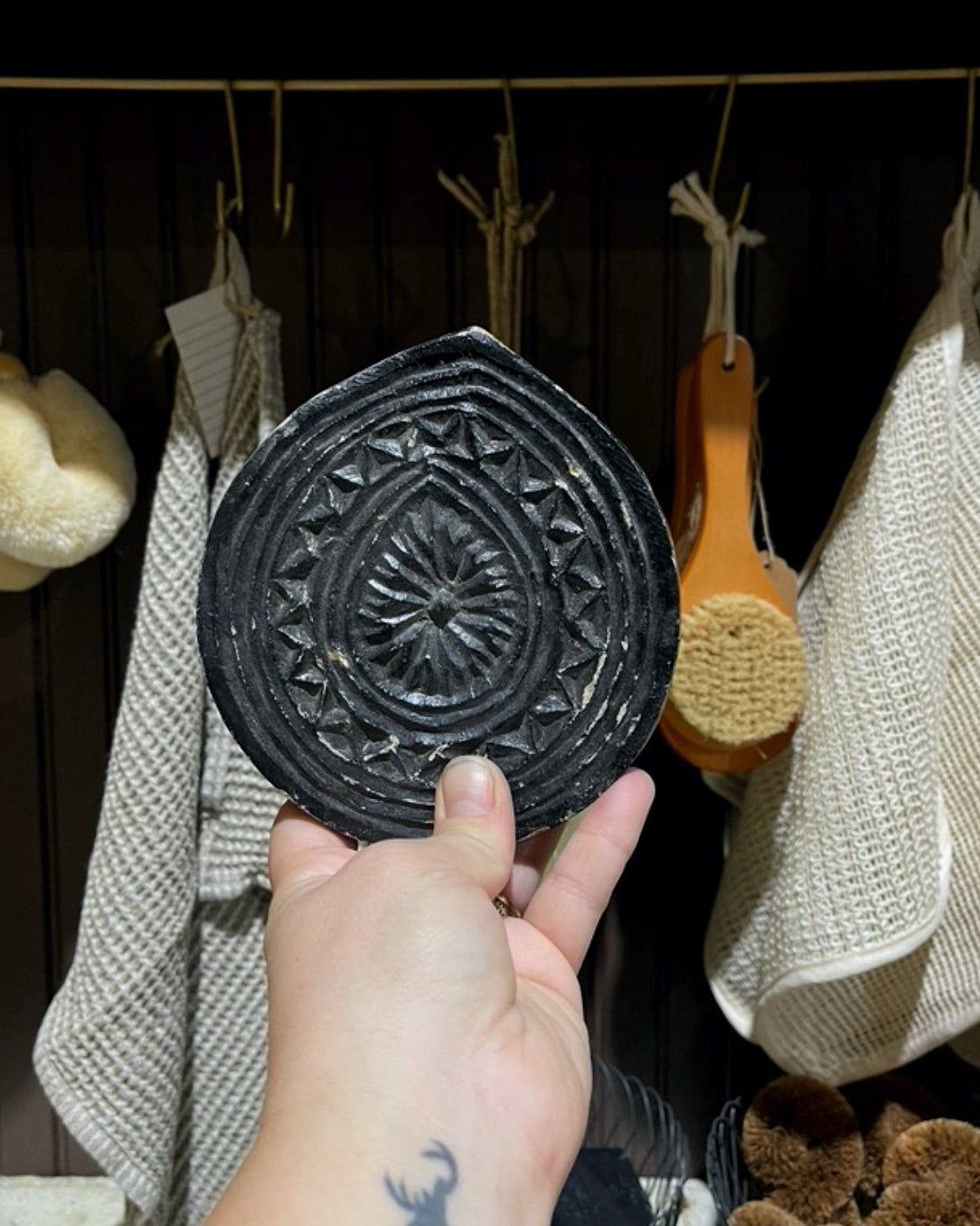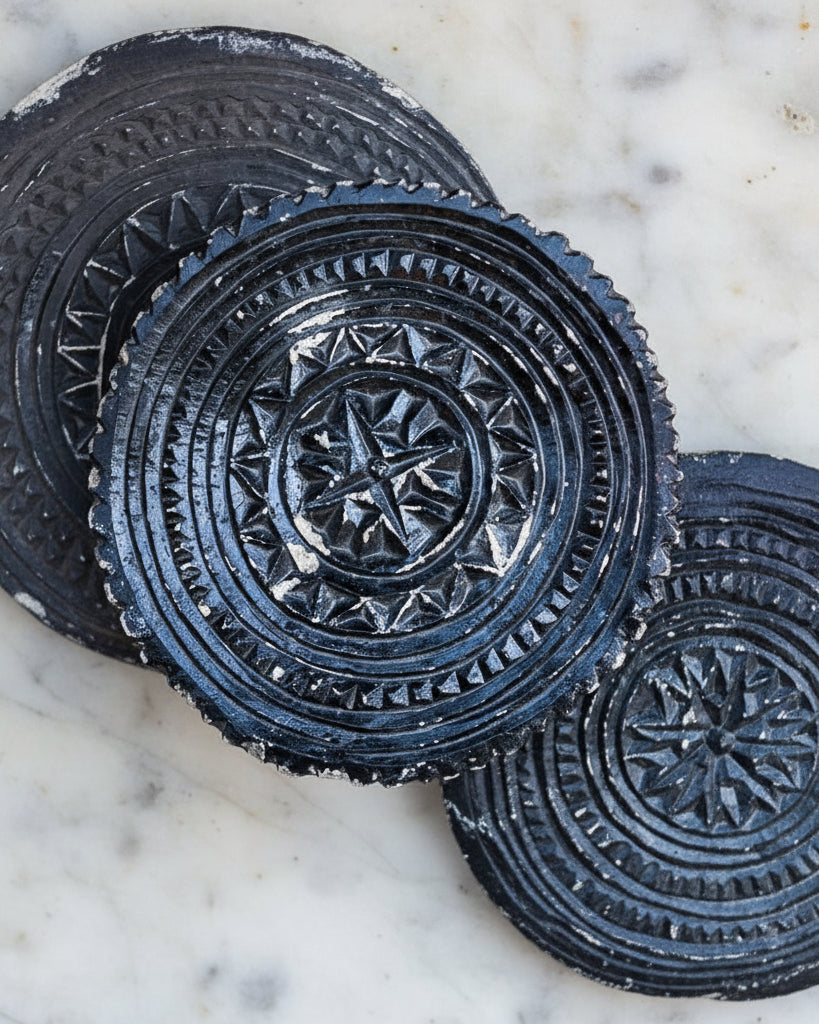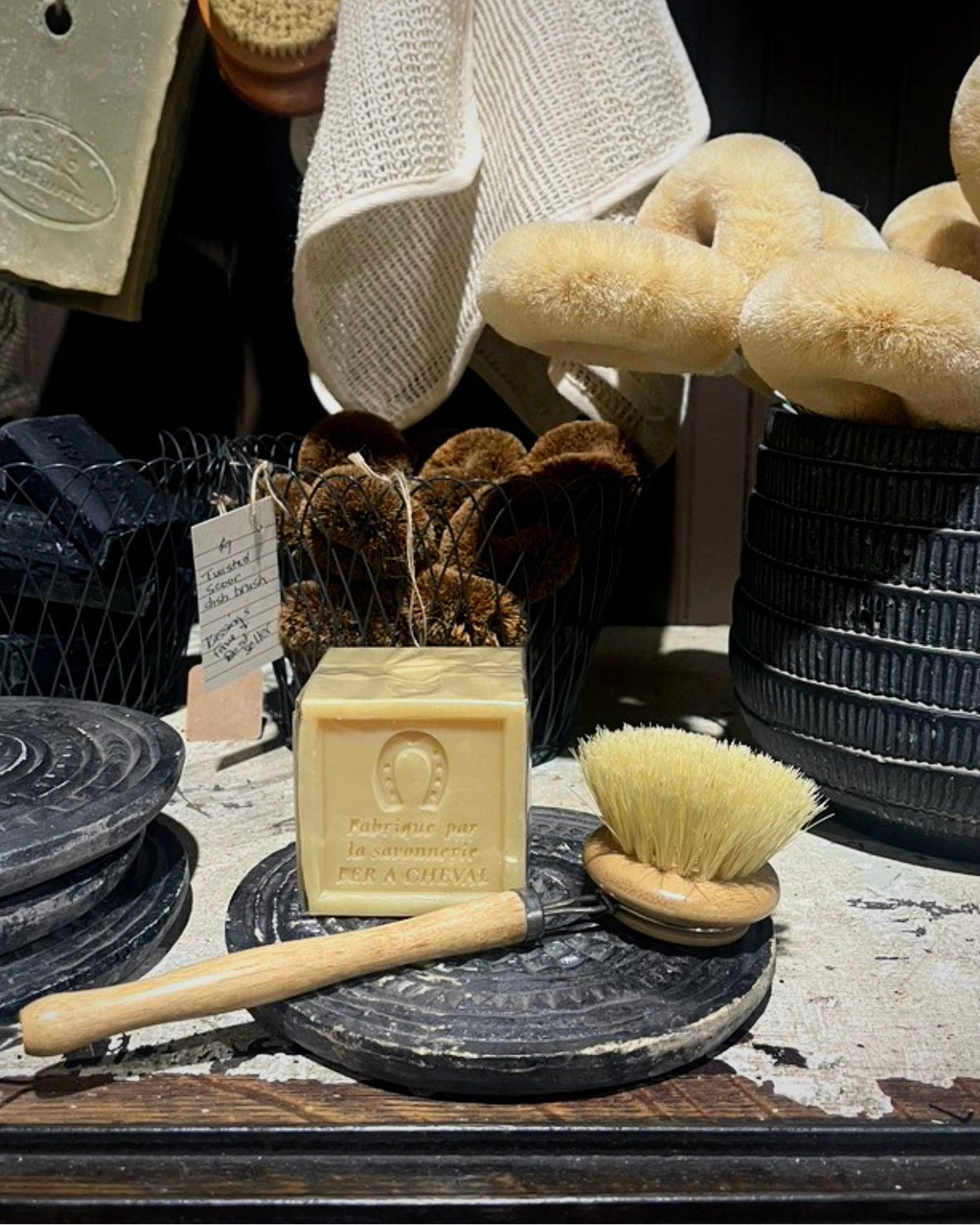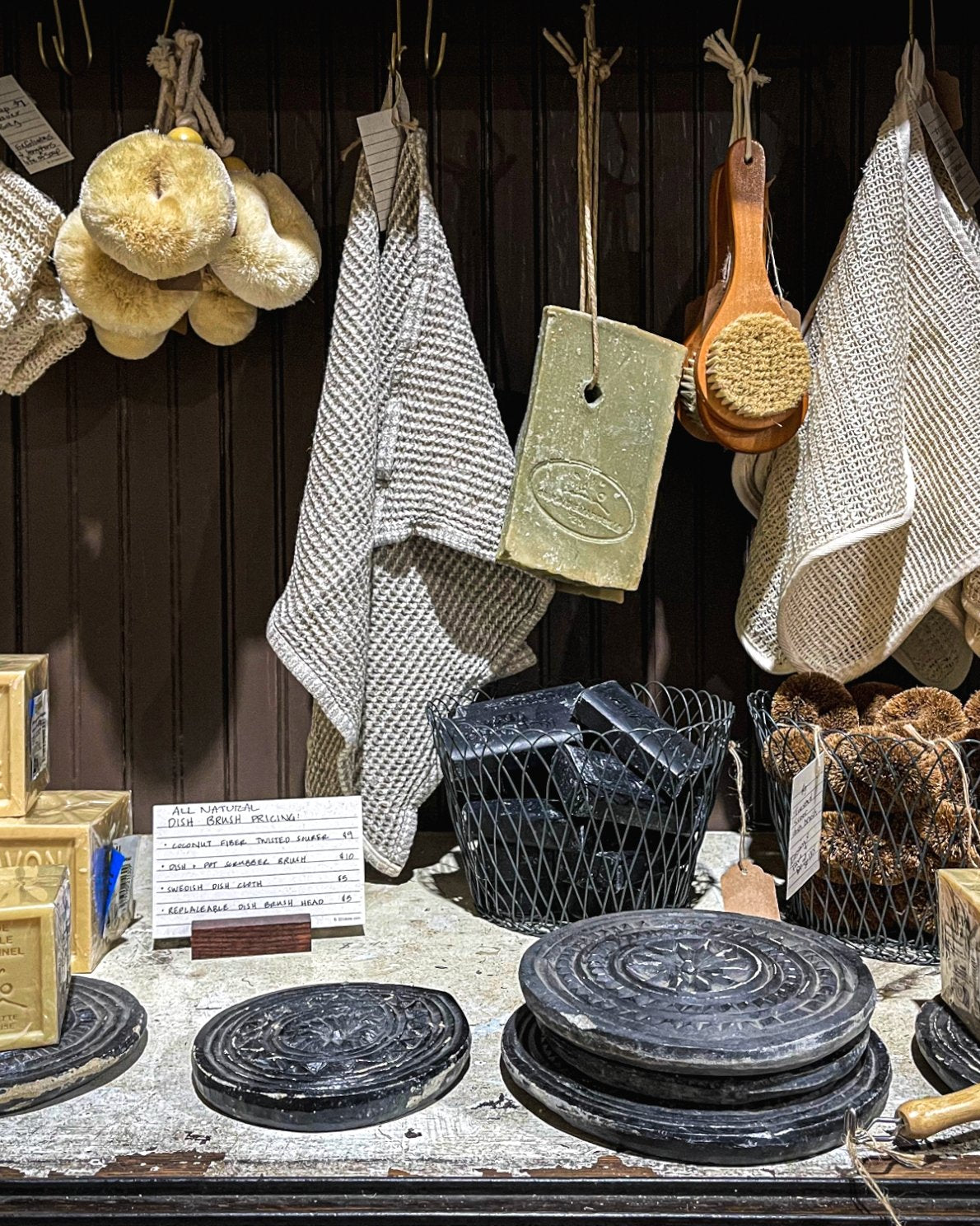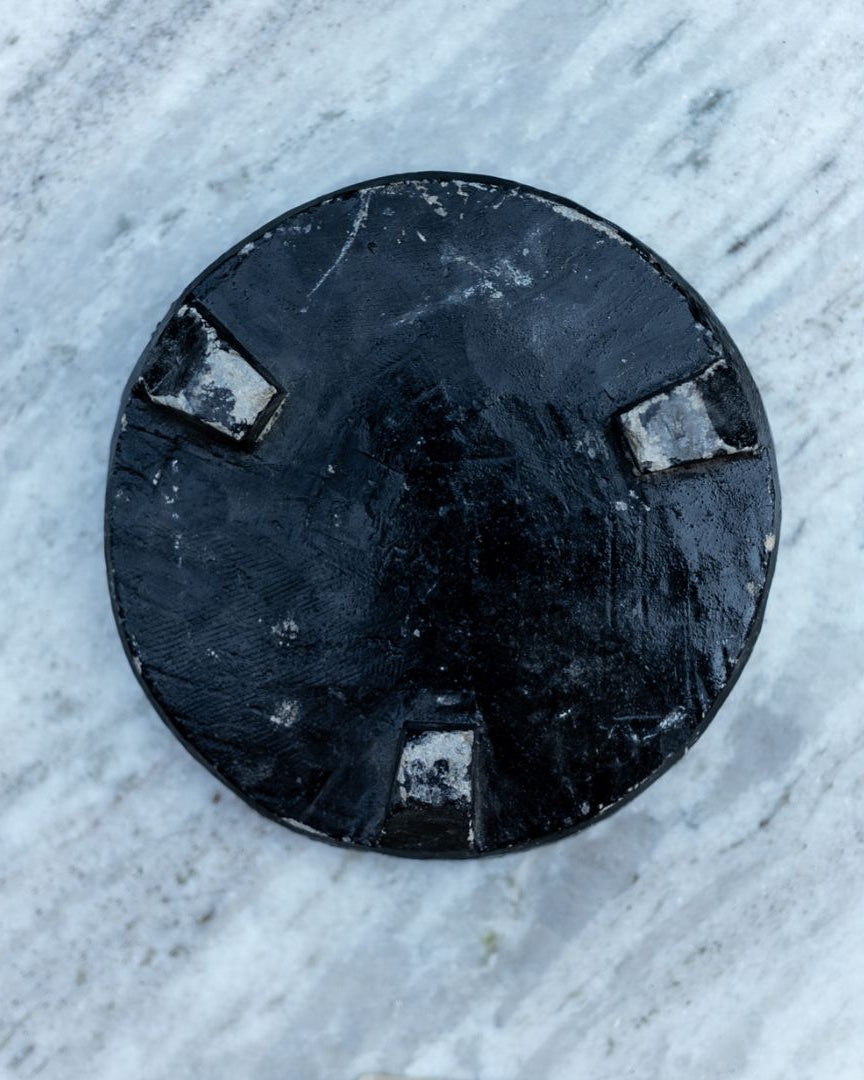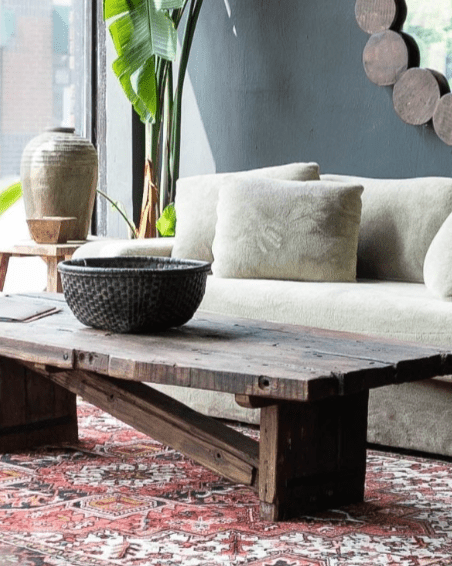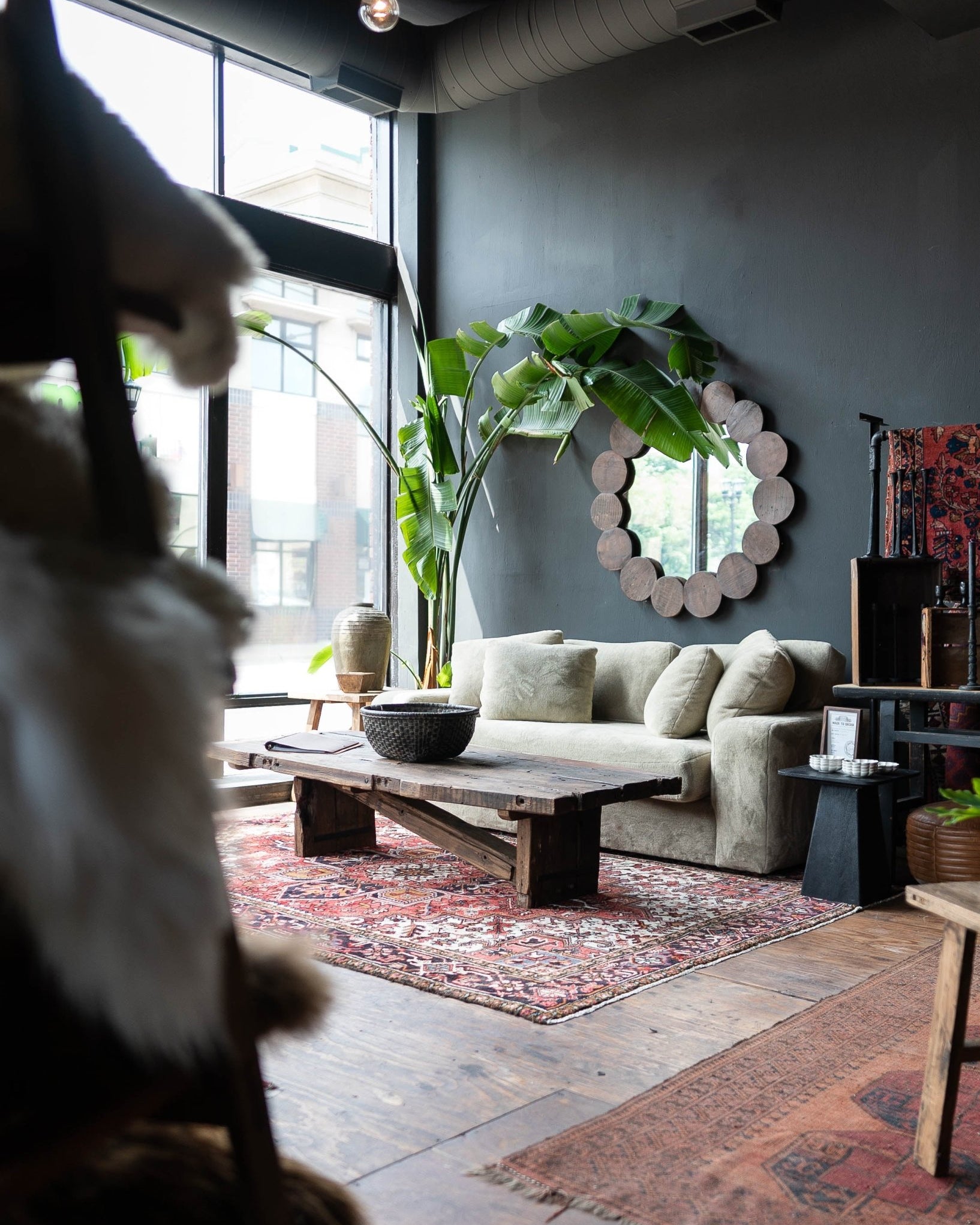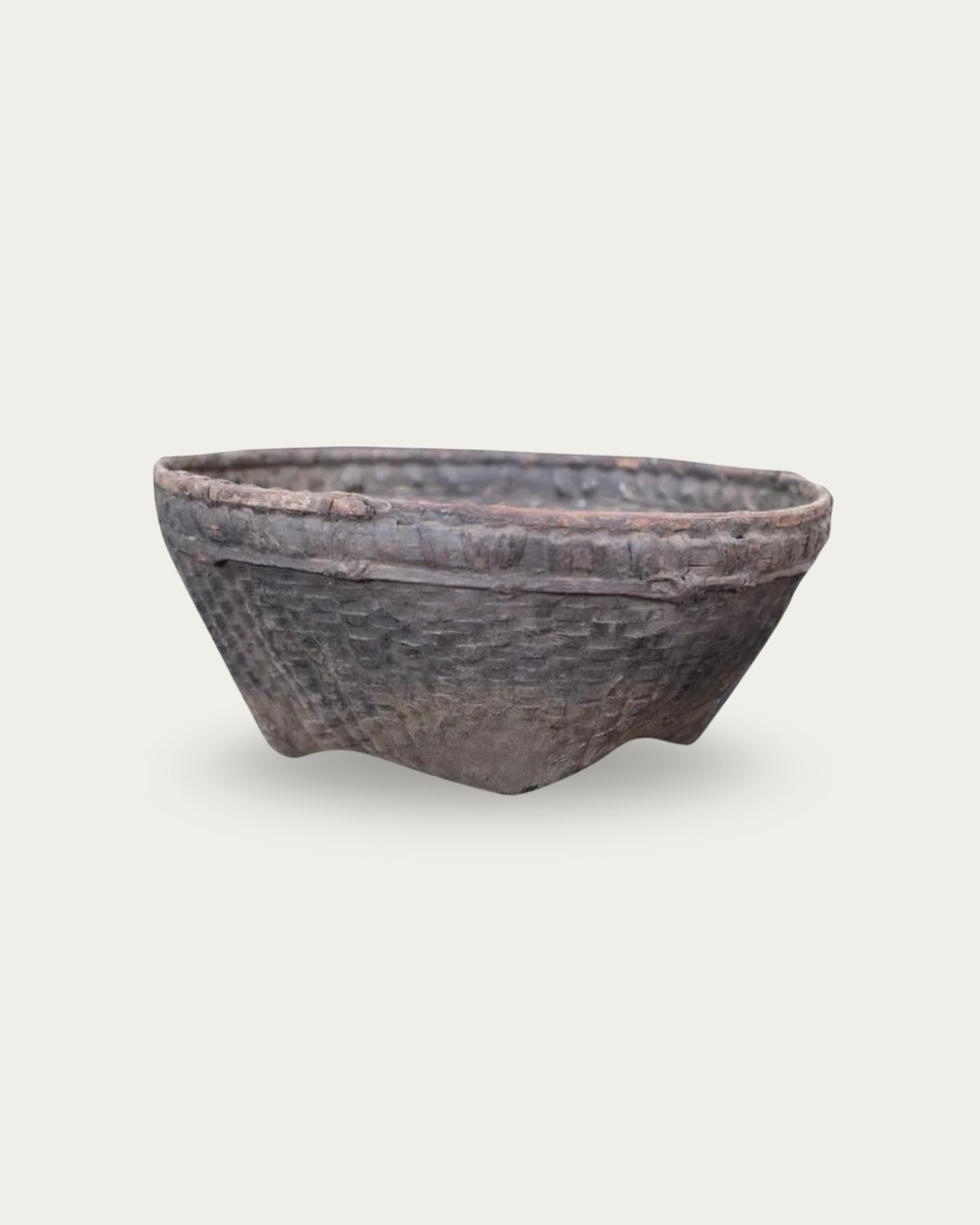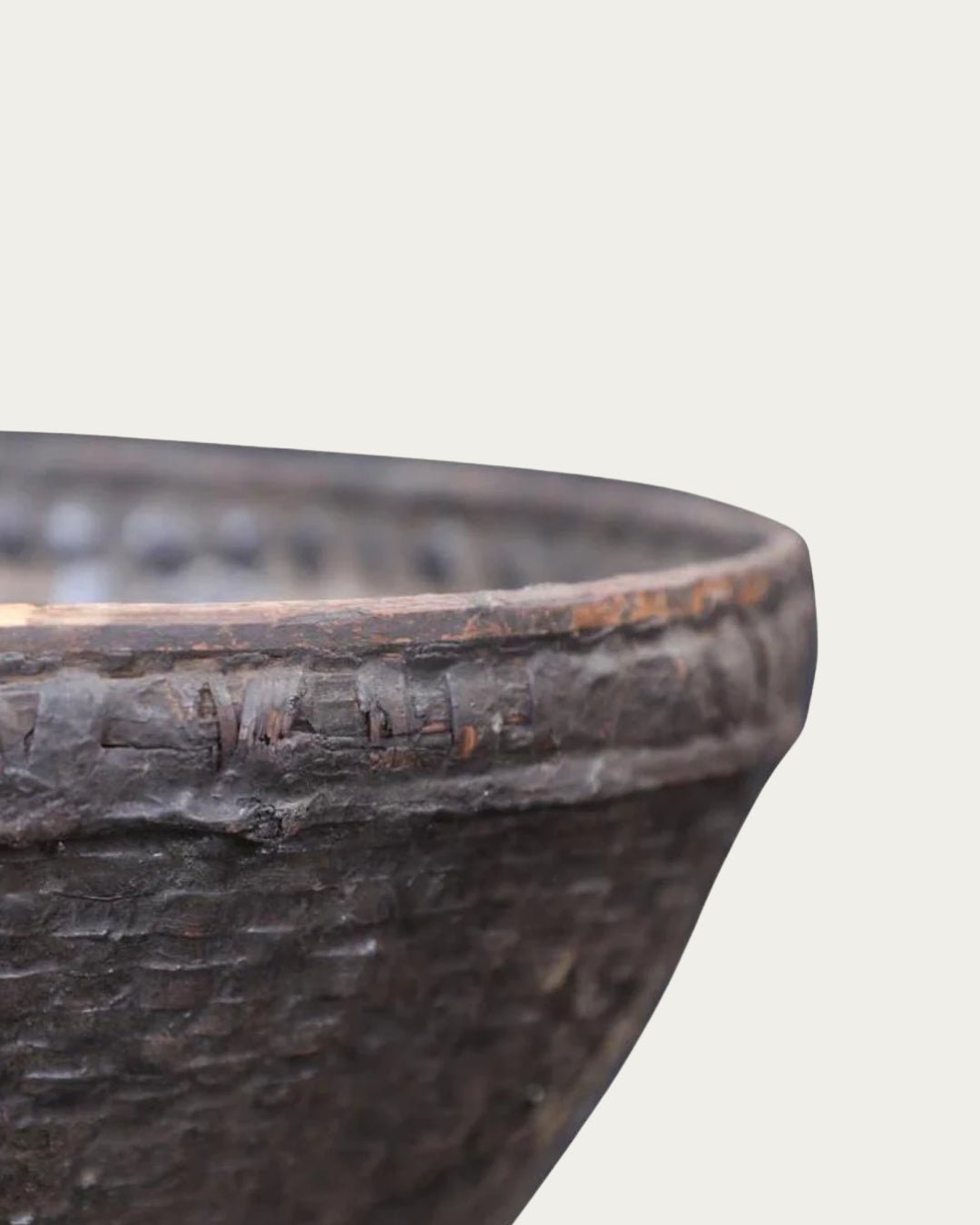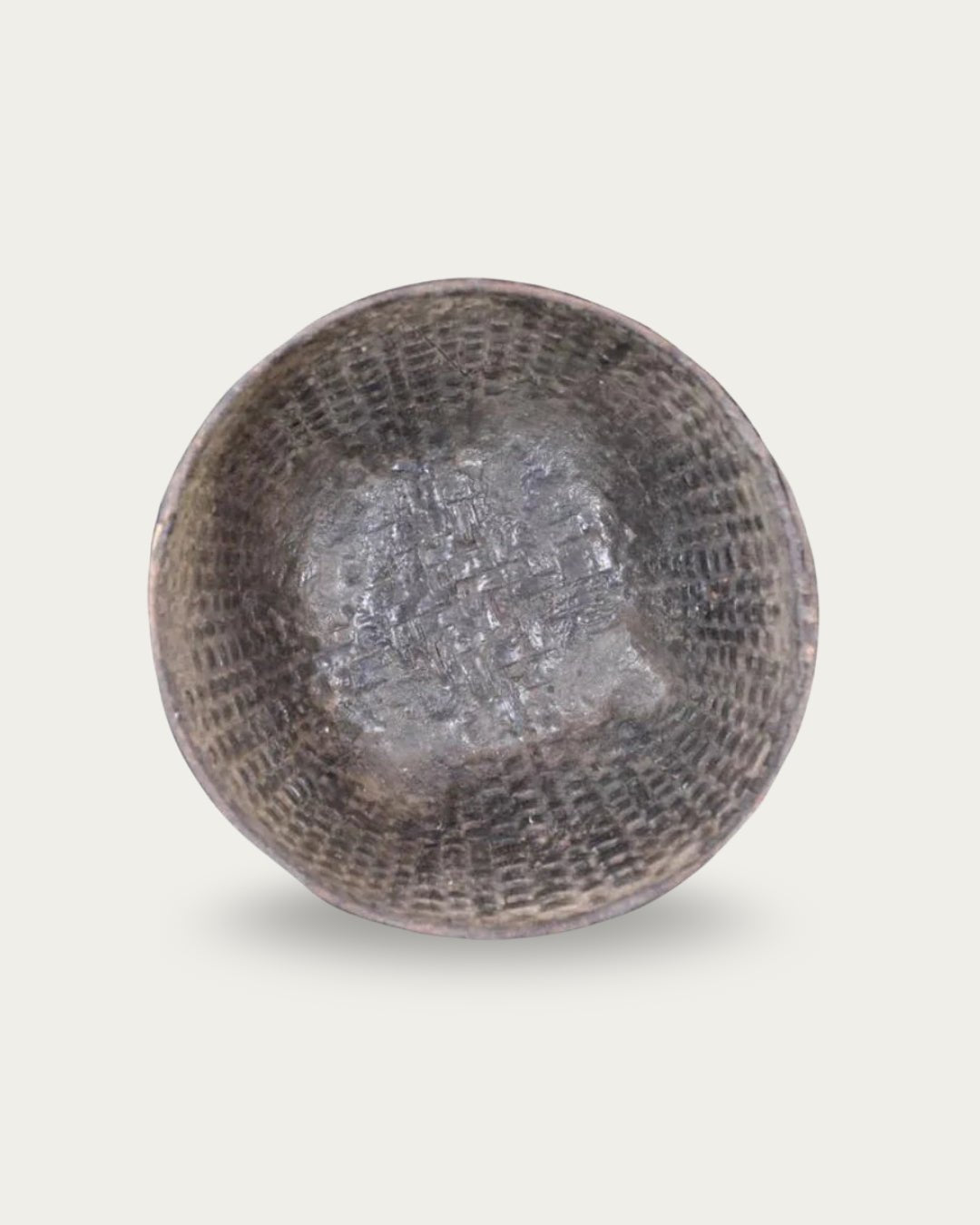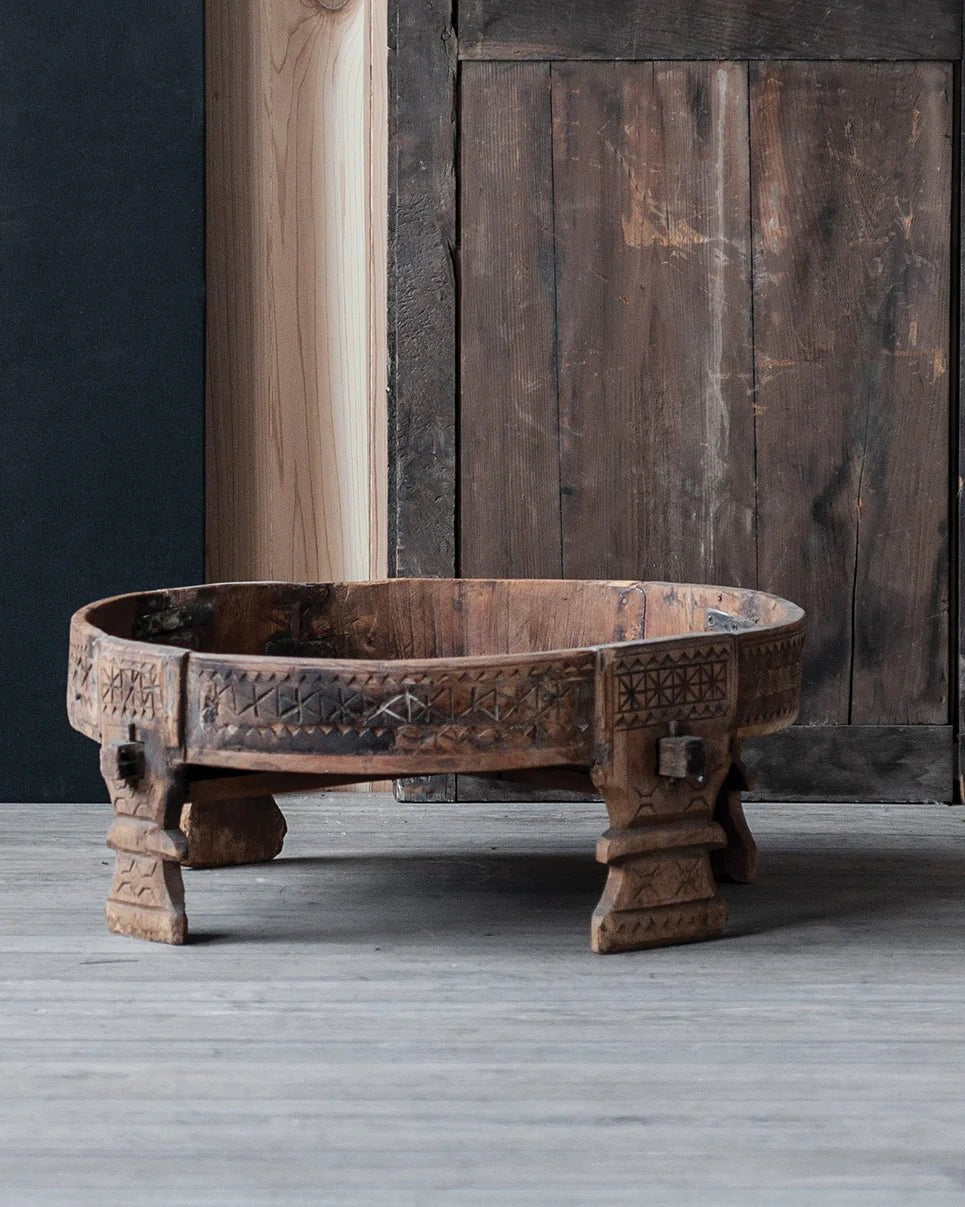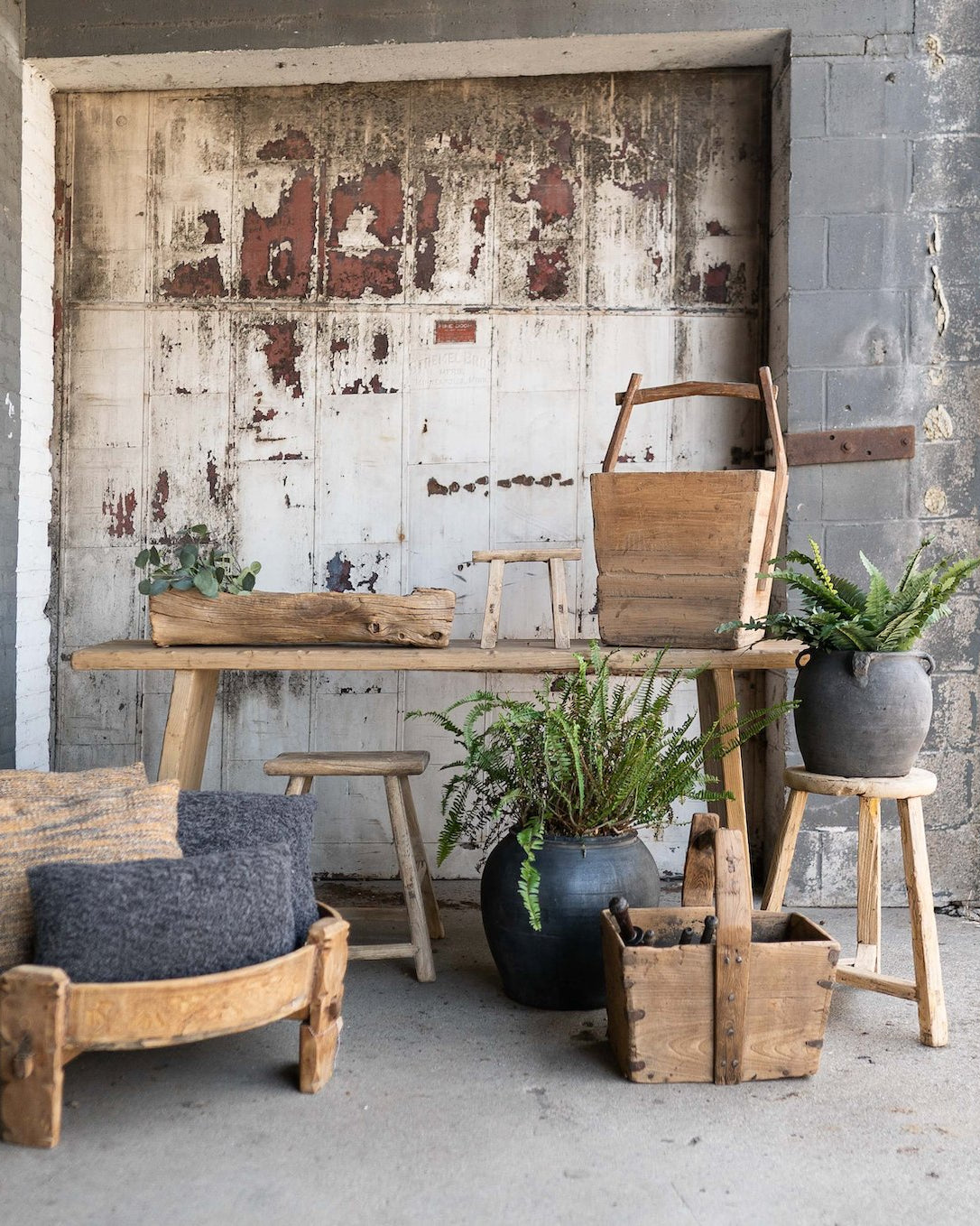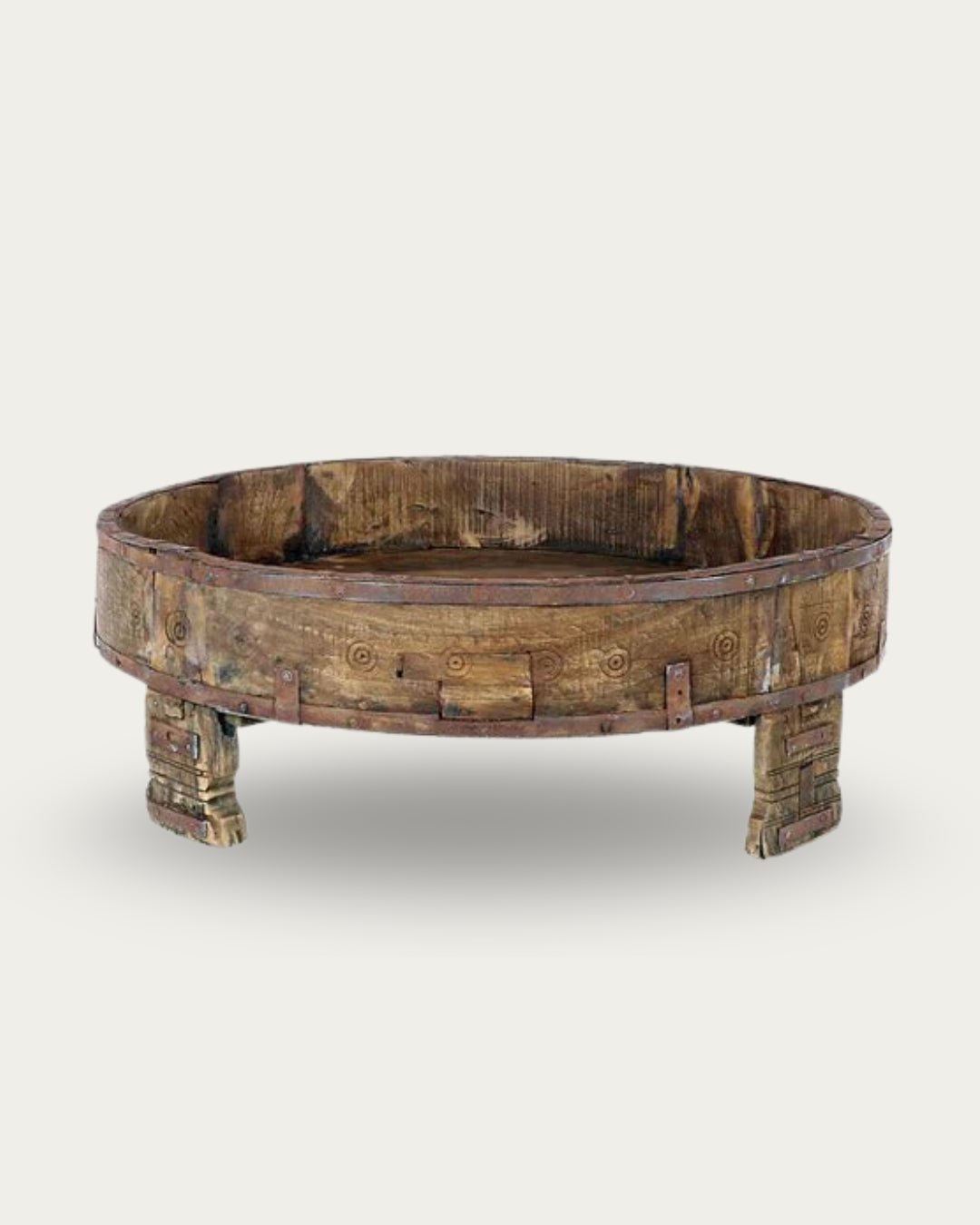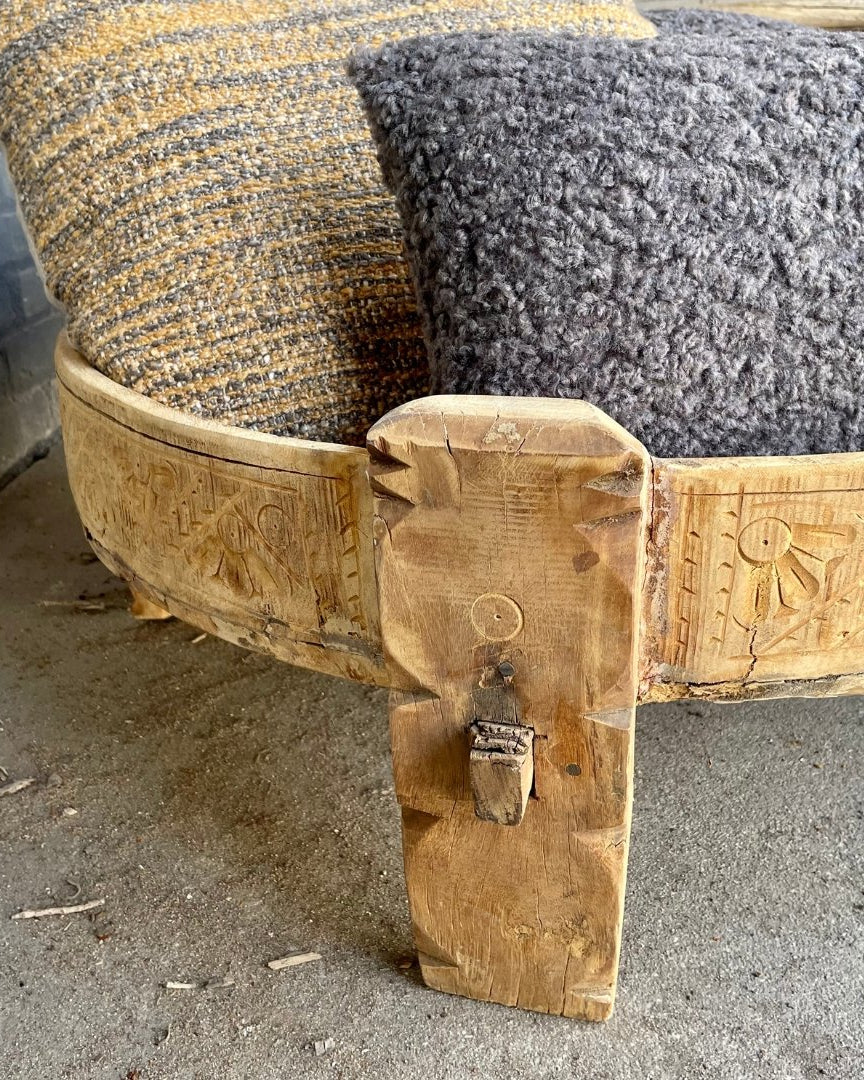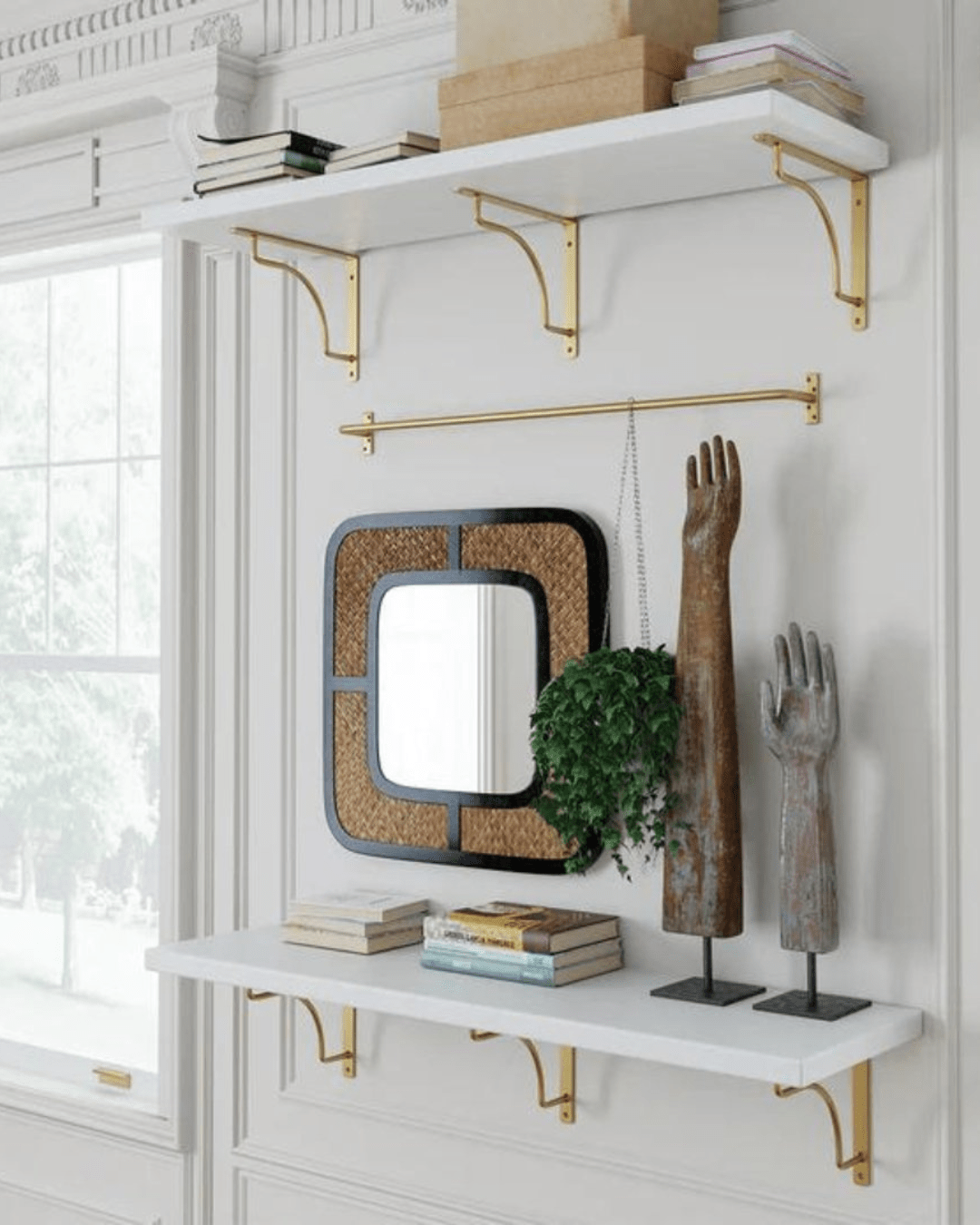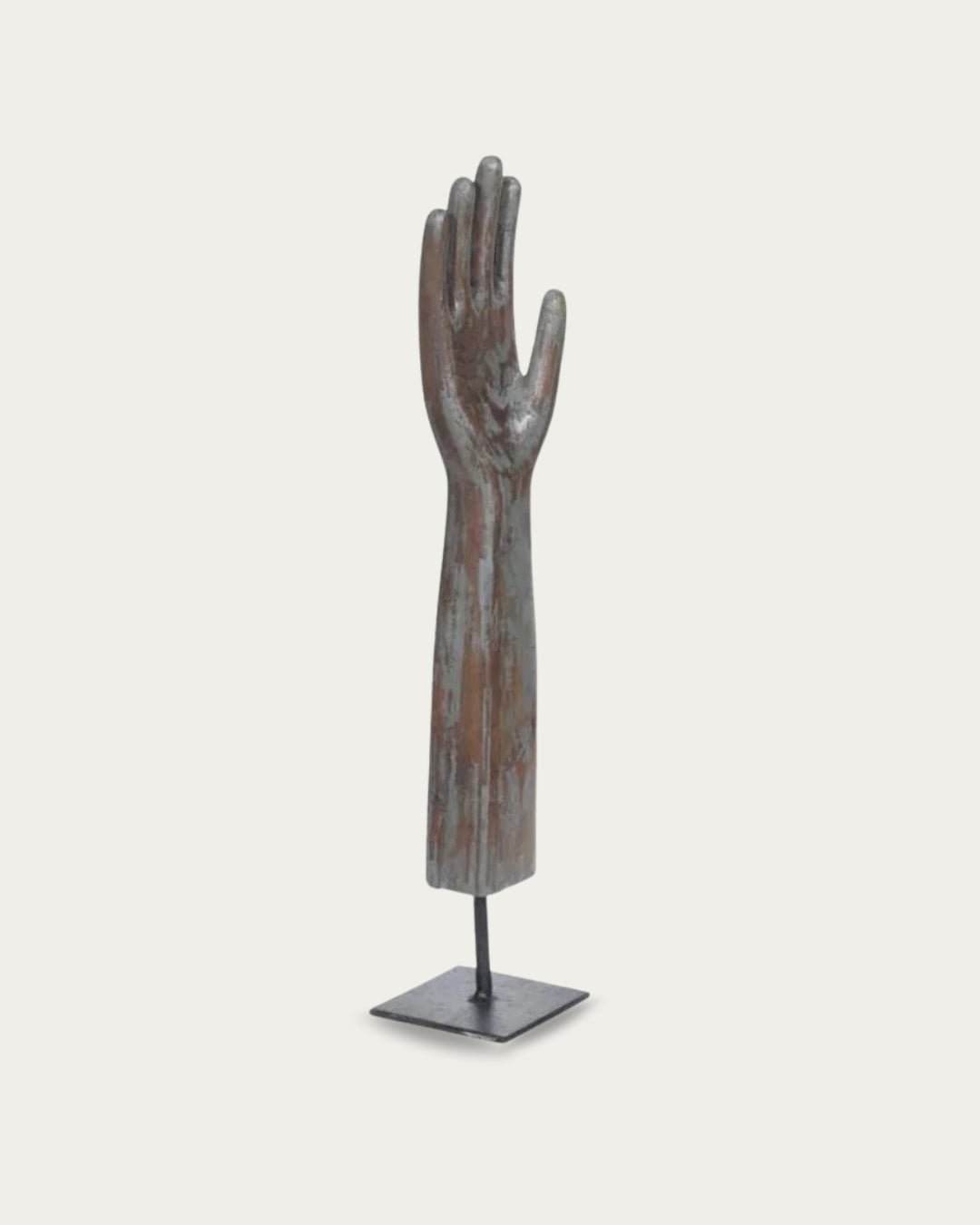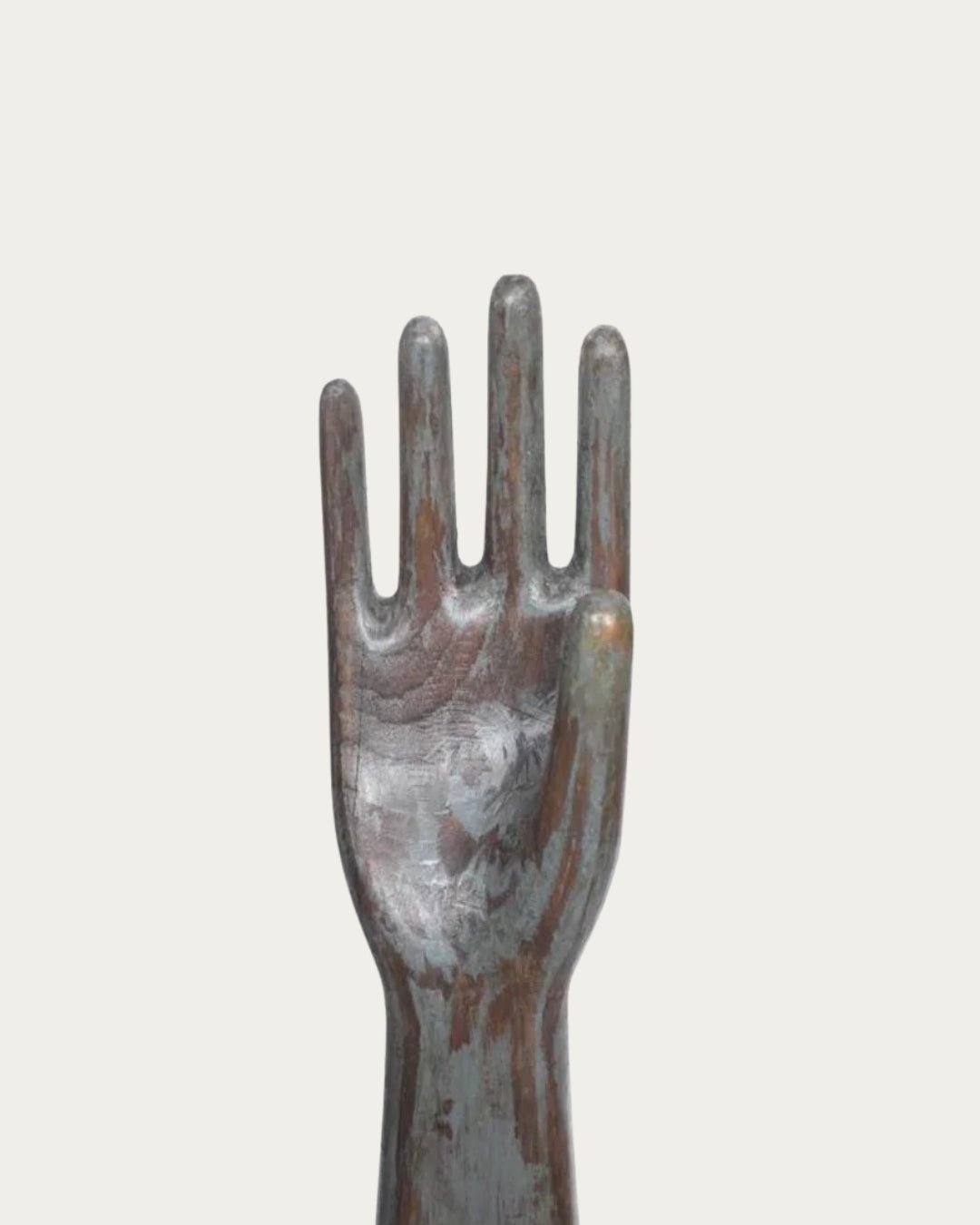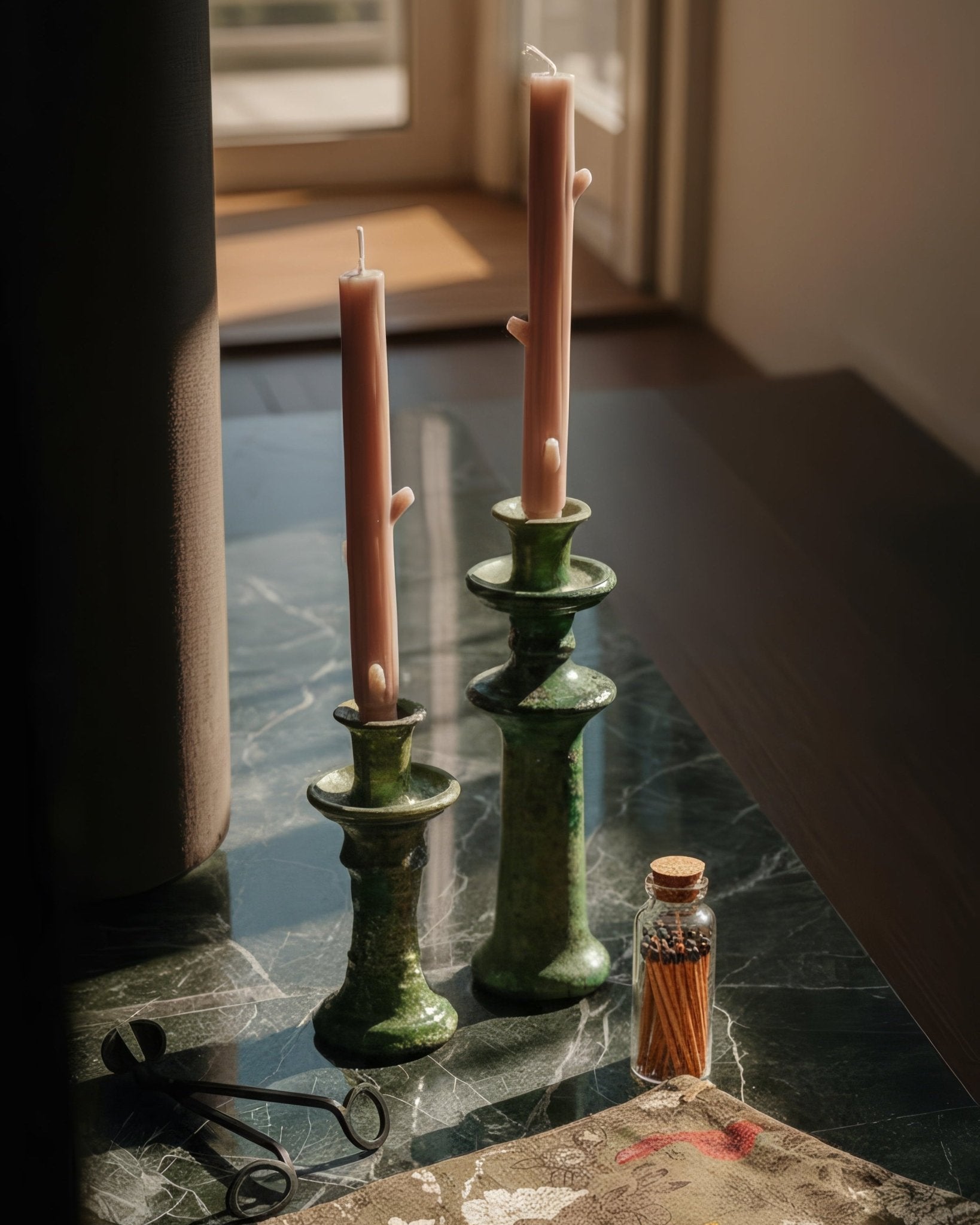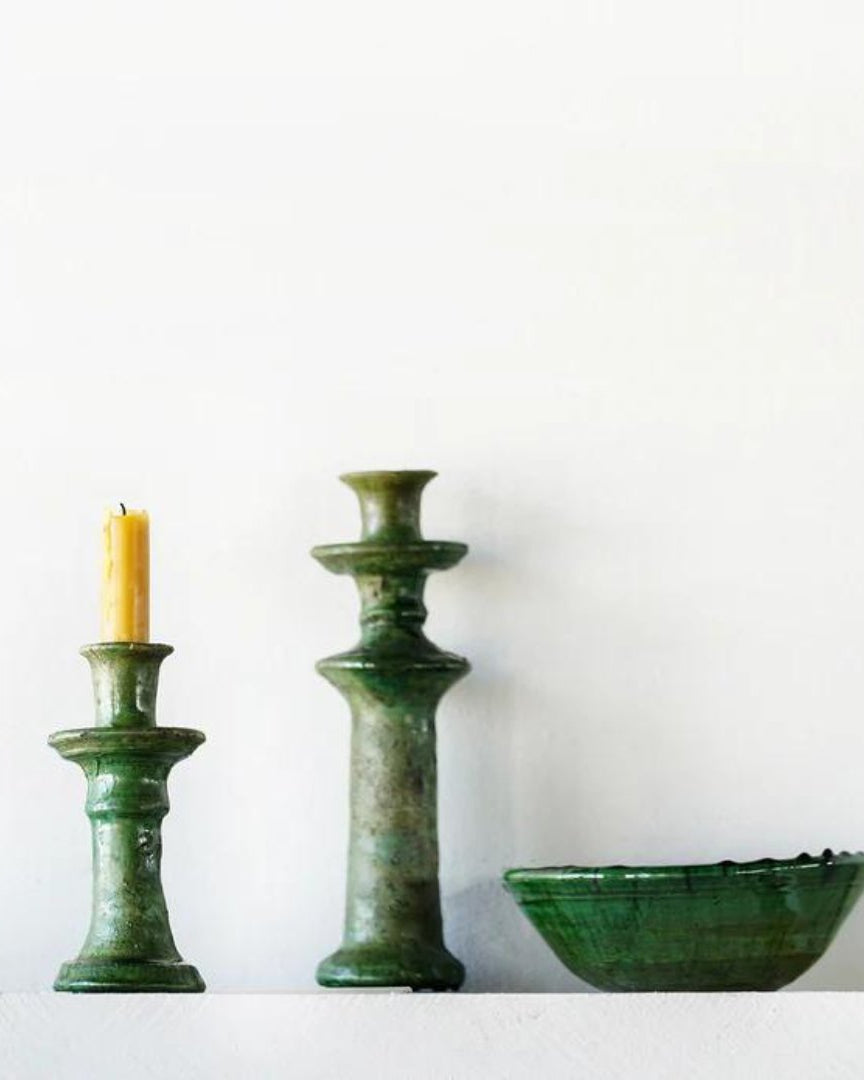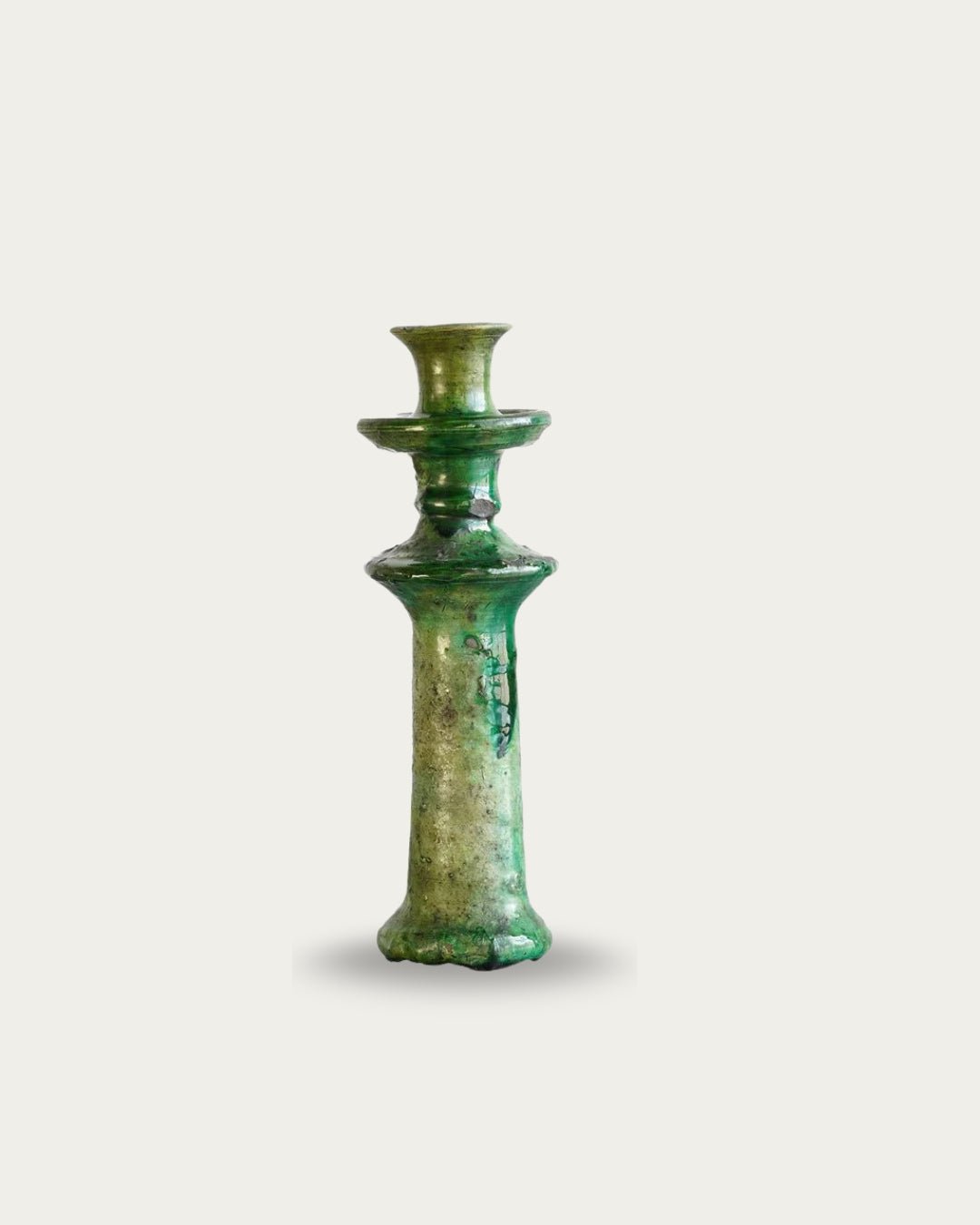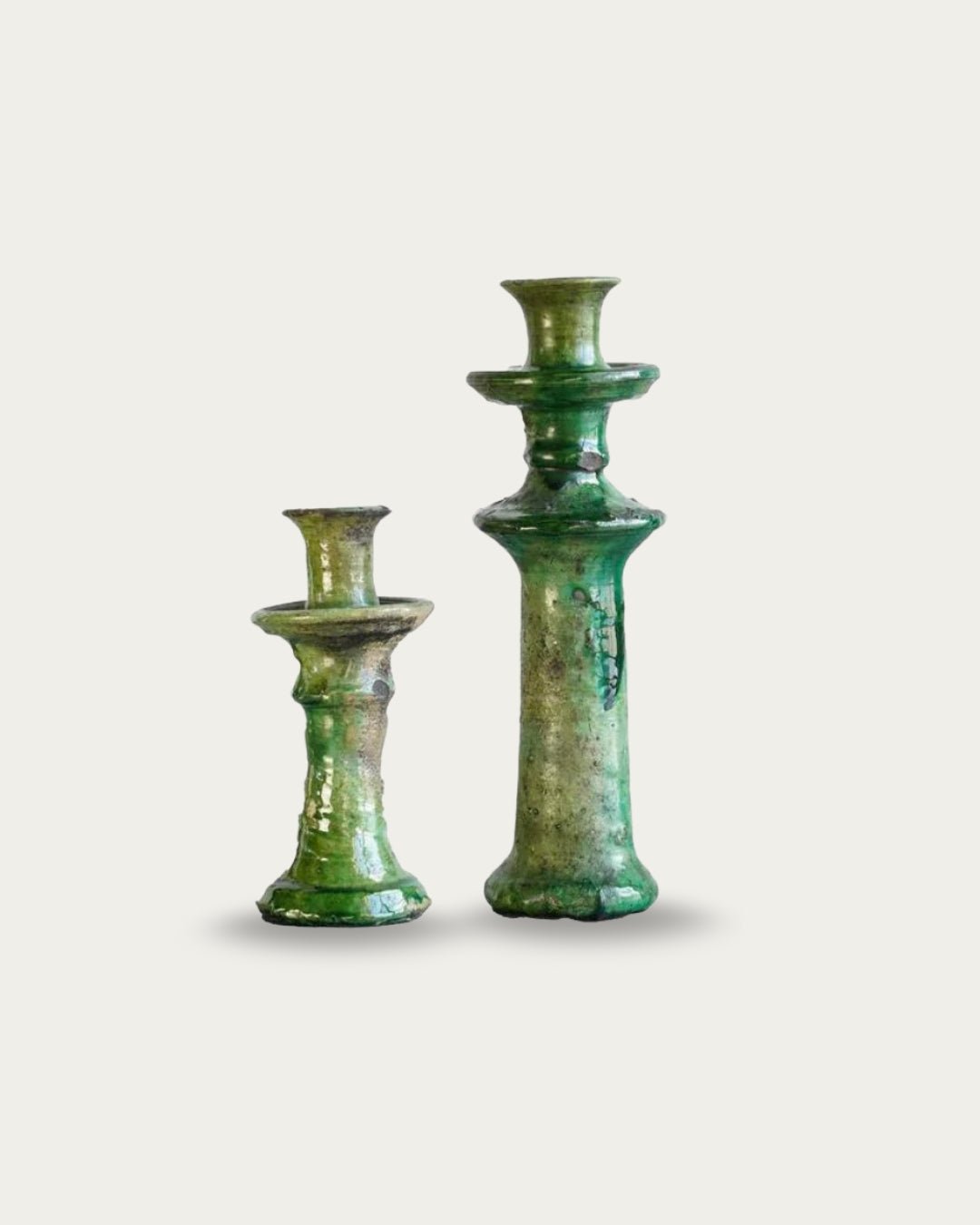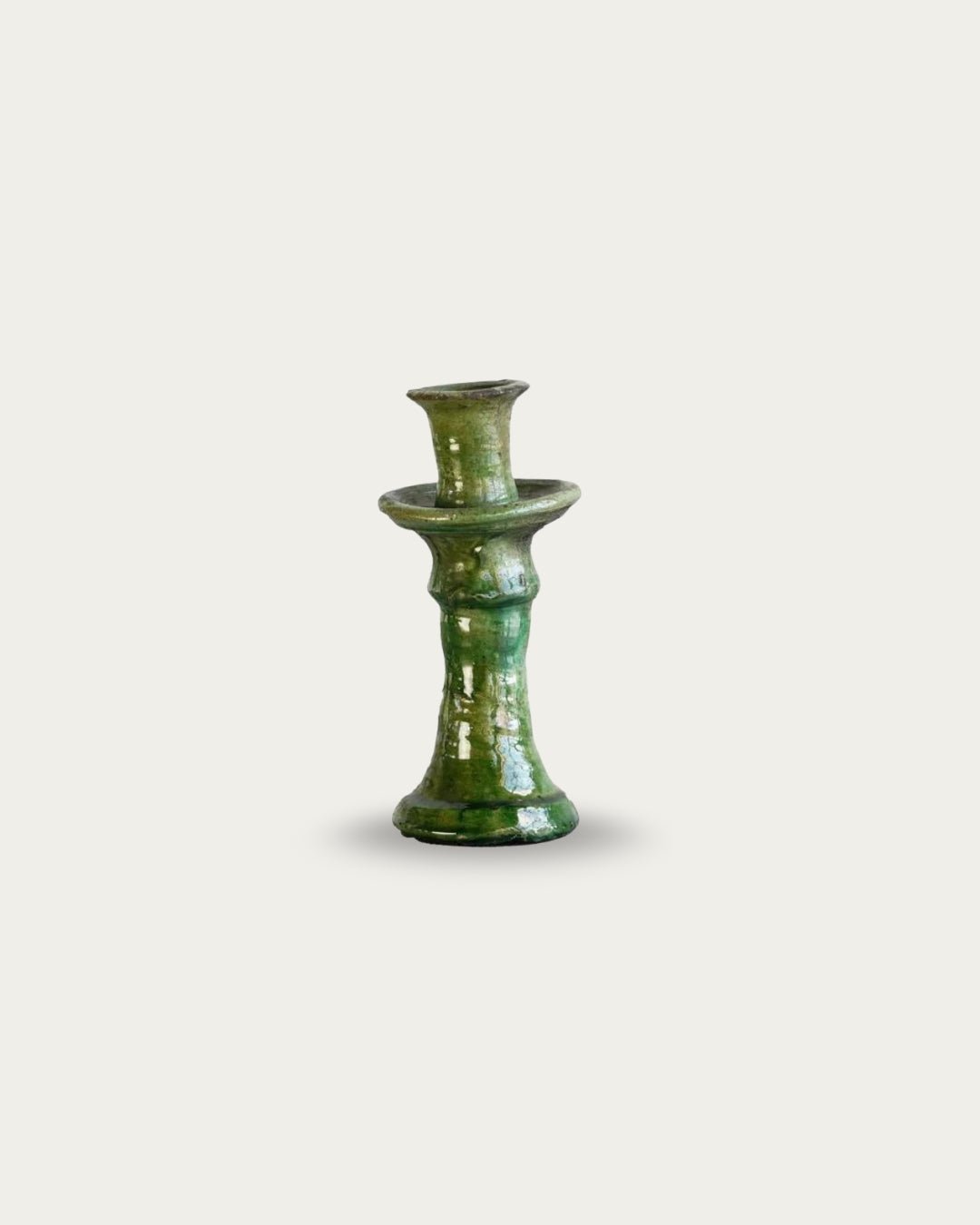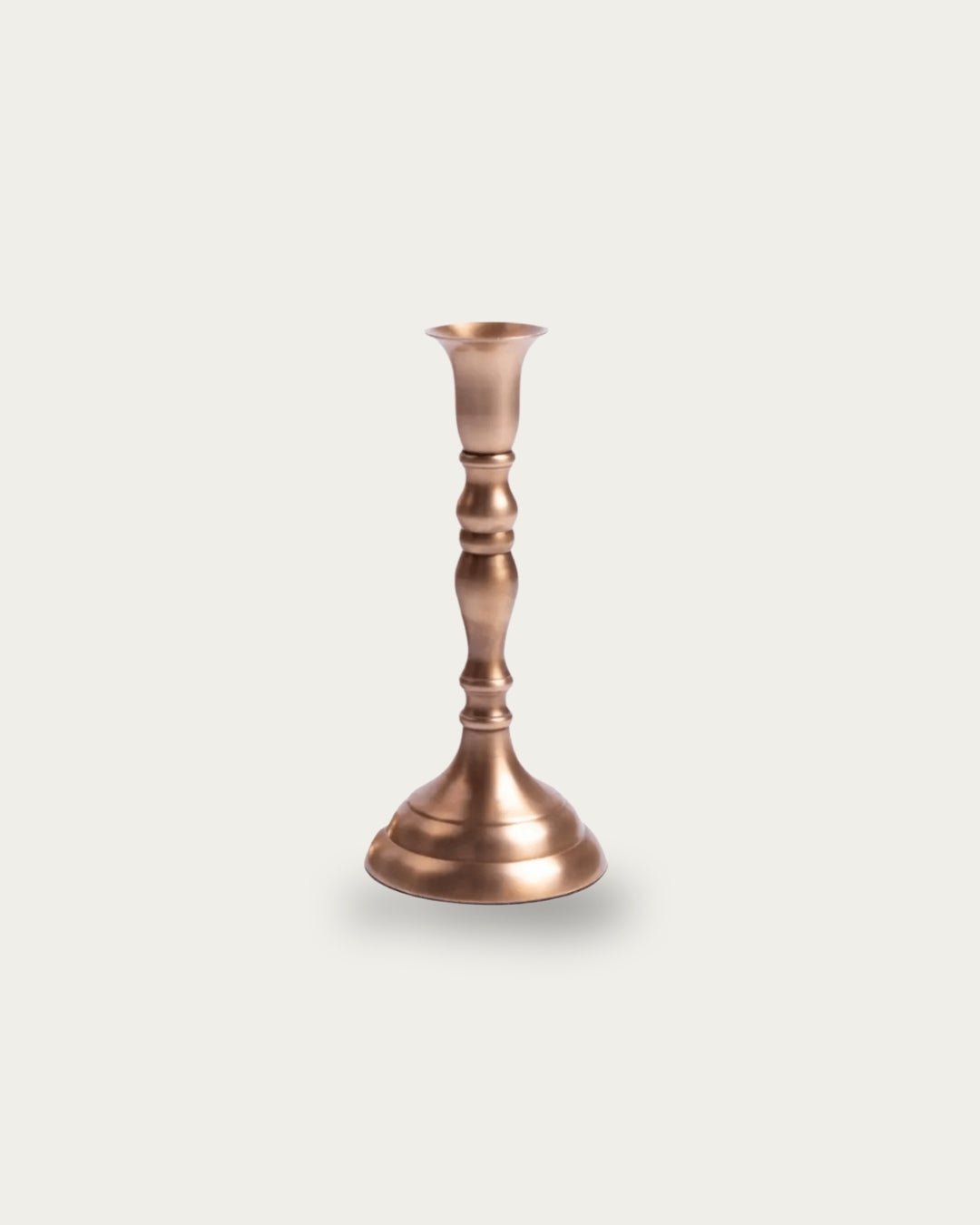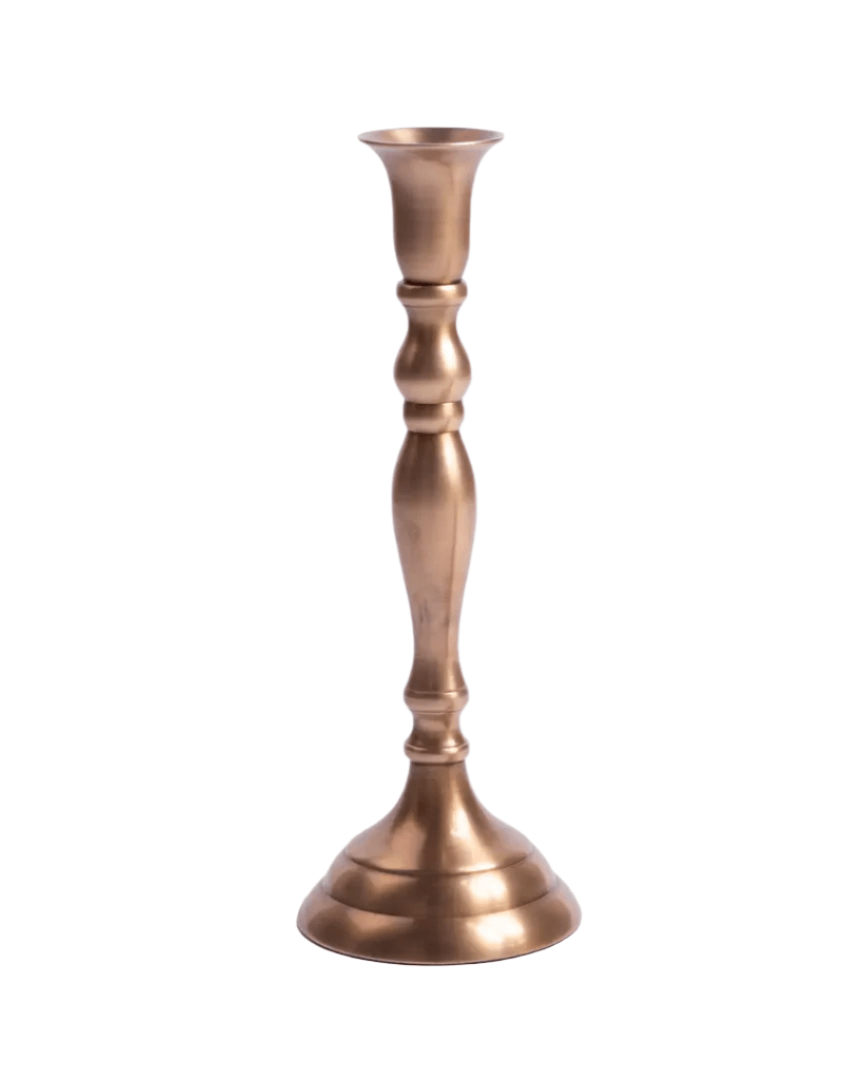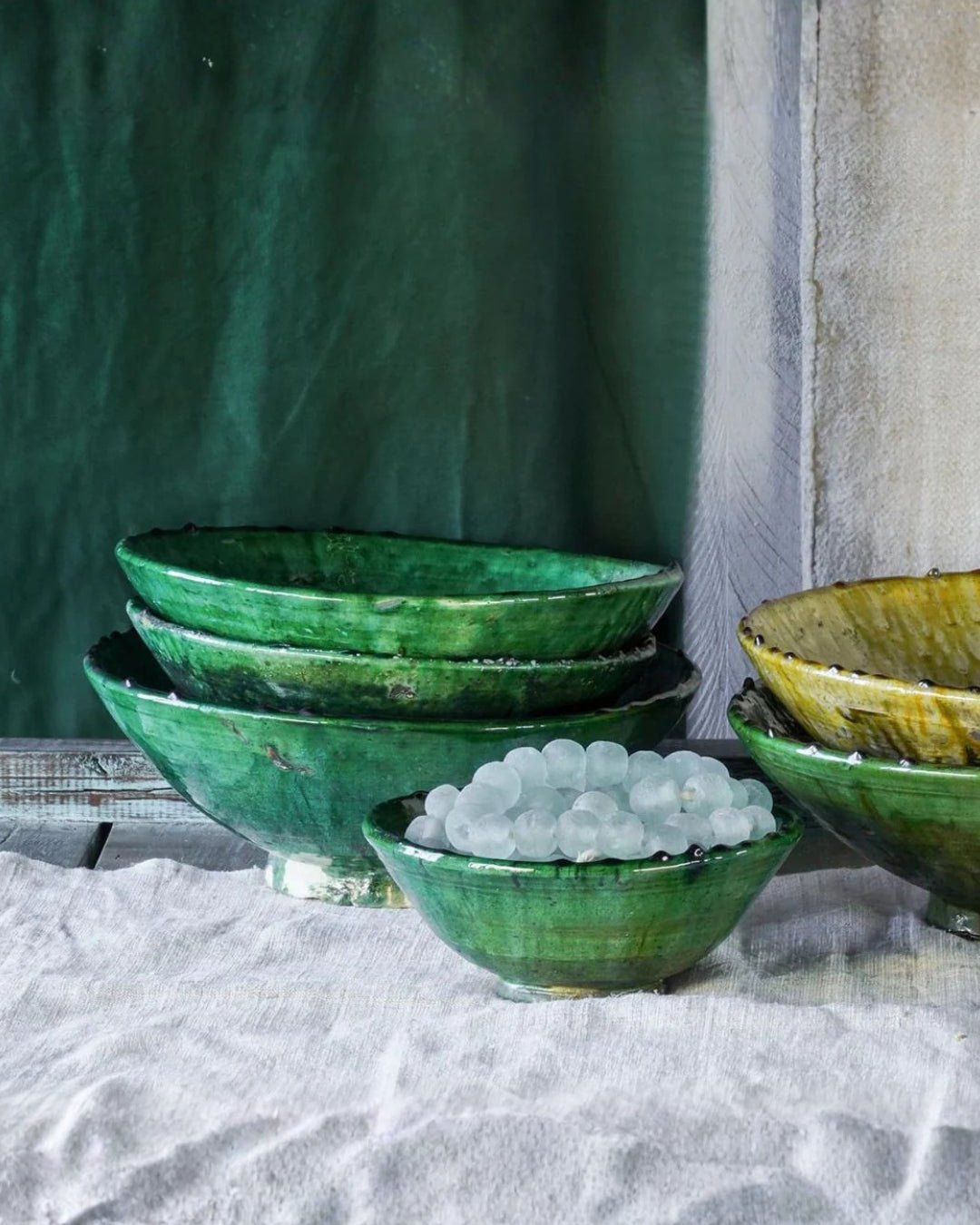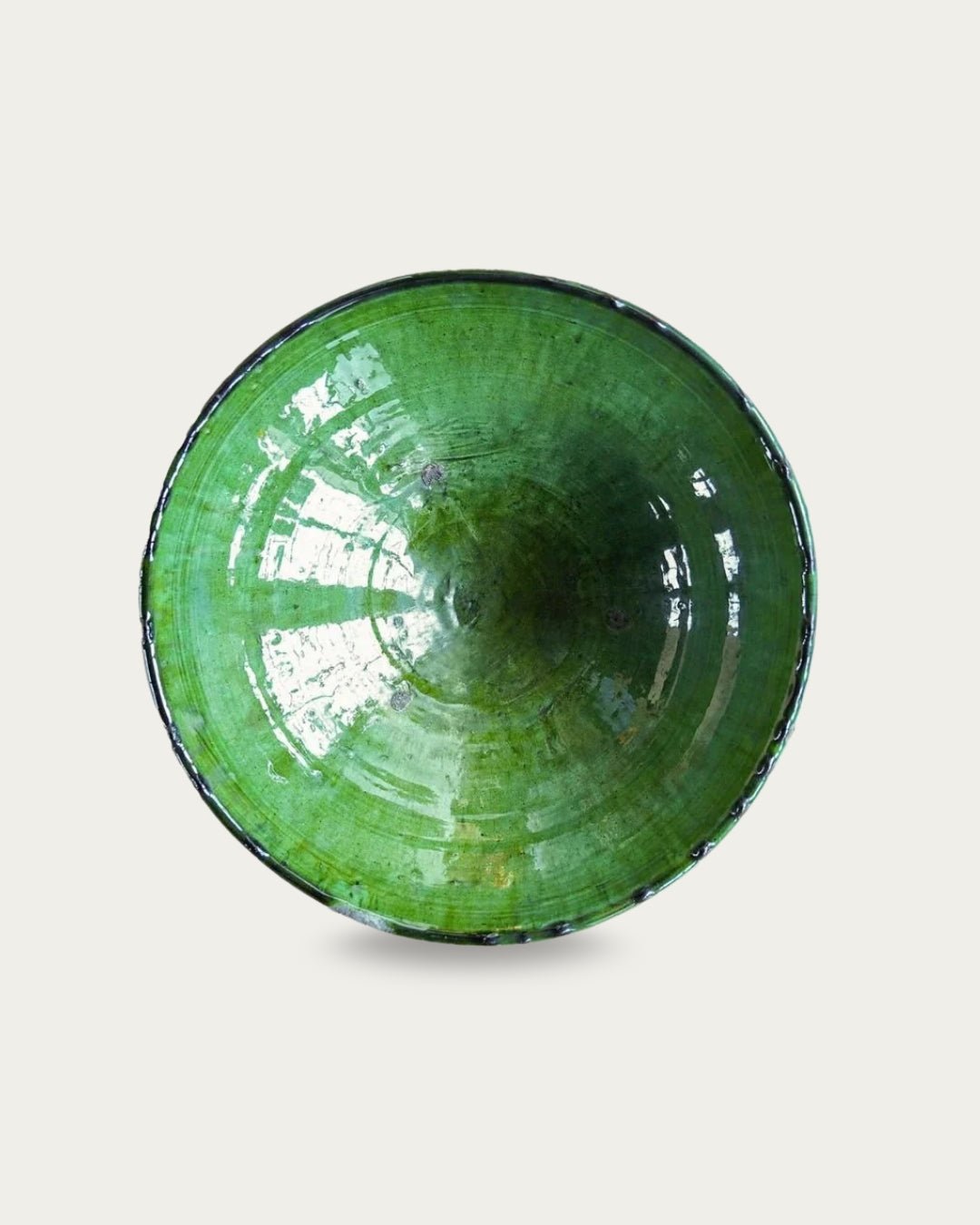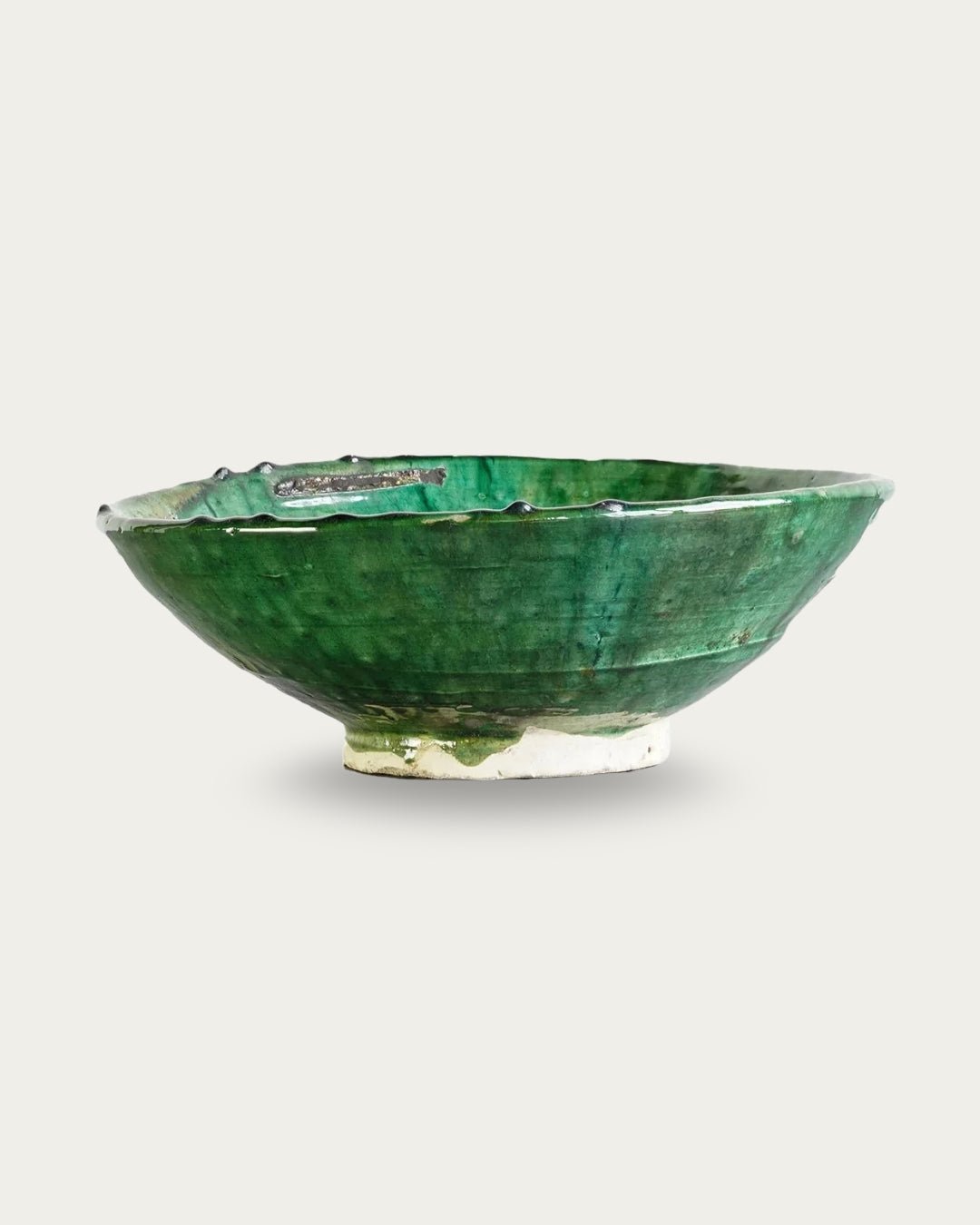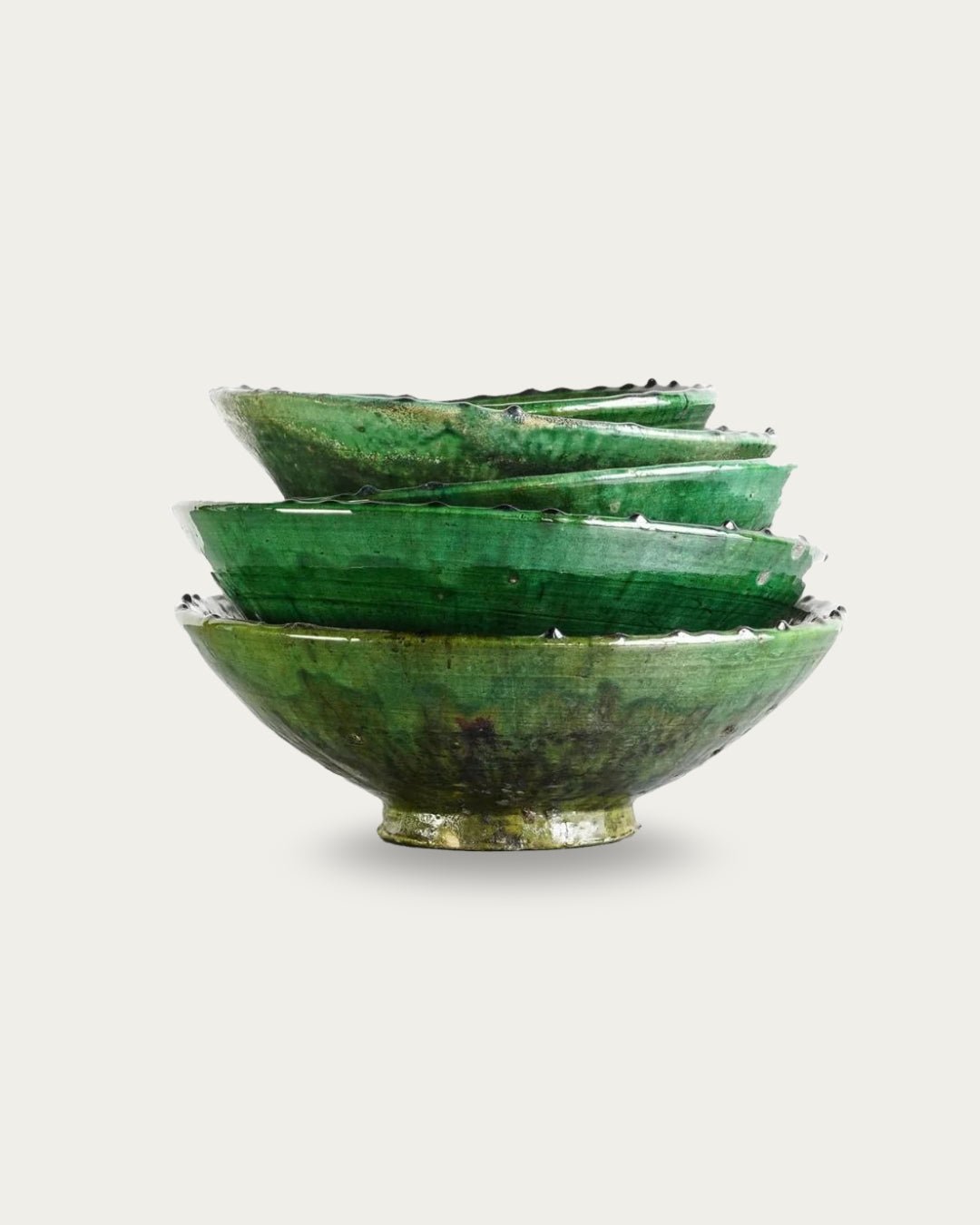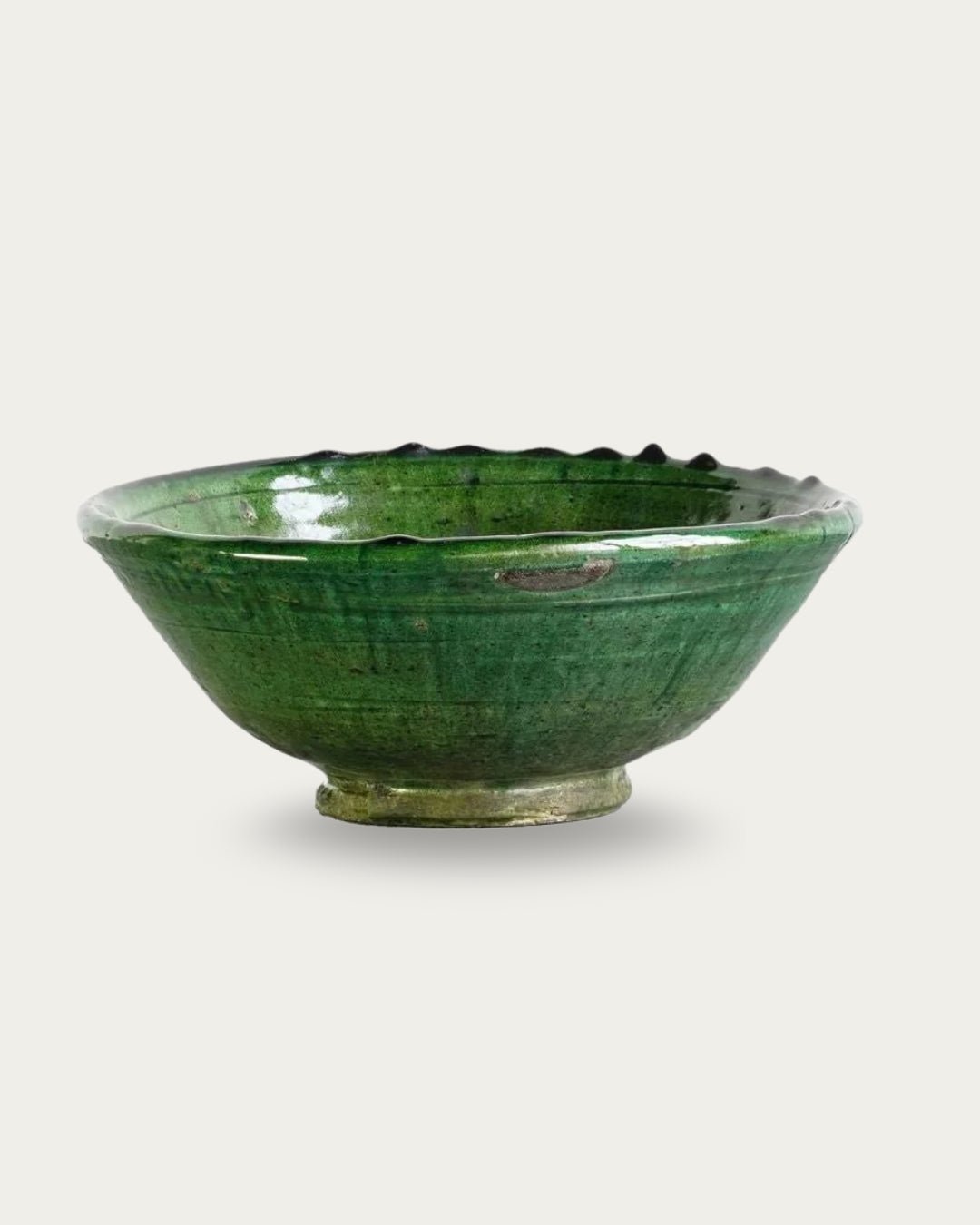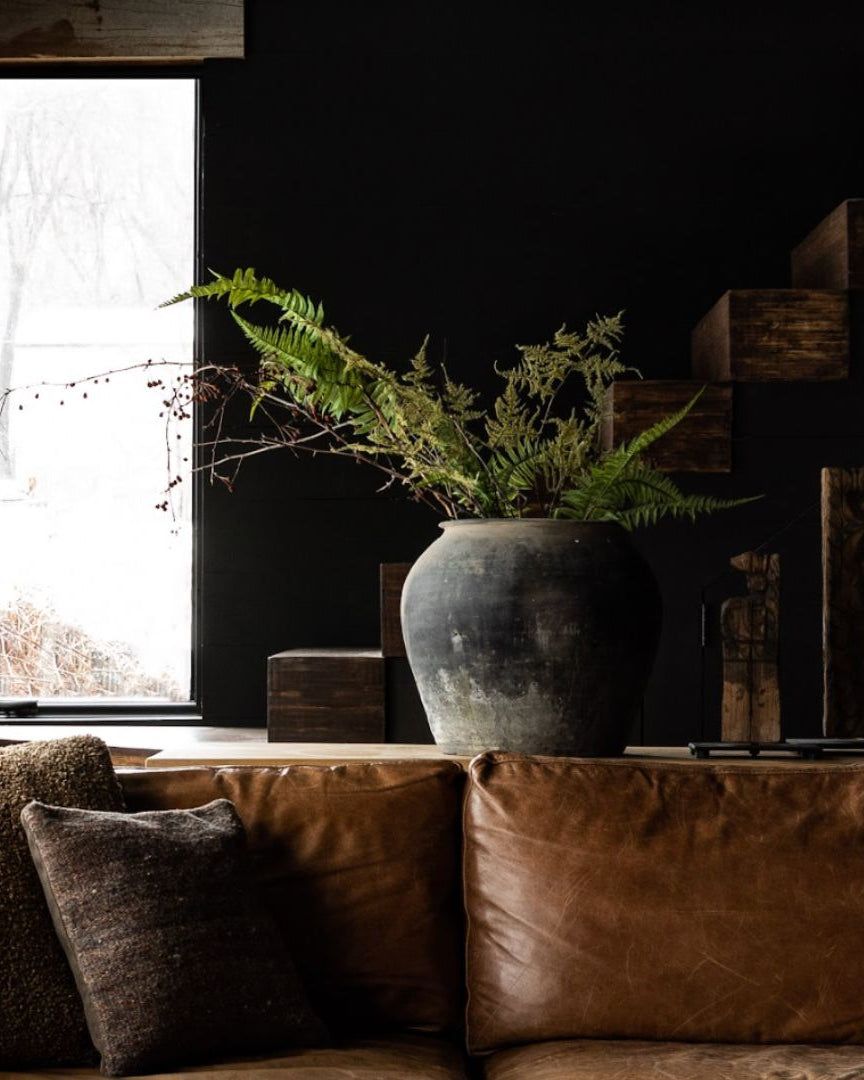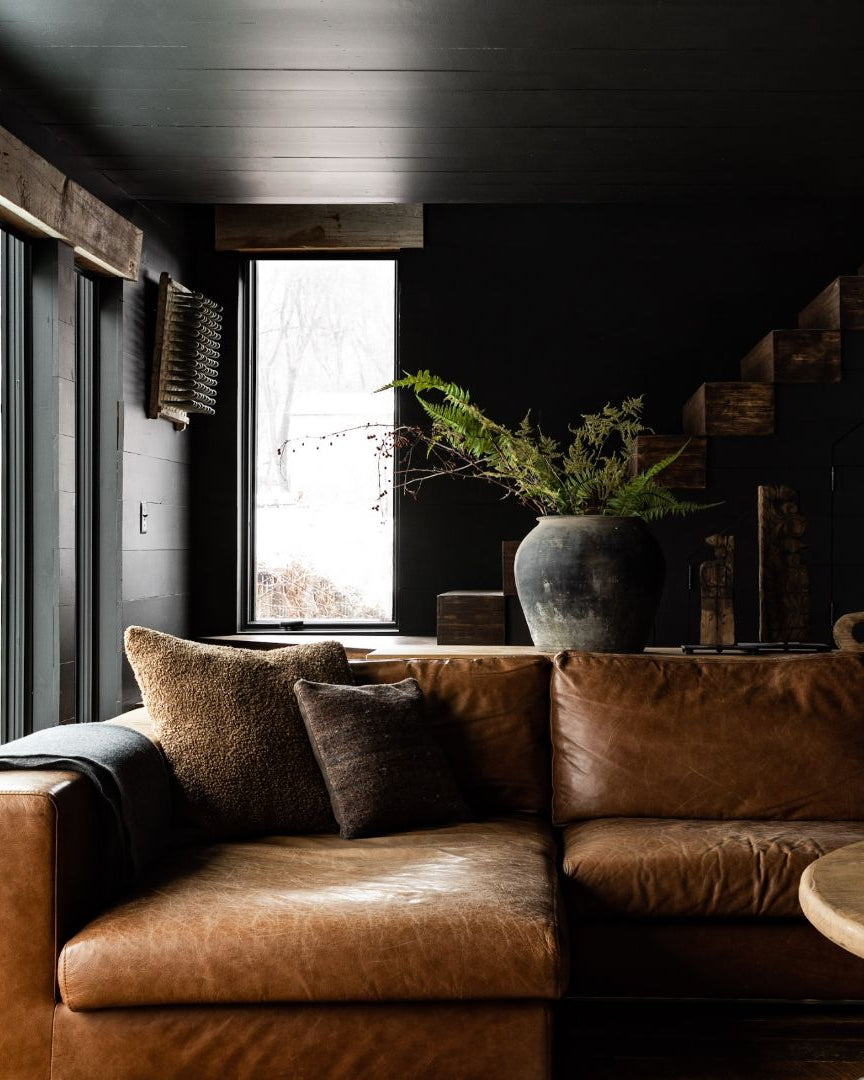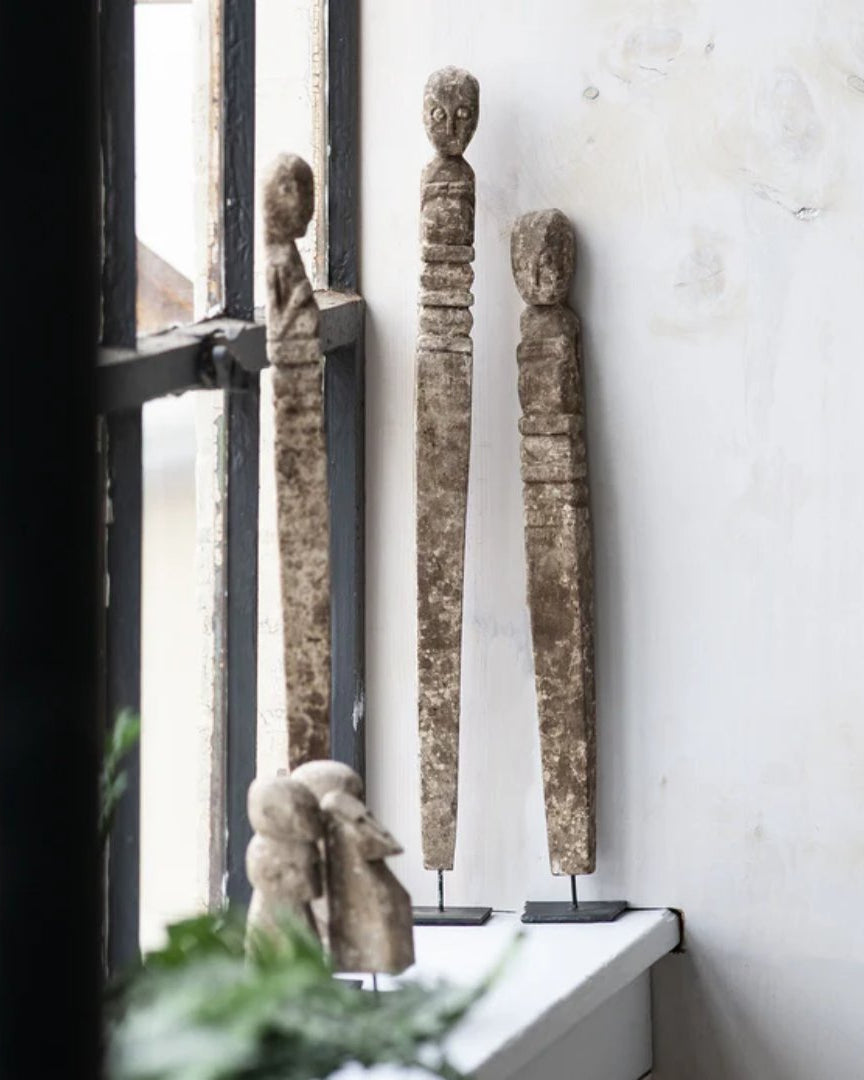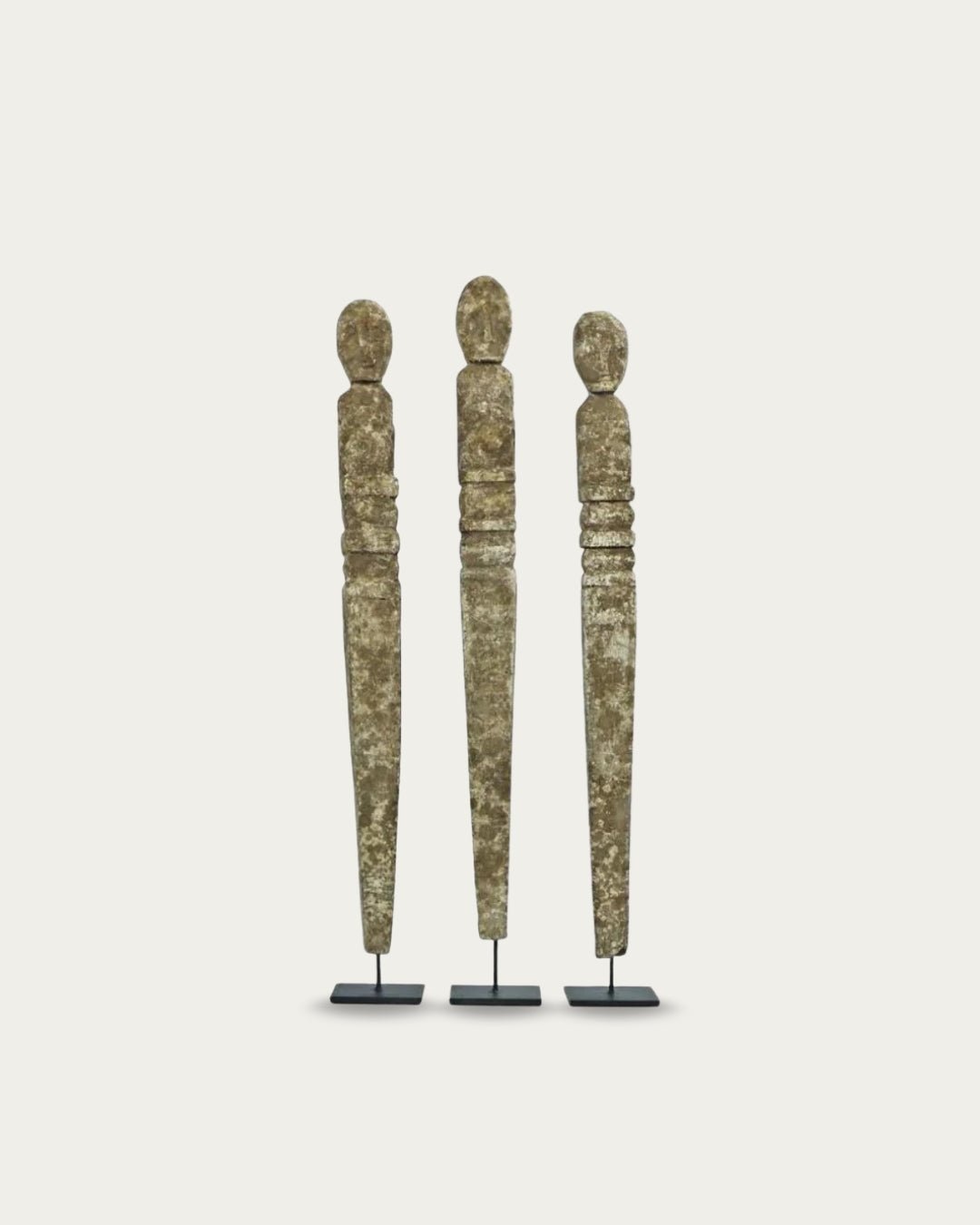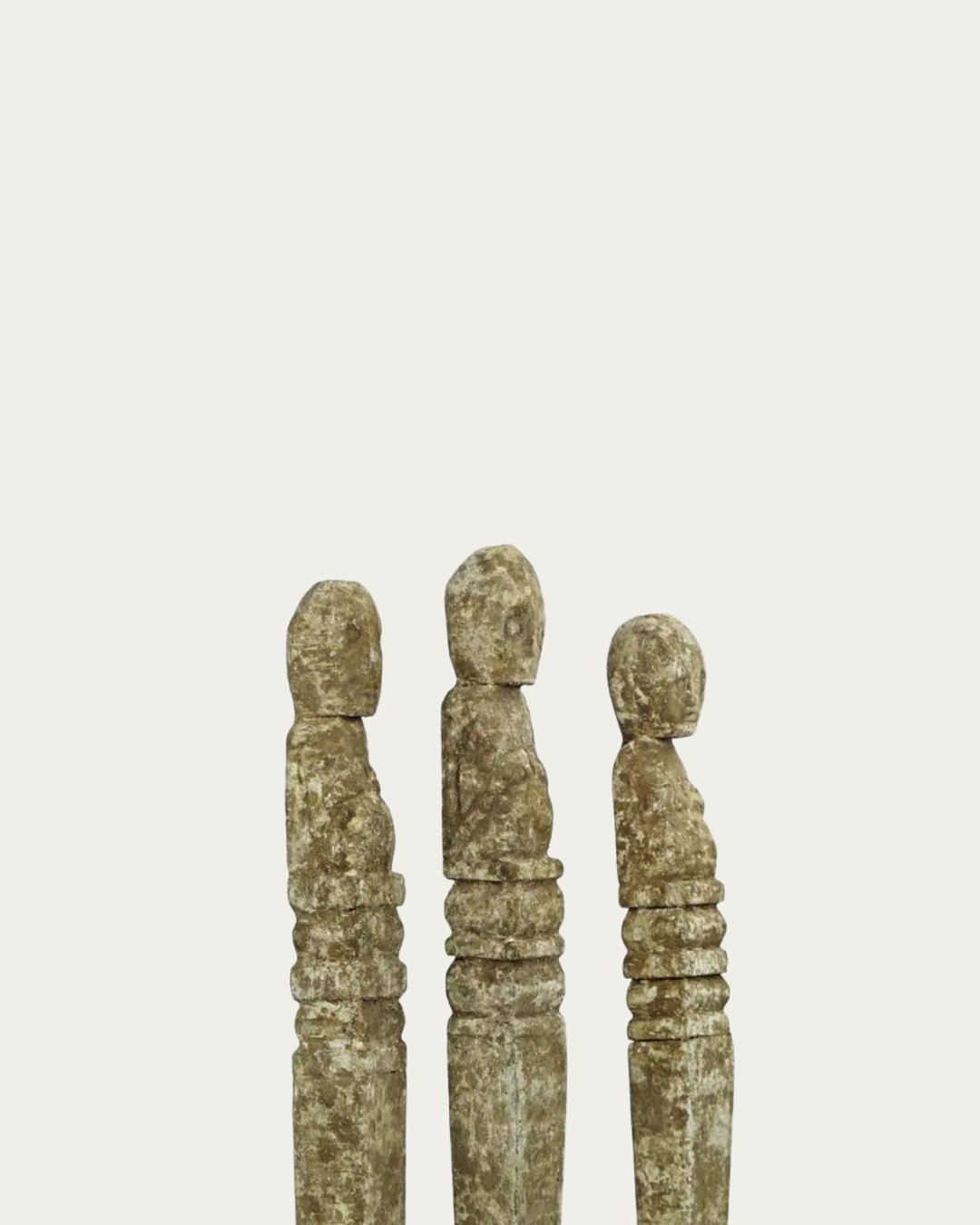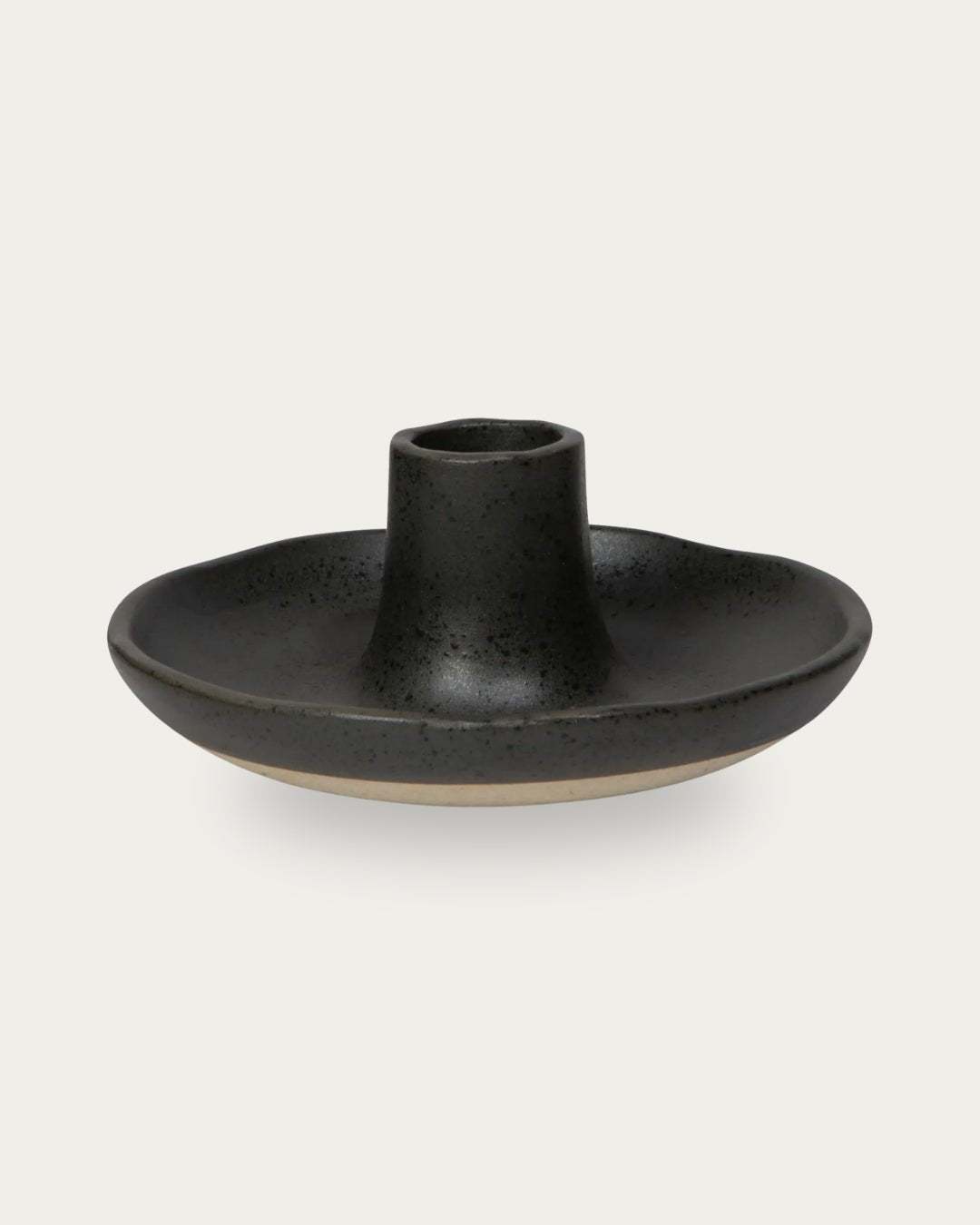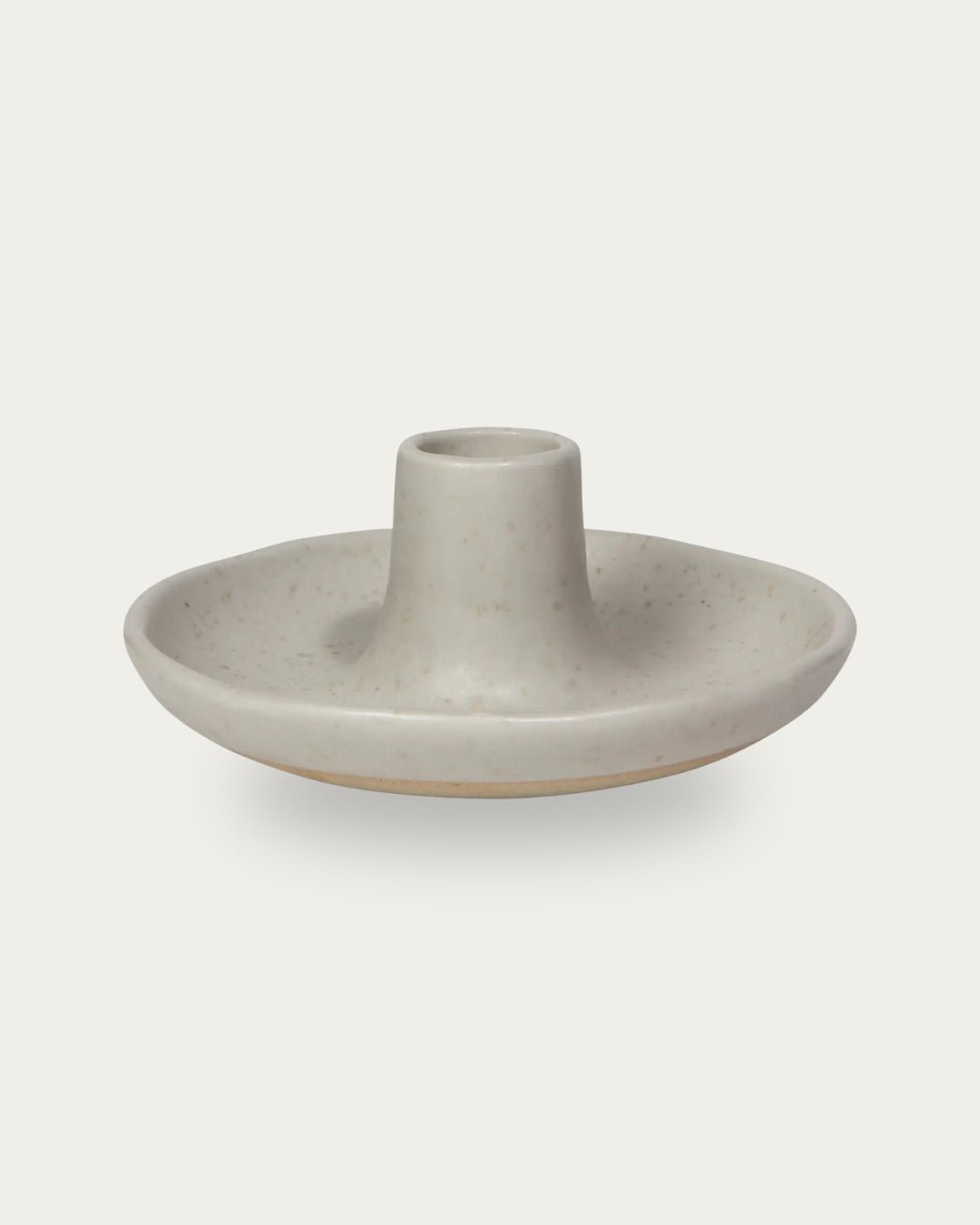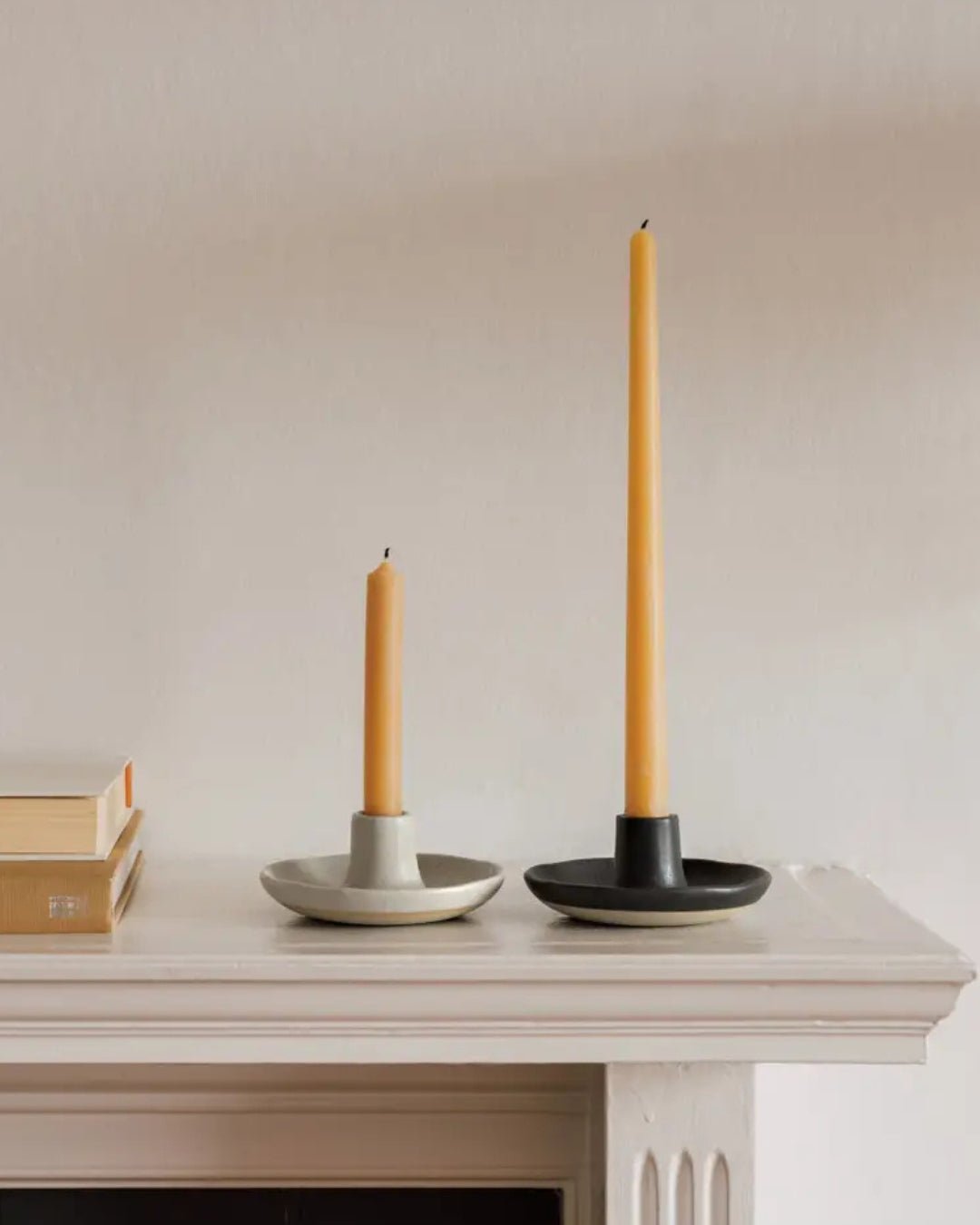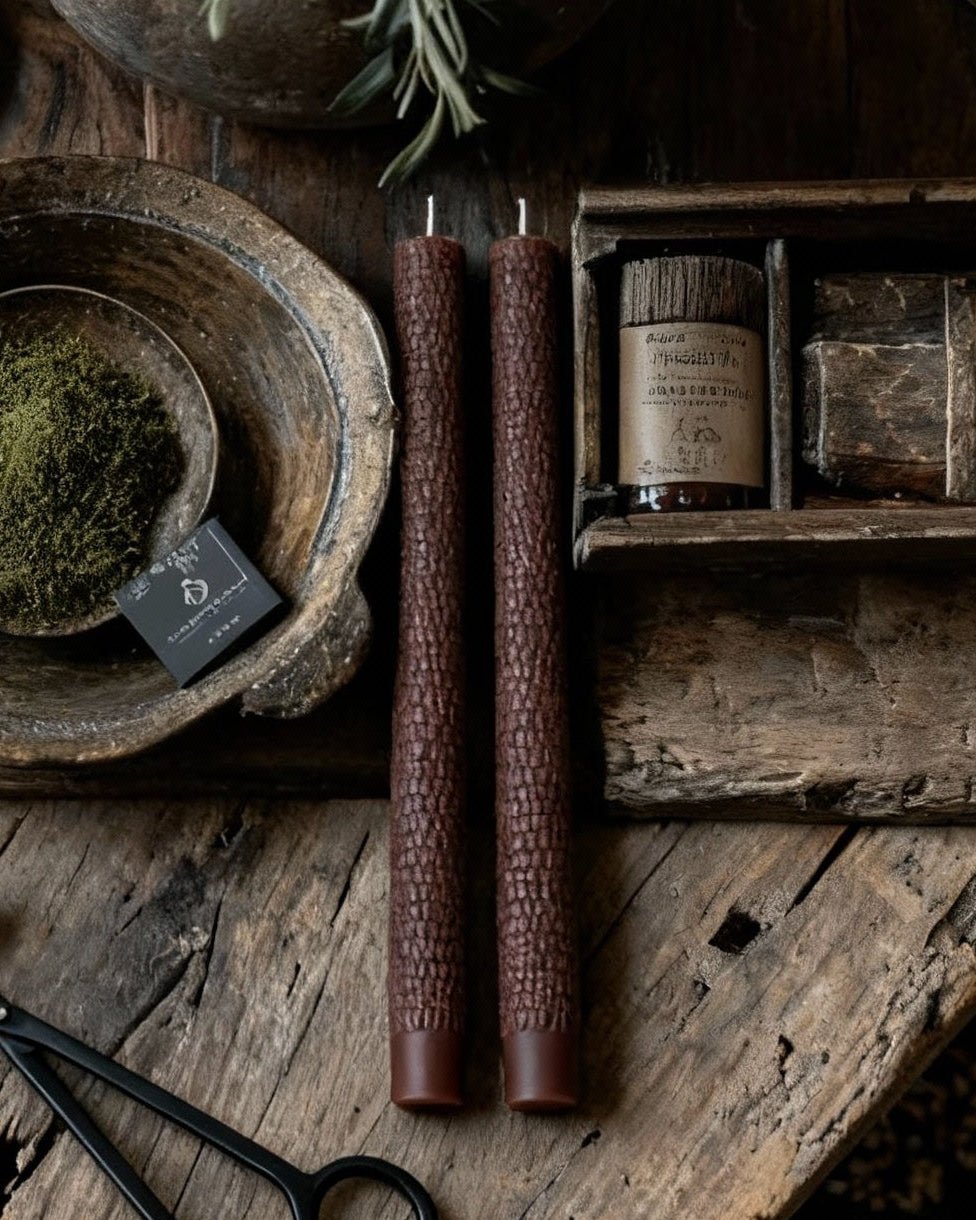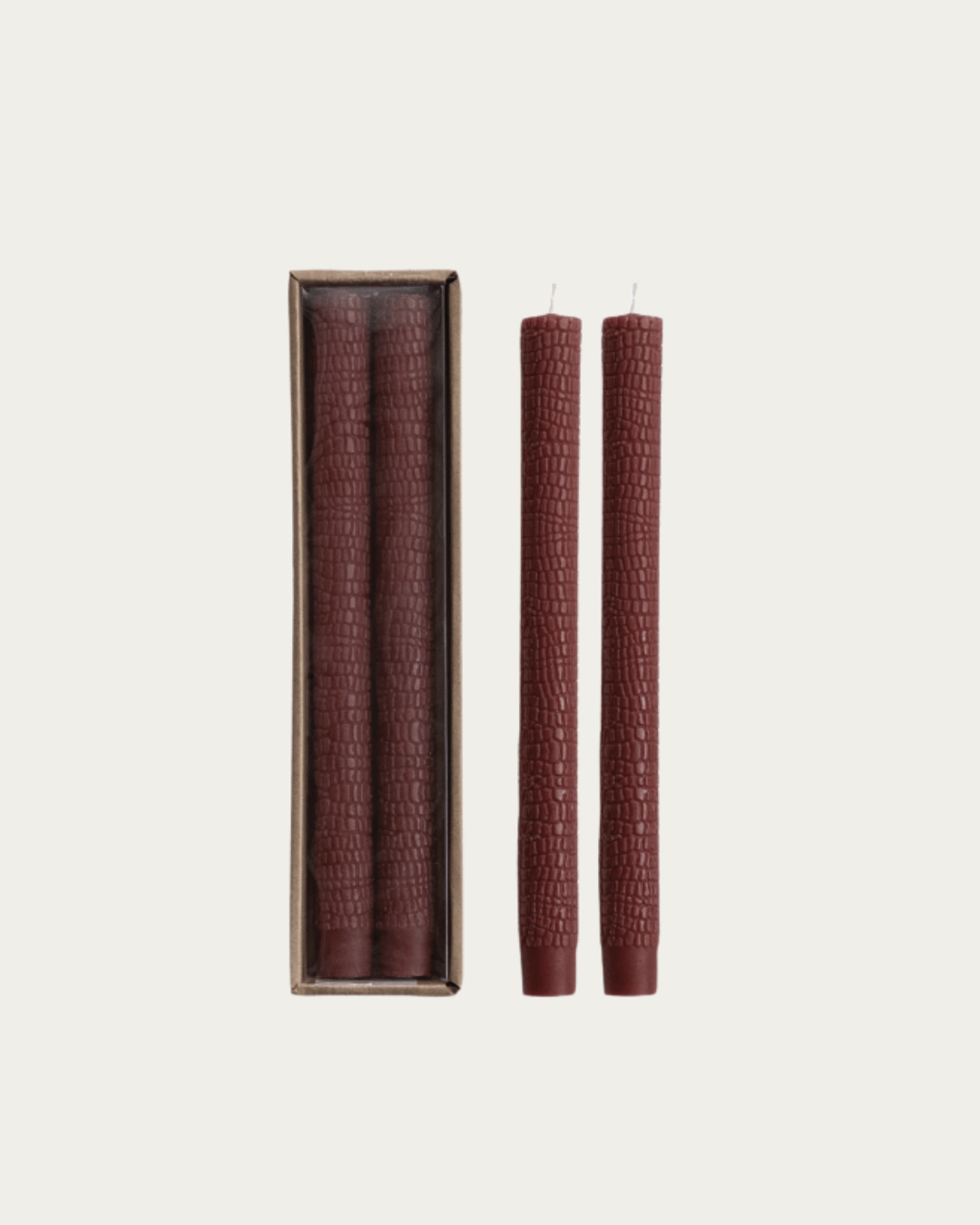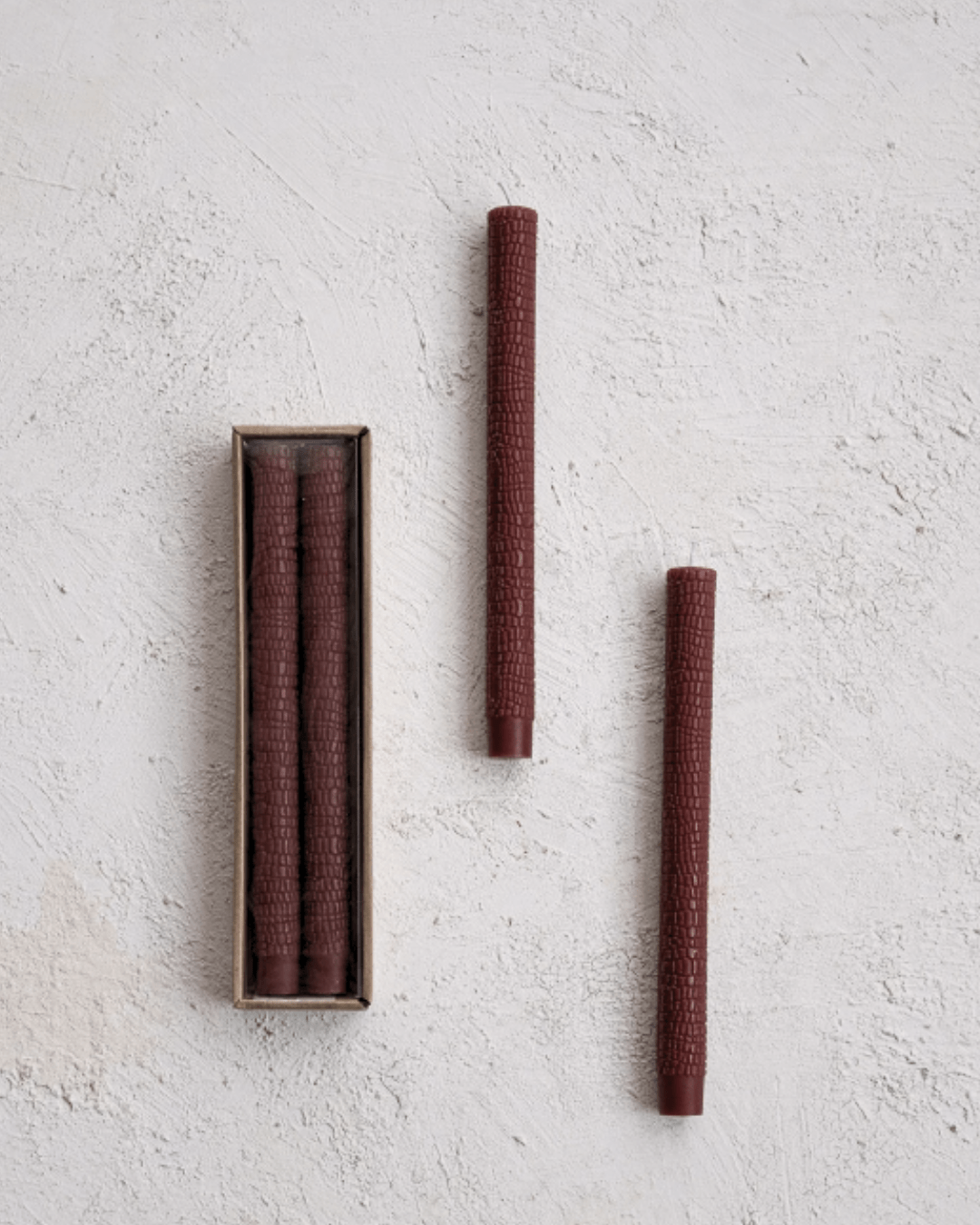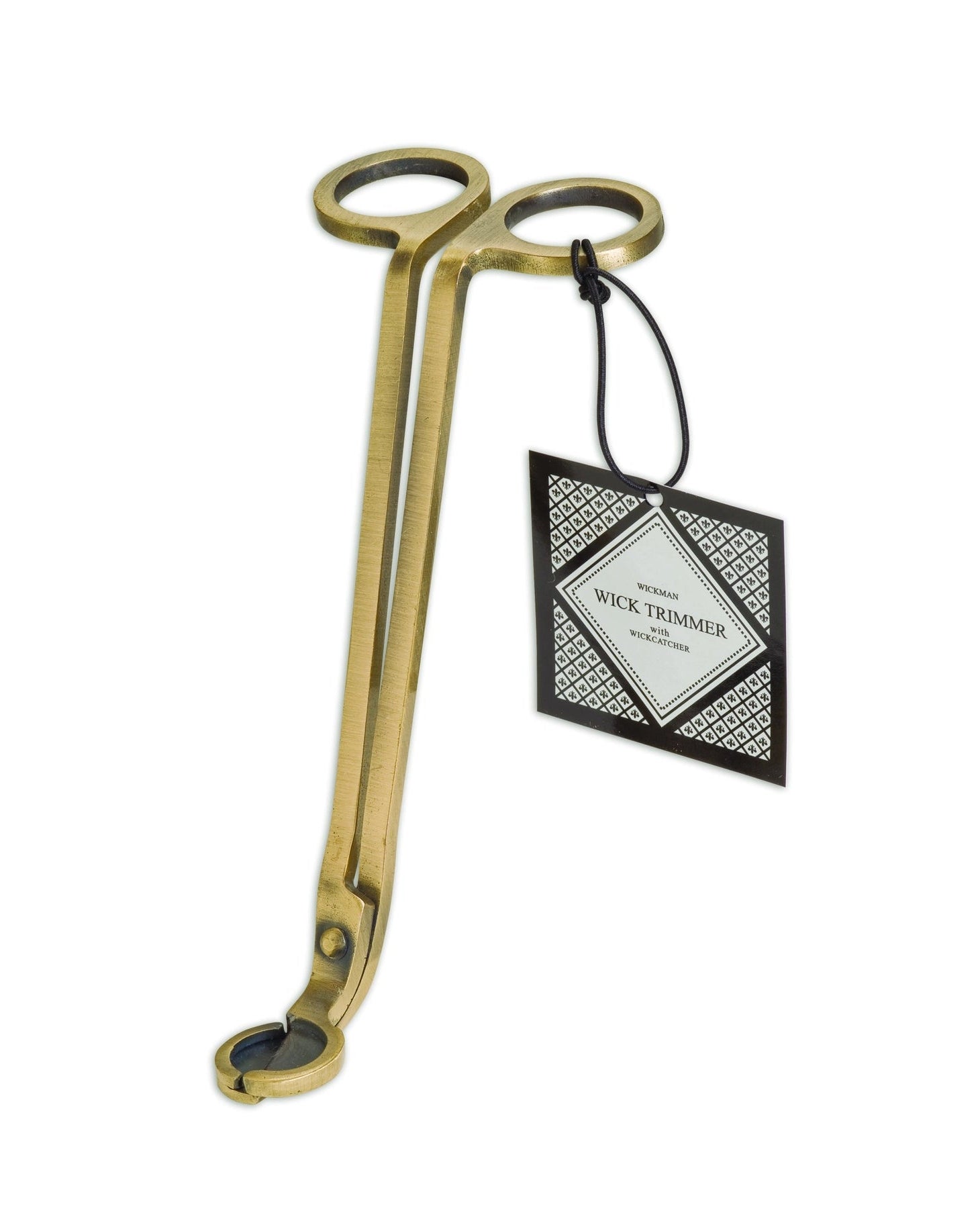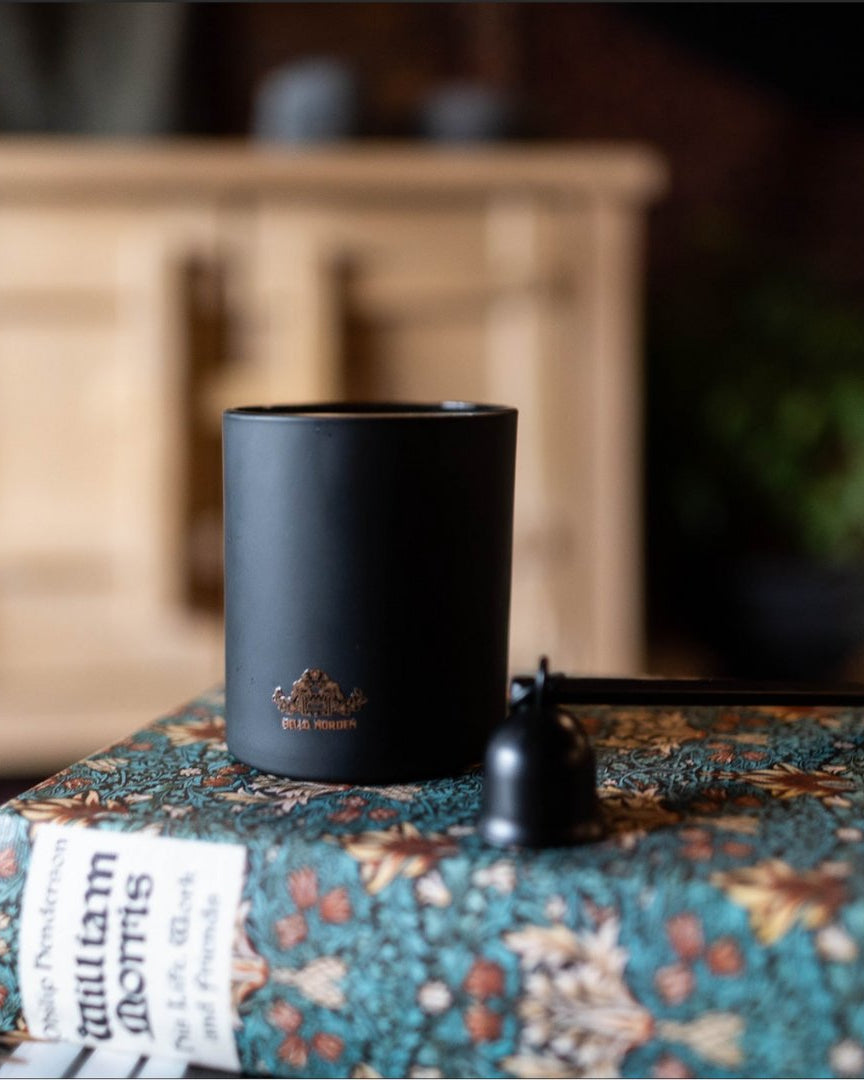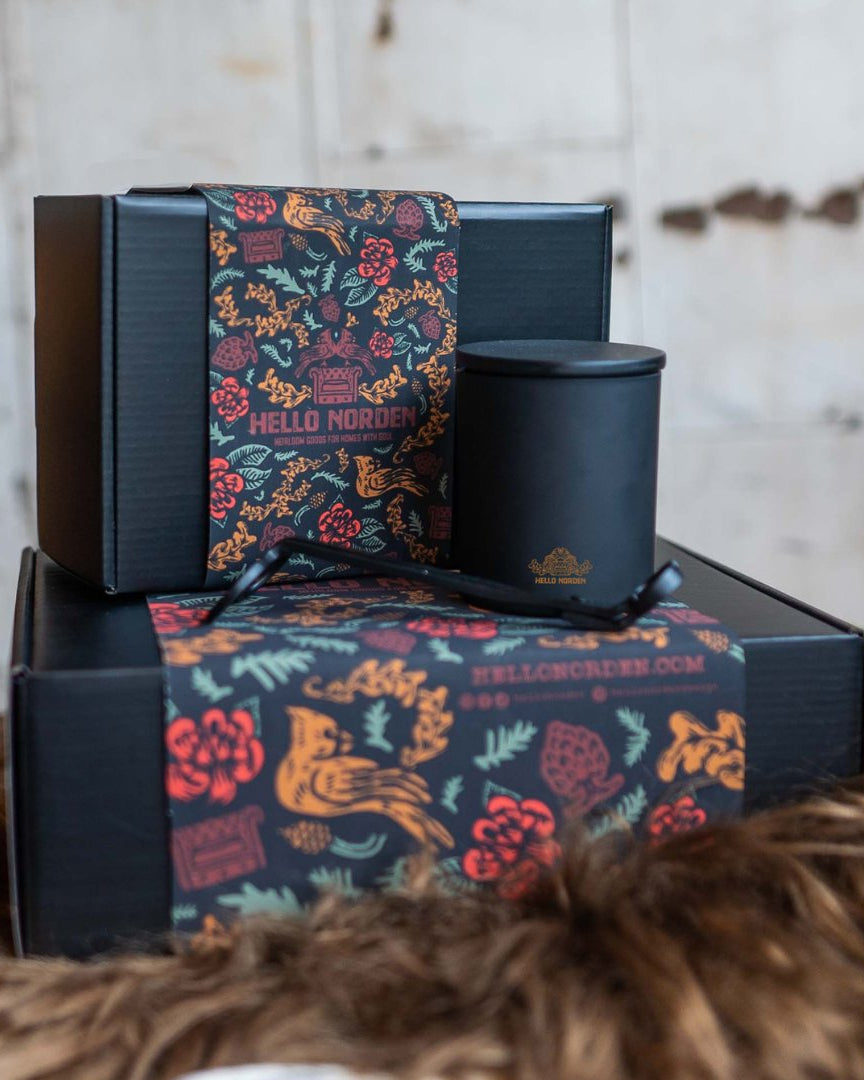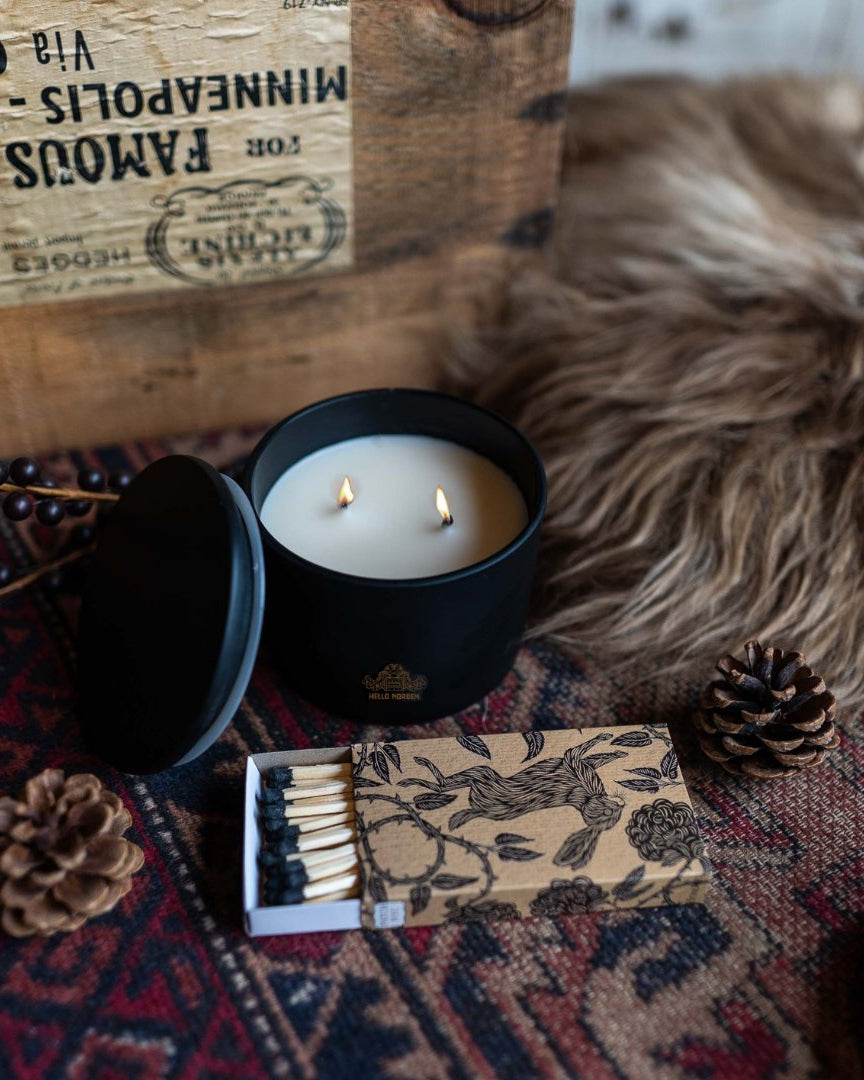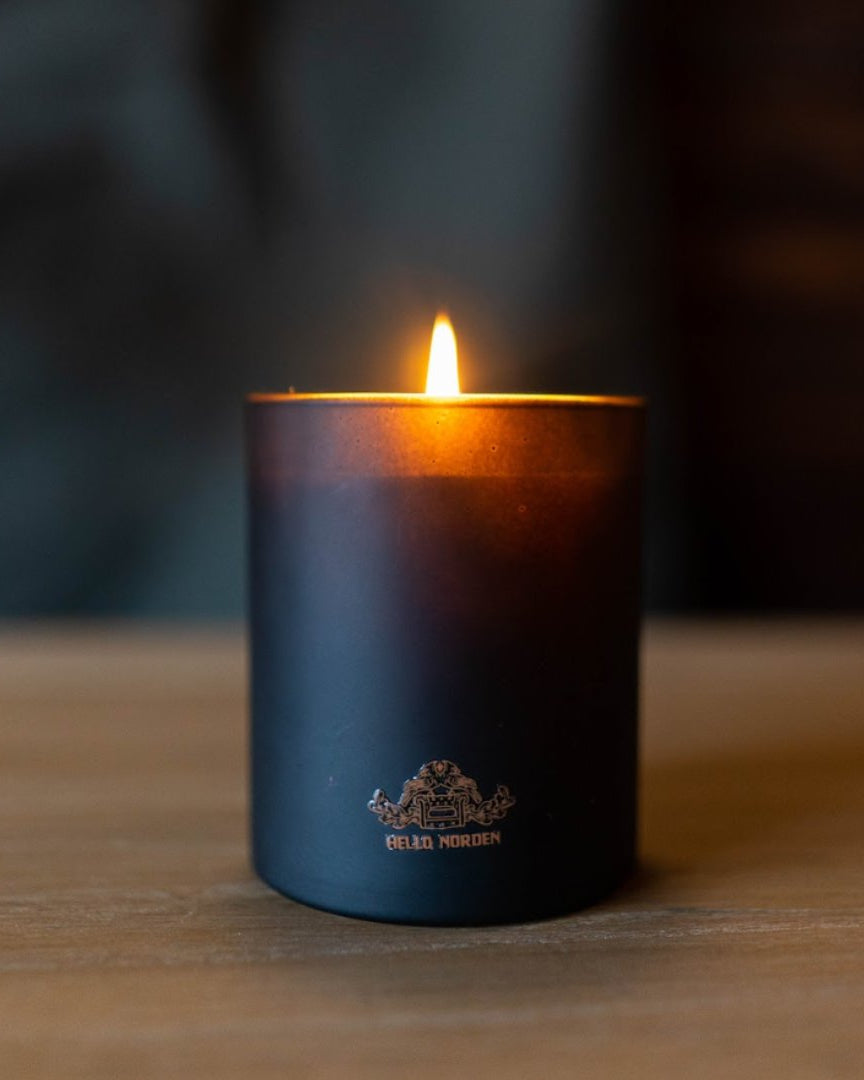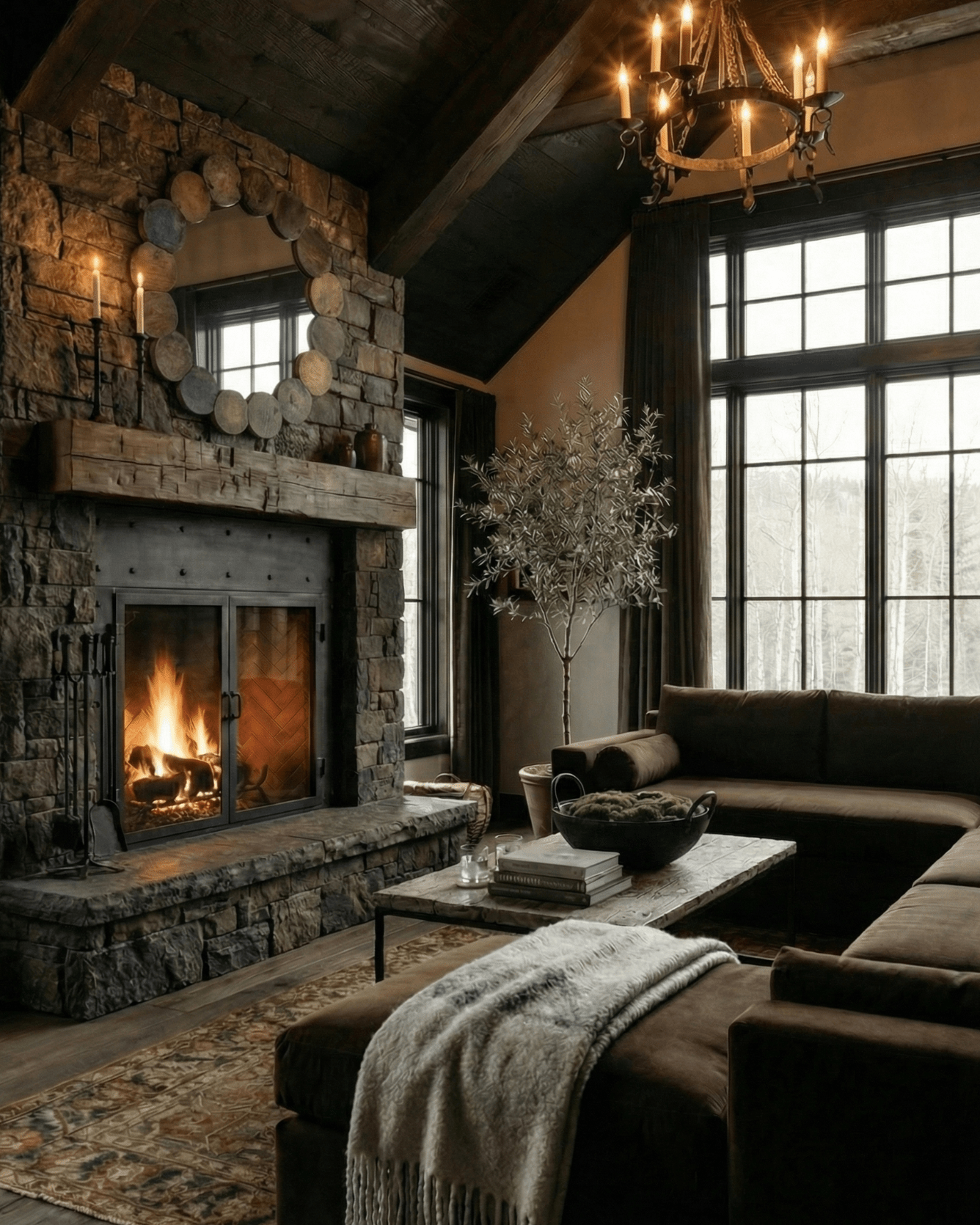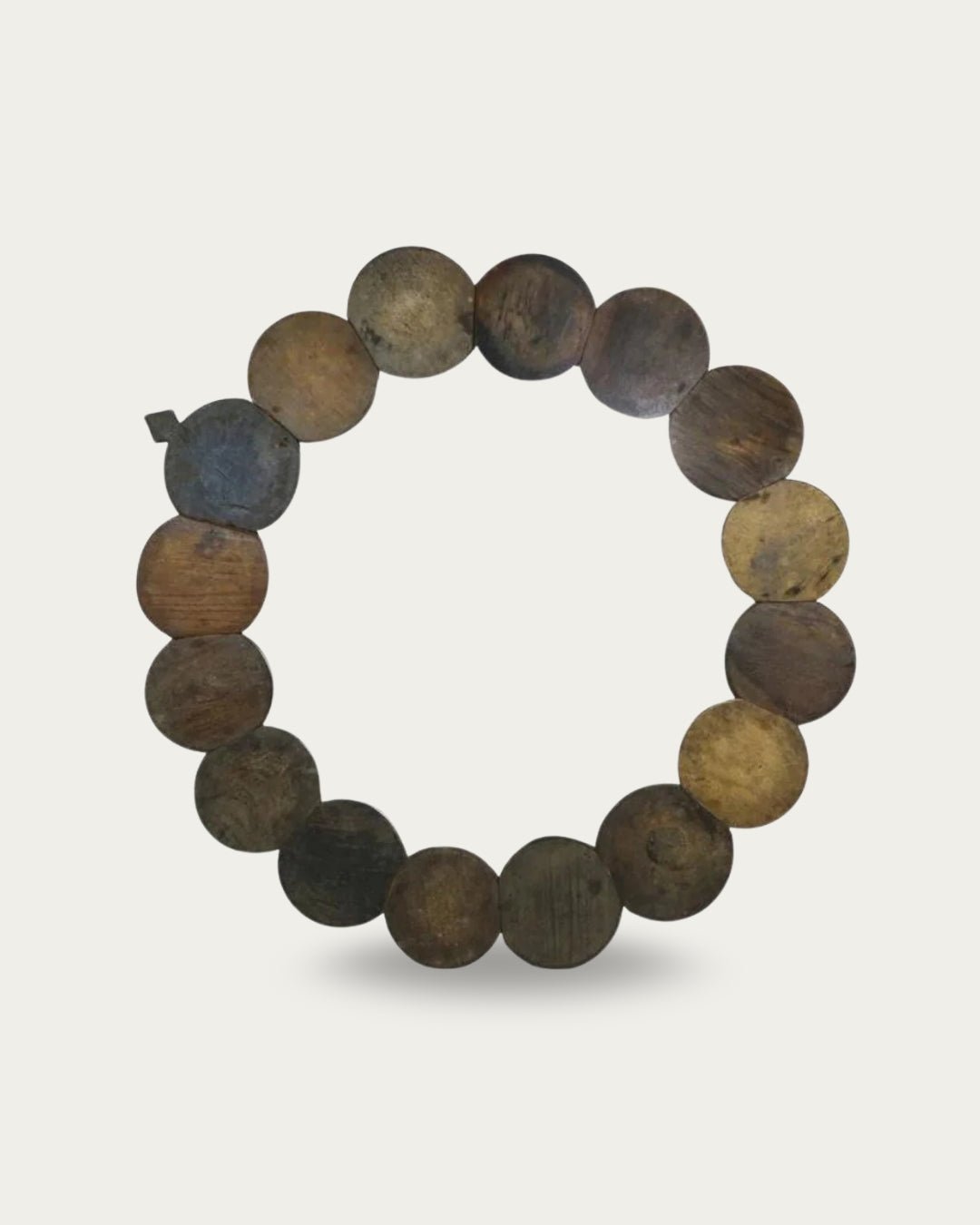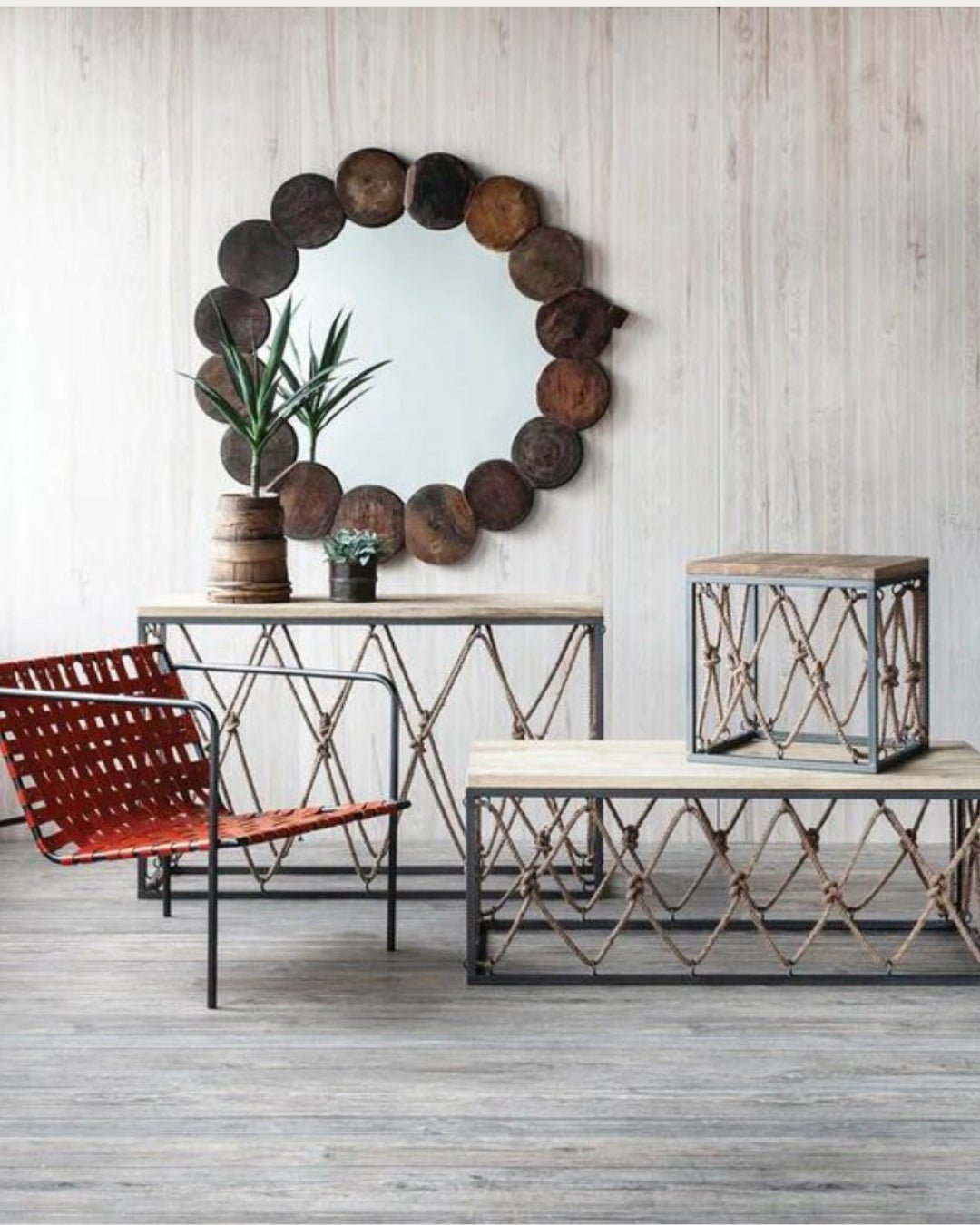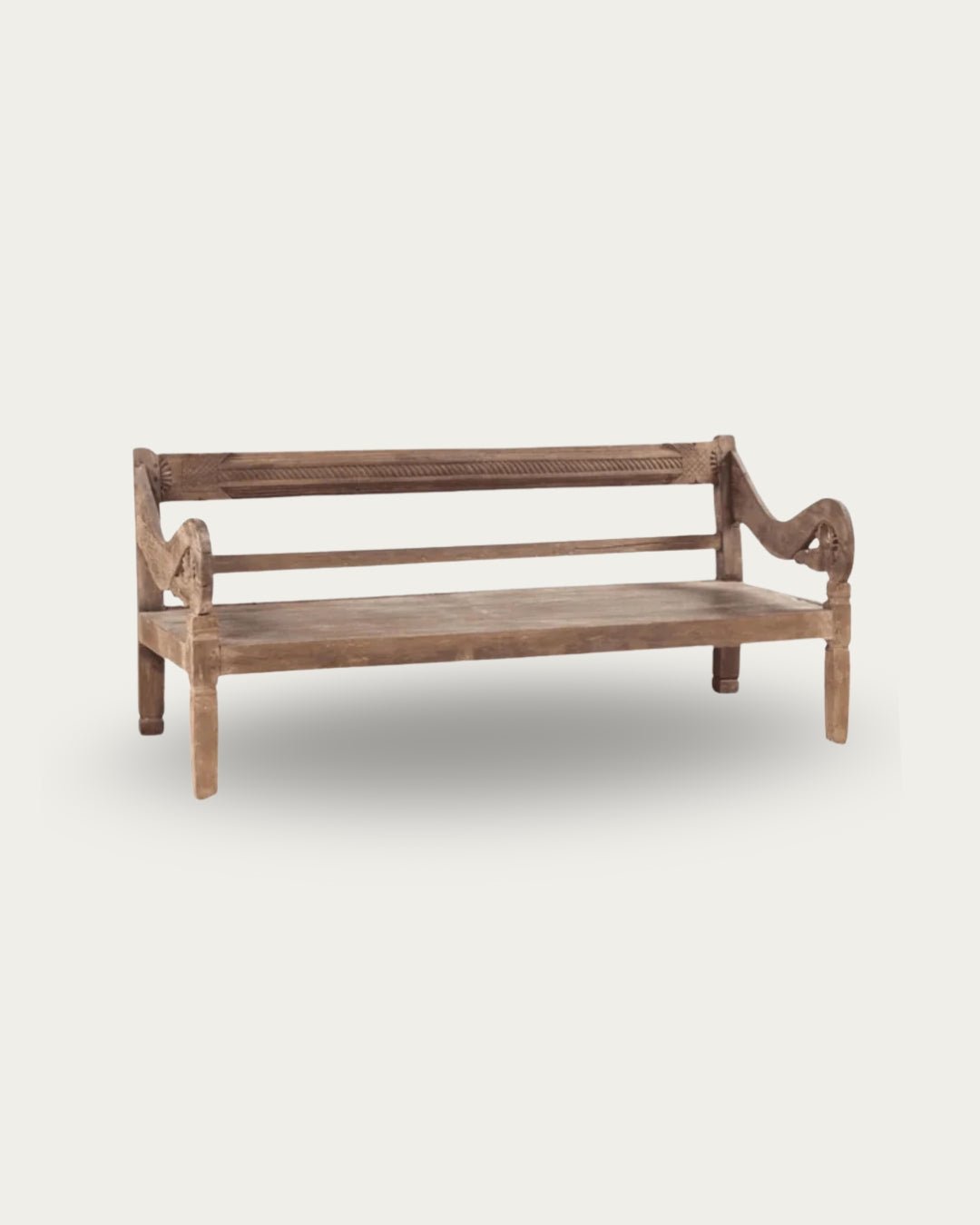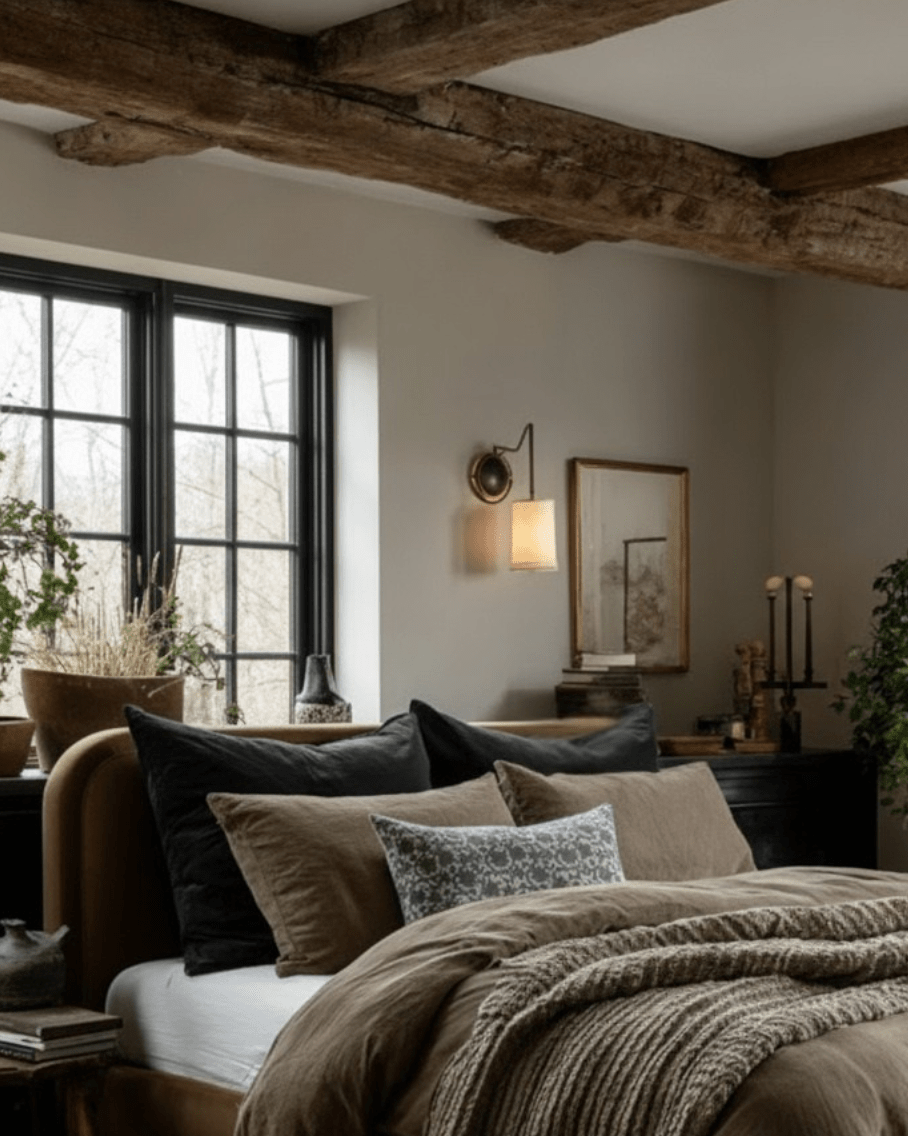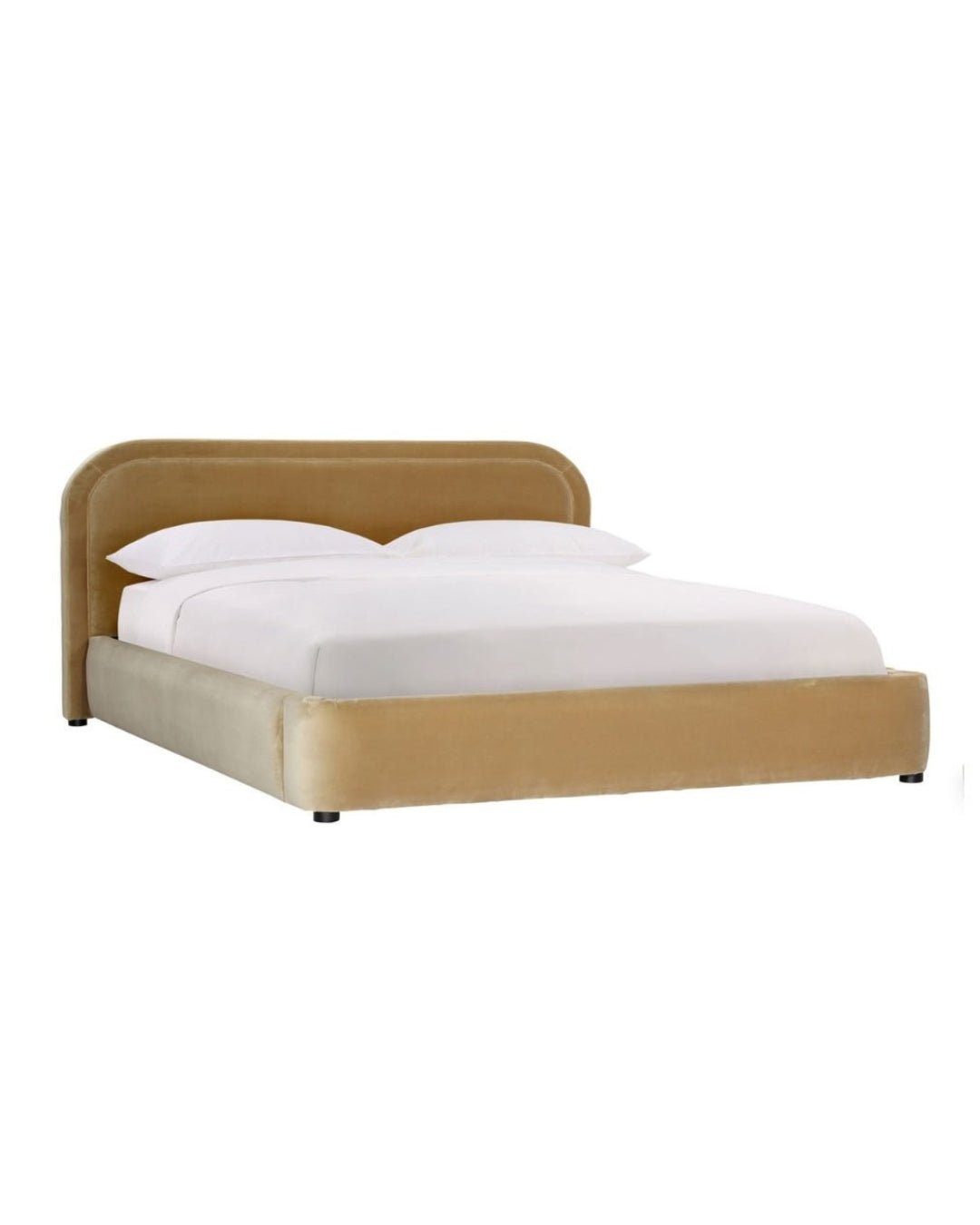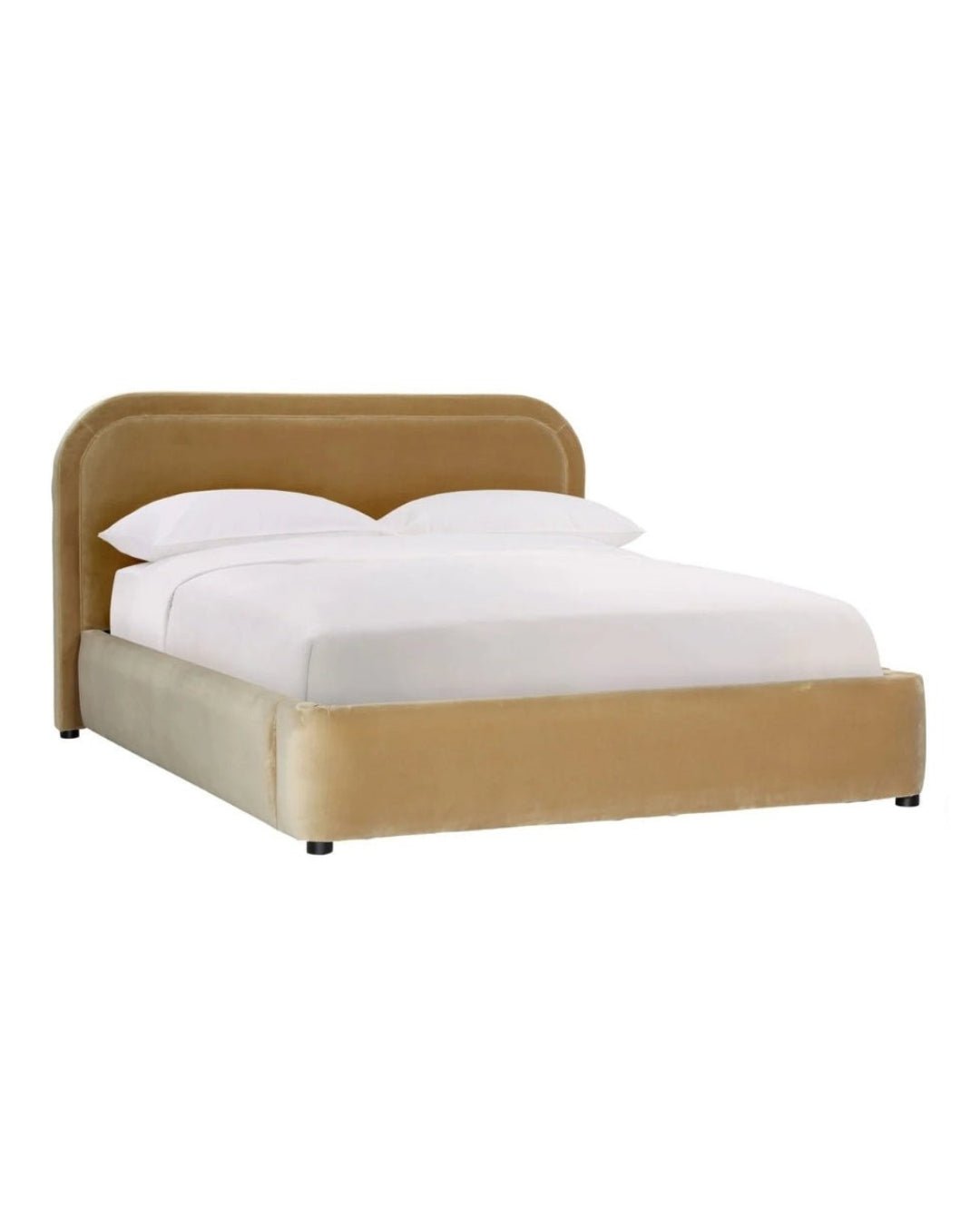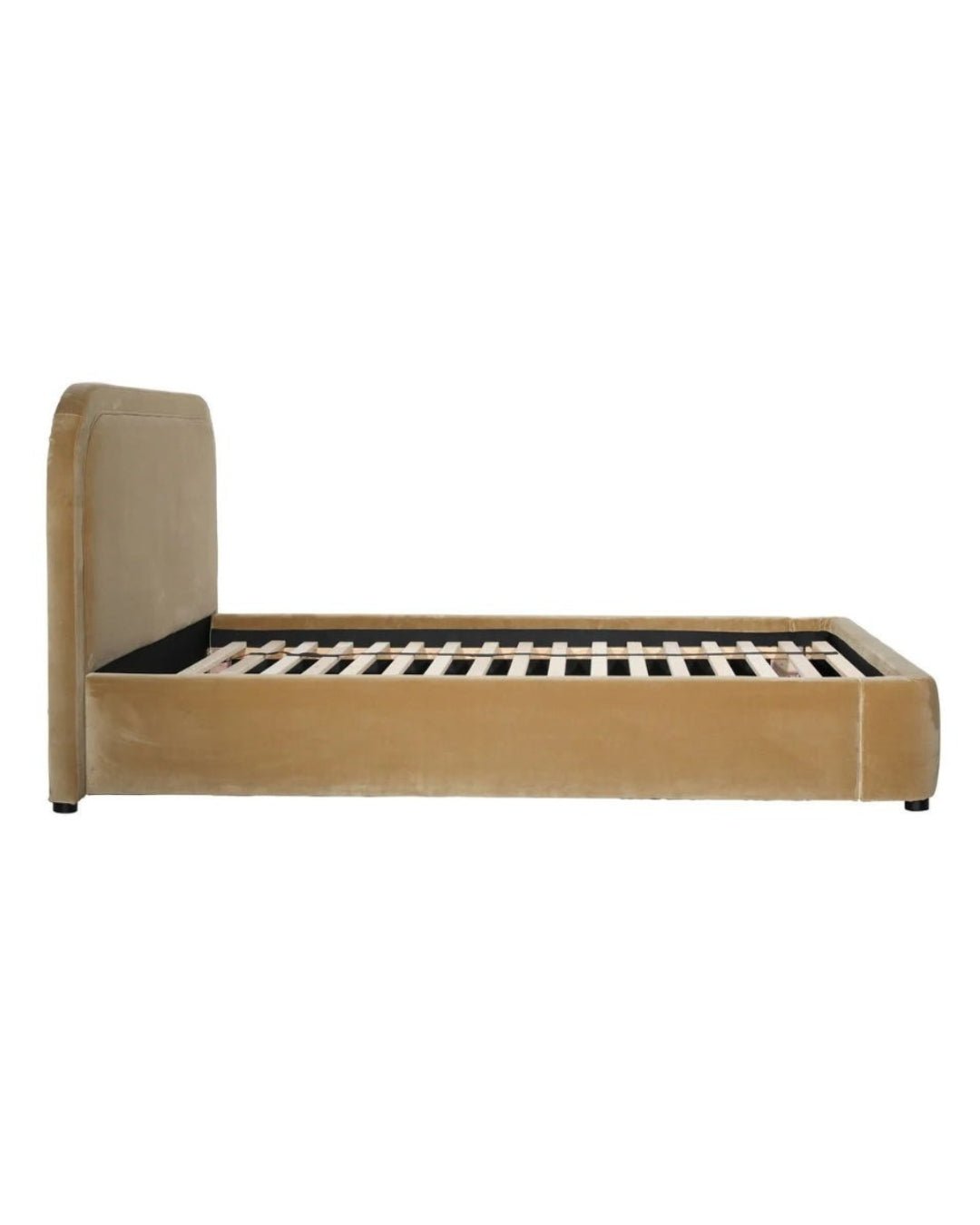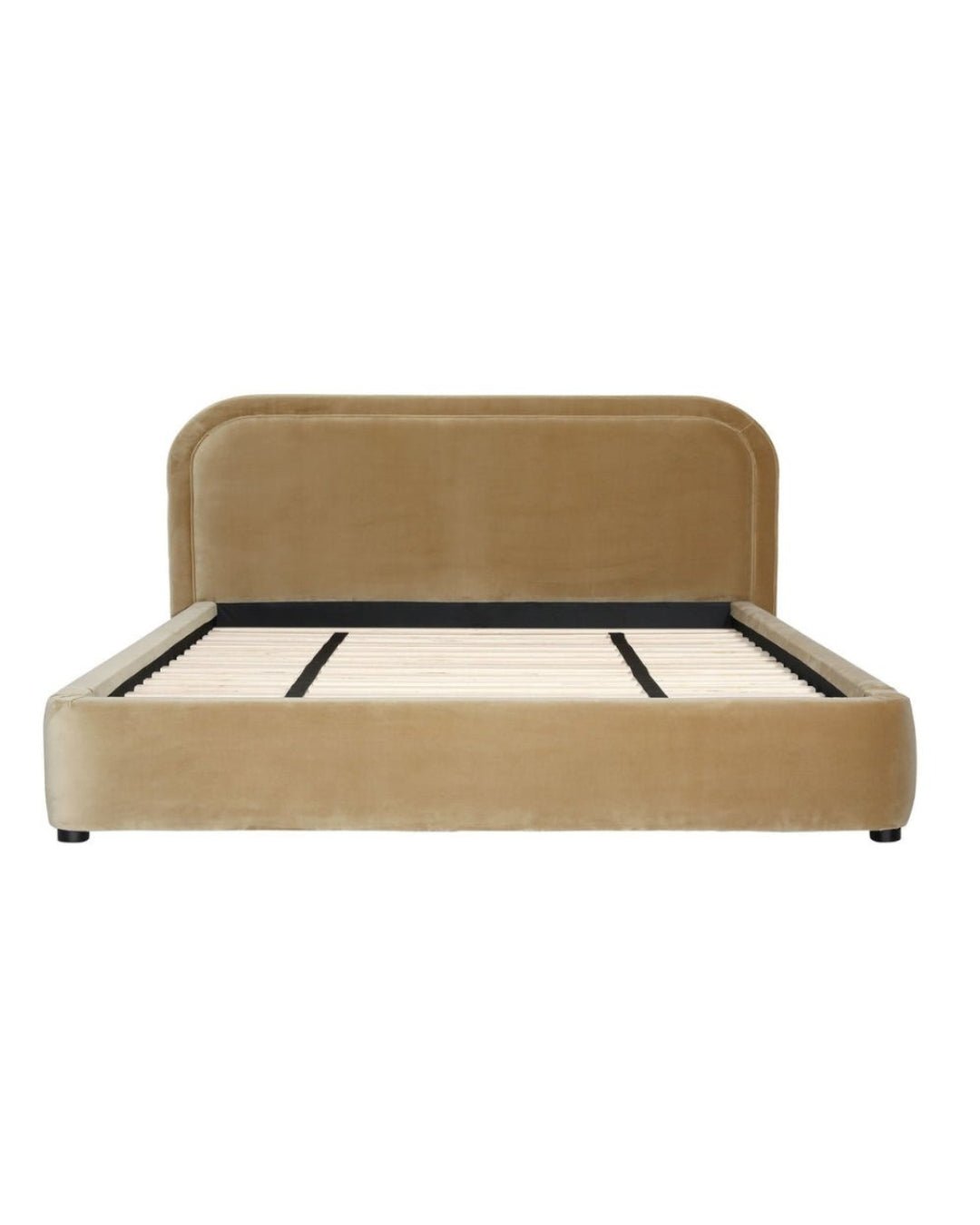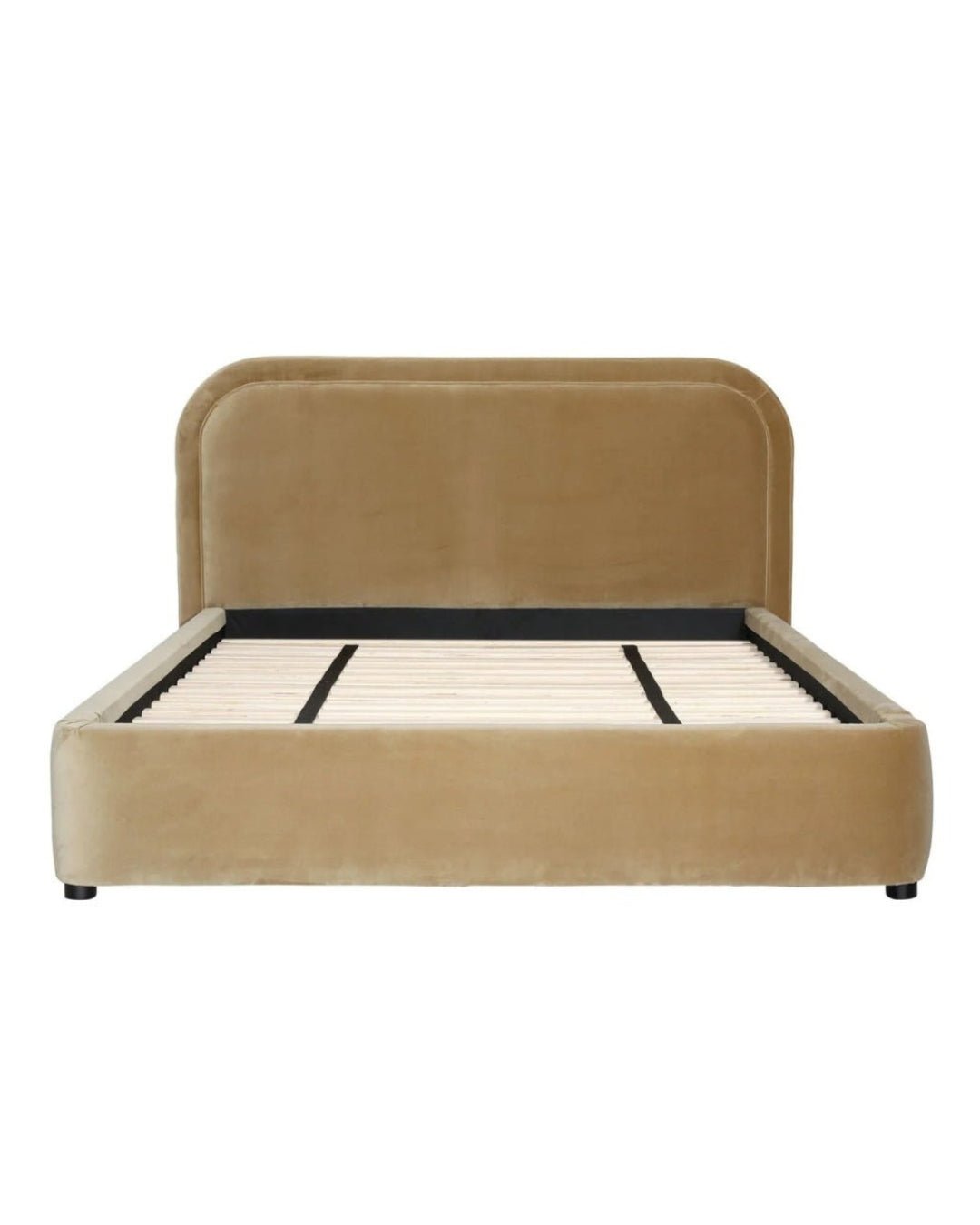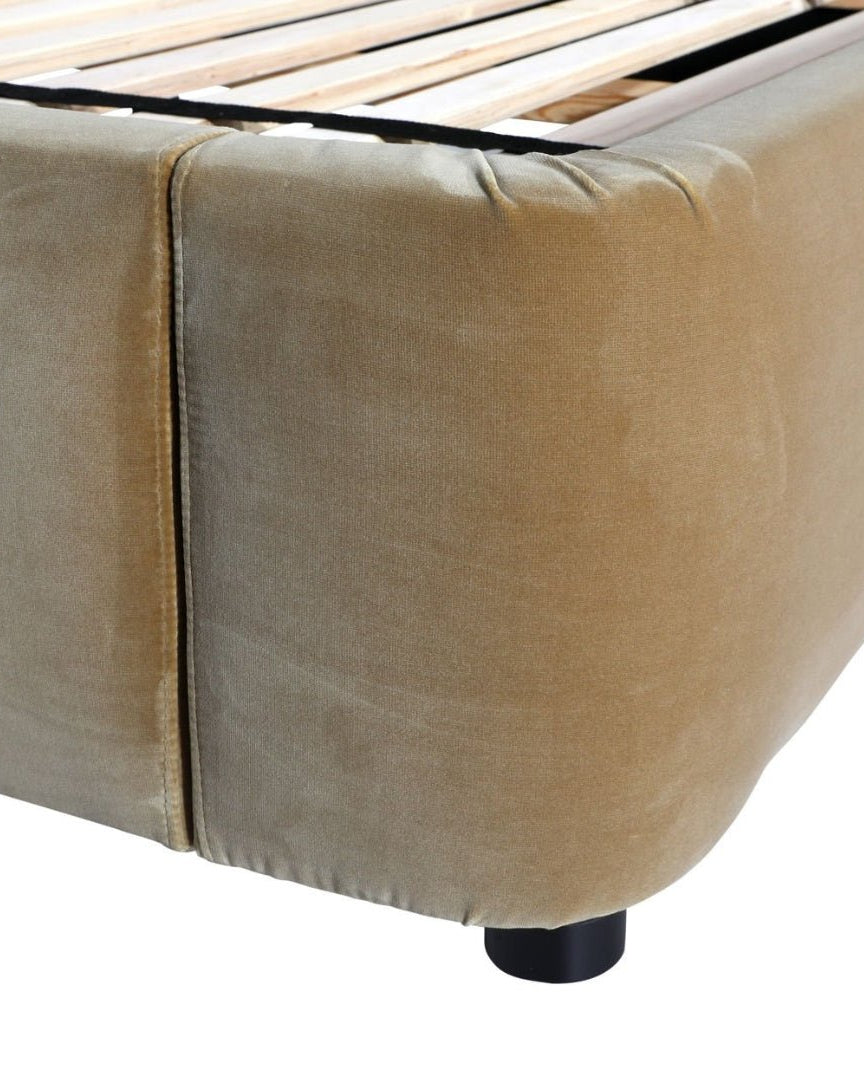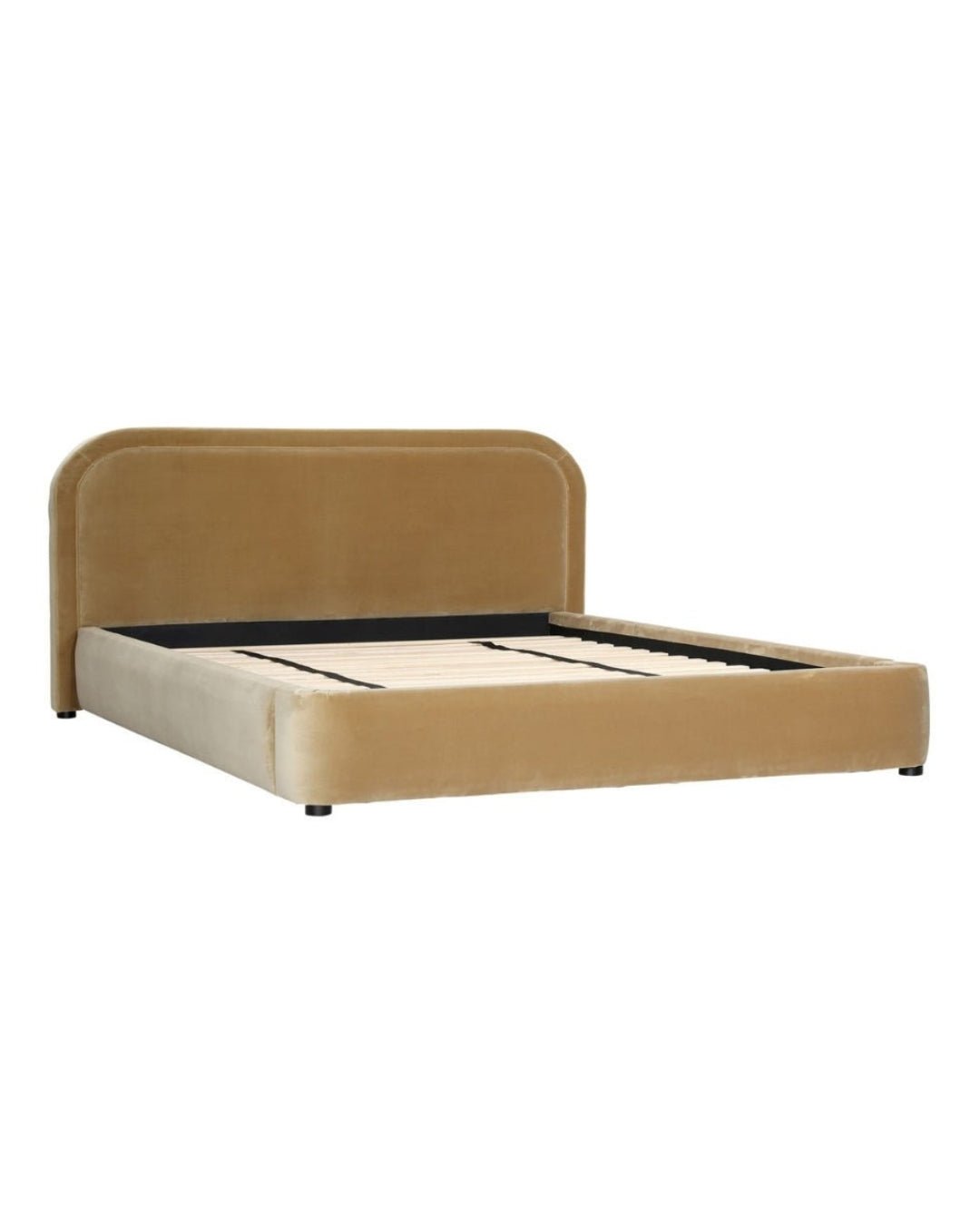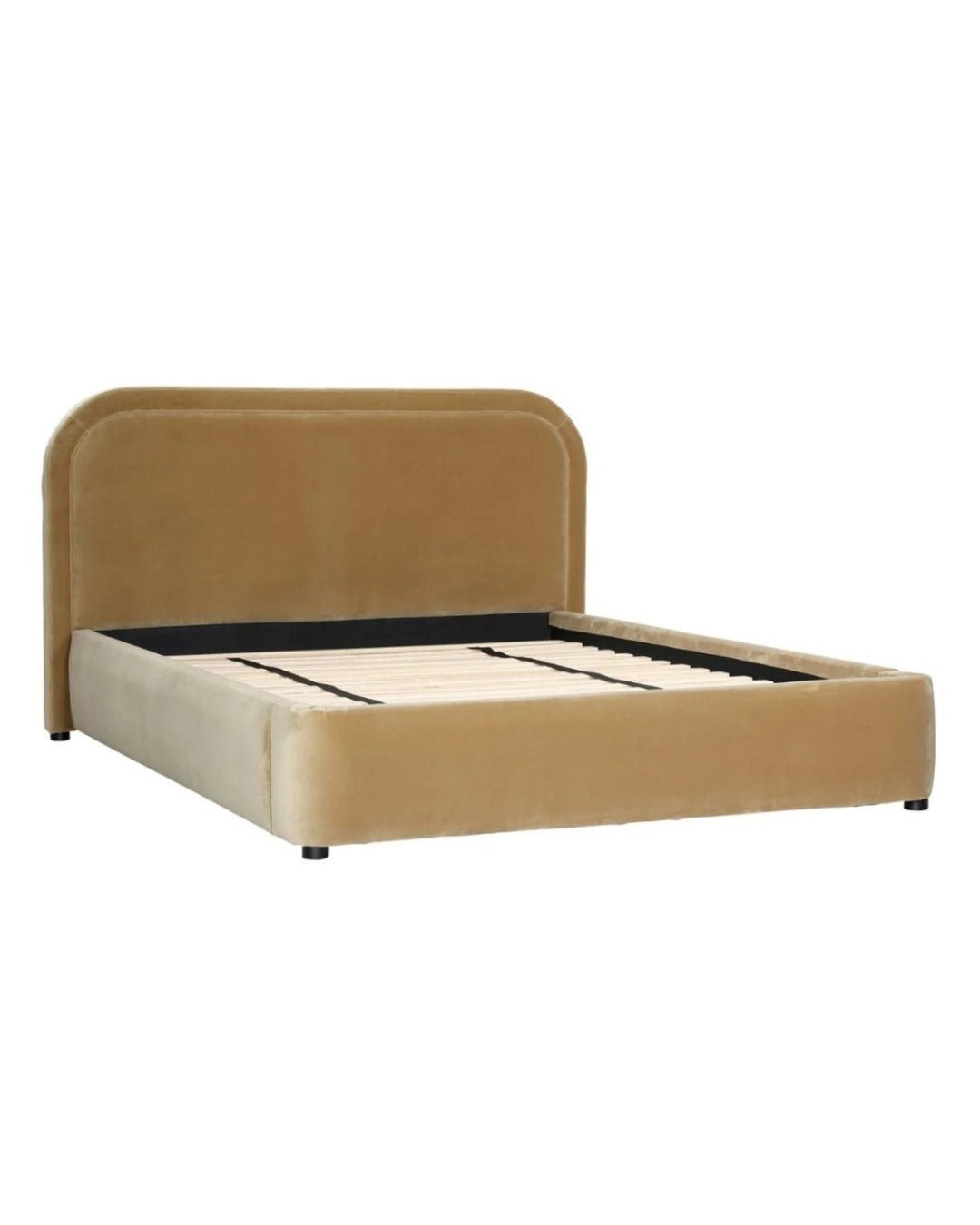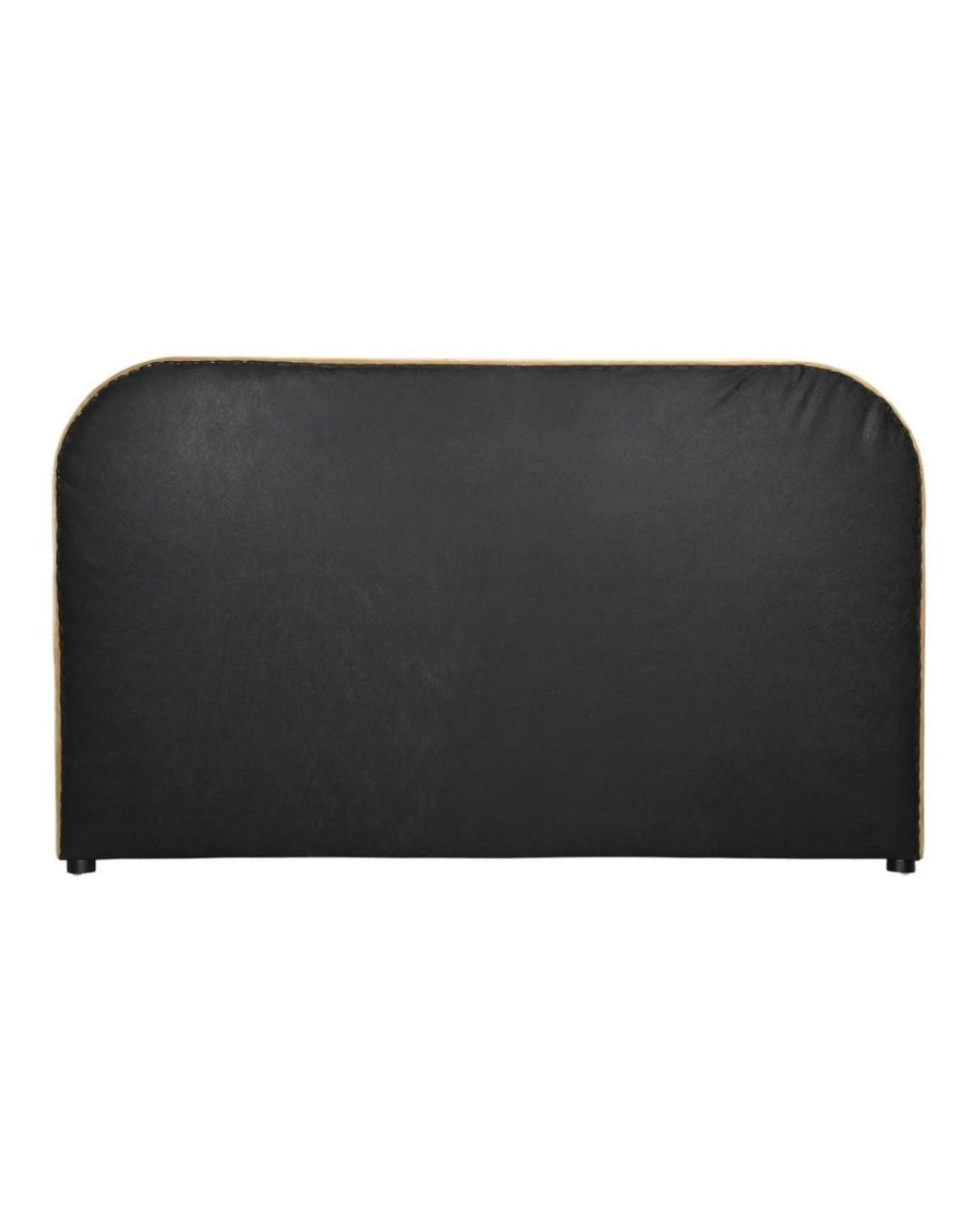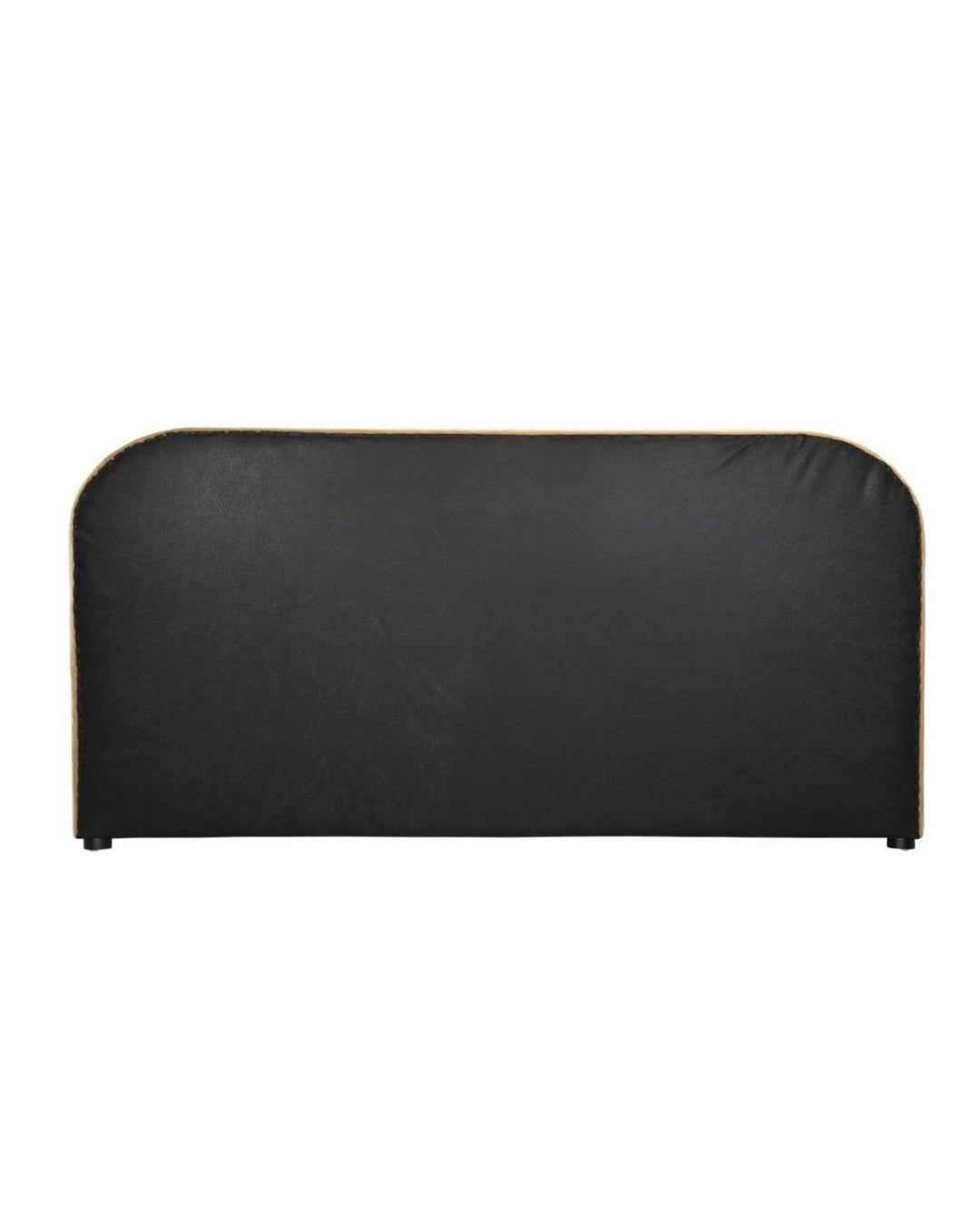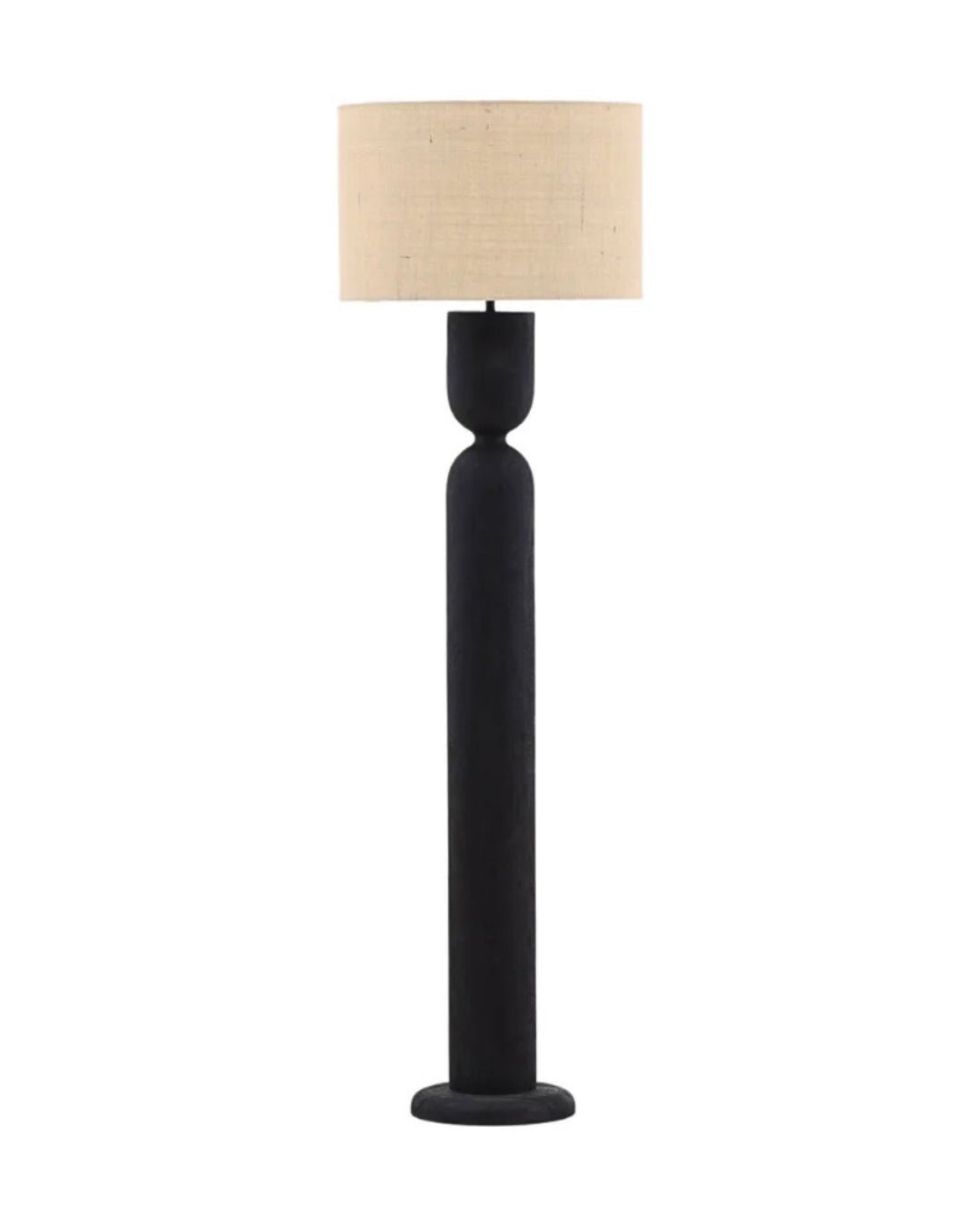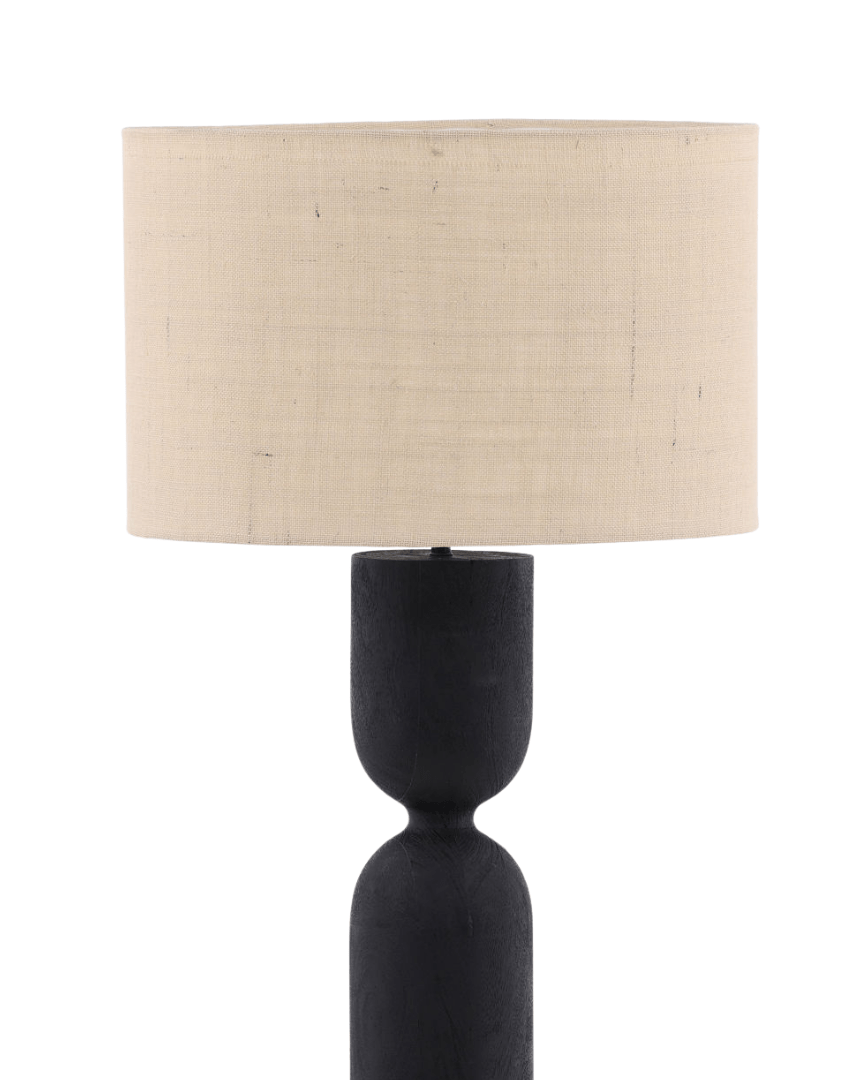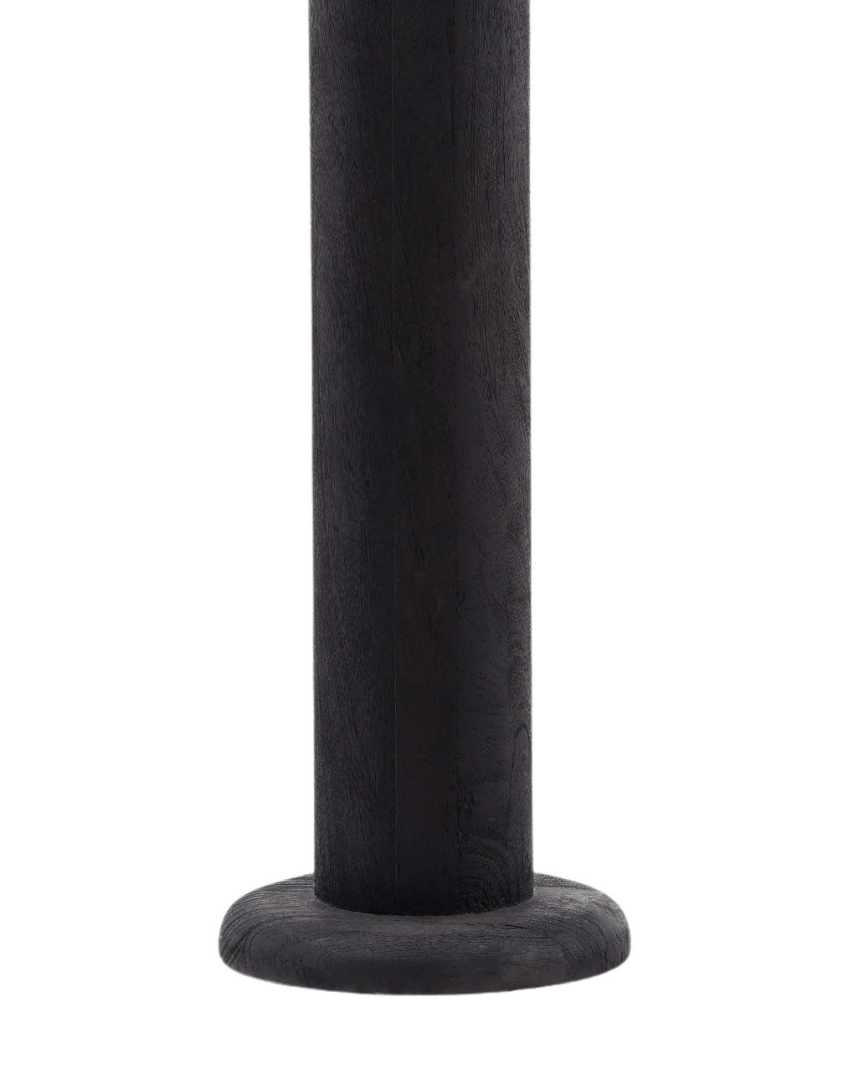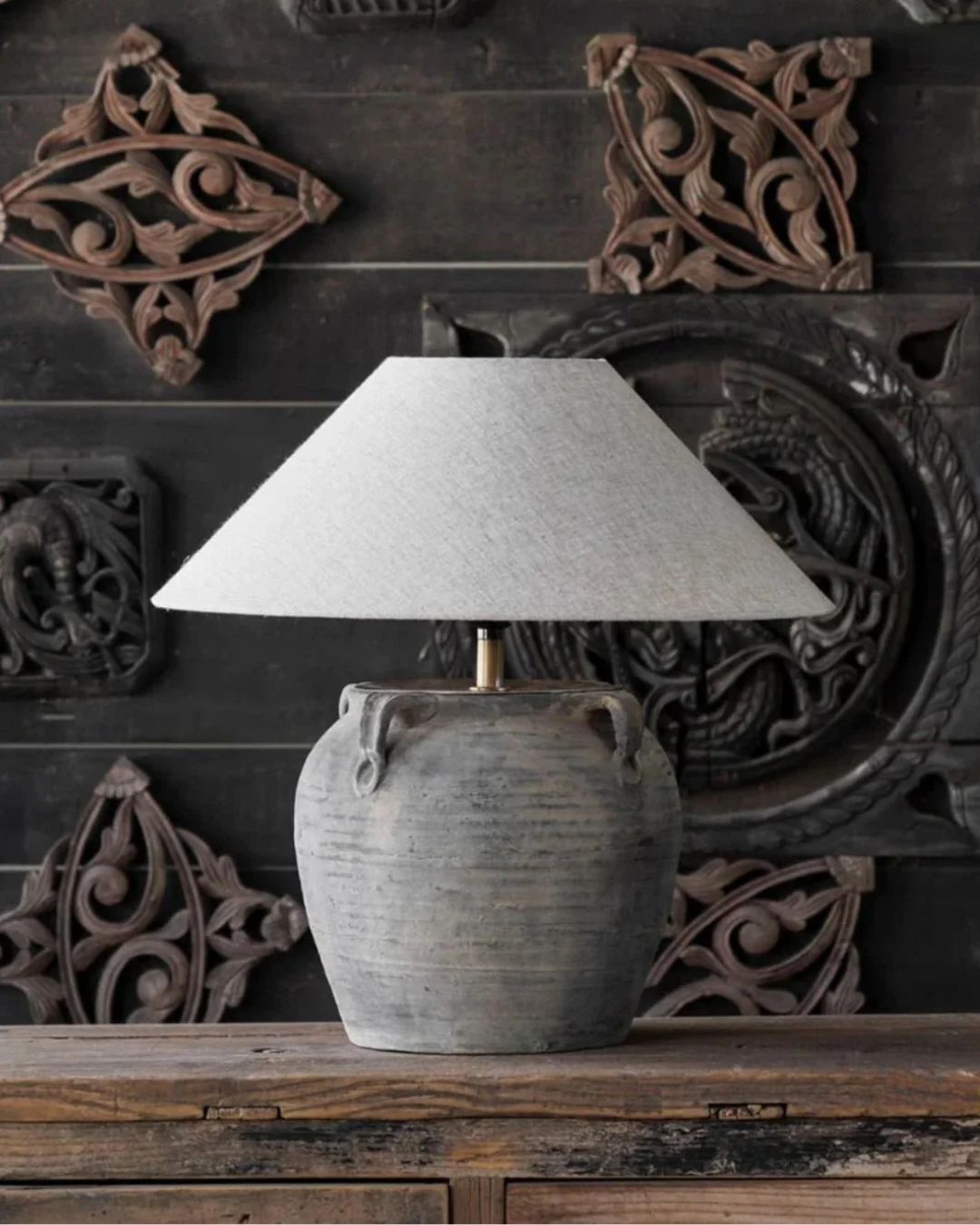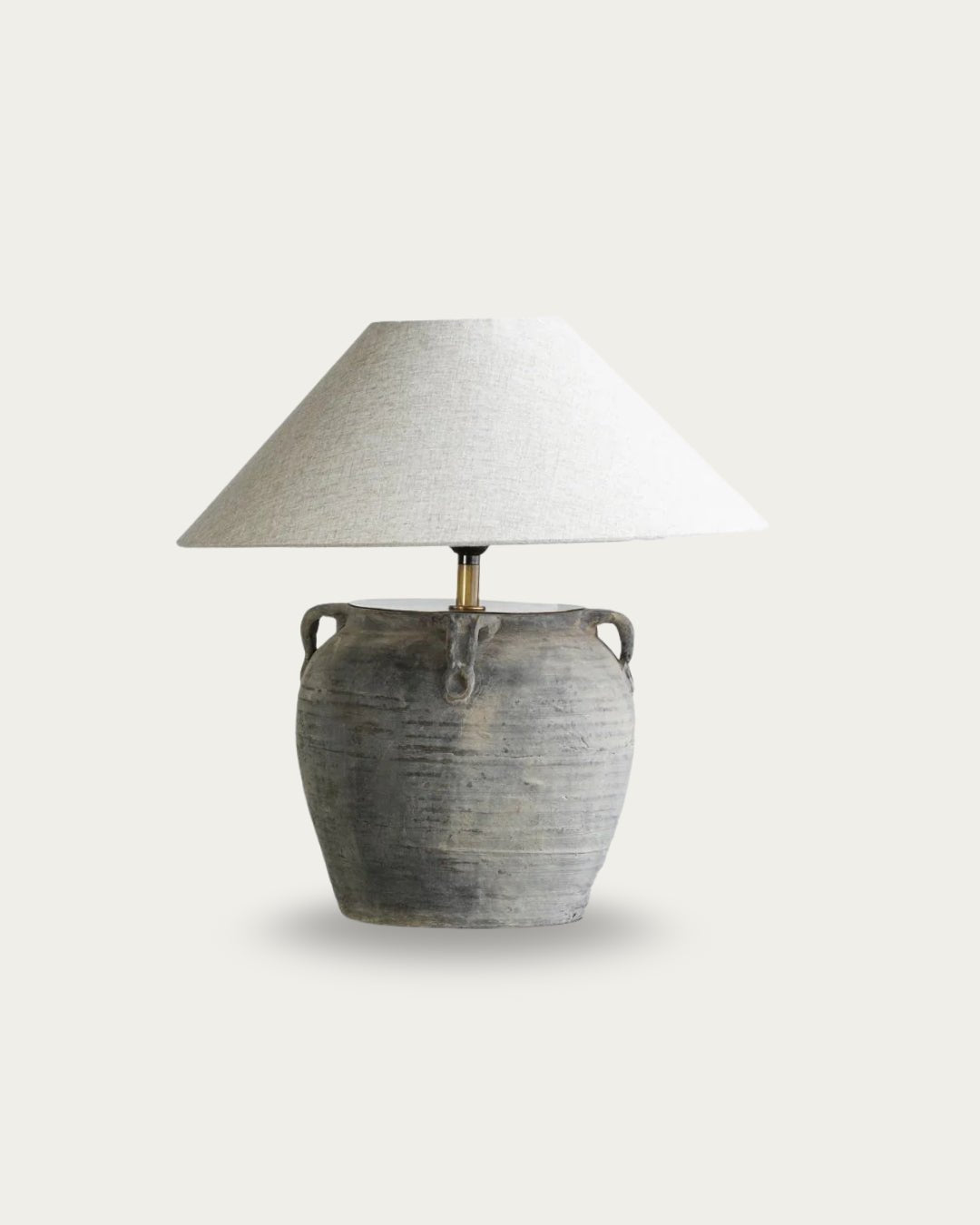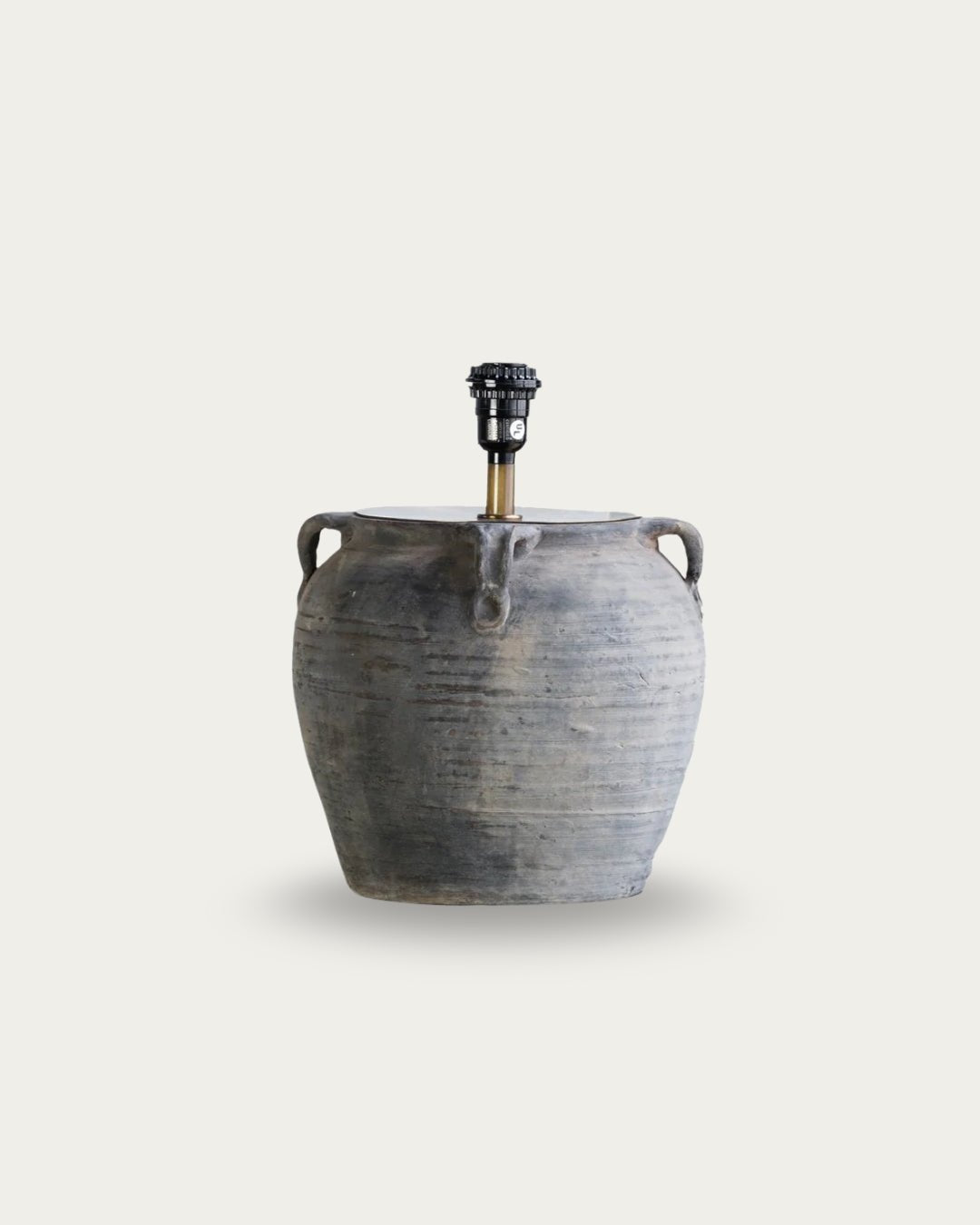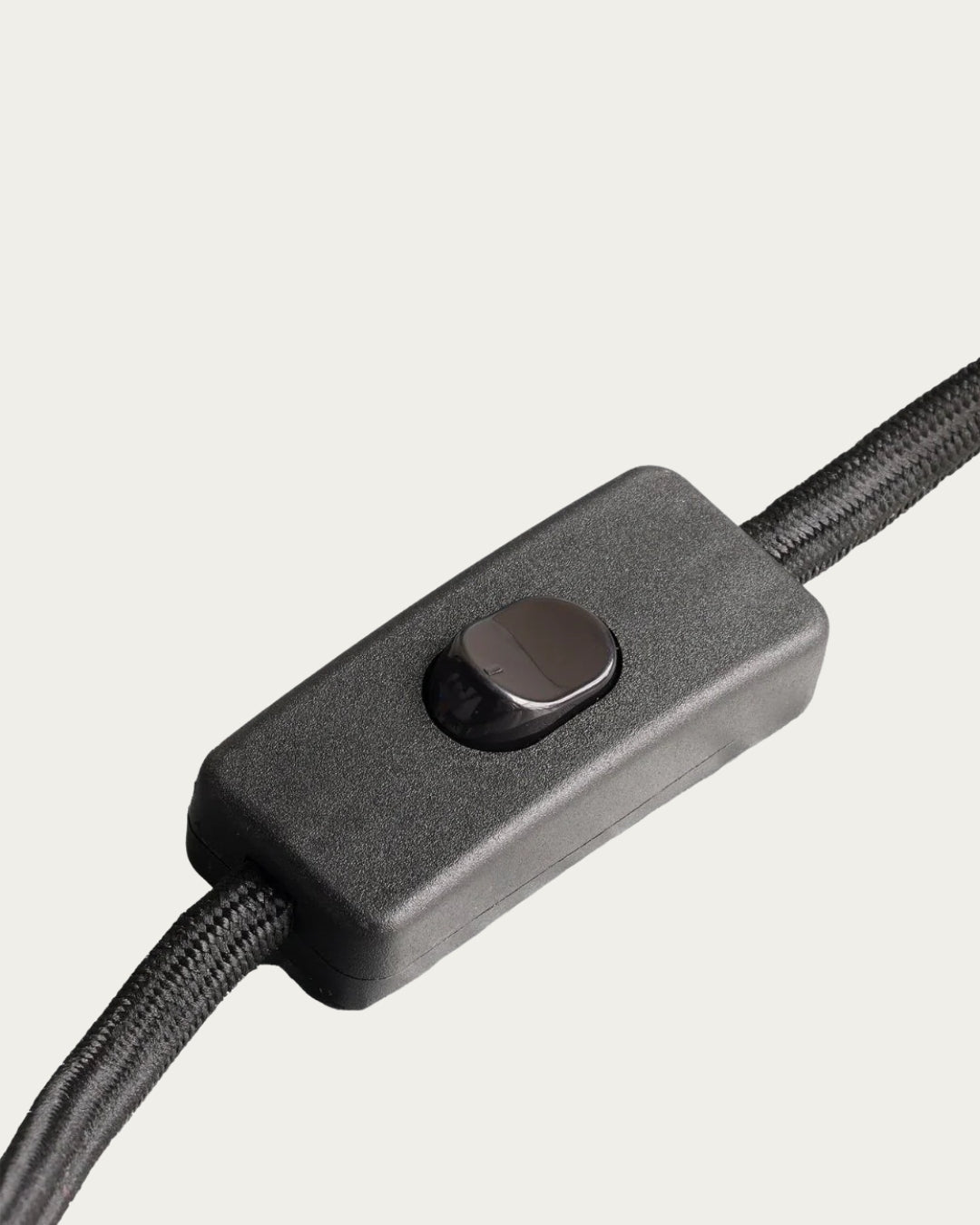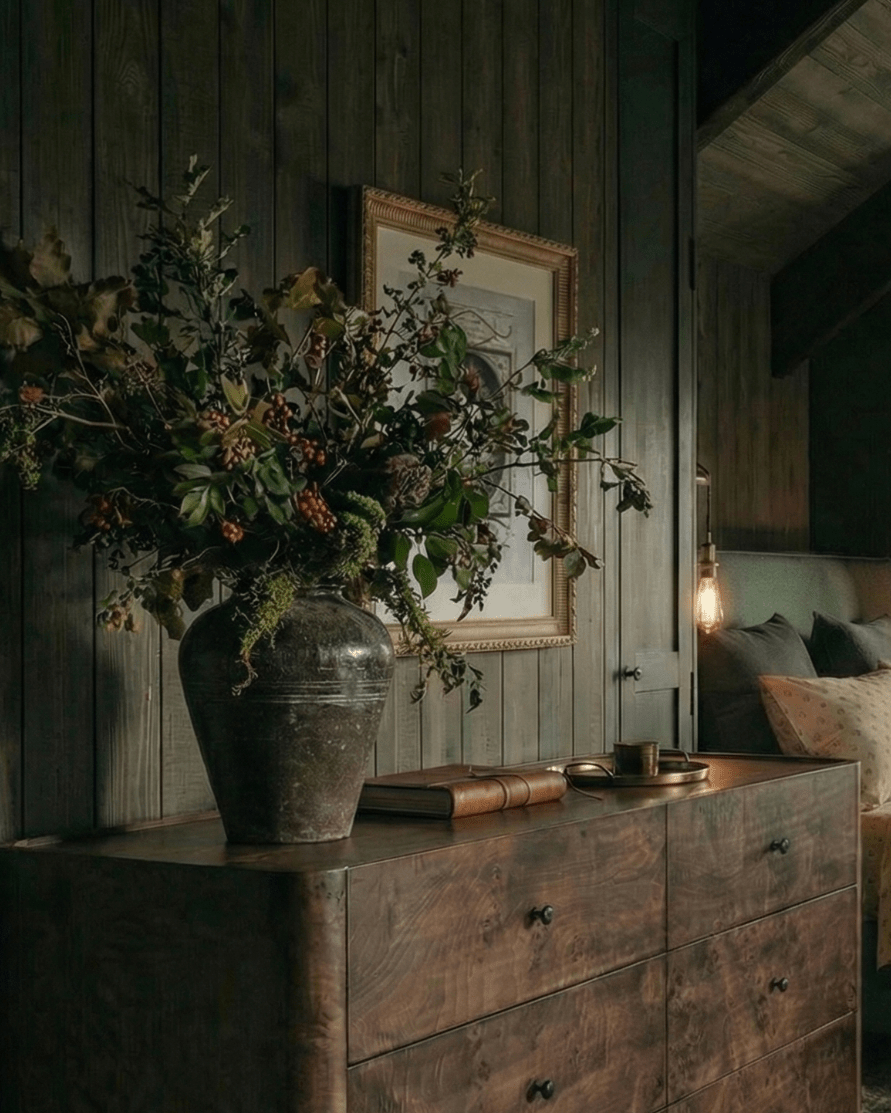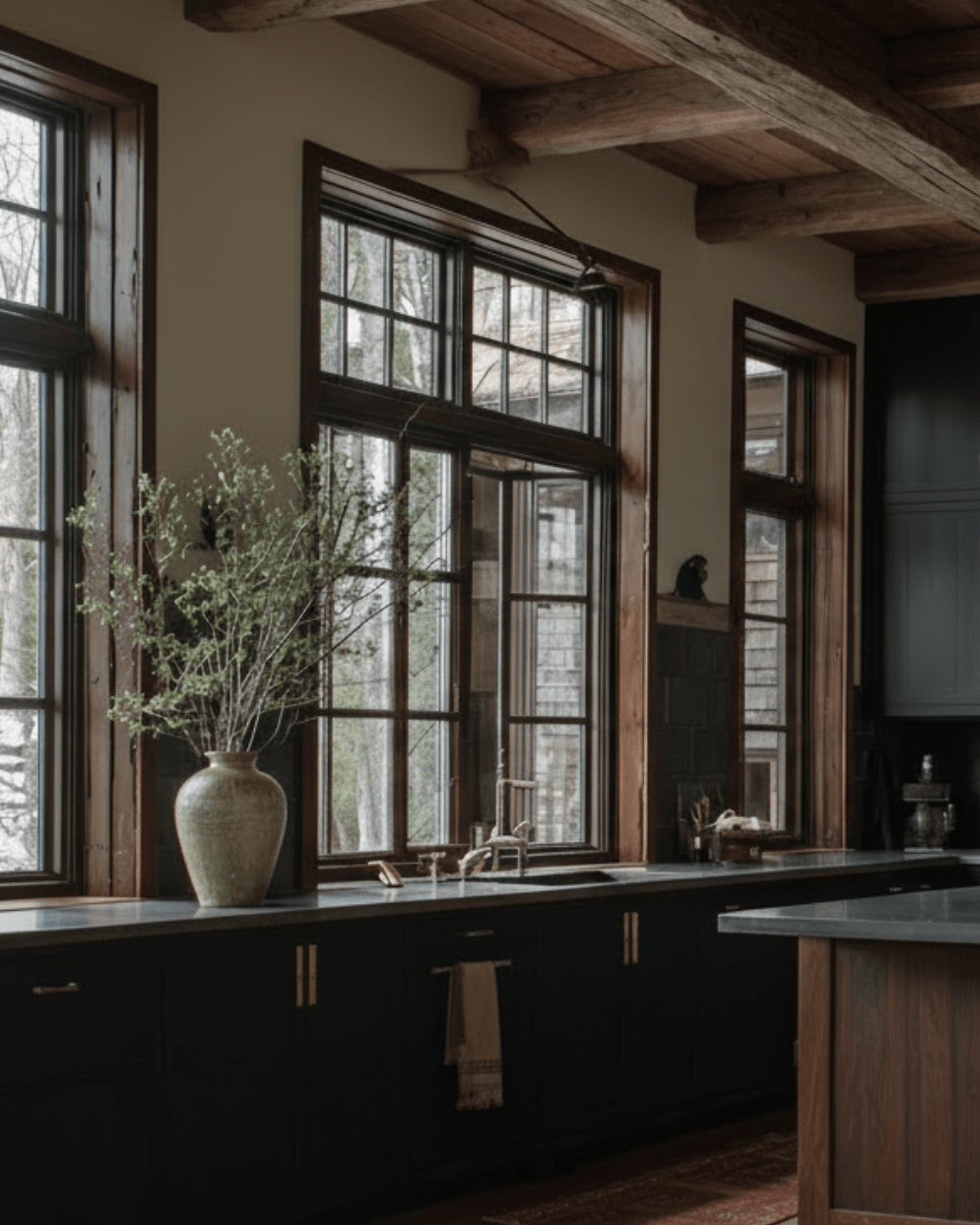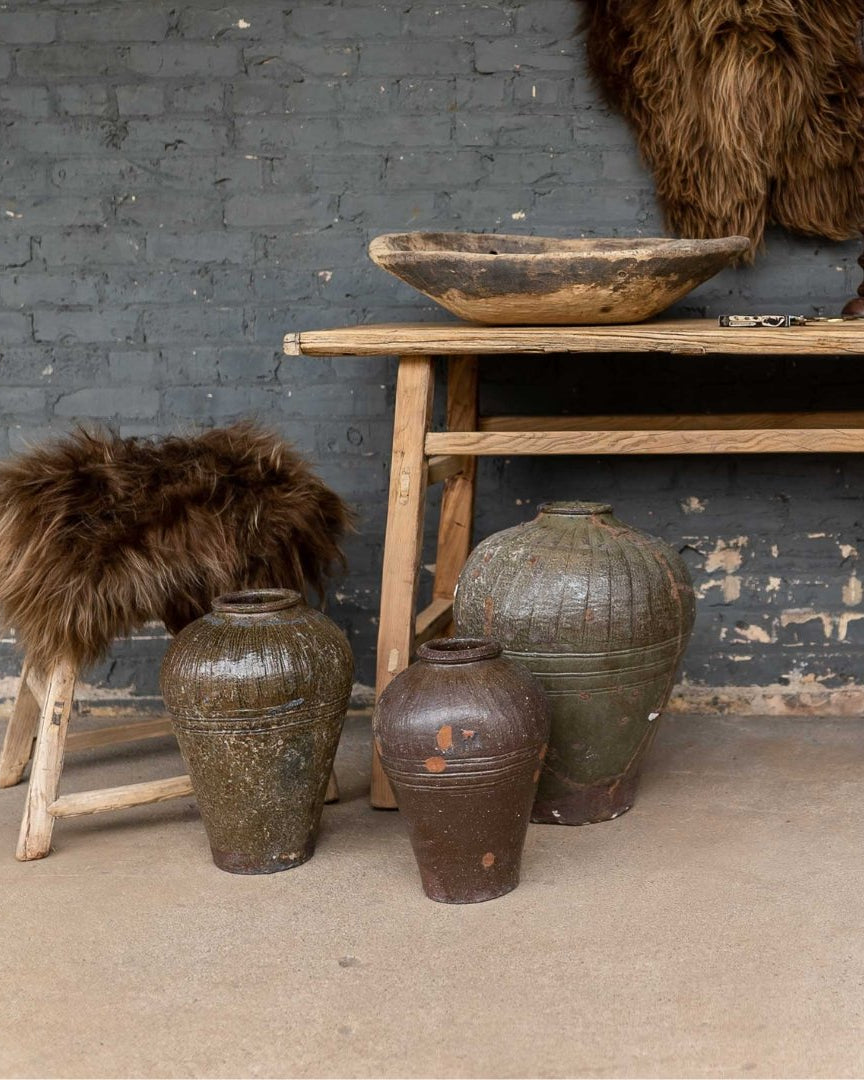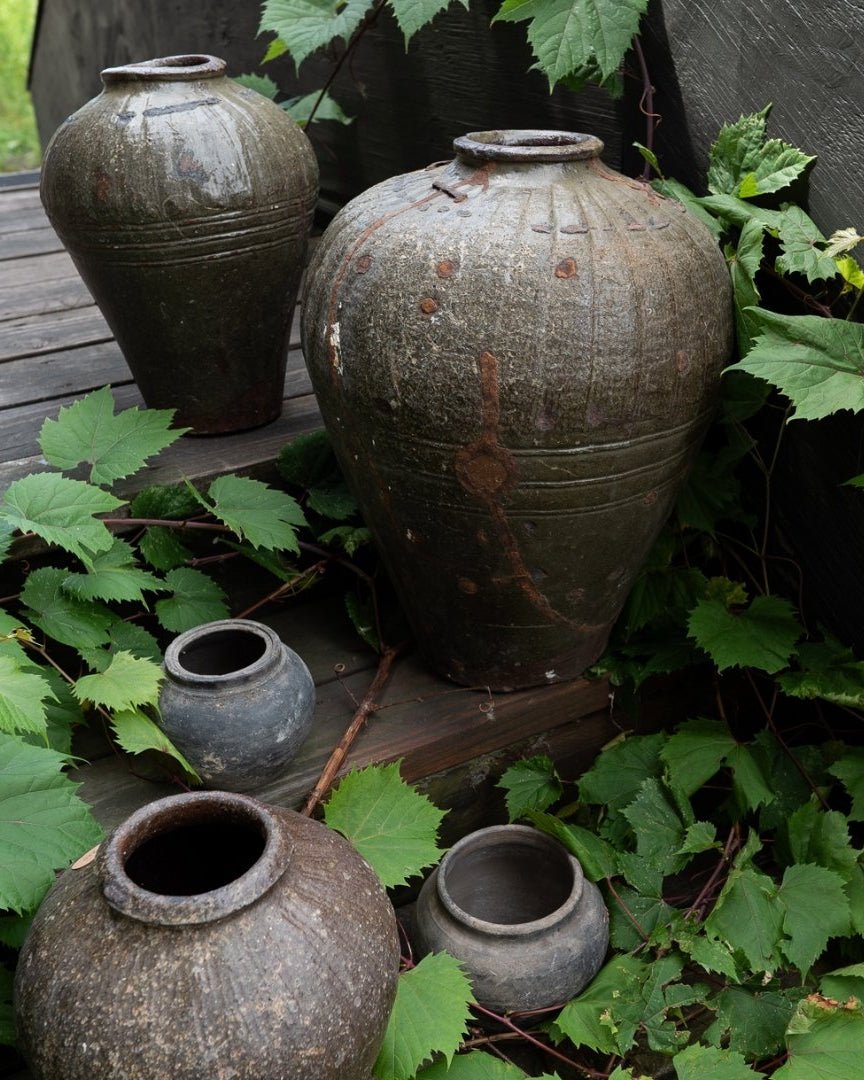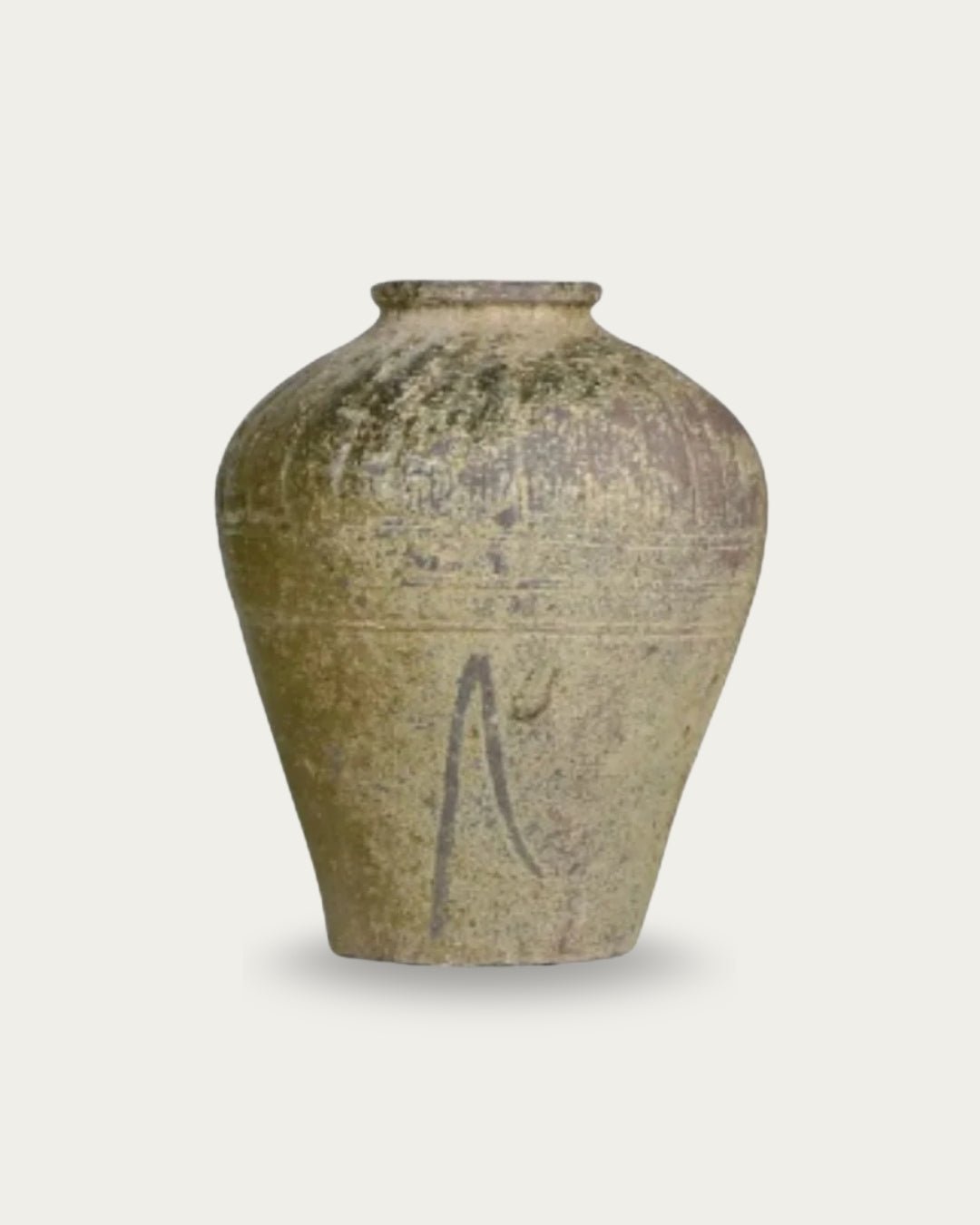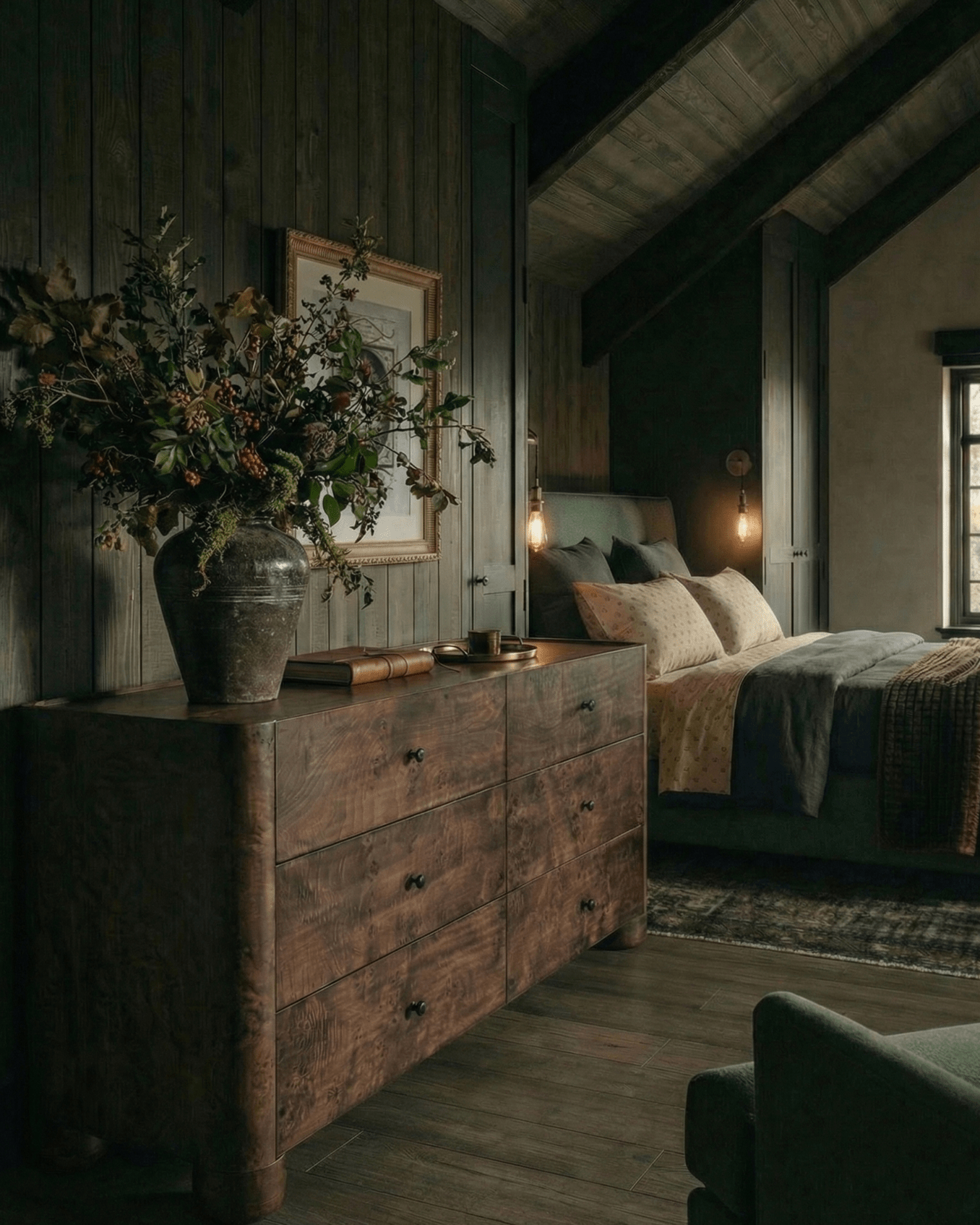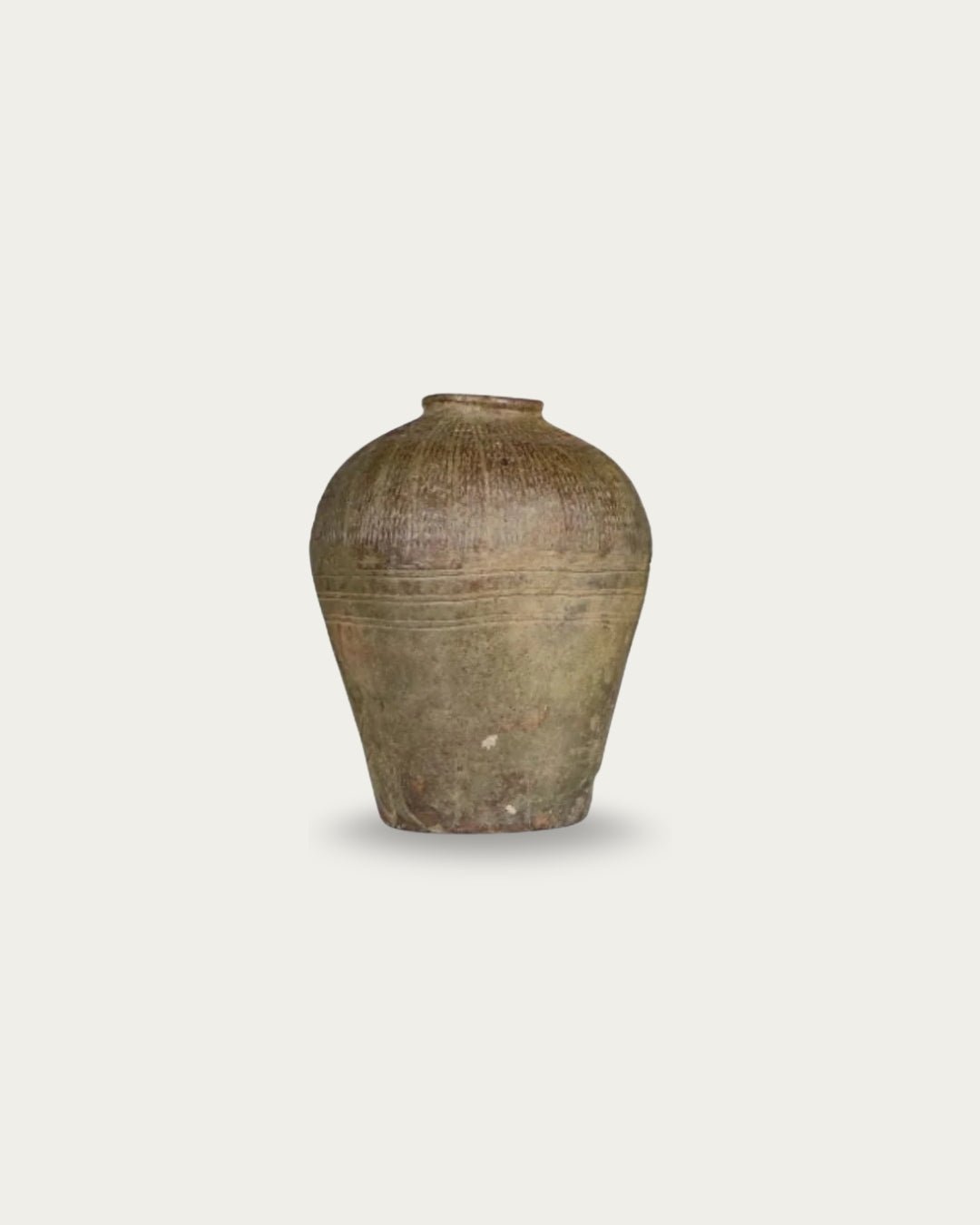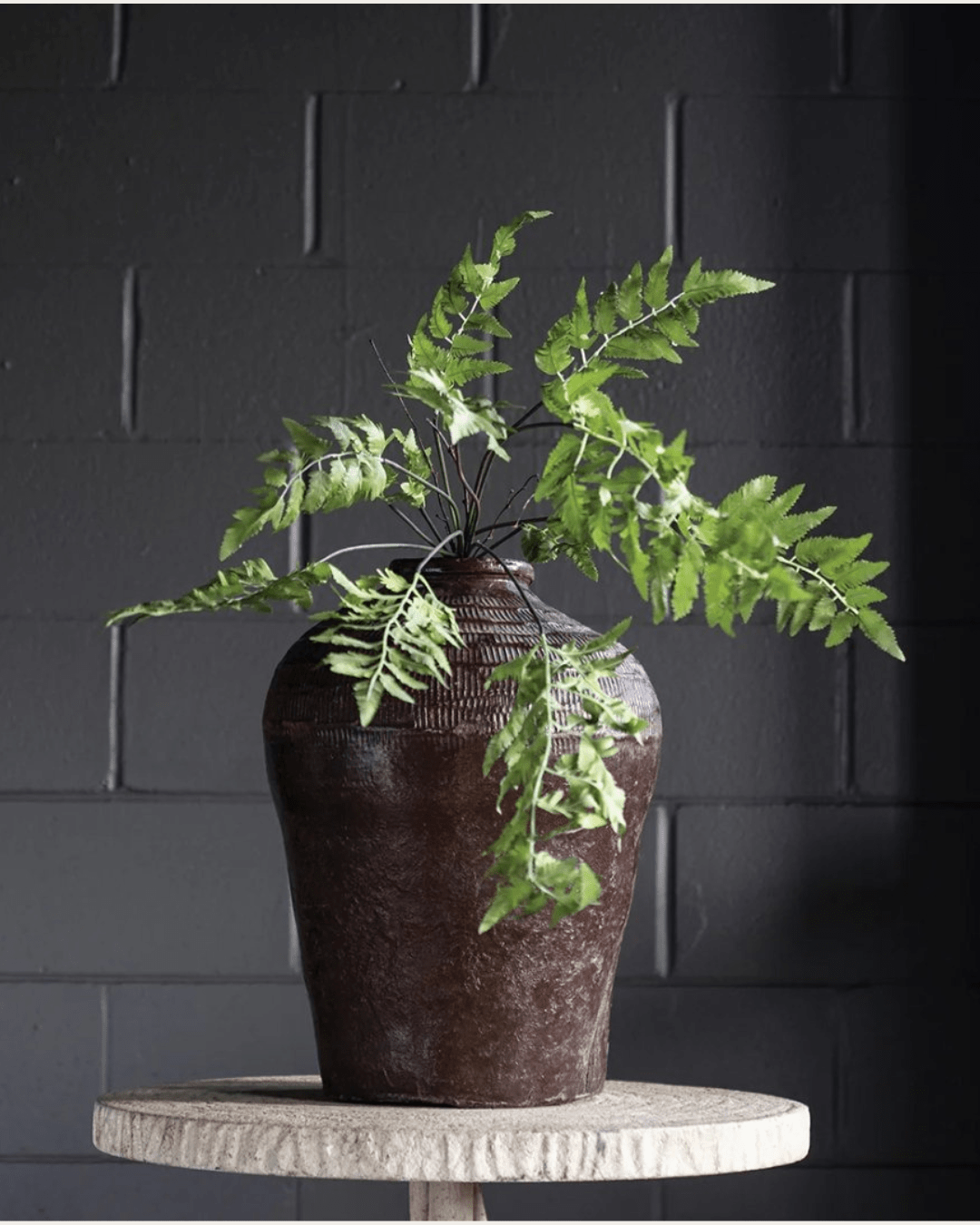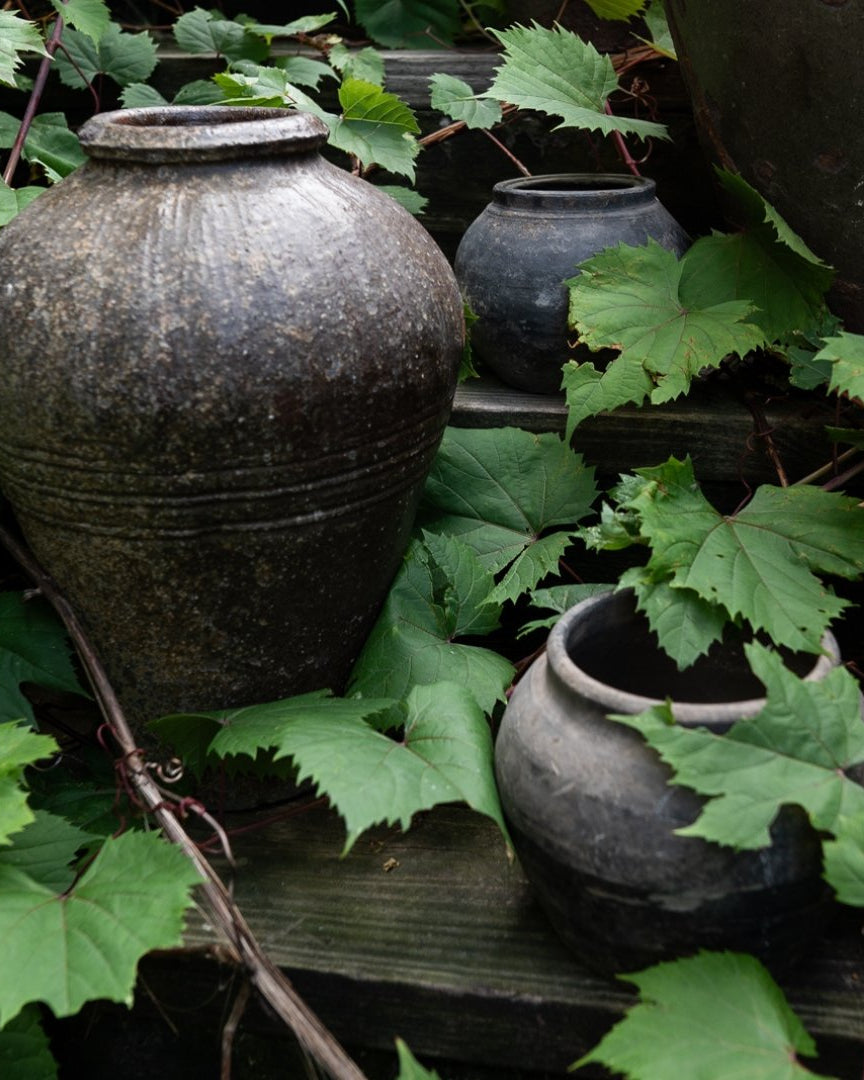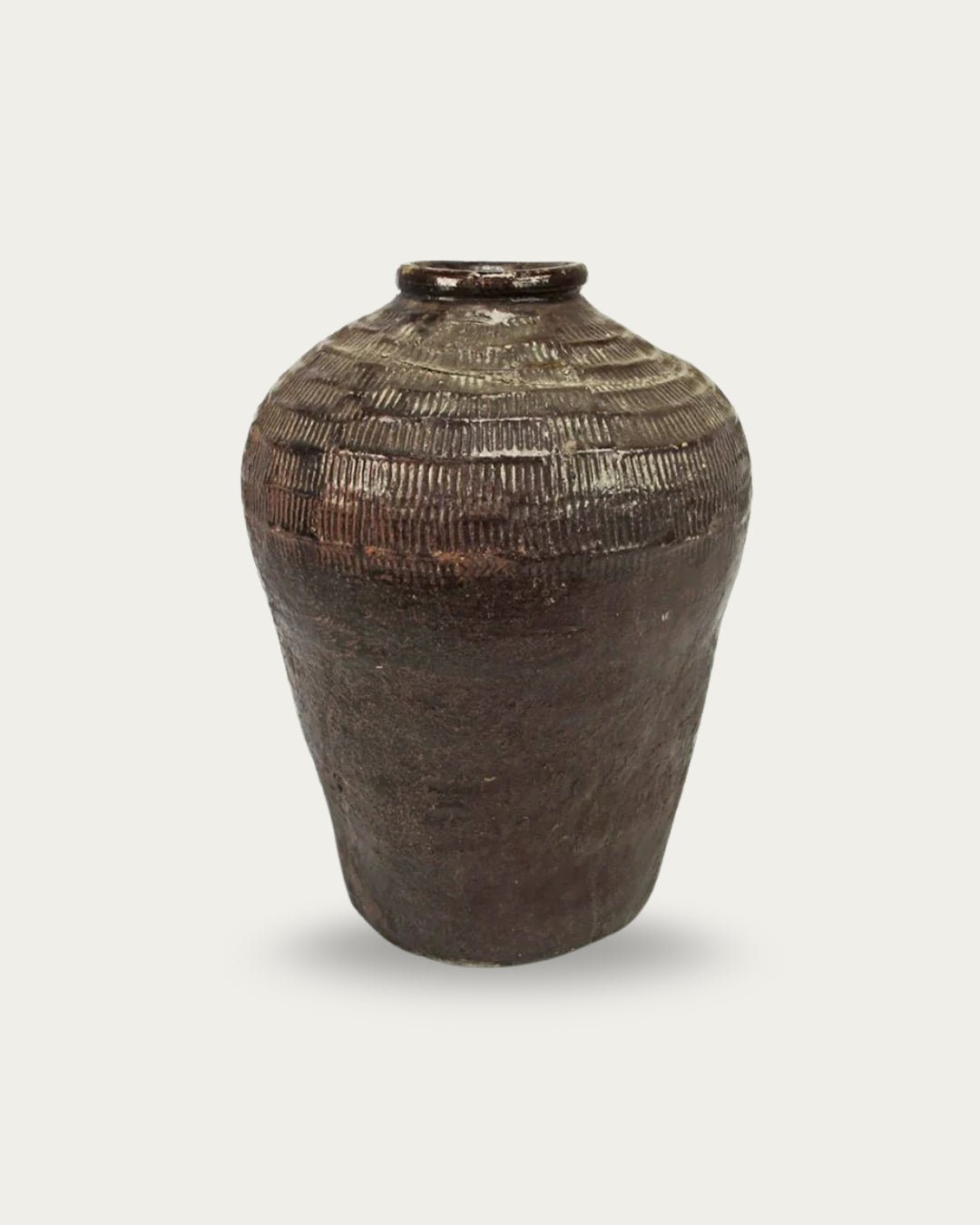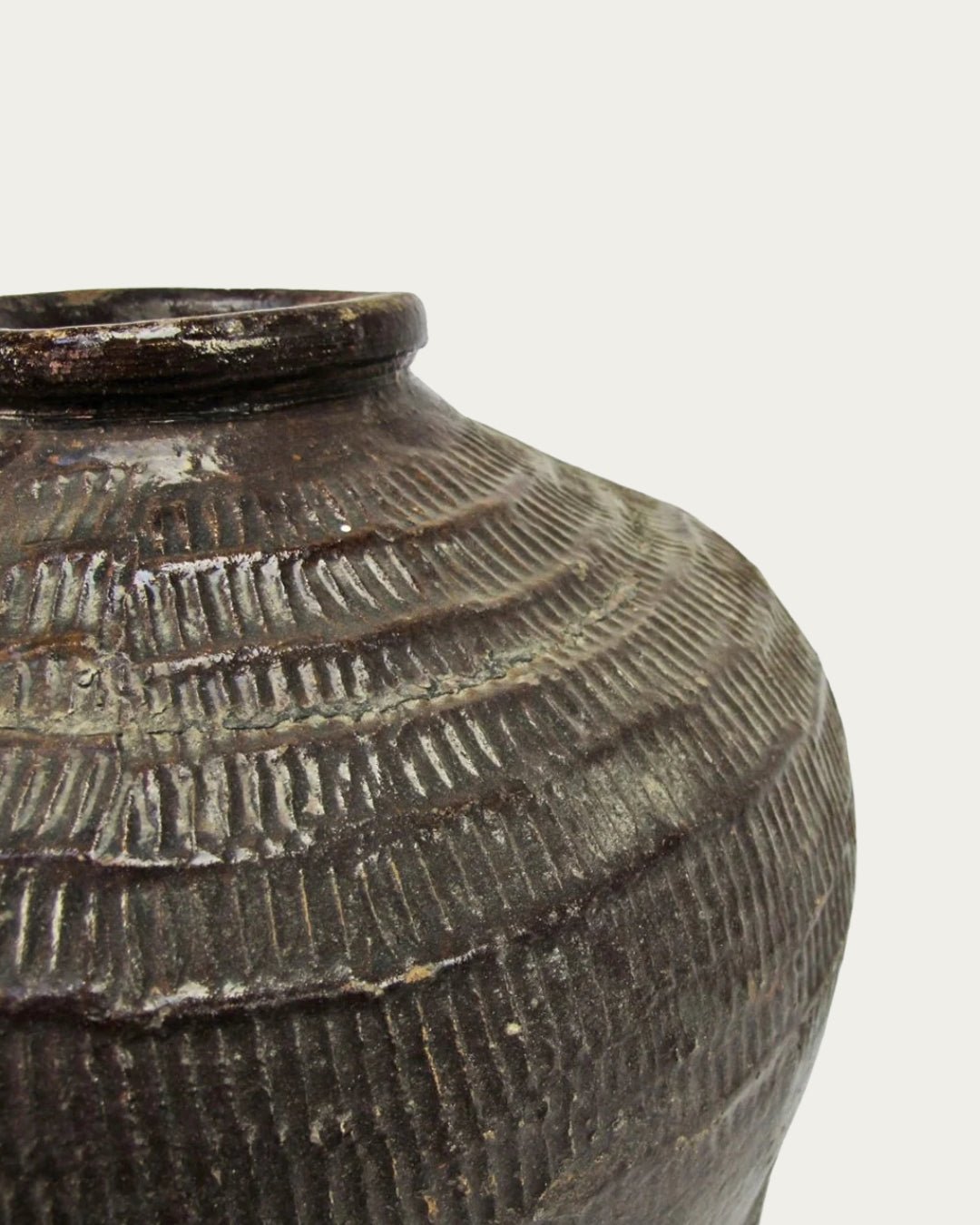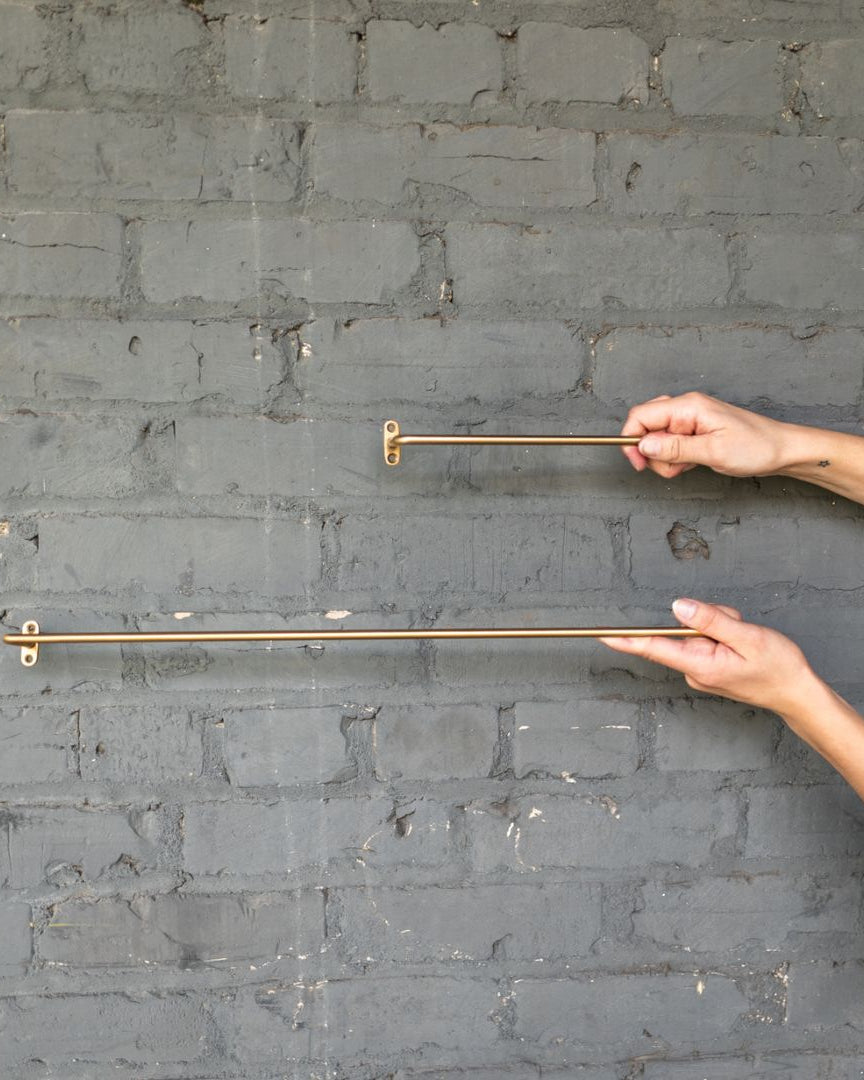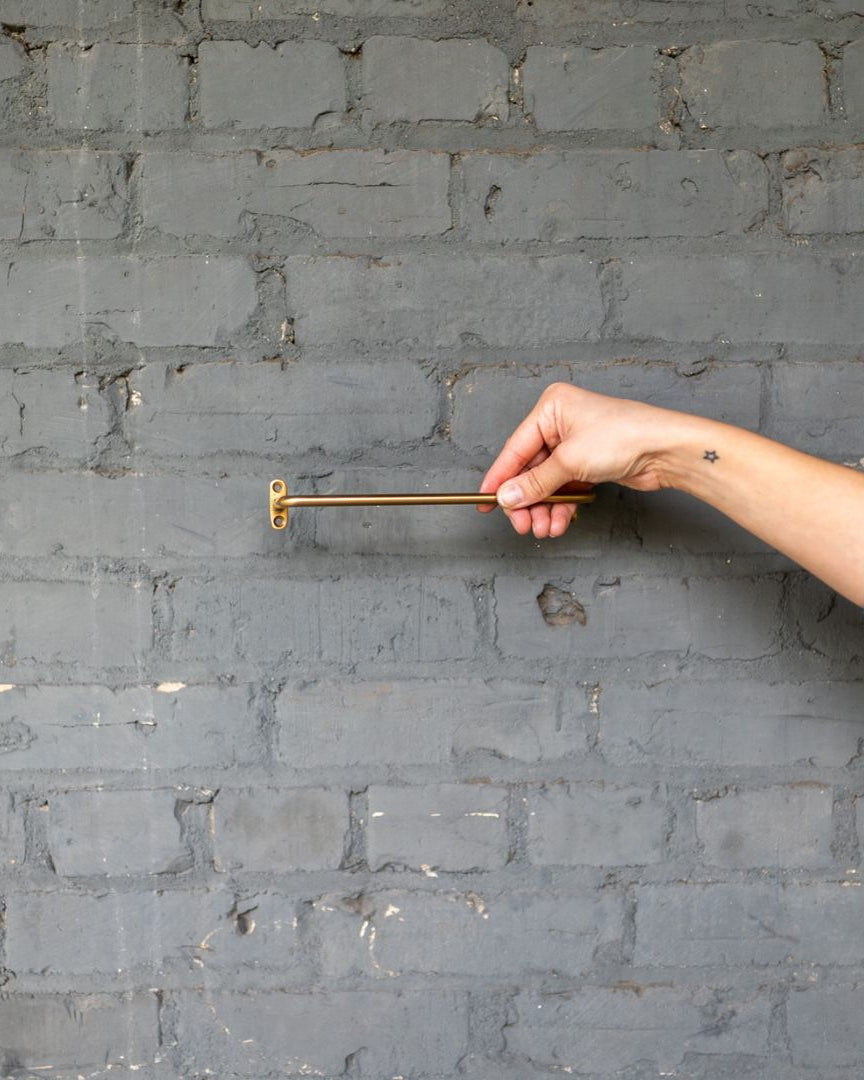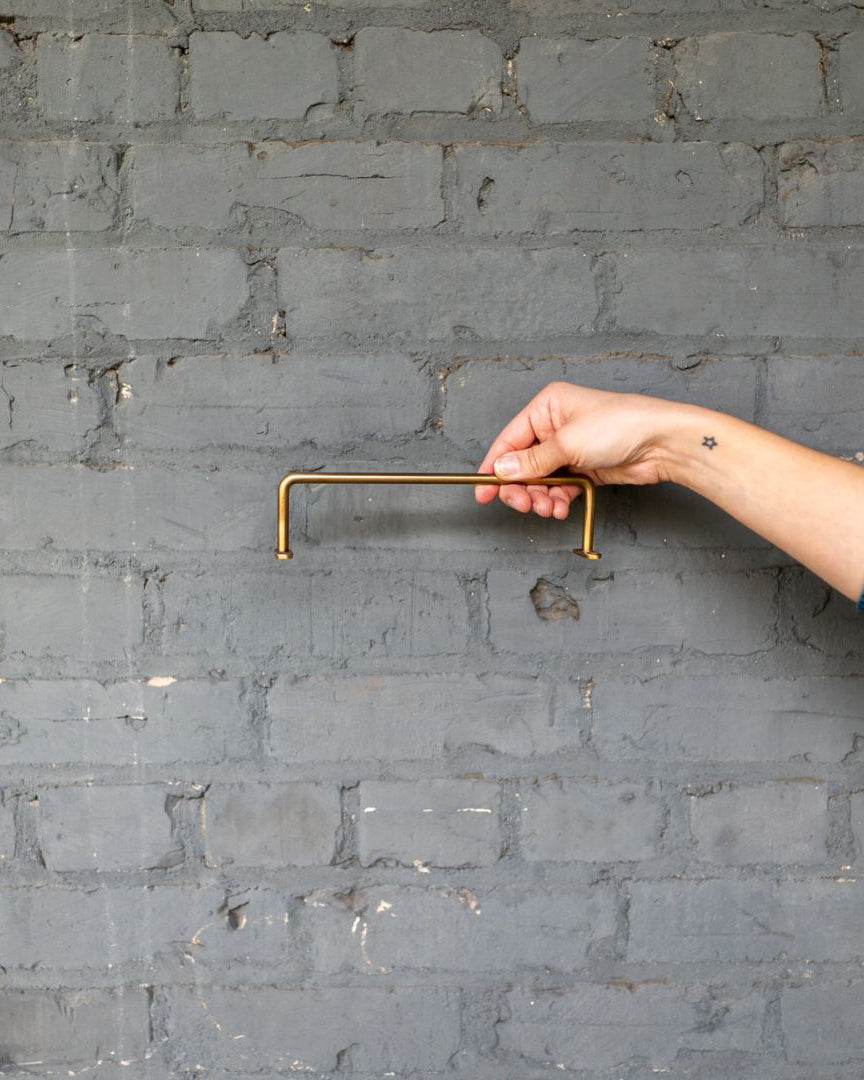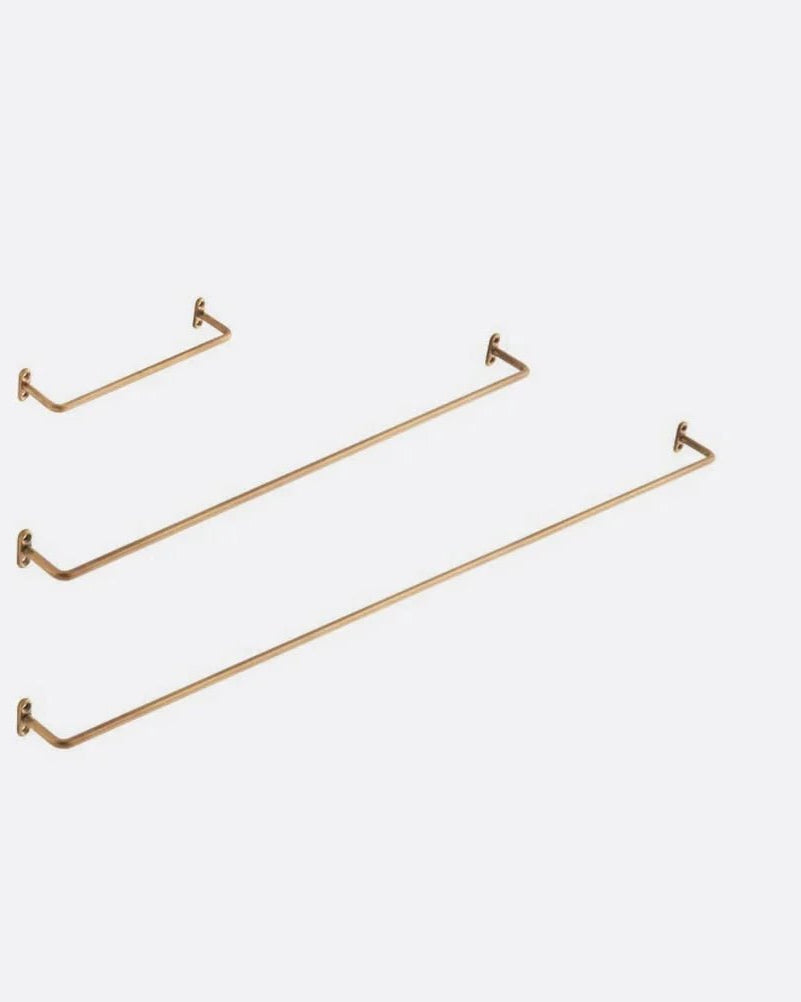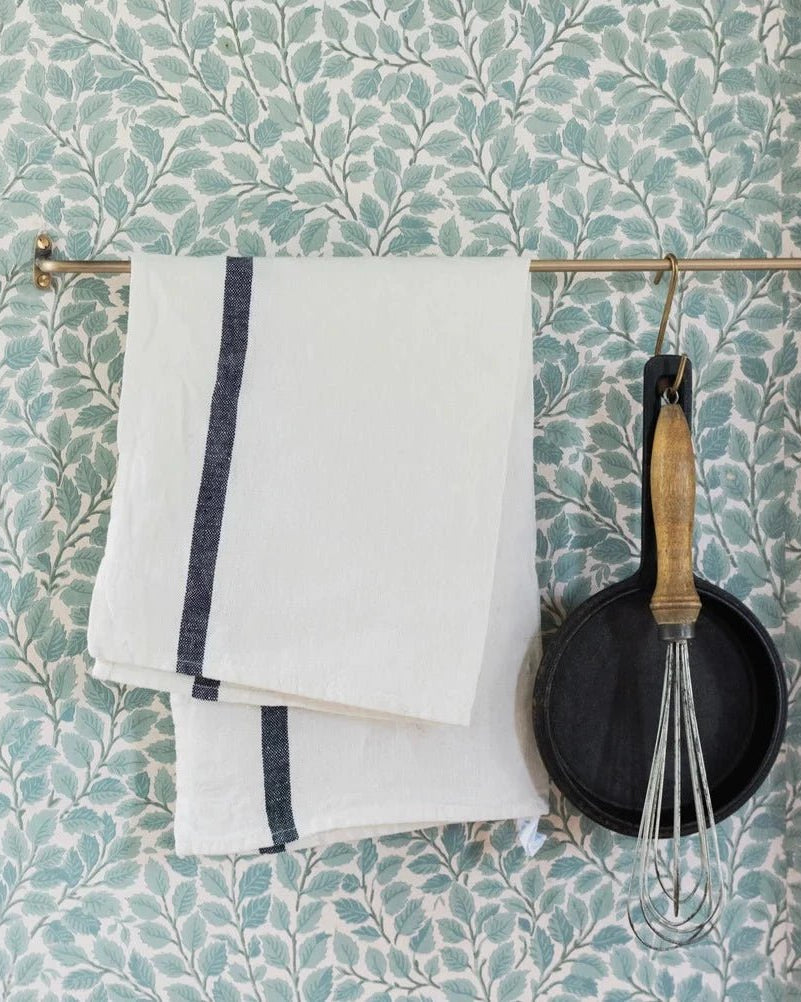
A coffee table is often the first thing we interact with in the living room. It’s where we rest our drink after a long day, flip through a book, or gather with friends and family. But what if your coffee table could do more than just hold your cup? What if it could hold stories, memories, and most importantly—authenticity? This is where reclaimed wood coffee tables come in.
They’re not just pieces of furniture; they’re expressions of history, craftsmanship, and the art of imperfection.
In a world that often celebrates flawless finishes, reclaimed wood coffee tables stand out as a reminder that beauty often lies in what’s worn, weathered, and imperfect. Here’s why these tables bring authenticity into your home and how they create spaces that feel lived in, real, and deeply personal.
Explore our reclaimed wood coffee tables collection and bring authenticity and character to your living room.
What Makes Reclaimed Wood Coffee Tables So Authentic?
Authenticity isn’t just a buzzword — it’s the essence of what reclaimed wood brings to the table (literally). When a piece of wood is reclaimed, it carries with it the story of its past. Whether it once supported a building, floorboards, or fences, reclaimed wood has already lived a full life. And this life isn’t hidden; it’s embraced.
A reclaimed wood coffee table isn’t about perfection. It's about celebrating the texture, knots, and grain that tell the story of its journey. Each scratch, dent, and imperfection adds character, turning the table into a statement piece that feels authentic and deeply personal. In a way, these imperfections are what make the table authentic. It doesn’t need to be flawless to feel real.
For instance, the Gerda coffee table shows how reclaimed wood can carry both history and warmth. Its antique-washed pine and round base add subtle layering and depth, creating a coffee table that is functional, beautiful, and grounded.
Reclaimed Wood: The Beauty of Imperfection
From Function to Art
Reclaimed wood coffee tables challenge the notion that furniture should only serve a practical purpose. These tables are works of art in their own right. They hold your coffee, yes, but they also hold stories. They invite touch, conversation, and even a sense of nostalgia. When placed in a room, they act as more than just furniture — they become the centerpiece of attention, bringing the raw beauty of nature into your home.
A reclaimed wood coffee table isn’t about flawless perfection; it’s about celebrating the texture, knots, and grain that tell the story of its journey. Each piece, like the Elin coffee table, carries the marks of its history — the visible iron clasp that binds reclaimed wood planks, creating a piece that’s both grounded and visually interesting. With its rustic iron base and bleach-finished wood, it offers a perfect blend of modernity and authenticity, making it ideal for spaces that need texture without overwhelming the design.
The Beauty of the Worn and Weathered
There’s something captivating about the wear and tear that comes with age. Reclaimed wood coffee tables carry the marks of their past — the patina, the faded edges, the rough textures. These elements aren’t flaws; they’re badges of honor. The more worn, the more interesting. It's like a good book — the more you read it, the more it reveals itself. And just like that, your reclaimed wood table tells a story with each mark, creating a space that feels real and grounded.
How Reclaimed Wood Coffee Tables Create a Lived-In, Real Feel
The Warmth of Wood in a Modern World
There’s something innately soothing about the warmth of reclaimed wood. Each mark, grain line, and imperfection brings the piece to life, making it feel like part of your story. A table like the Finn rustic wood coffee table, with its bleached wood tabletop and unique coloration, is a beautiful example of how rustic design can be both raw and refined. Paired with a dark brown iron base, it provides a rugged edge while offering the warmth and authenticity that every room deserves.
Imagine sinking into your couch, a soft throw blanket draped over your legs, and resting your coffee on a table that feels solid, warm, and inviting. That’s the magic of reclaimed wood. It brings a sense of earthiness to your space, grounding the entire room. When paired with other natural materials like linen or wool, the wood becomes even more pronounced, adding a layer of tactile comfort to your home.
Reclaimed Wood Coffee Tables as Ritual Surfaces
A coffee table is a stage for everyday rituals — drinks poured at dusk, books spread open, candles flickering in the evening light. Reclaimed wood coffee tables are ideal for these small moments, inviting you to pause and appreciate texture and warmth. For organic shapes that soften a space, the Ralph coffee table is ideal. Its curved legs and rounded top in light natural wood create a tactile and visually calming presence, making it the perfect anchor for ritual moments in your living space.
Sustainable Living, Beautifully Designed
Beyond the aesthetics, there’s another reason why reclaimed wood coffee tables are so appealing: sustainability. When you choose a reclaimed wood table, you’re making a conscious choice to give a second life to materials that would otherwise go to waste. It’s a sustainable option that doesn’t compromise on beauty or function.
Reclaimed wood isn’t just eco-friendly; it’s also incredibly durable, making it a smart investment for anyone looking to create a home that’s both stylish and responsible.
In the context of today’s design world, where sustainability is at the forefront, reclaimed wood coffee tables represent more than just a trend. They embody a shift toward making more thoughtful, sustainable design choices that add value to both the environment and your home.
Styling Reclaimed Wood Coffee Tables in Your Home
Pairing with Modern and Rustic Elements
One of the most beautiful aspects of reclaimed wood coffee tables is their versatility. Whether your home is more modern, rustic, or industrial, these tables fit seamlessly into a variety of design styles.
In a modern setting, the natural texture of reclaimed wood contrasts beautifully with clean lines and minimalistic furniture. The Embla coffee table brings a mix of modern flair and Americana style. Its open lower shelf keeps the design light and practical, while the upcycled pine wood warms the space naturally. Pair it with a simple sectional sofa and metal accents, and you’ve got a room that’s balanced yet full of personality.
In a rustic setting, a reclaimed wood table brings authenticity and warmth, making the space feel cozy and inviting. If you're looking for a bold, statement piece, the Ebon coffee table offers a modern rustic feel that speaks to both minimalism and ruggedness. Made from reclaimed wood beams, this table creates an impactful focal point without overshadowing the surrounding décor. Its sturdy presence anchors the room, giving it both style and substance. Pair it with other natural elements like wool throws, linen cushions, and soft lighting to create a space that feels like a retreat from the modern world.
The Environmental Impact of Choosing Reclaimed Wood Furniture
Sustainability in Every Grain
Choosing reclaimed wood coffee tables is a conscious choice that supports sustainability, reducing waste and the need for newly harvested timber. Take the Vidar salvaged wood coffee table, for instance. Hand-carved and sandblasted with a fresh bleach treatment, it exemplifies how sustainable design doesn’t need to compromise on beauty. Each piece is unique, showcasing vintage wood with a story of its own, making it both a functional piece and an eco-conscious statement for your home.
A Shift Towards Conscious Consumption
In today’s world, we’re increasingly aware of our consumption habits and their impact on the planet. The choice to invest in reclaimed wood coffee tables supports this shift toward conscious consumption. The Elsa coffee table, with its rounded travertine top and solid wood legs sourced from non-fruiting trees, combines thoughtful design with eco-conscious materials. Each piece is unique due to variations in the marble, making it both ethical and visually striking. Not only do you get a beautiful, one-of-a-kind piece of furniture, but you also contribute to a more sustainable and ethical way of living.
The Psychological Benefits of Reclaimed Wood Furniture in Your Home
Grounding and Calming Effects
Wood, especially reclaimed wood, has a grounding effect on the mind and body. The natural texture and earthy tones of a reclaimed wood coffee table provide a calming presence in a space, promoting relaxation and focus. It’s the type of material that evokes a sense of comfort and warmth, making it ideal for spaces where we unwind and recharge.
Connection to Nature
There’s something innately soothing about incorporating natural materials into our living spaces. Reclaimed wood, with its natural imperfections, connects us to nature in a way that synthetic materials simply cannot. Having a reclaimed wood coffee table in your living room is like bringing a piece of the outdoors inside, adding an organic element that promotes peace and serenity.
Reclaimed Wood Coffee Tables in Different Design Styles
Industrial Style Meets Reclaimed Wood
A reclaimed wood coffee table can seamlessly blend into various design aesthetics. For a modern twist, consider the Lovisa coffee table. Crafted from reclaimed pine wood, it features a sleek curved silhouette and a light natural finish, adding a breezy, fresh touch to a room. Its refined form contrasts beautifully with other natural elements, making it a versatile addition to both contemporary and rustic interiors.
A Rustic Touch in Modern Minimalism
Modern minimalist spaces are characterized by their simplicity and lack of ornamentation. A table like the Crosby reeded wood coffee table adds depth and dimension with its rounded silhouette and reeded legs, creating a sculptural focal point while maintaining practical functionality. It’s the perfect contrast to add warmth without detracting from the simplicity of the design.
The Future of Reclaimed Wood Furniture
Keeping It Real, Even in the Future
Reclaimed wood coffee tables are not just a passing trend. As more people embrace sustainable living and authenticity in their homes, these tables will continue to be at the forefront of interior design. With their ability to age beautifully and withstand the test of time, reclaimed wood furniture is poised to become a staple in homes for generations to come.
As we move toward more eco-conscious living, incorporating pieces like reclaimed wood coffee tables helps build a future where sustainability and beauty coexist. So, when you choose a reclaimed wood coffee table, you’re not just investing in a piece of furniture; you’re investing in a future that values craftsmanship, history, and authenticity.
The Final Word
Reclaimed wood coffee tables bring more than just function into a space. They are pieces of history, craftsmanship, and sustainability that add authenticity to your home. By embracing the beauty of imperfection, these tables create a living environment that feels grounded, real, and full of character. Whether you’re drawn to the texture, the history, or the eco-conscious appeal, a reclaimed wood coffee table isn’t just a piece of furniture—it’s a reminder that the most beautiful things often come with a story.
FAQ: Reclaimed Wood Coffee Tables and Their Impact
1. What makes reclaimed wood coffee tables unique?
Reclaimed wood coffee tables are made from wood that has been salvaged from old buildings, barns, or other structures, giving it a unique history. The imperfections, grain variations, and weathered edges are not flaws but marks of character. These tables are one-of-a-kind, unlike mass-produced furniture, offering authenticity and a rich, tactile experience that connects the past with the present.
2. How do reclaimed wood coffee tables add authenticity to my home?
The authenticity of reclaimed wood lies in its natural imperfections and rich history. Every piece of wood has its own unique markings, such as knots, grain patterns, and weathering, which tell the story of its previous life. By bringing these materials into your home, you’re adding something with depth, not just something that looks good. Reclaimed wood tells a story, grounding your space in history and craftsmanship.
3. Are reclaimed wood coffee tables sustainable?
Yes, reclaimed wood furniture is one of the most sustainable choices you can make. By reusing wood that would otherwise go to waste, reclaimed wood coffee tables help reduce the demand for newly sourced timber. This practice reduces deforestation, minimizes waste, and lowers the carbon footprint of producing new furniture. It’s a choice that supports eco-friendly living without compromising on quality or design.
4. What are the benefits of choosing reclaimed wood furniture?
The benefits of choosing reclaimed wood furniture go beyond just sustainability. Reclaimed wood is incredibly durable and often of better quality than newly harvested timber, as it has already stood the test of time. It also adds a sense of warmth and history to your home. The imperfections in reclaimed wood provide visual and tactile interest, making each piece unique. These qualities make it ideal for those who want furniture that offers authenticity, character, and eco-consciousness.
5. How can I incorporate a reclaimed wood coffee table into my existing decor?
A reclaimed wood coffee table works well in many design styles, from rustic to modern. In rustic settings, it can blend seamlessly with other natural materials like stone, leather, and wool. For a more modern minimalist home, it adds warmth and texture without overwhelming the space. If you have a contemporary design, pairing a reclaimed wood coffee table with sleek, metal or glass elements creates a beautiful contrast that highlights the natural grain and texture of the wood.
6. What style of reclaimed wood coffee table is best for my space?
Choosing the right style of reclaimed wood coffee table depends on your room’s size, layout, and the overall aesthetic you’re going for. For larger living rooms, a chunkier, more substantial table can provide a focal point and balance out the space. If you're working with a smaller room or open-plan layout, a sleek, more streamlined table with an open frame might be a better option, keeping the area feeling spacious yet grounded.
7. What is the difference between reclaimed wood and salvaged wood?
The terms reclaimed wood and salvaged wood are often used interchangeably, but they can have slightly different meanings. Reclaimed wood typically refers to wood that has been repurposed from old buildings, factories, or other structures. Salvaged wood is a broader term, which can include wood that has been salvaged from any source, including fallen trees or discarded timber. Both materials carry a sense of history, but reclaimed wood often has more specific historical significance due to its previous use.
8. Do reclaimed wood coffee tables require special maintenance?
Reclaimed wood coffee tables are relatively low-maintenance, but there are a few things to keep in mind to preserve their beauty. Dust regularly with a soft cloth to avoid buildup, and use a mild wood cleaner if needed. To maintain the wood’s natural finish, you might want to apply a wood conditioner or protective wax every few months, depending on usage. Avoid placing hot objects directly on the wood, as this can leave marks. With a little care, your reclaimed wood table will age beautifully over time.
9. Are reclaimed wood coffee tables expensive?
Reclaimed wood coffee tables can be more expensive than mass-produced furniture, mainly due to the craftsmanship and time involved in sourcing, restoring, and assembling the wood. However, the investment is often worth it. Reclaimed wood is more durable and has a unique, one-of-a-kind quality that new wood simply cannot replicate. It’s a piece that will last for years, offering both function and beauty, and will often increase in value over time.
10. How do reclaimed wood coffee tables compare to other types of wood furniture?
While new wood furniture can be beautiful and functional, reclaimed wood offers qualities that mass-produced pieces don’t. New wood can be uniform, smooth, and predictable, but reclaimed wood brings texture, history, and imperfections that add depth and character. The marks left by time give it an authenticity that new wood can’t mimic, making reclaimed wood coffee tables perfect for those looking to add a piece of history and sustainability to their home.
11. Can I use reclaimed wood coffee tables in smaller spaces?
Absolutely! While larger reclaimed wood tables can make a bold statement in spacious living rooms, there are also plenty of smaller, more compact options available. Opting for a slimmed-down version with a more minimalist design can still give you the rich texture and character of reclaimed wood without overwhelming your space. Choose a round or square table with an open frame for a light, airy feel in smaller rooms.
12. What makes reclaimed wood coffee tables so appealing in modern design?
Reclaimed wood brings a natural, grounded quality to modern homes that are often dominated by sleek, minimalistic designs. In modern spaces, reclaimed wood coffee tables can add warmth, texture, and a sense of character that stark, mass-produced furniture can’t provide. The imperfections of reclaimed wood make each table unique, offering a stark contrast to the uniformity of more industrial designs, creating a beautiful balance between modern minimalism and organic character.
13. How can I mix reclaimed wood coffee tables with other furniture styles?
Reclaimed wood coffee tables are incredibly versatile and can easily be integrated with various styles. Pair them with sleek, contemporary sofas for a striking contrast, or add them to rustic or industrial rooms where the warm tones of the wood complement raw metal and brick. The natural imperfections of reclaimed wood provide visual depth and texture, making it a great way to introduce organic elements into any space, regardless of the dominant style.





